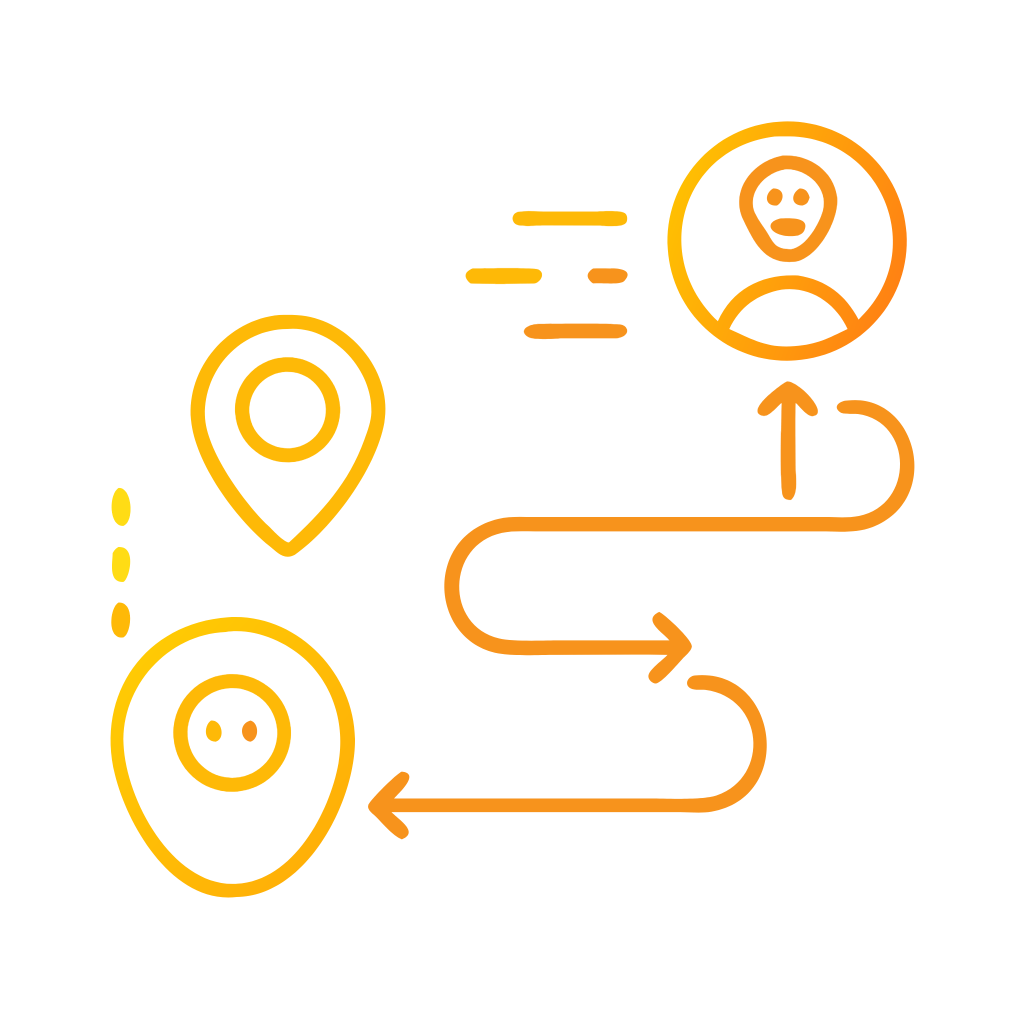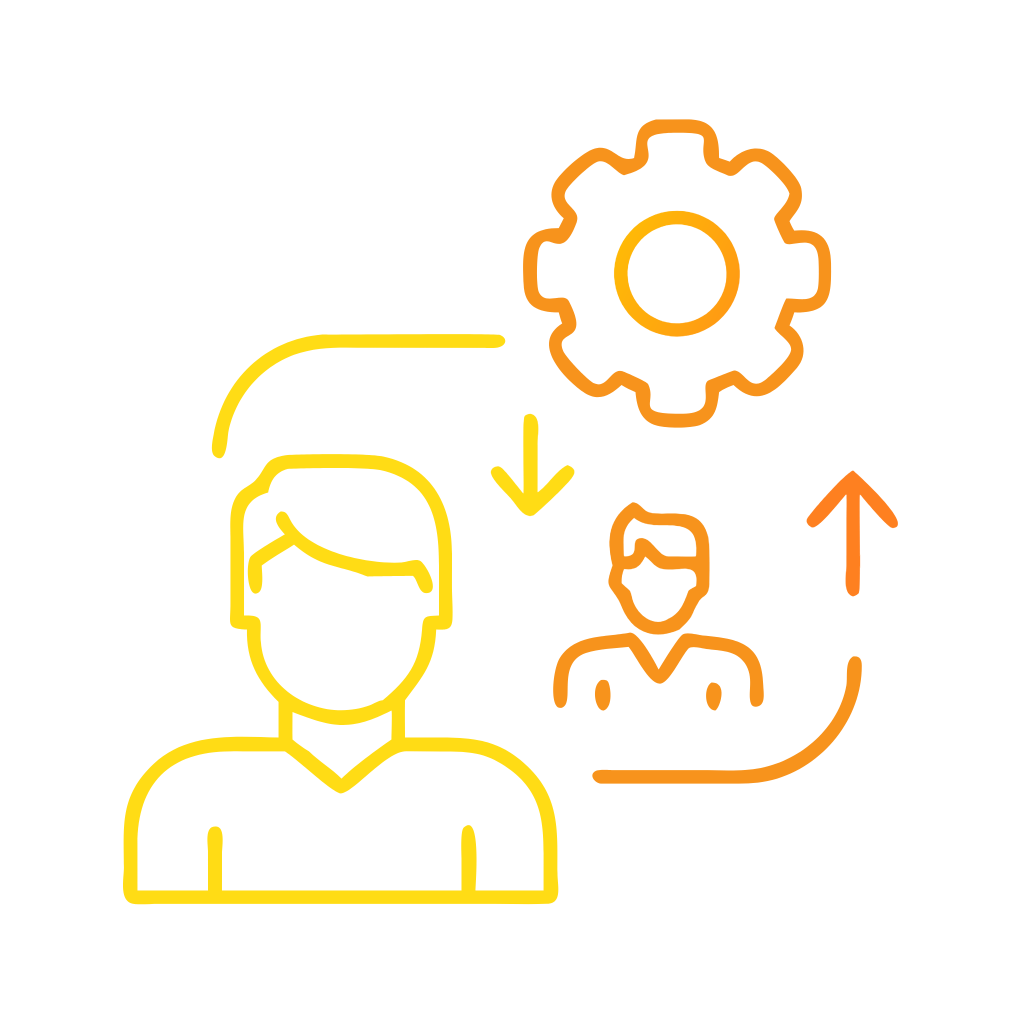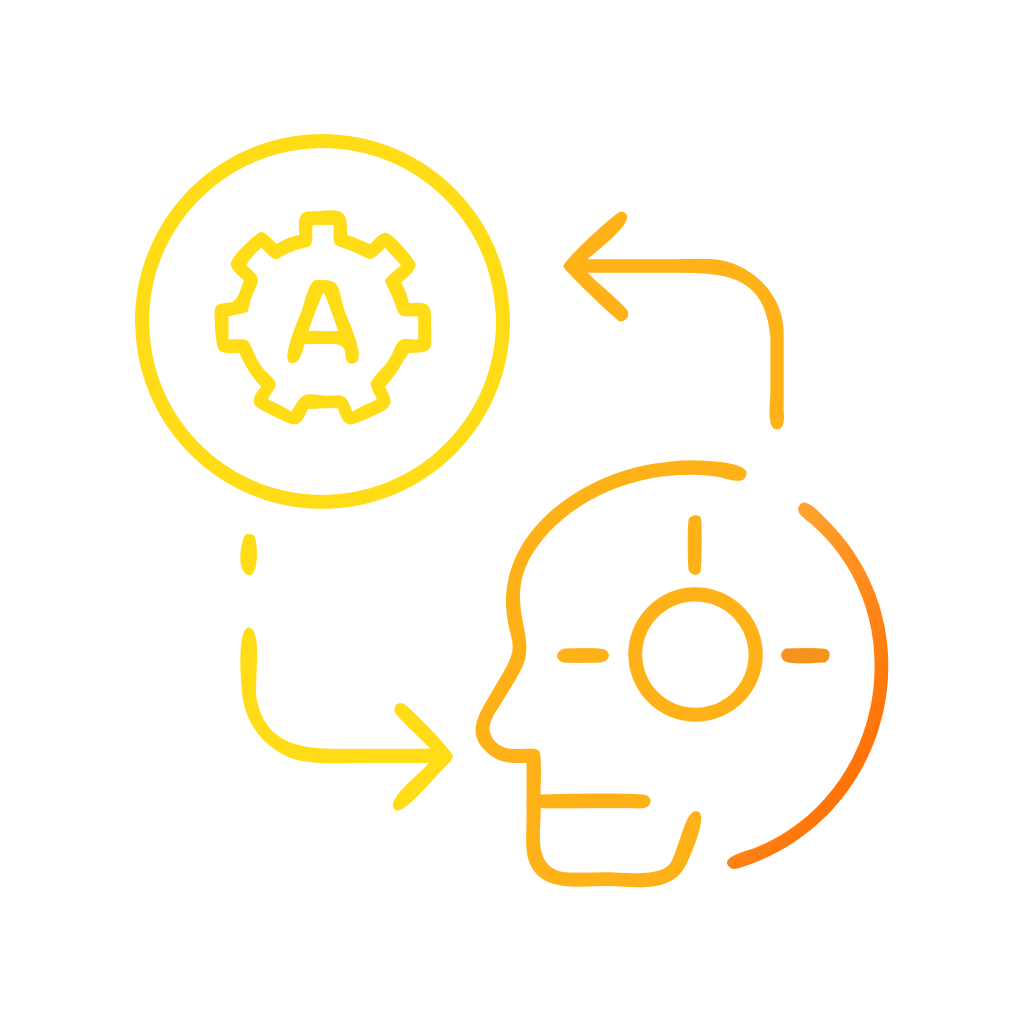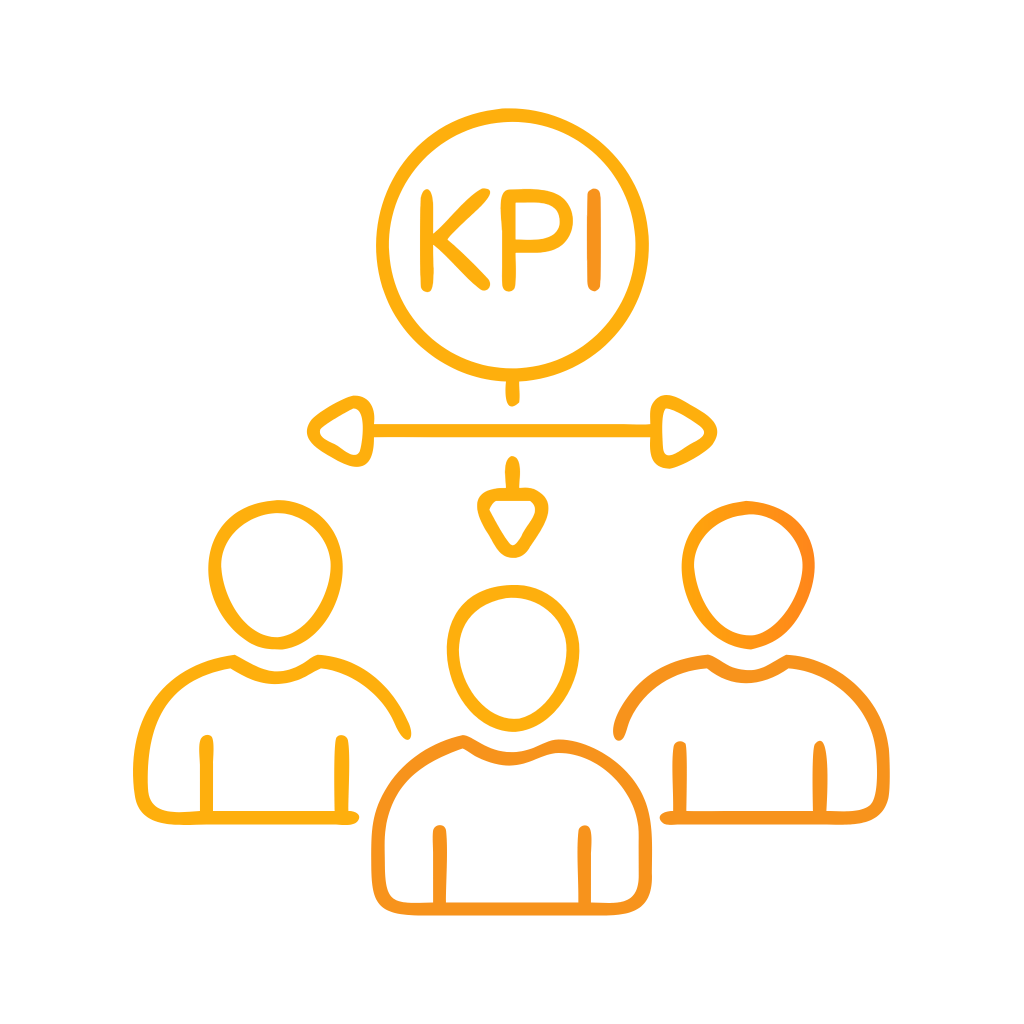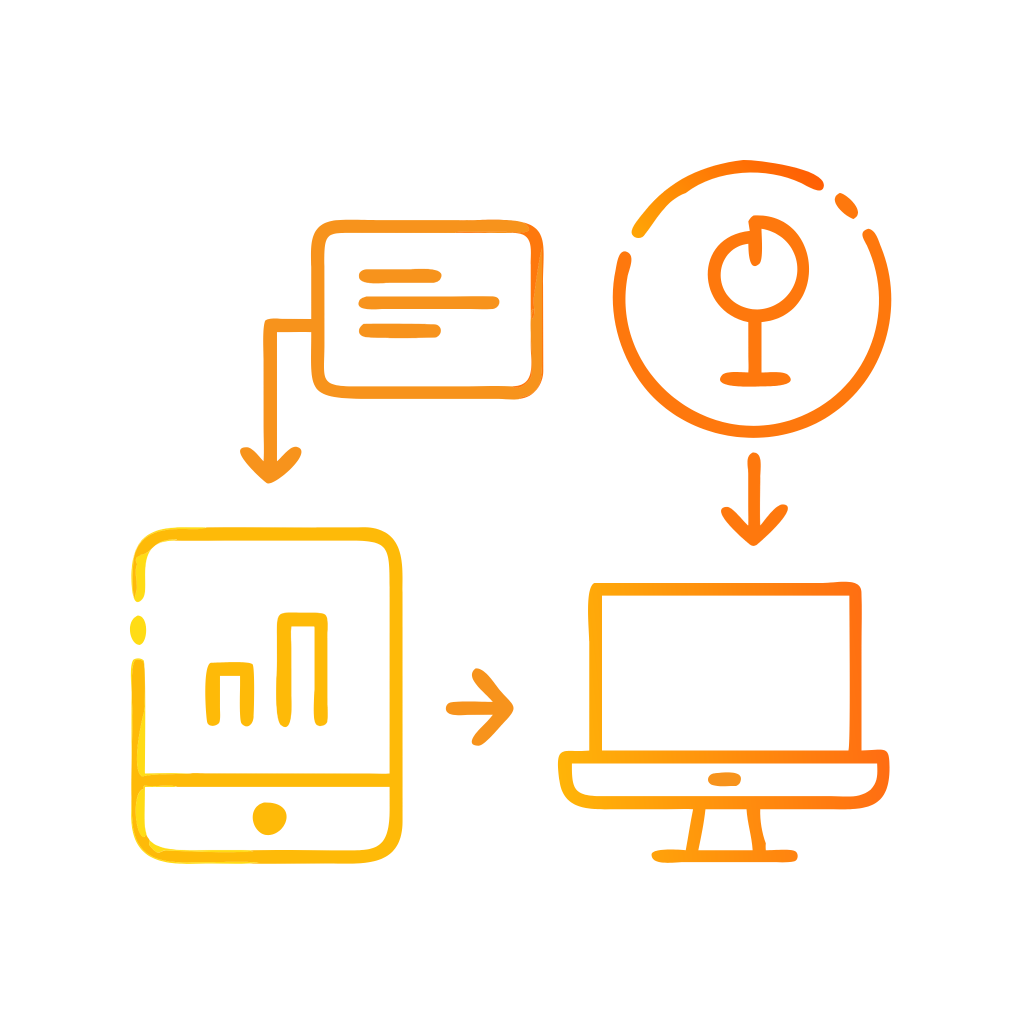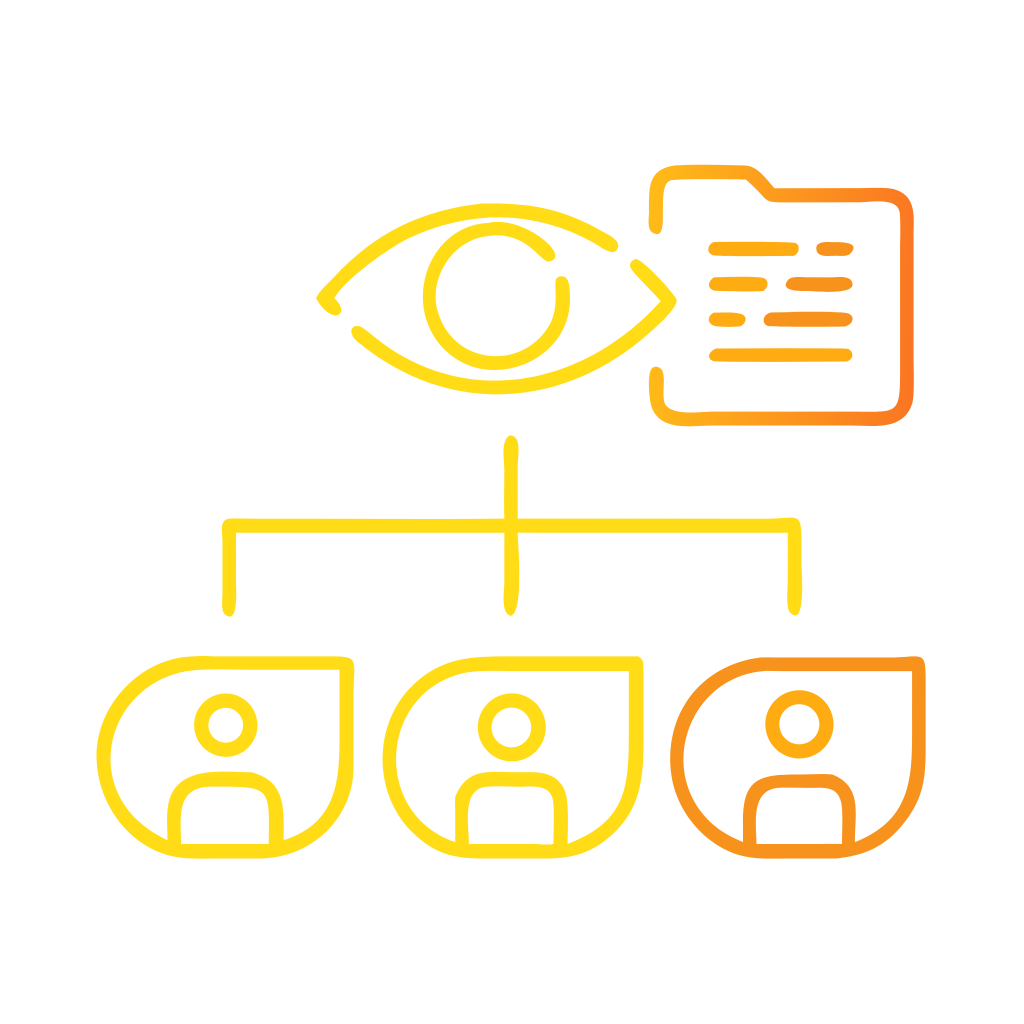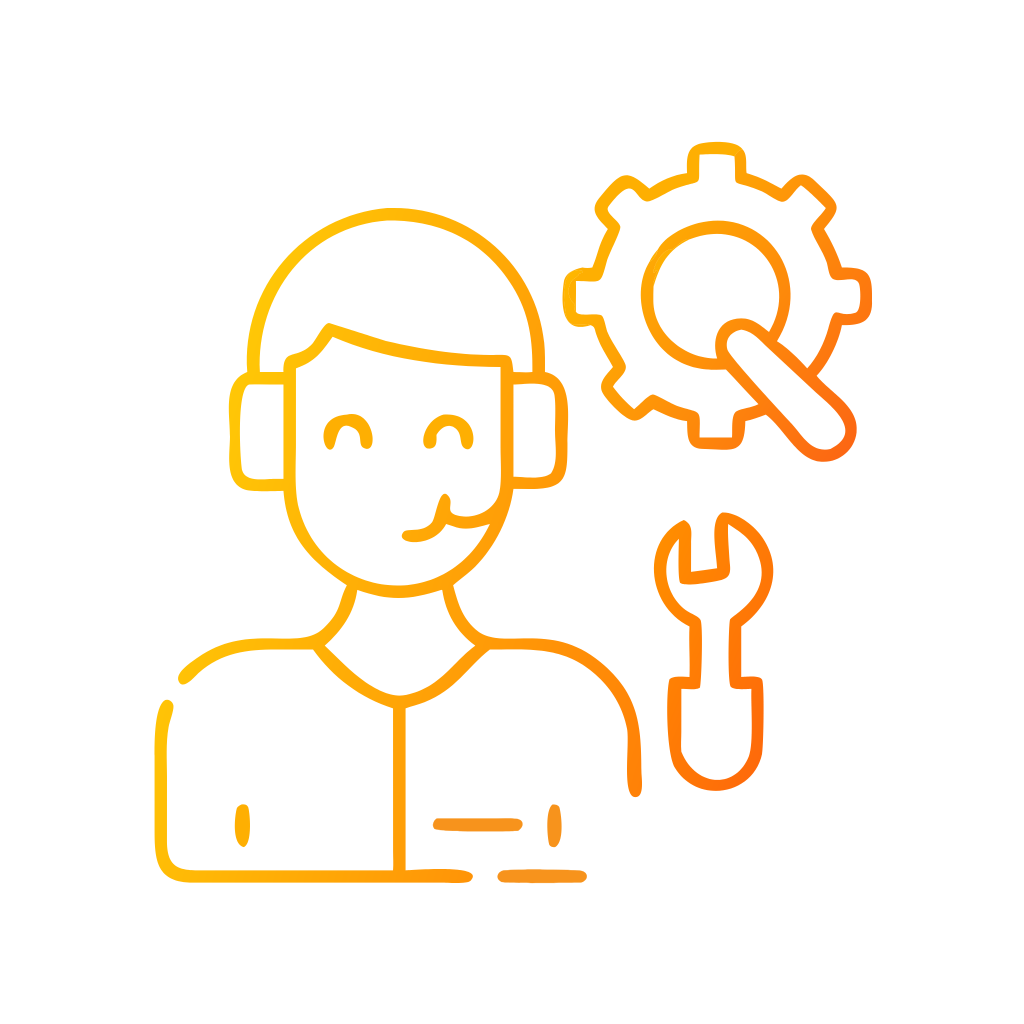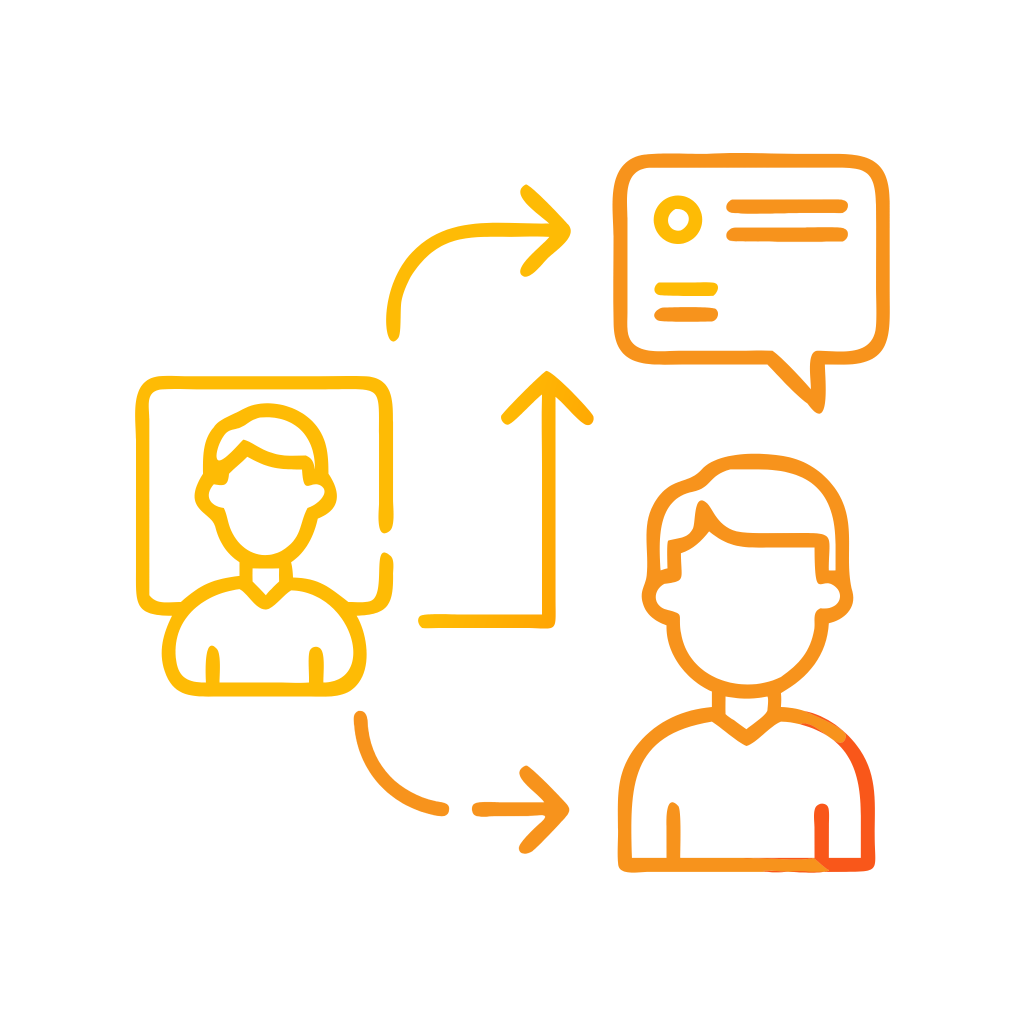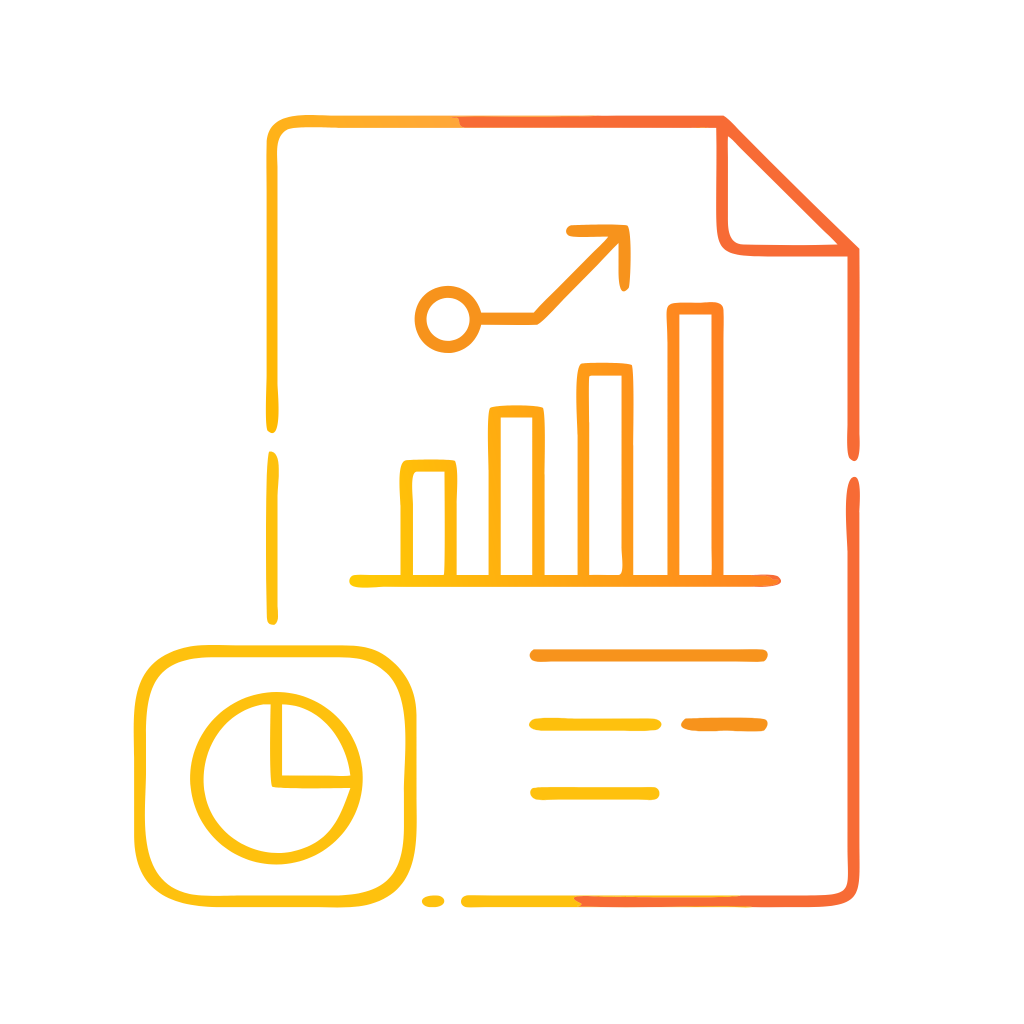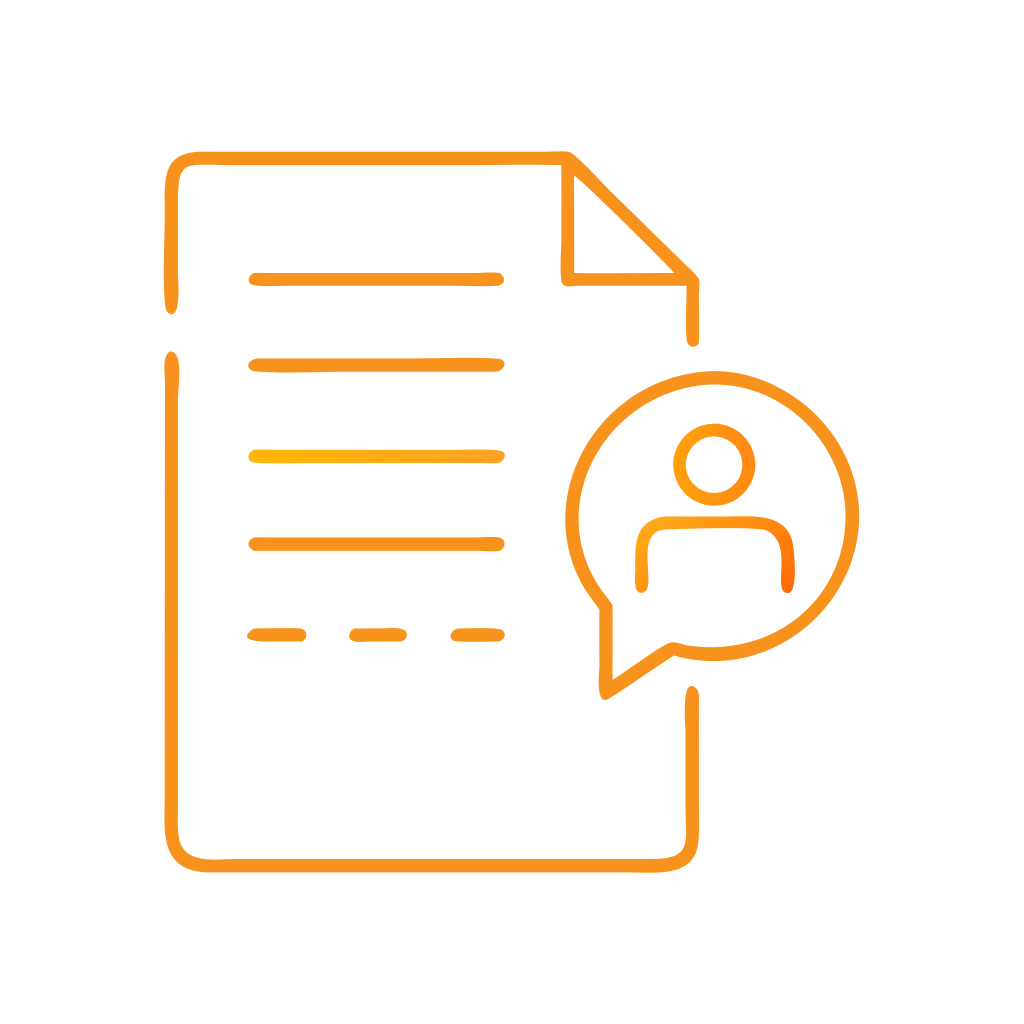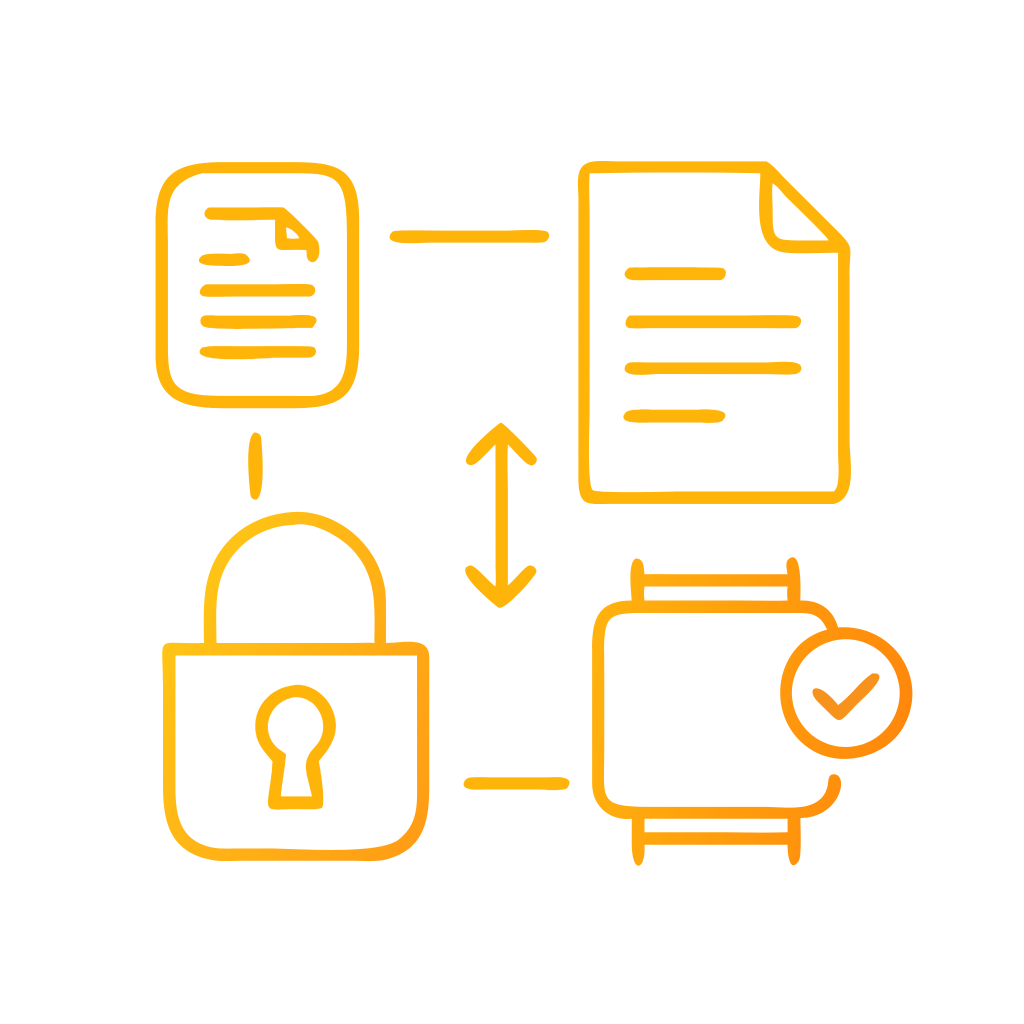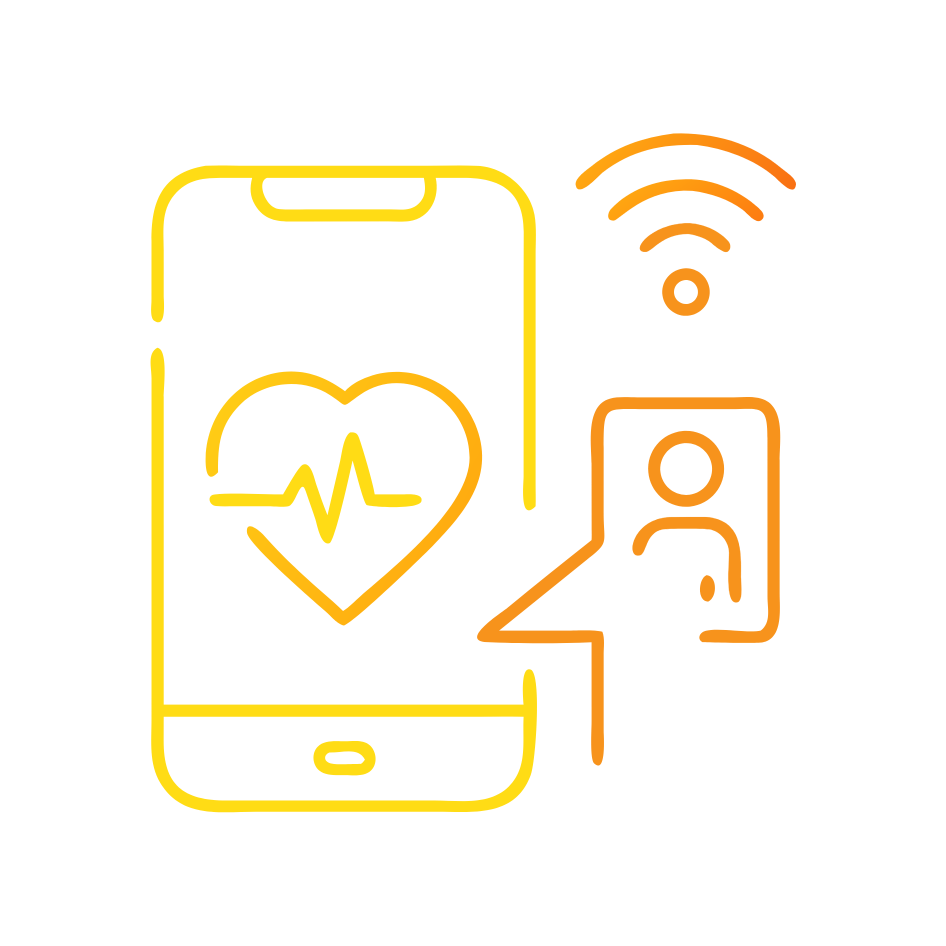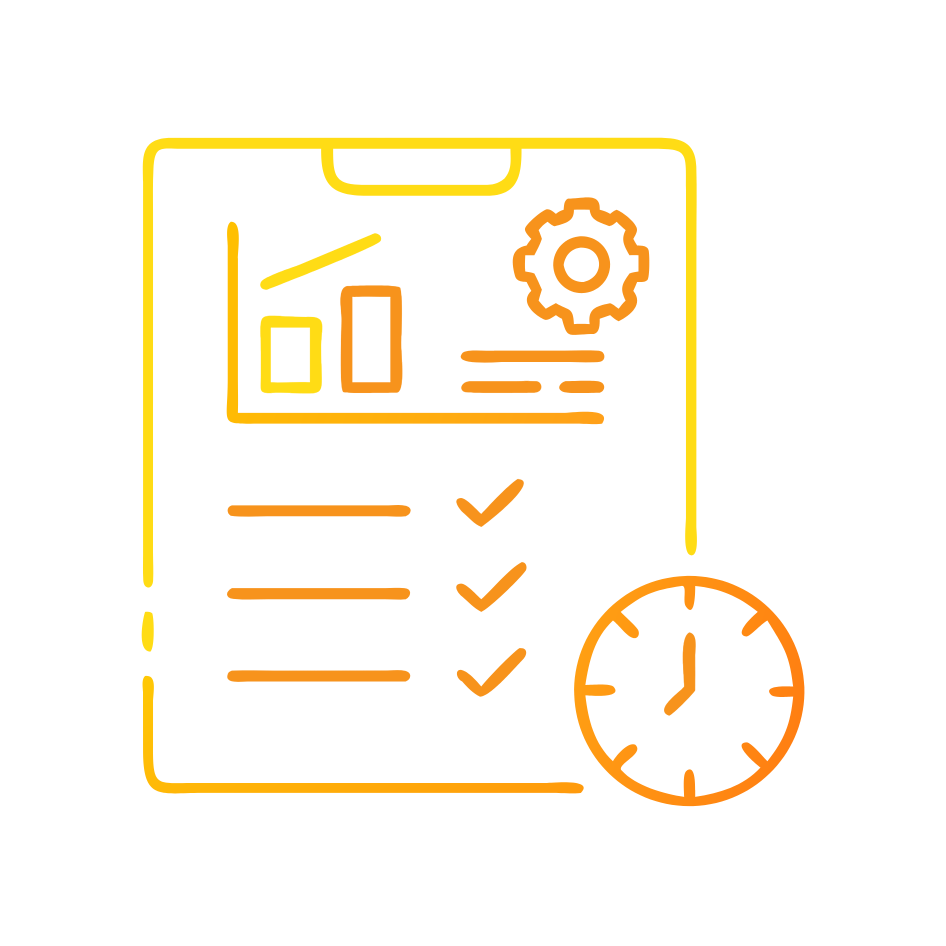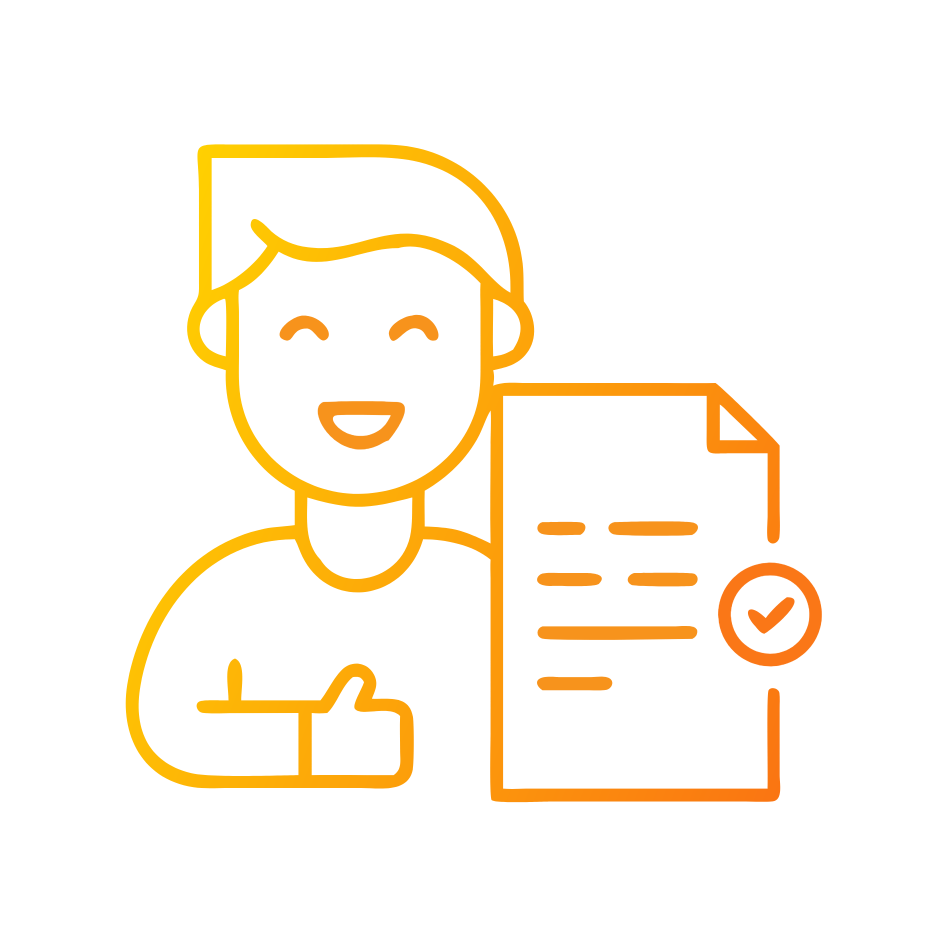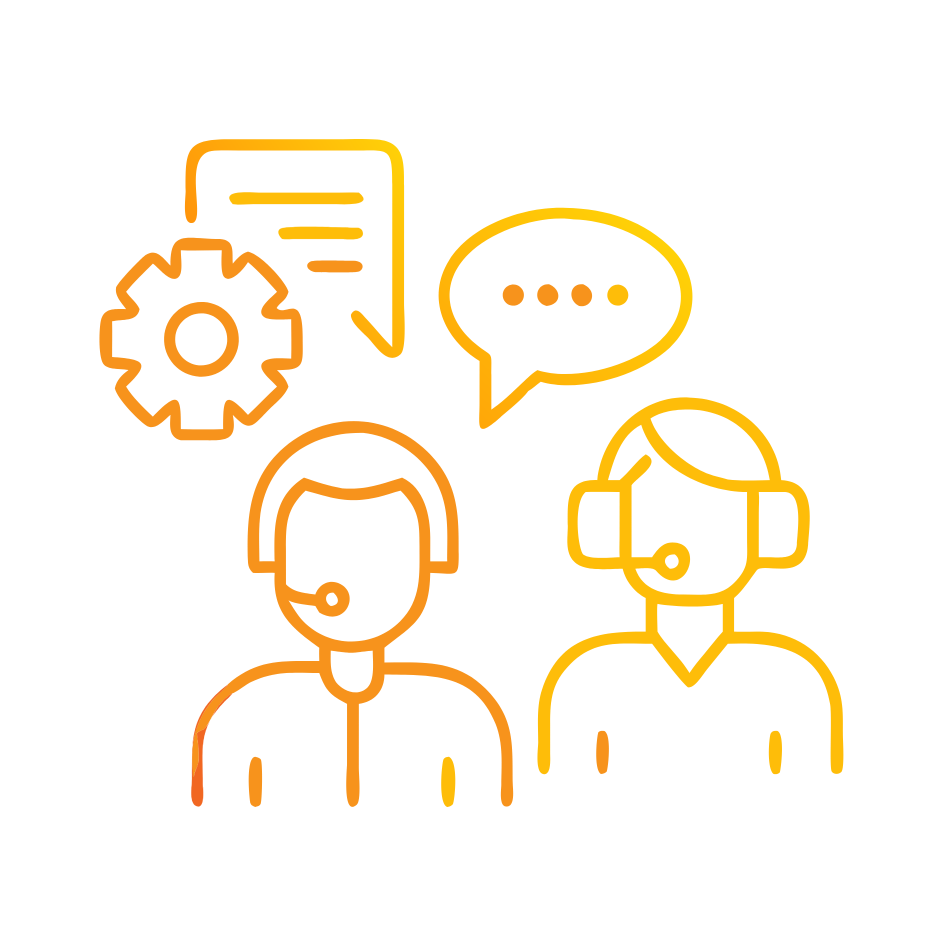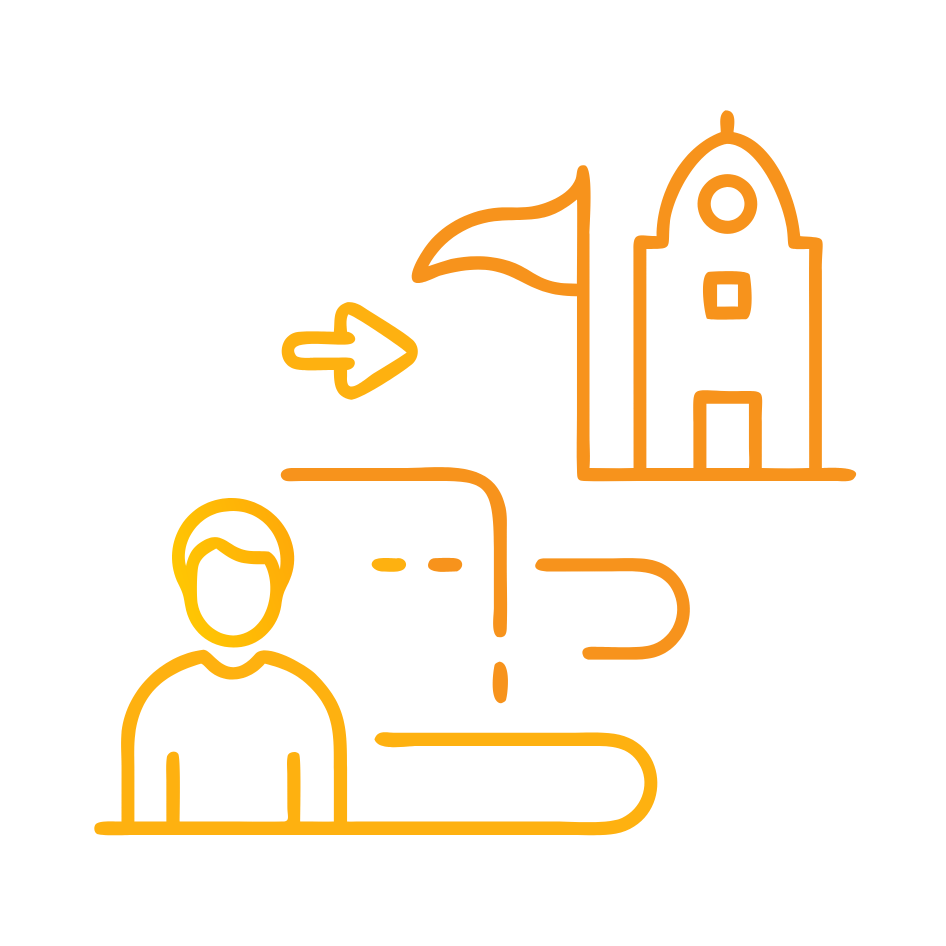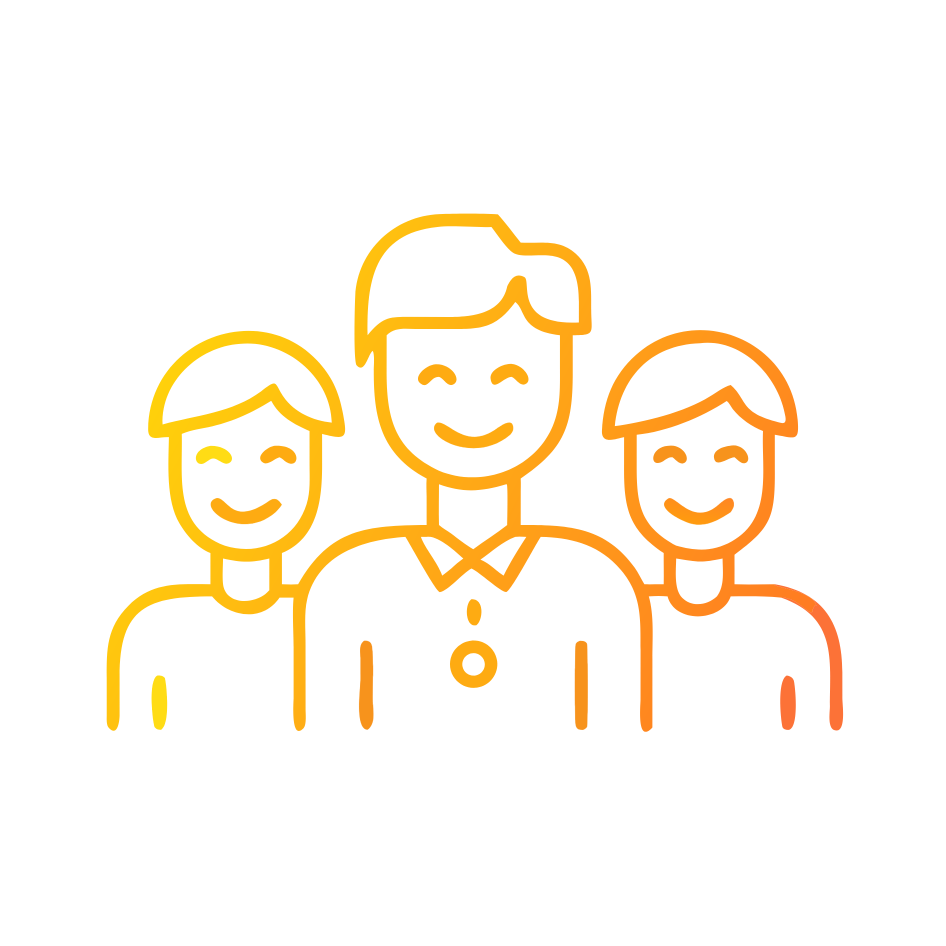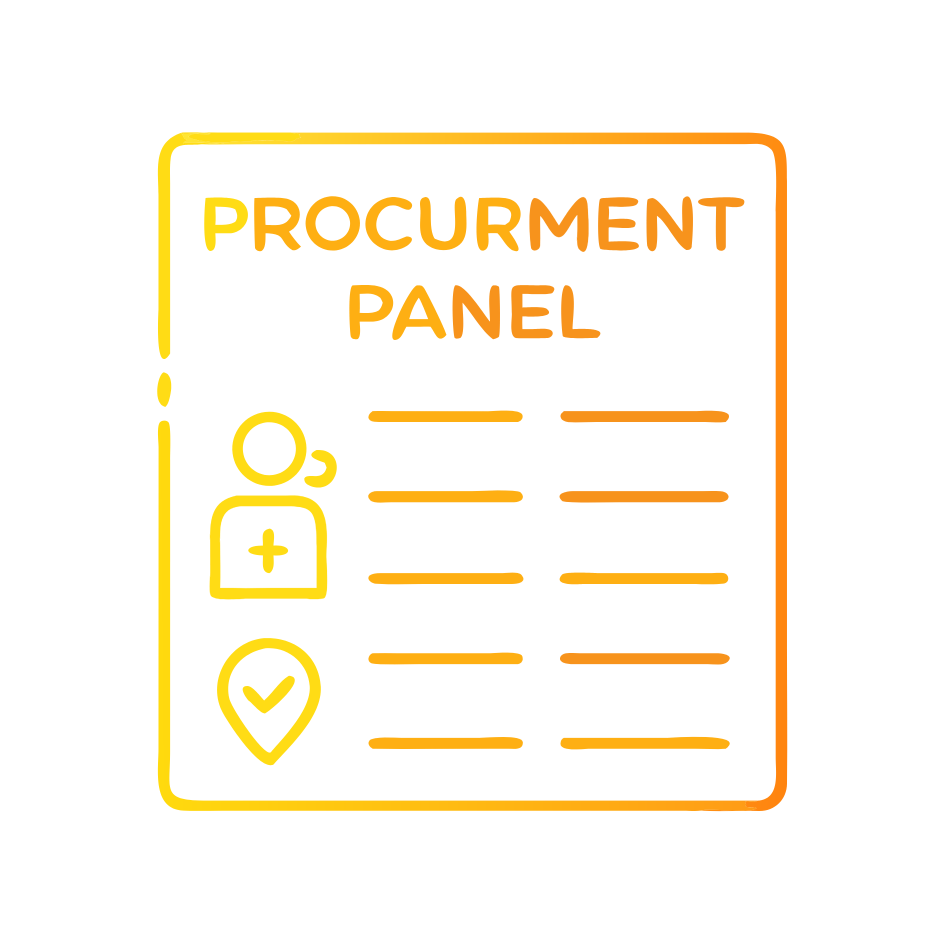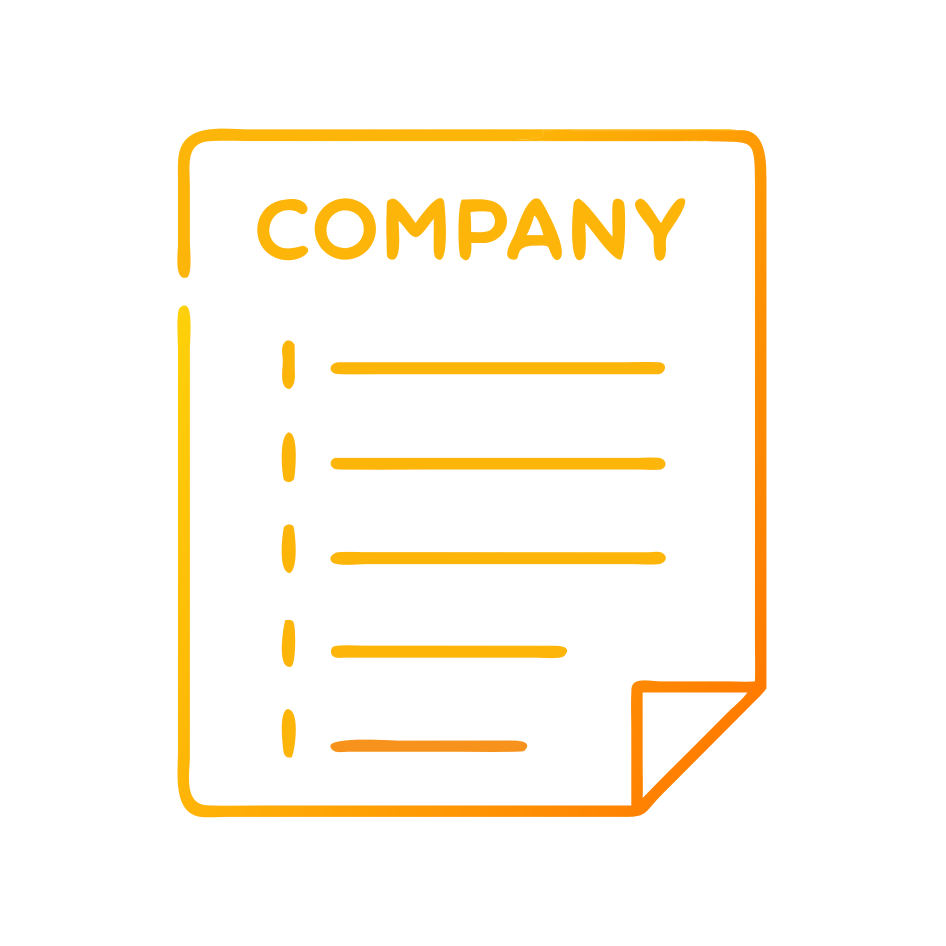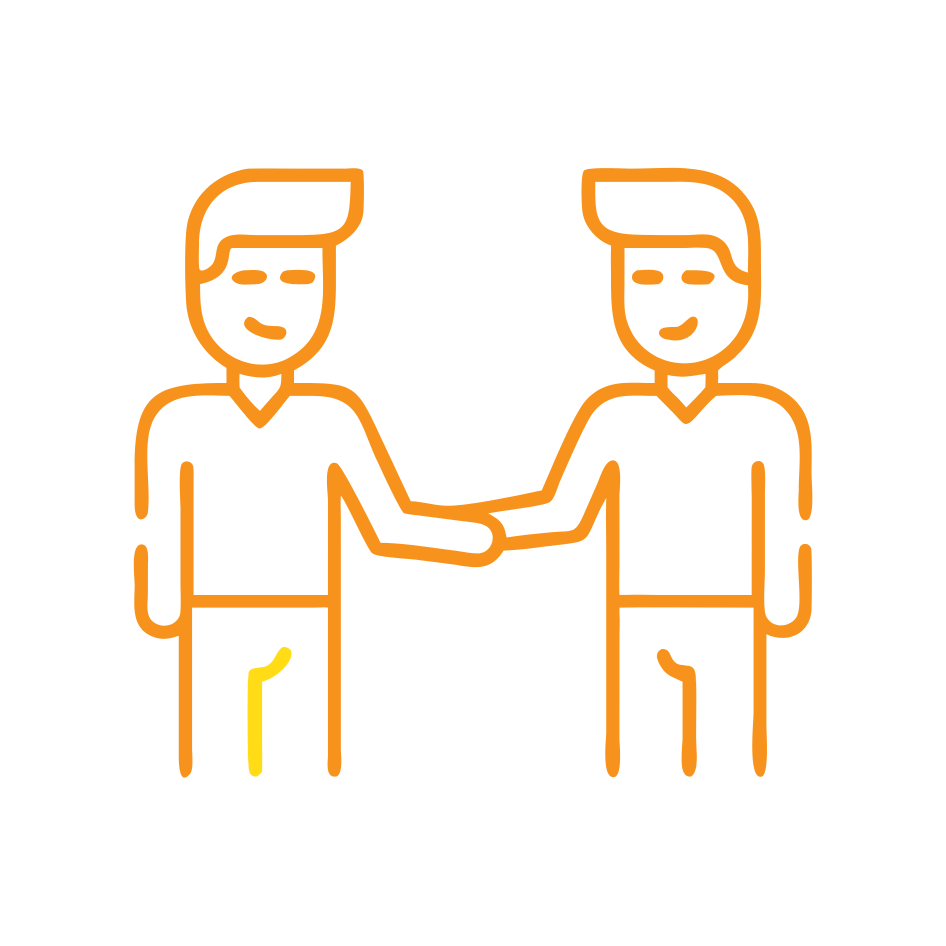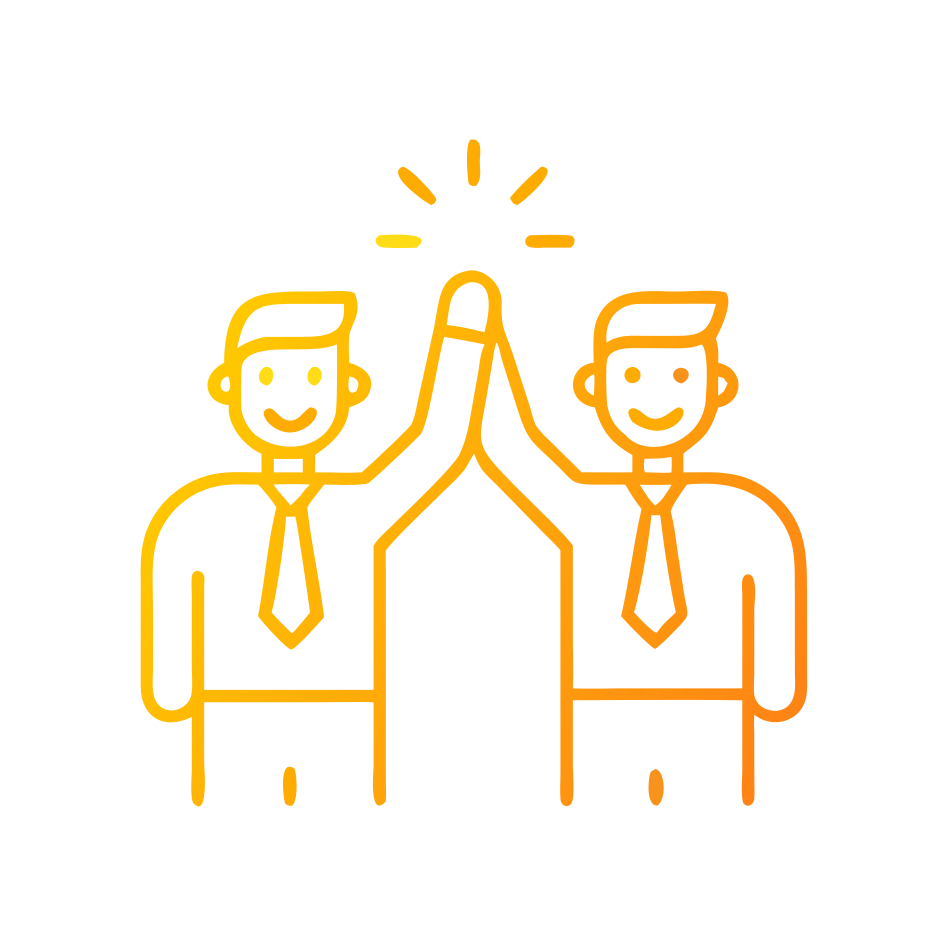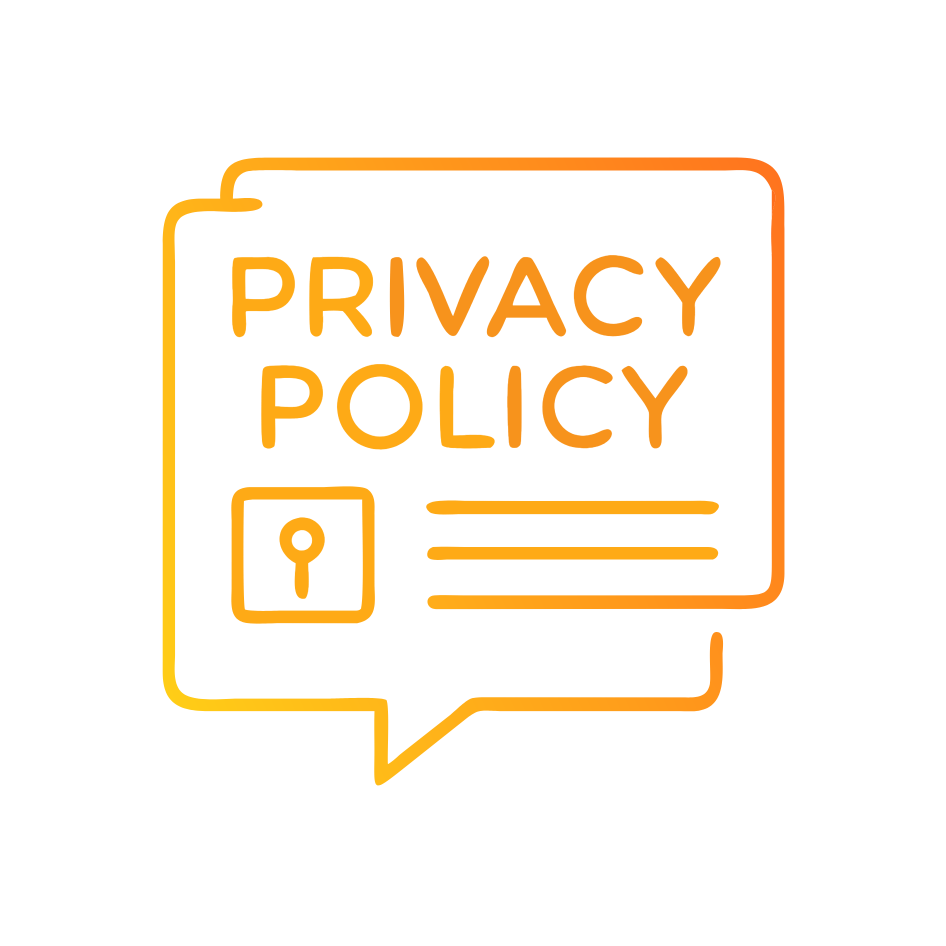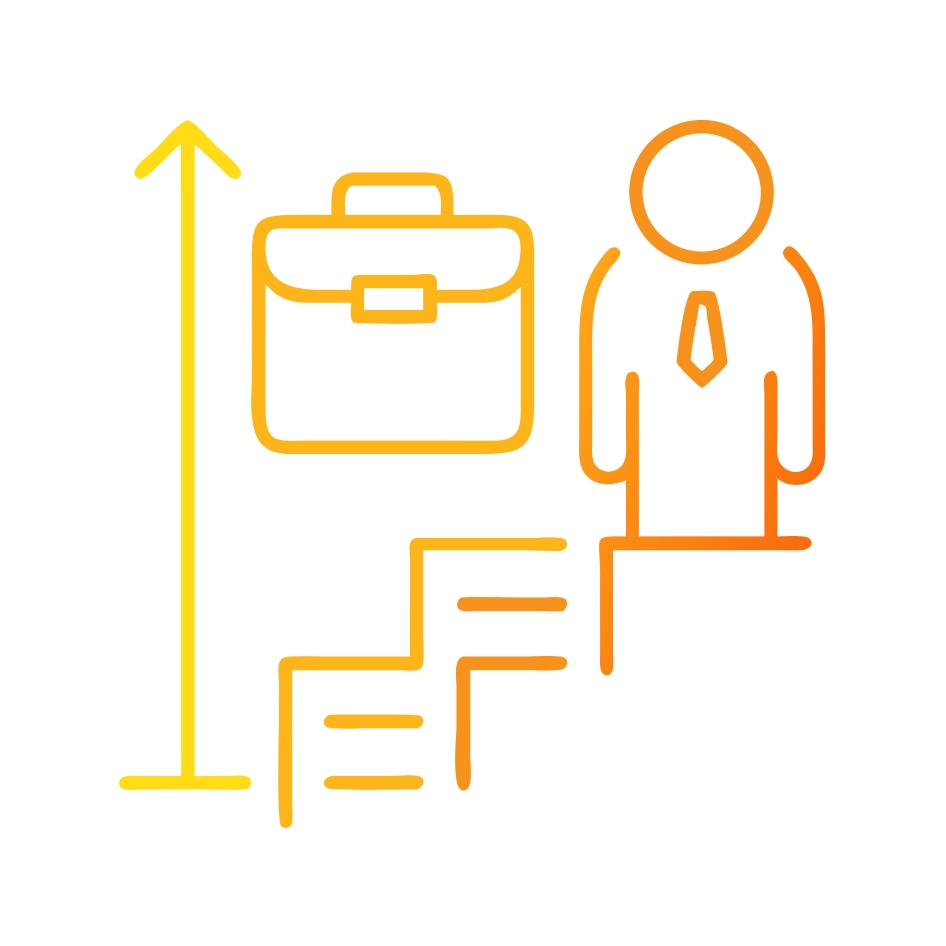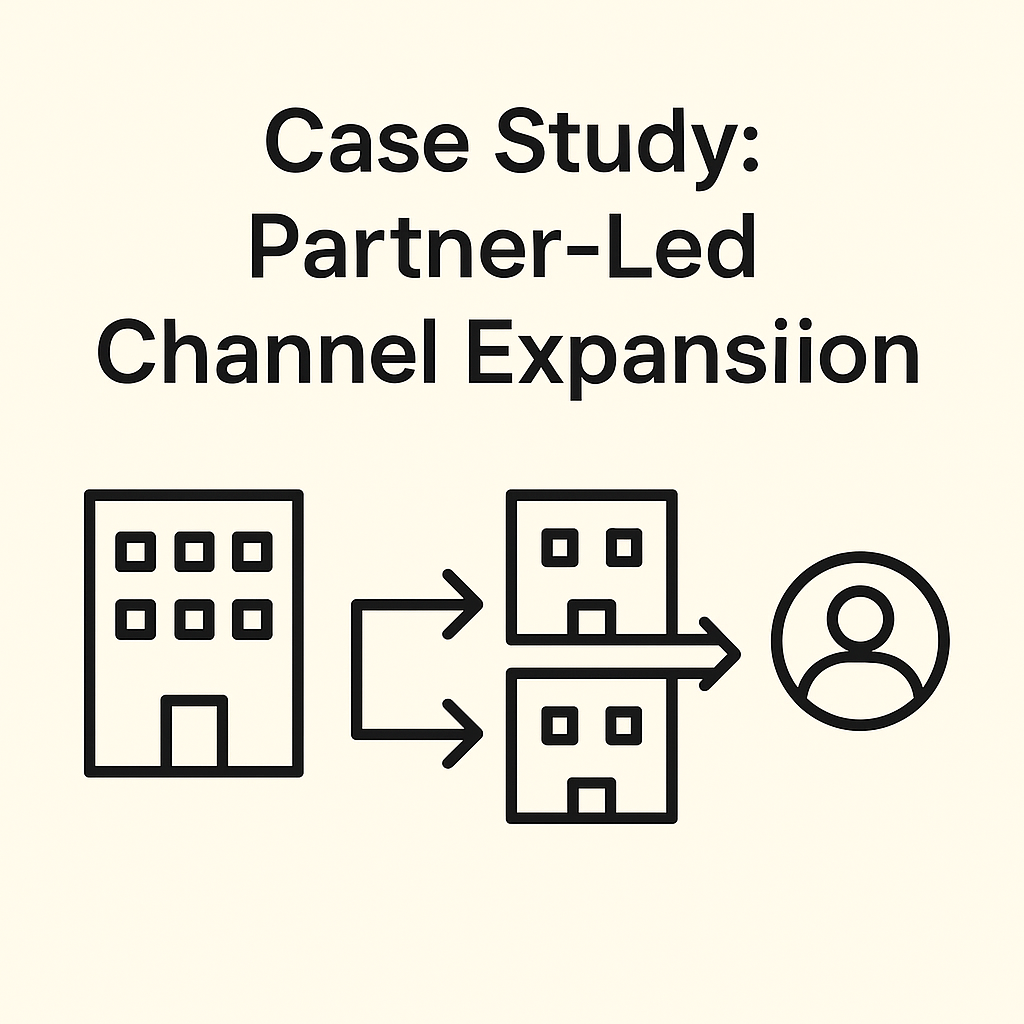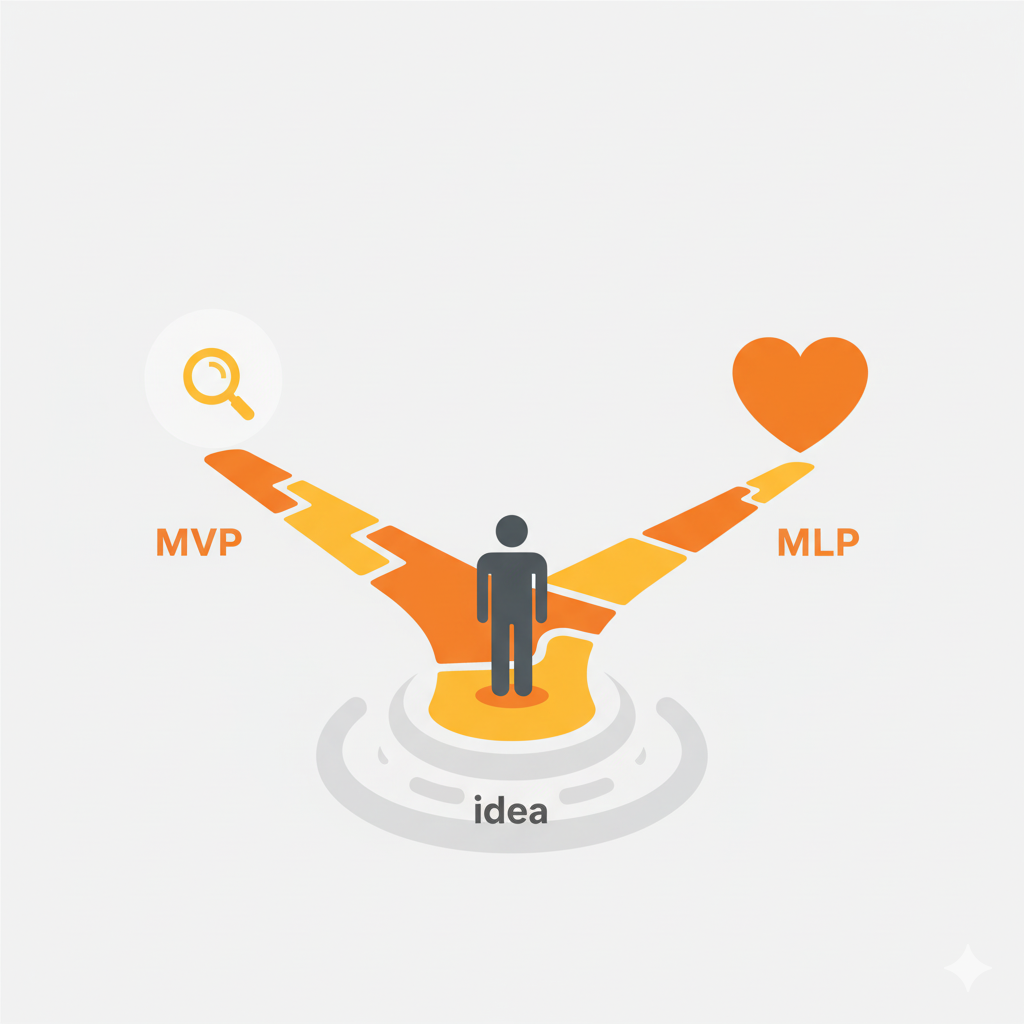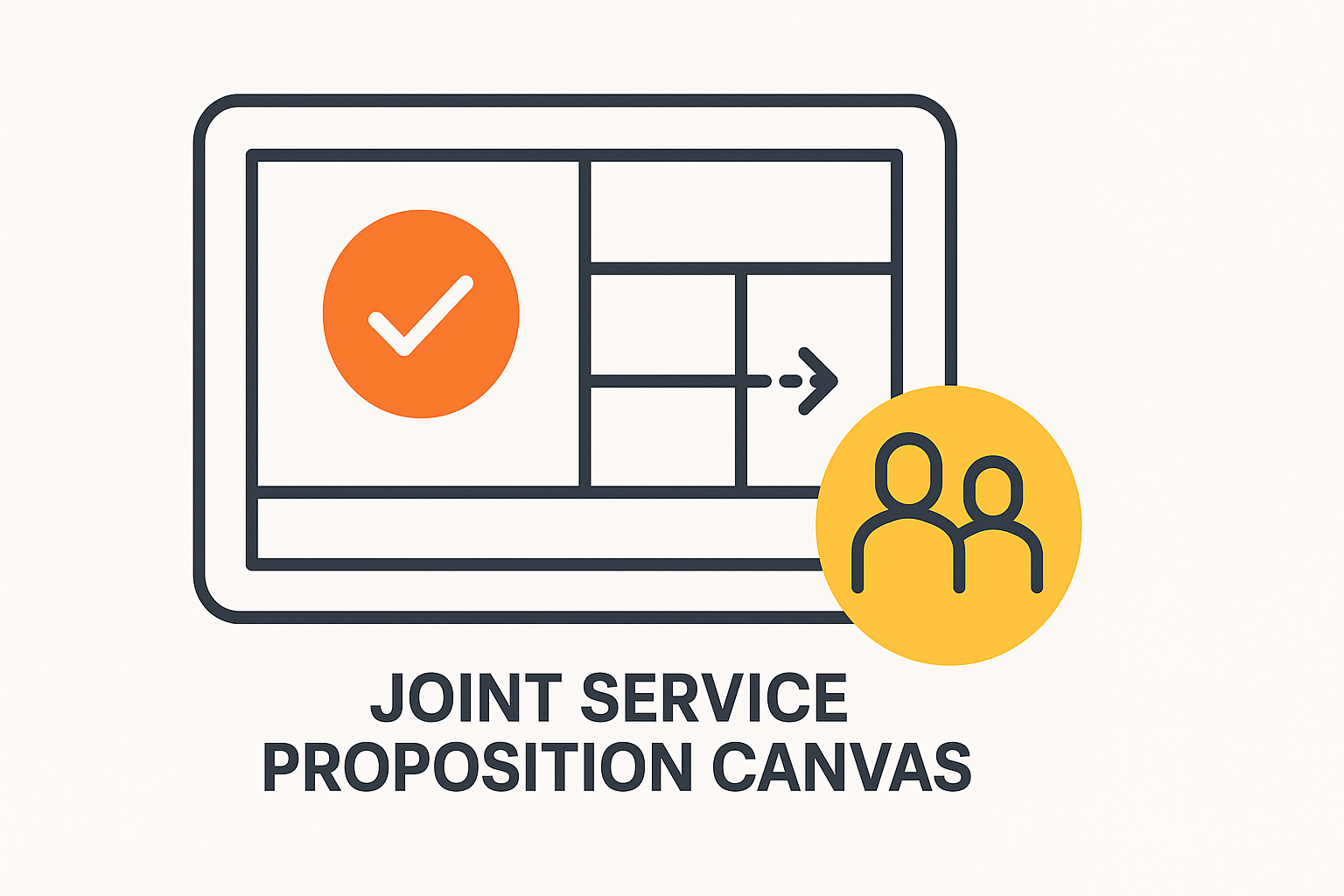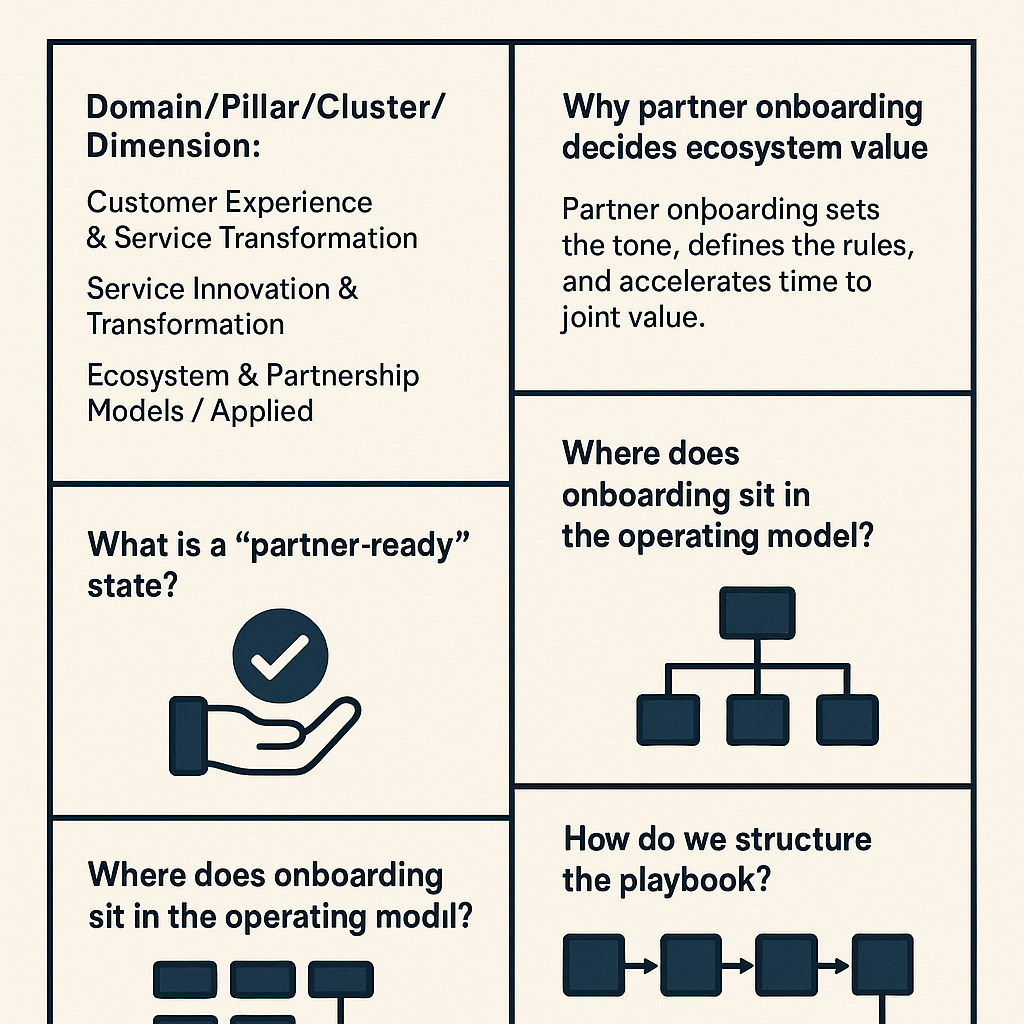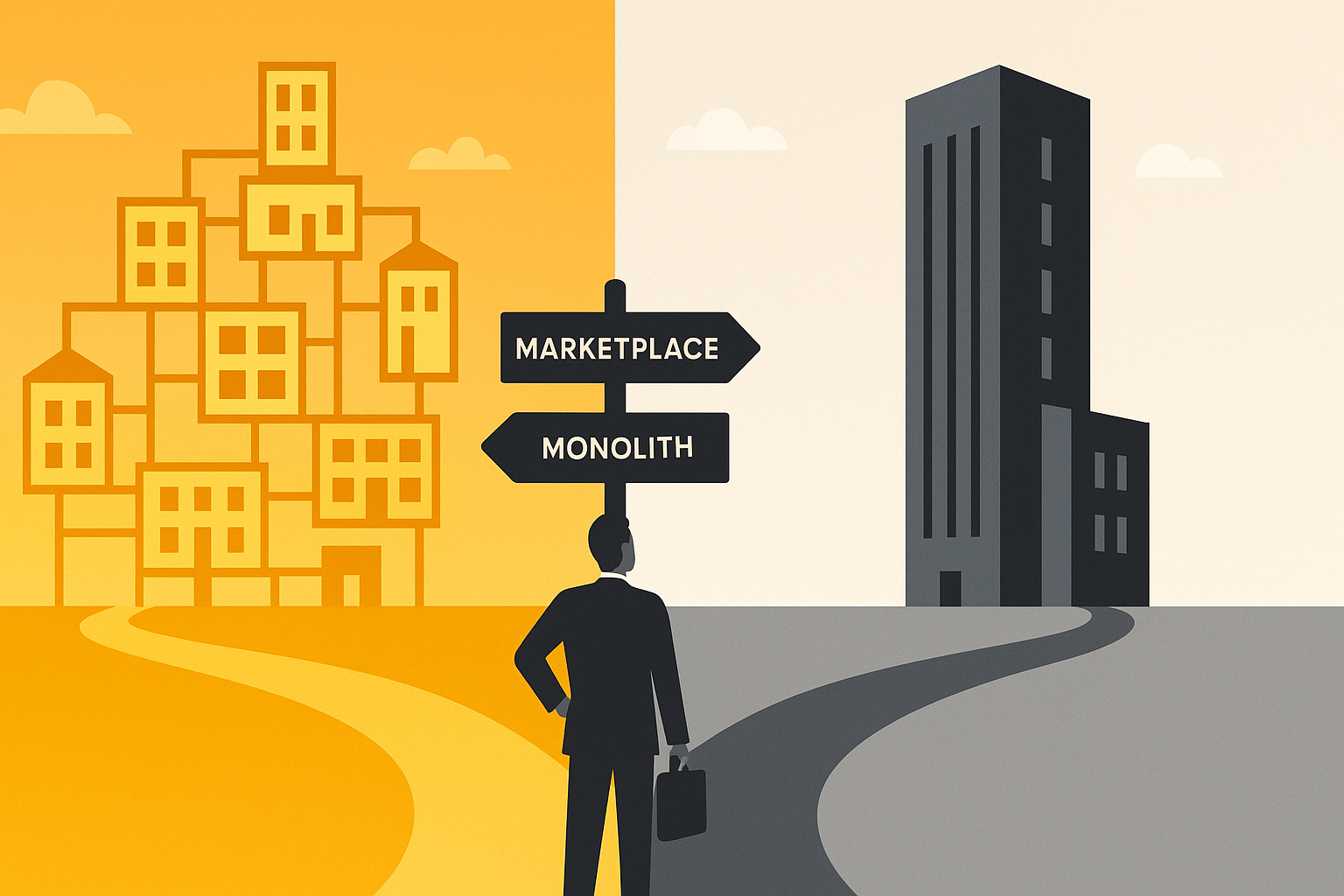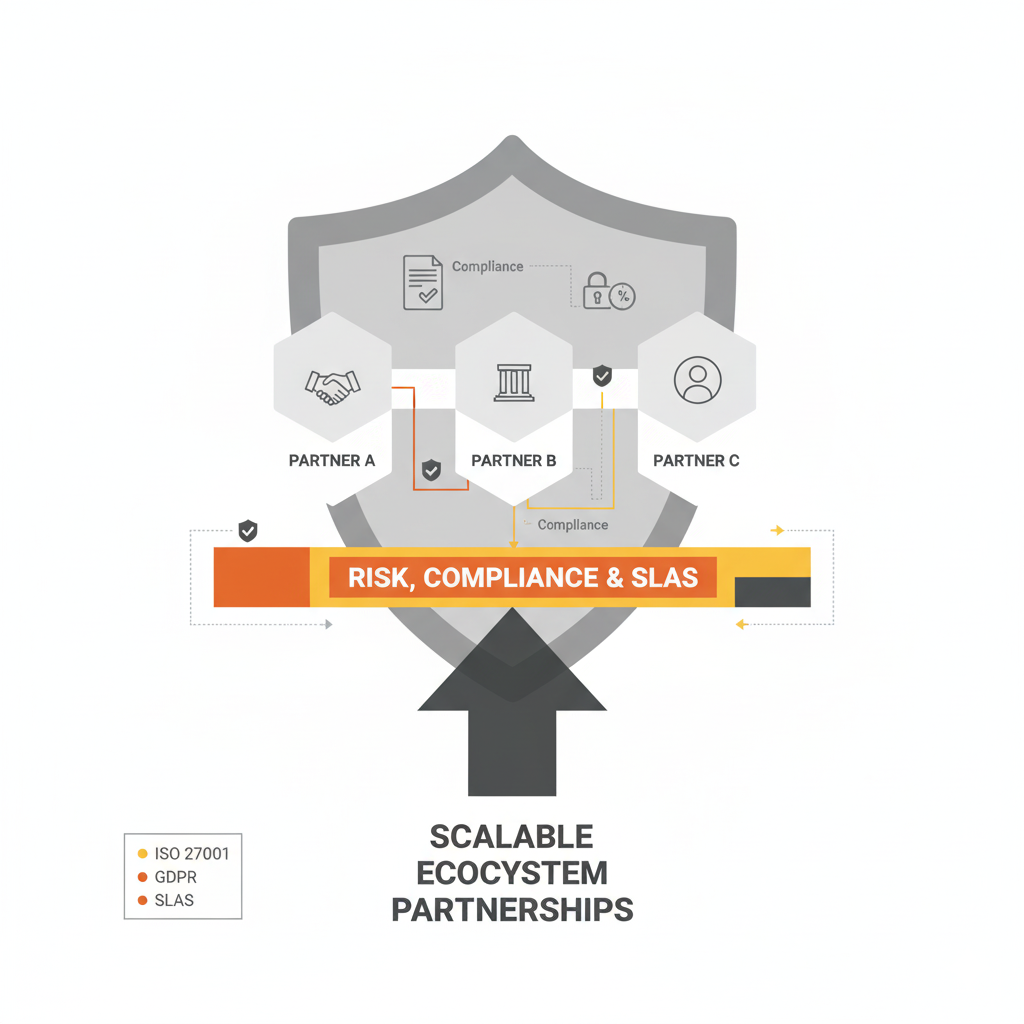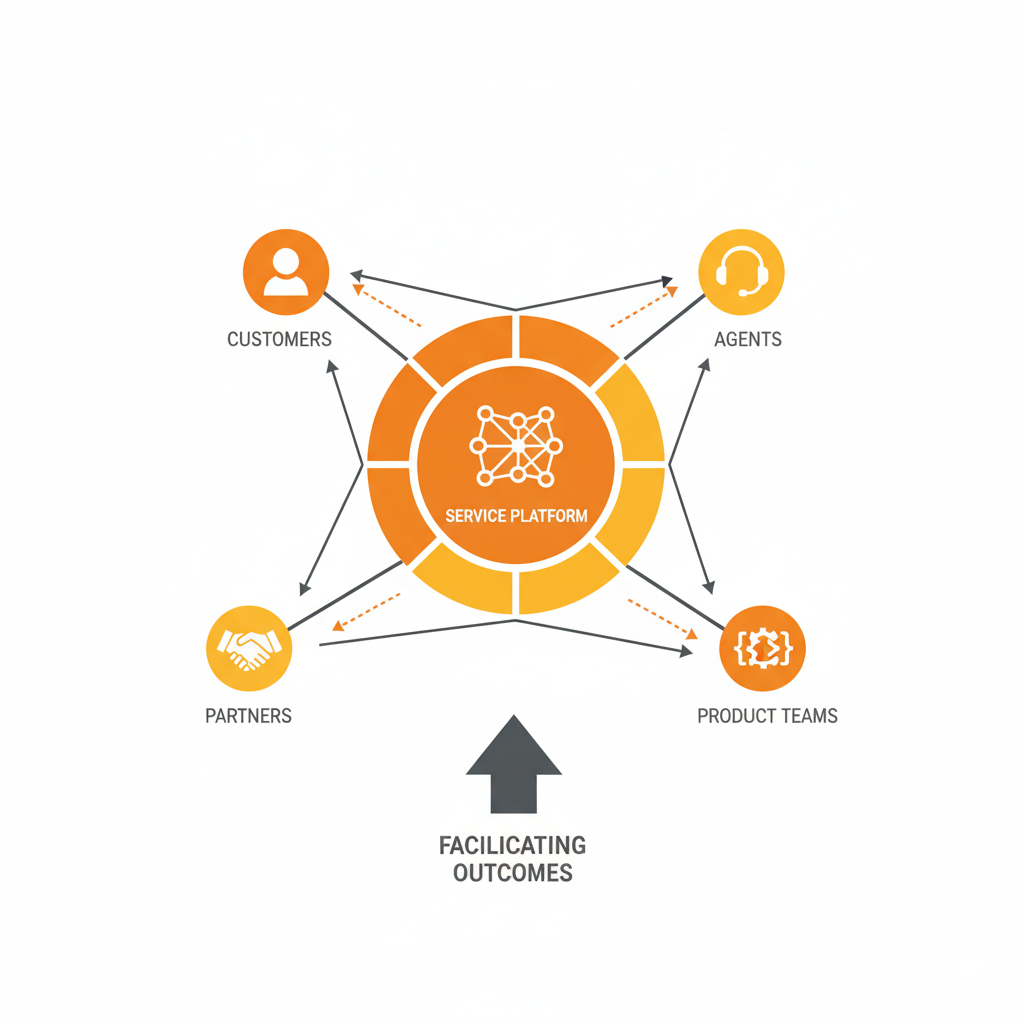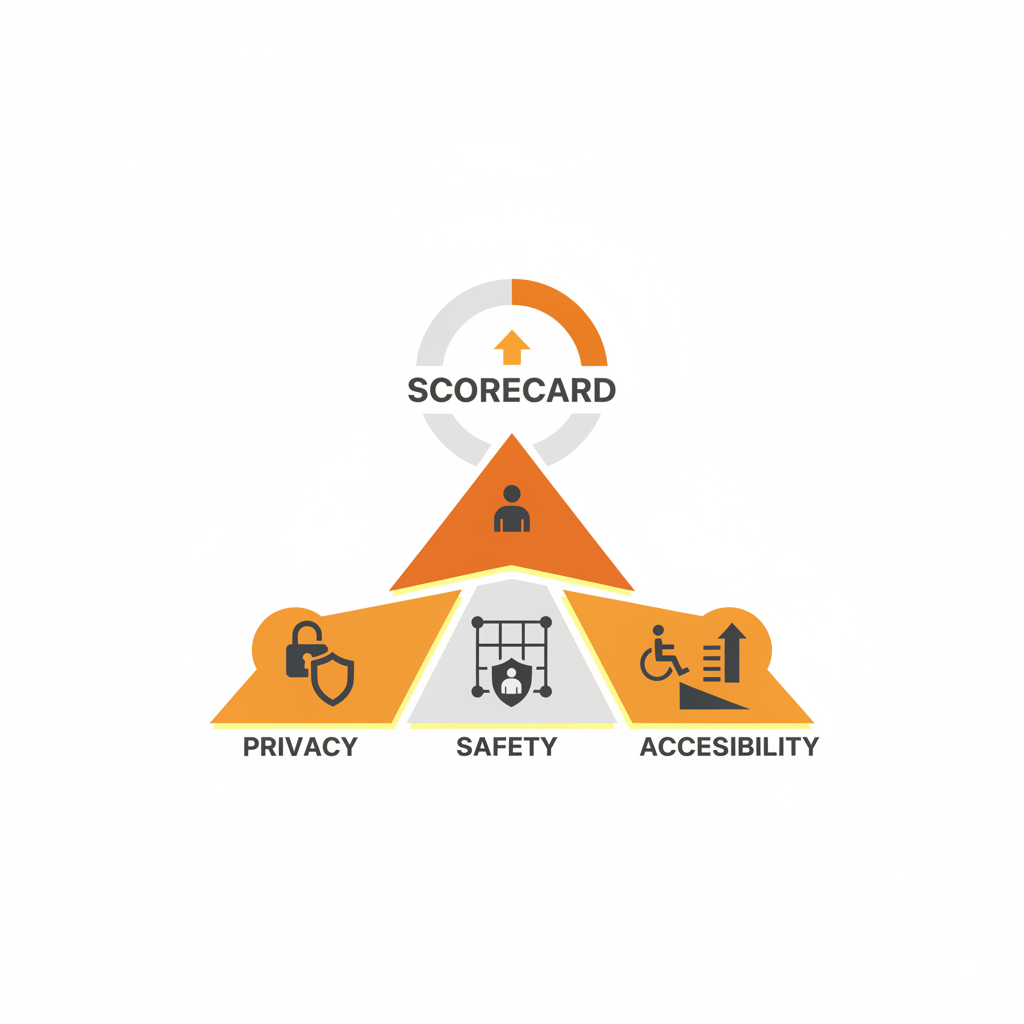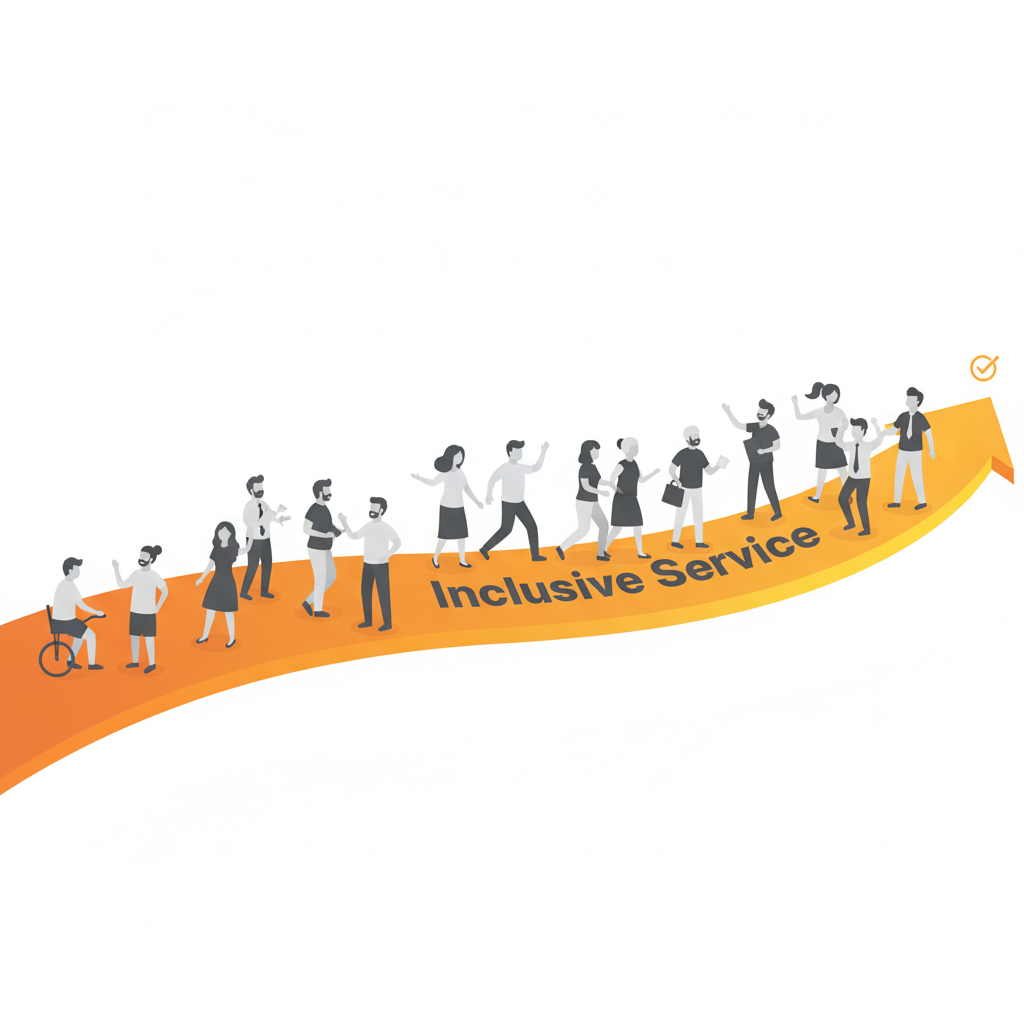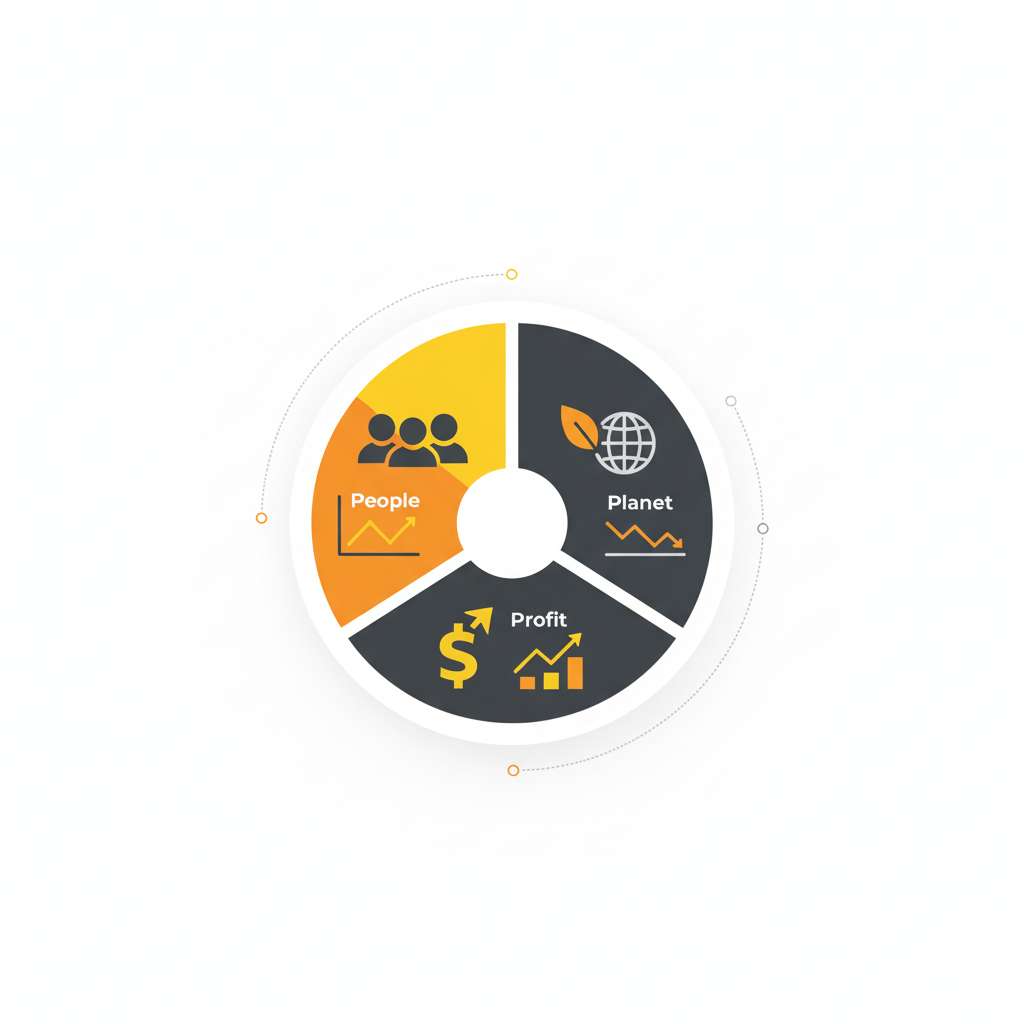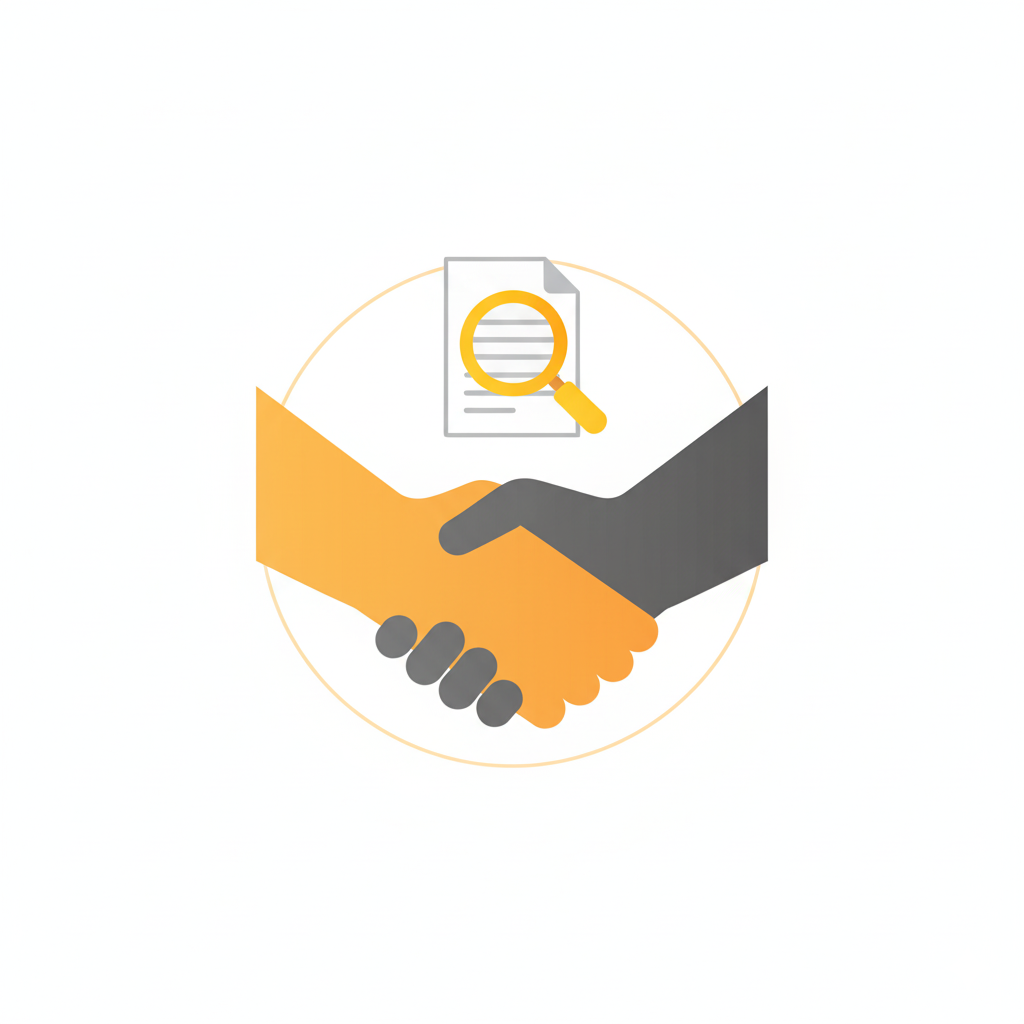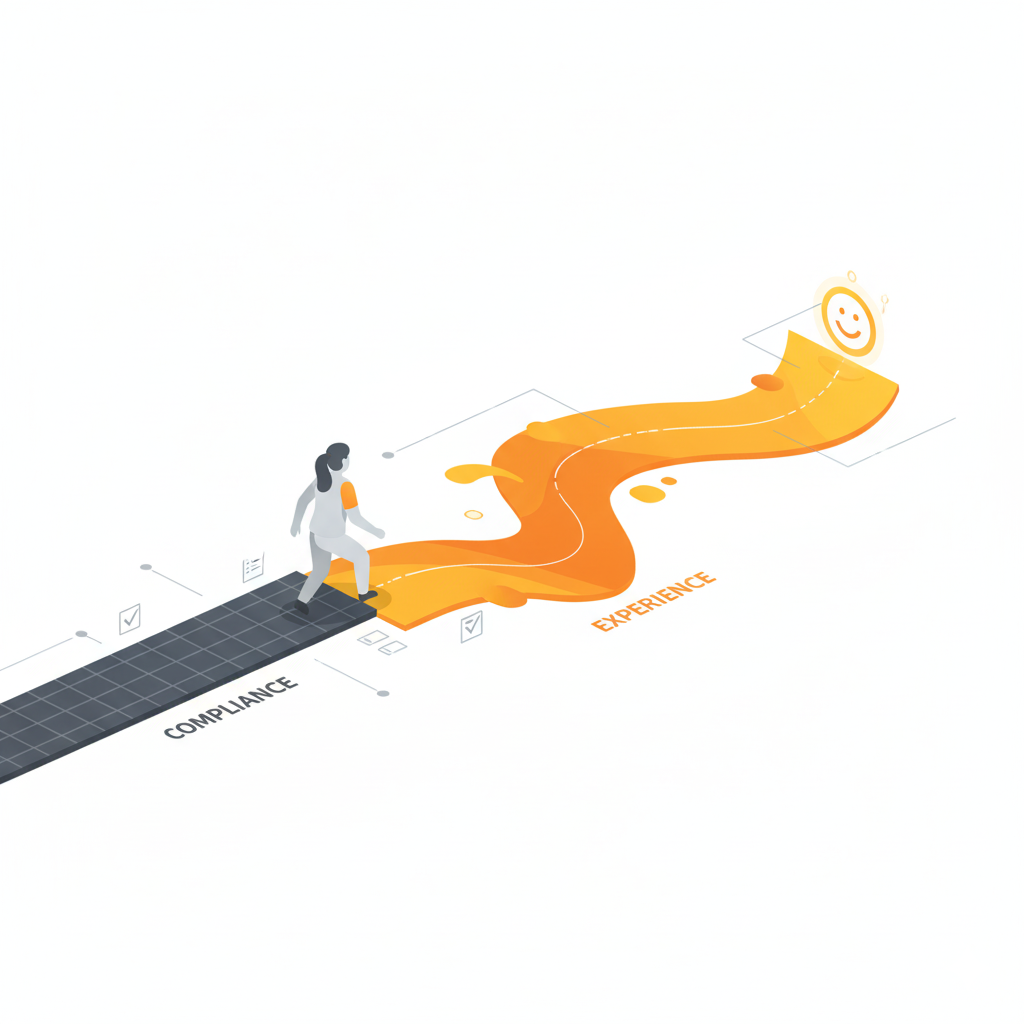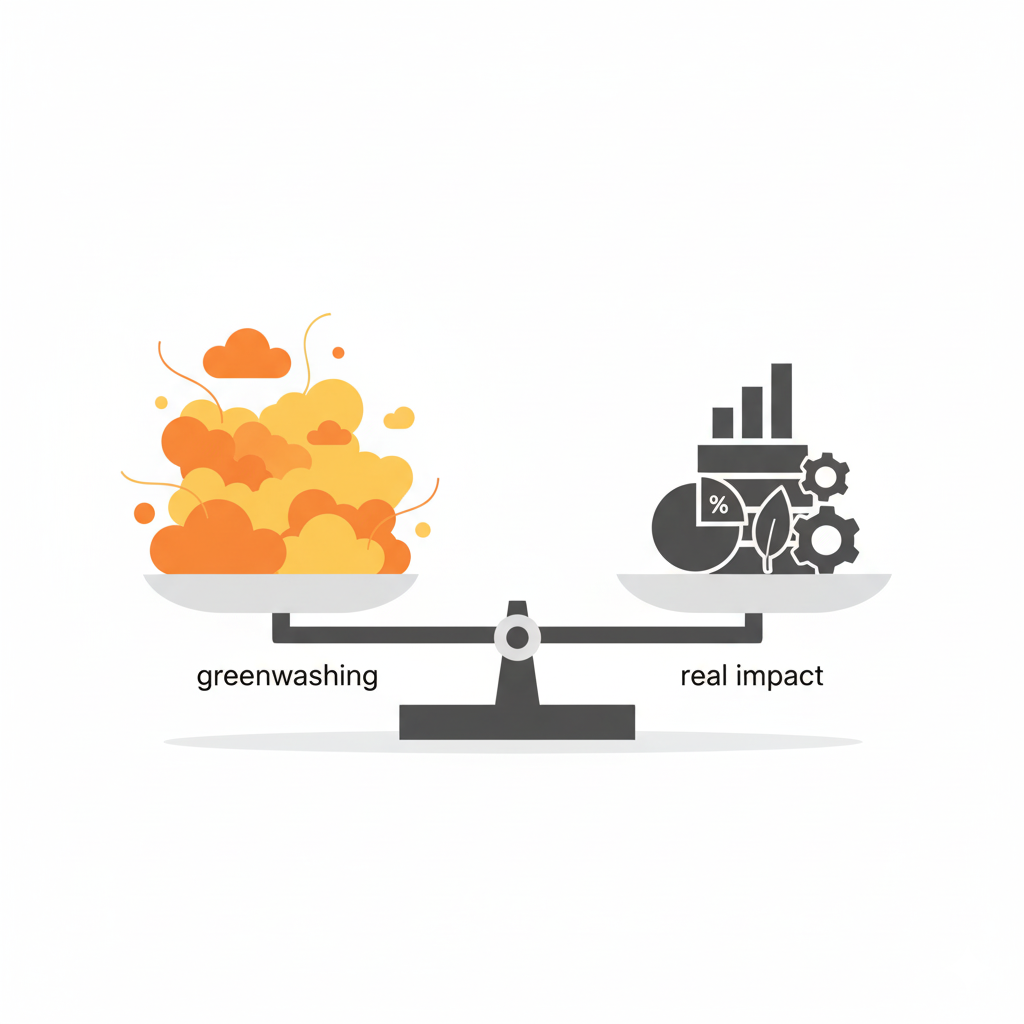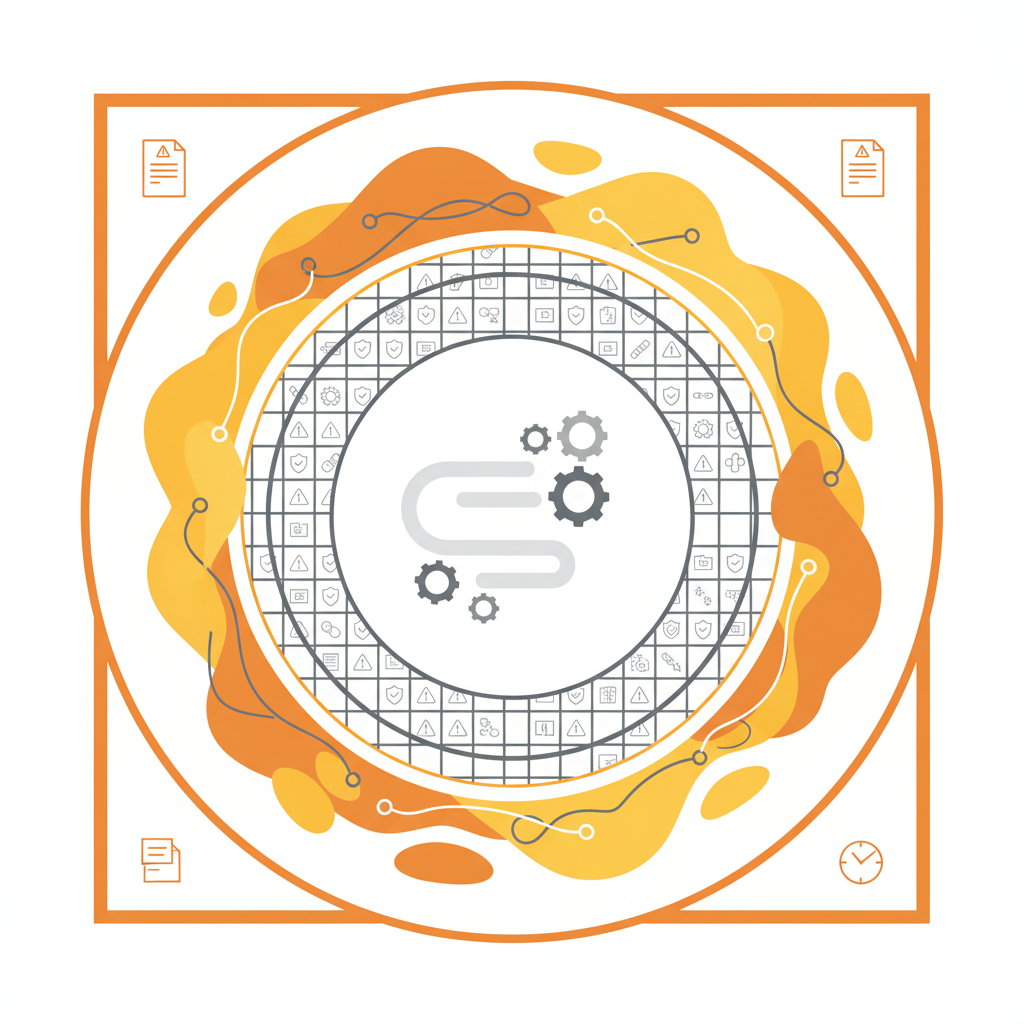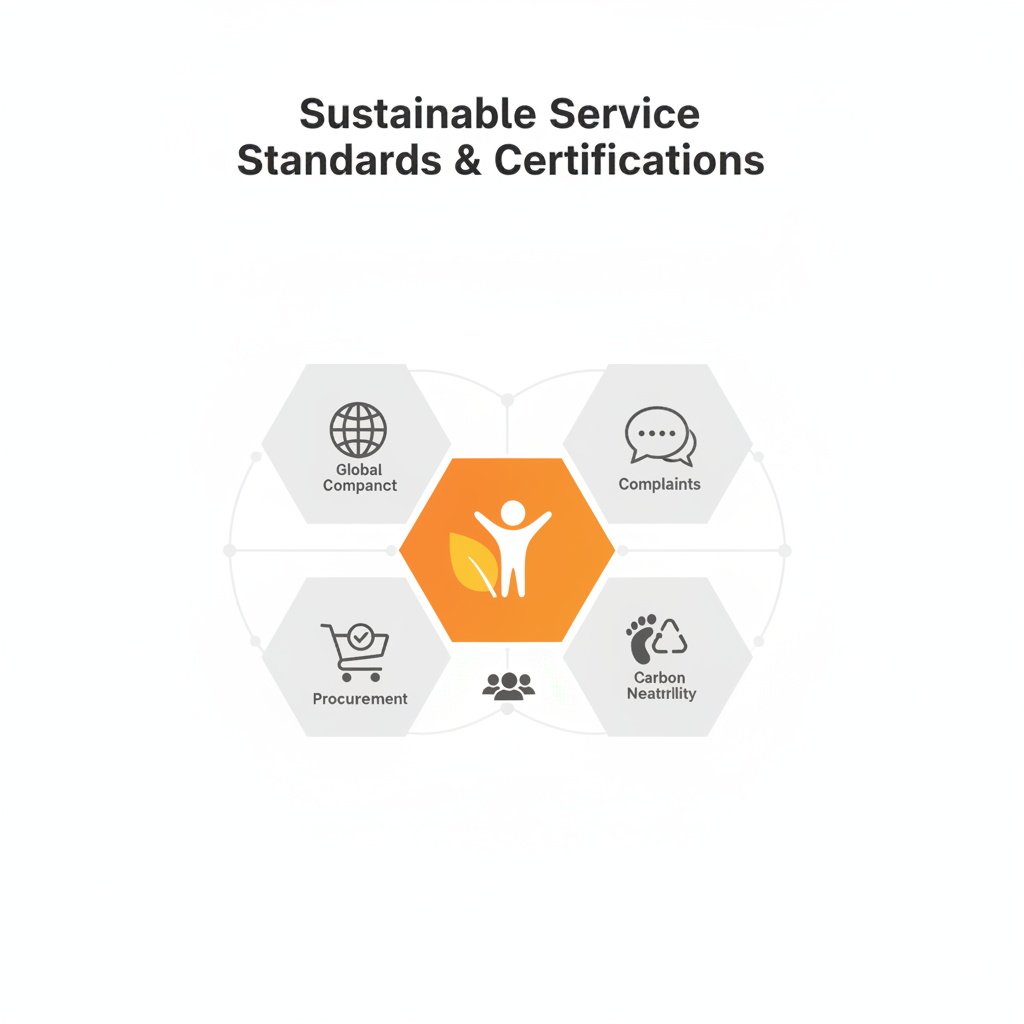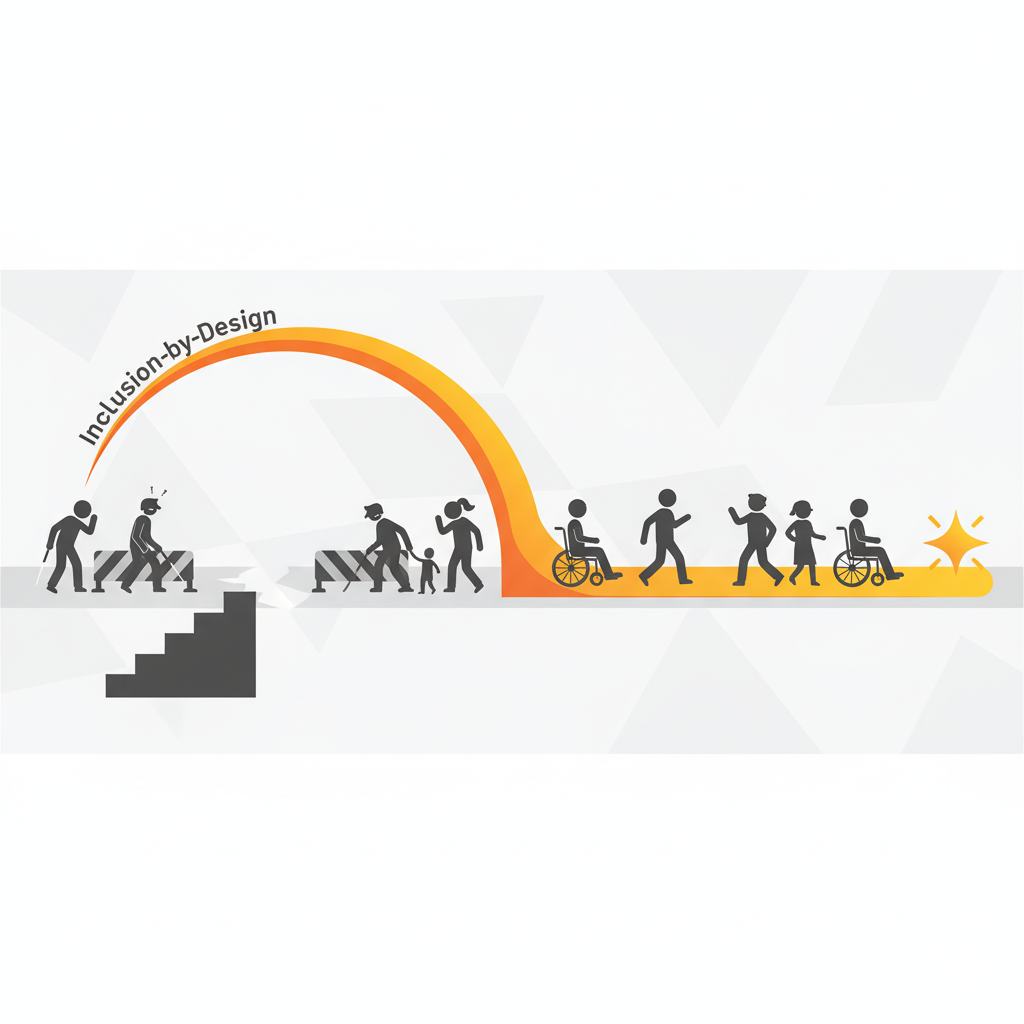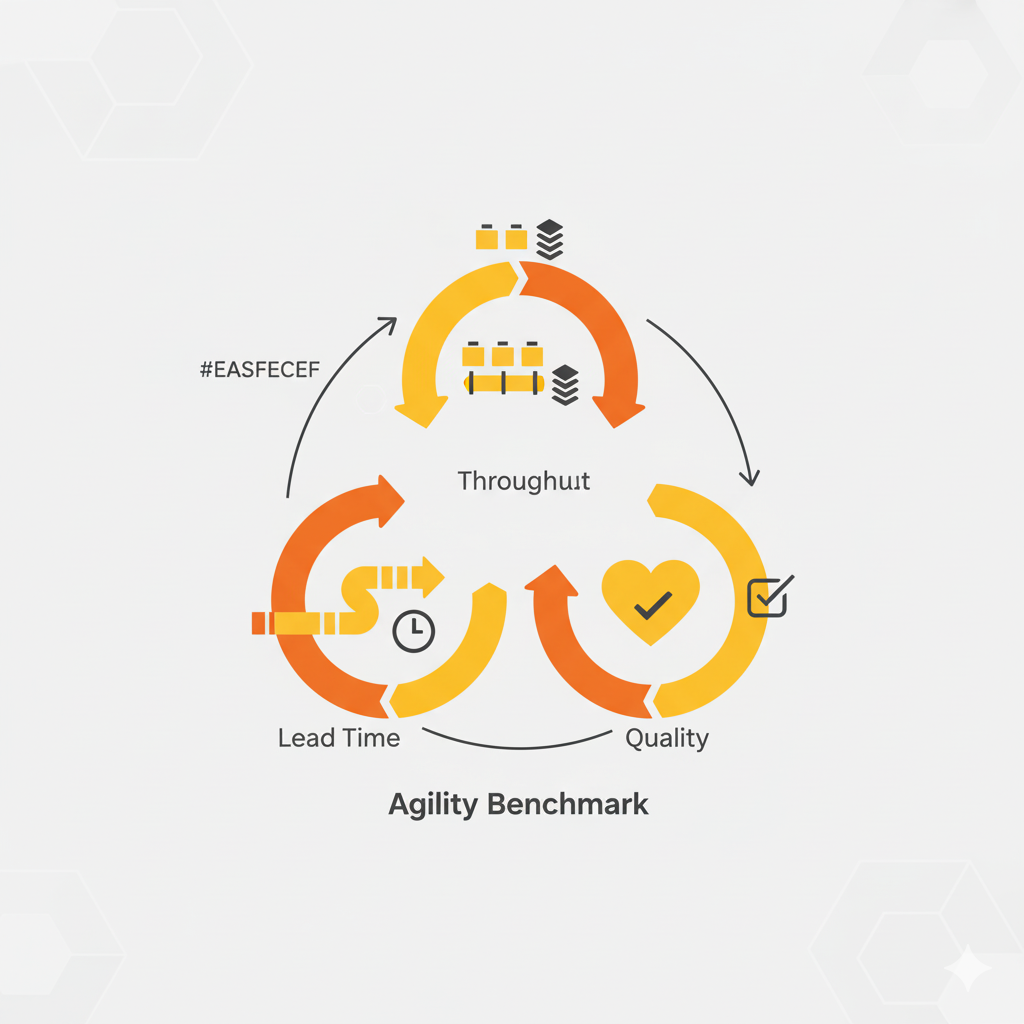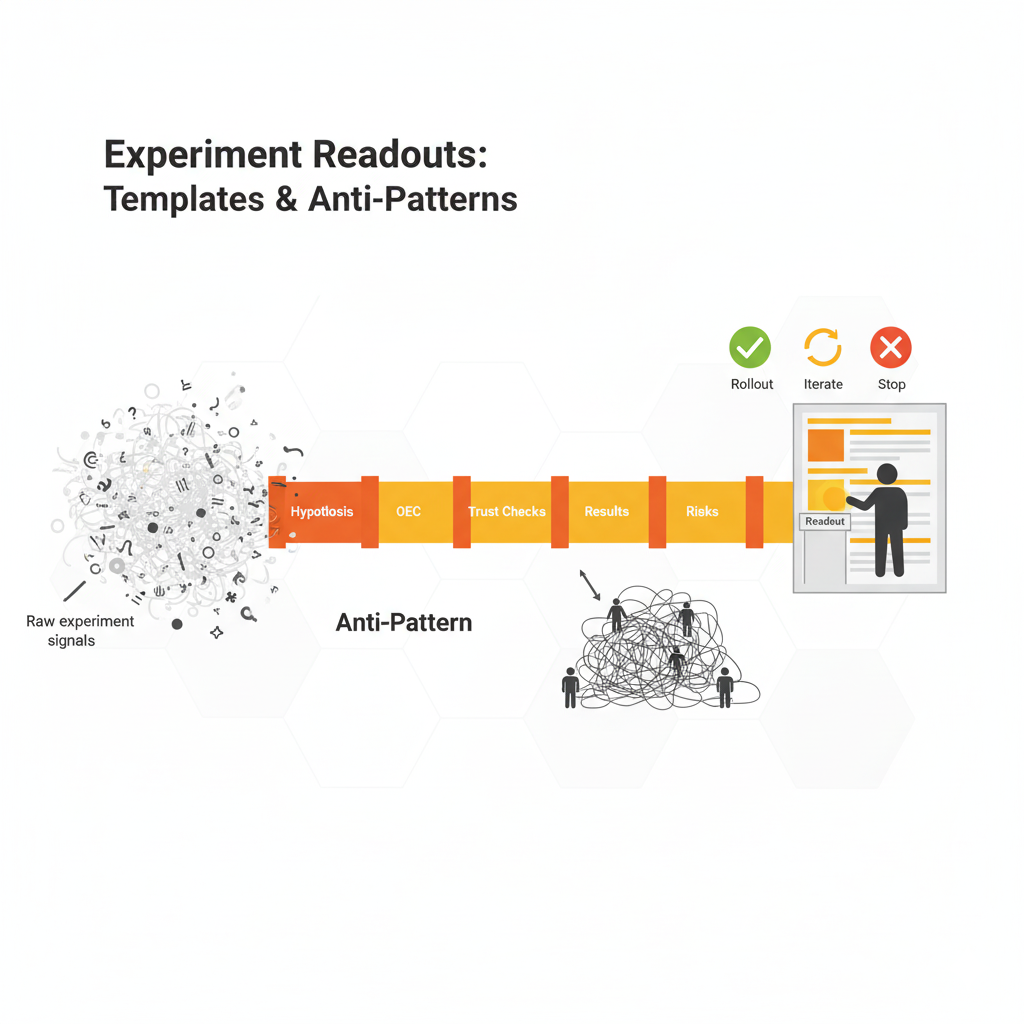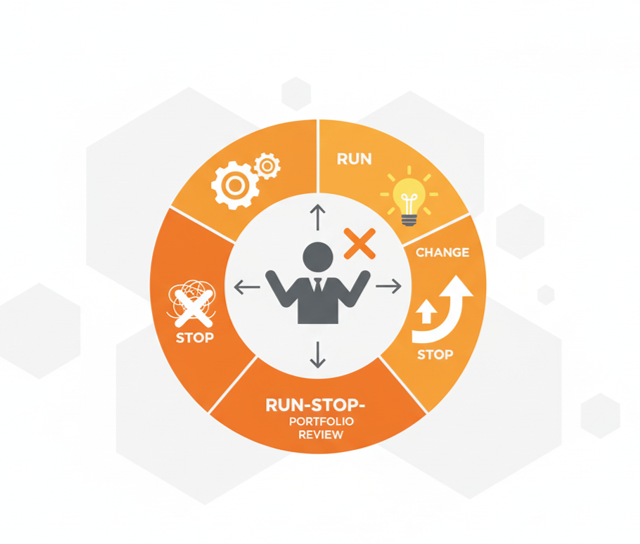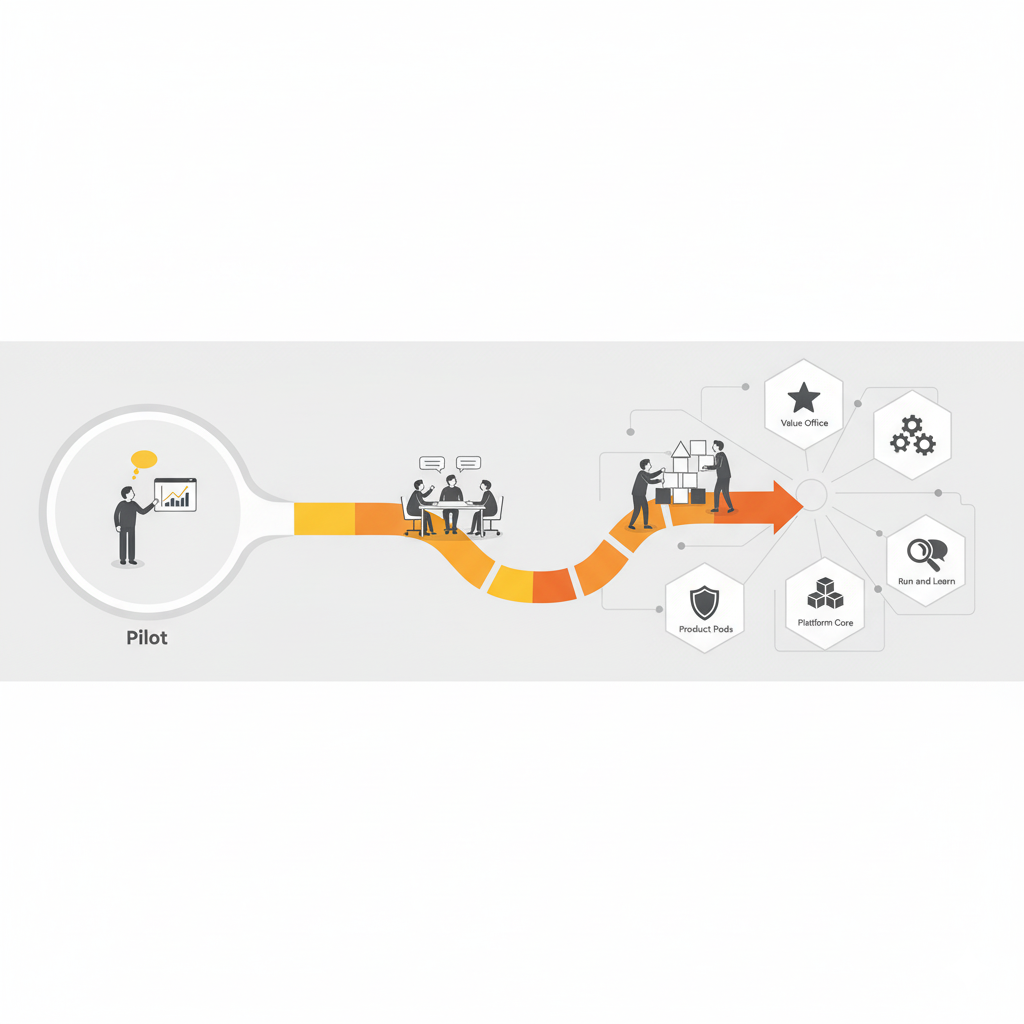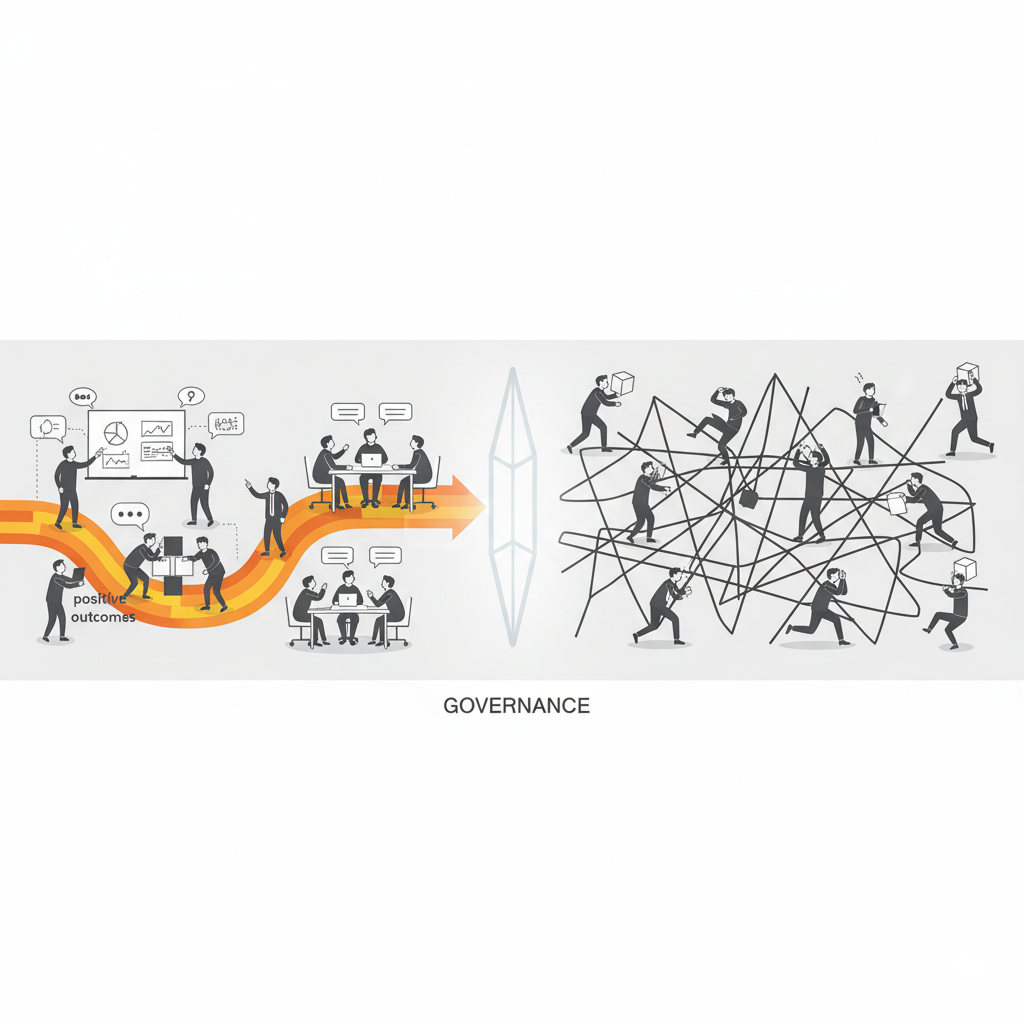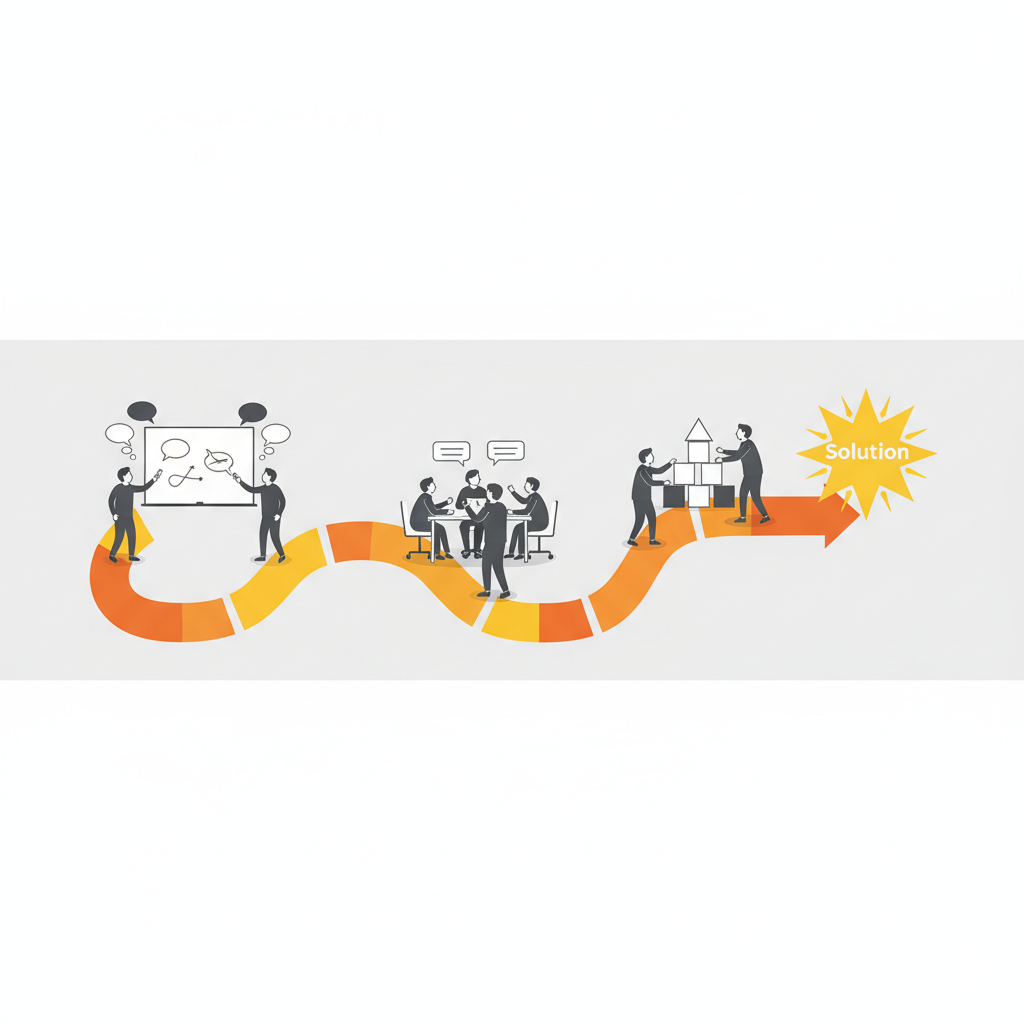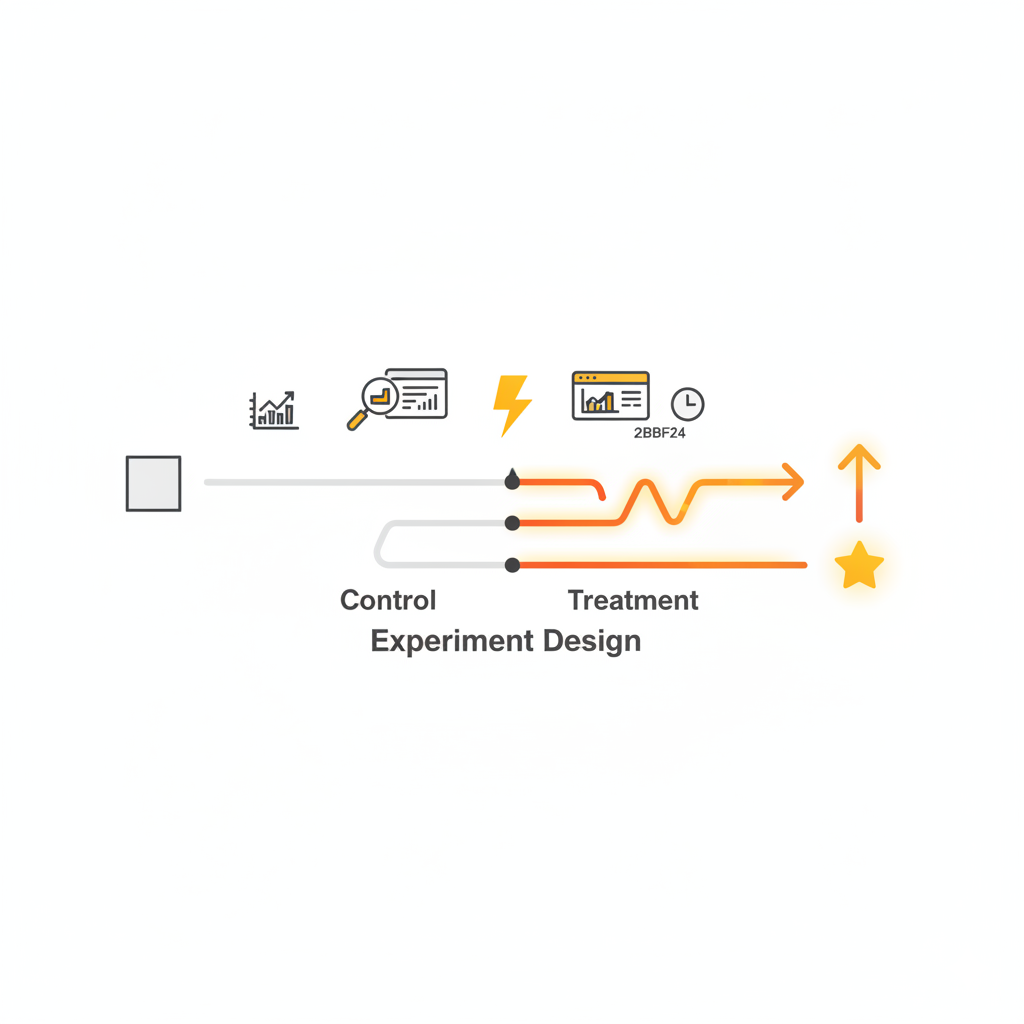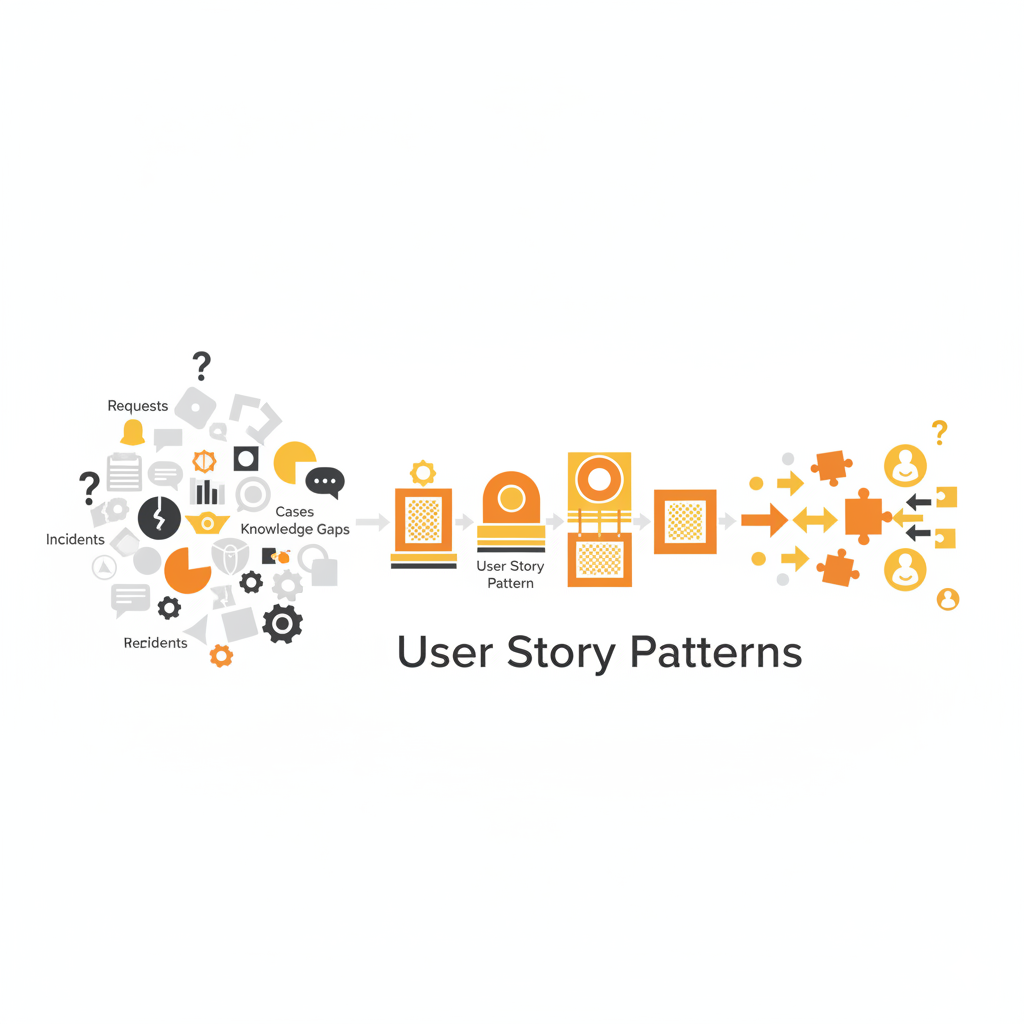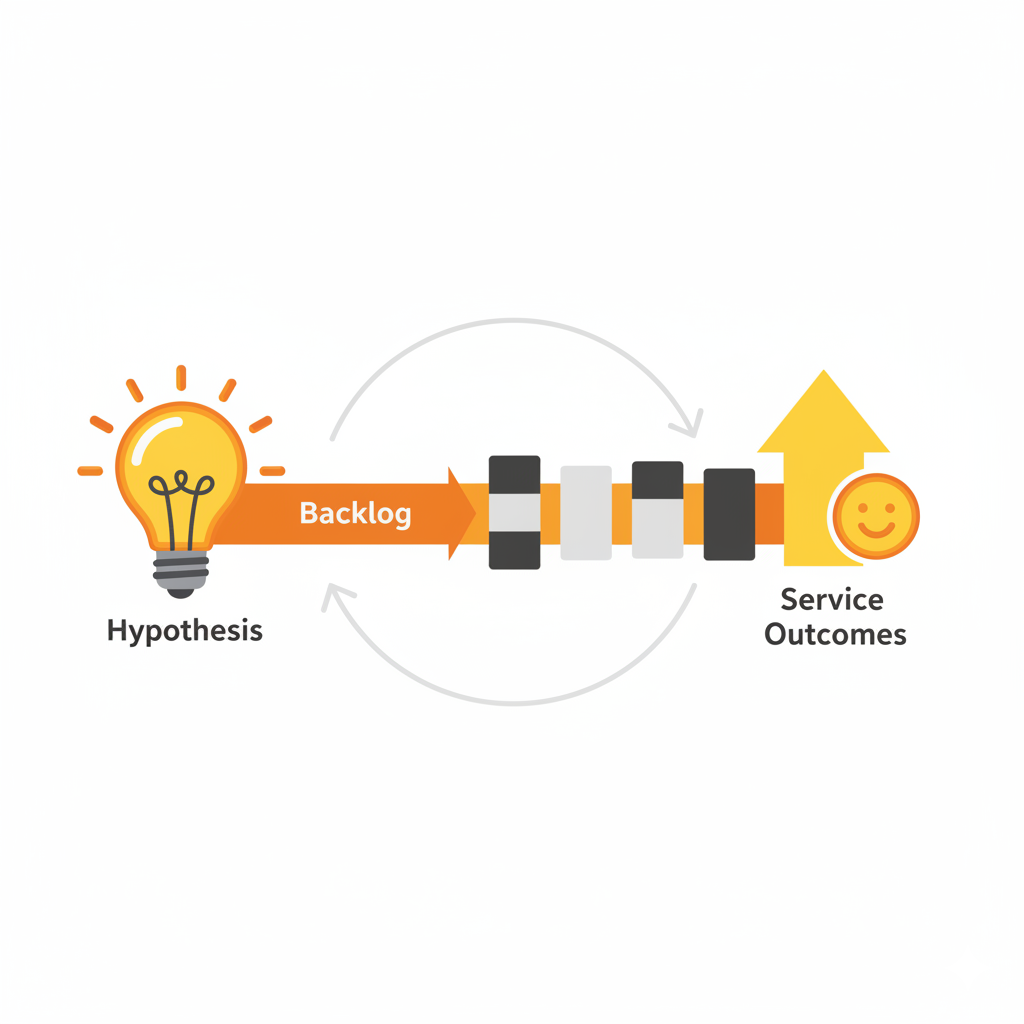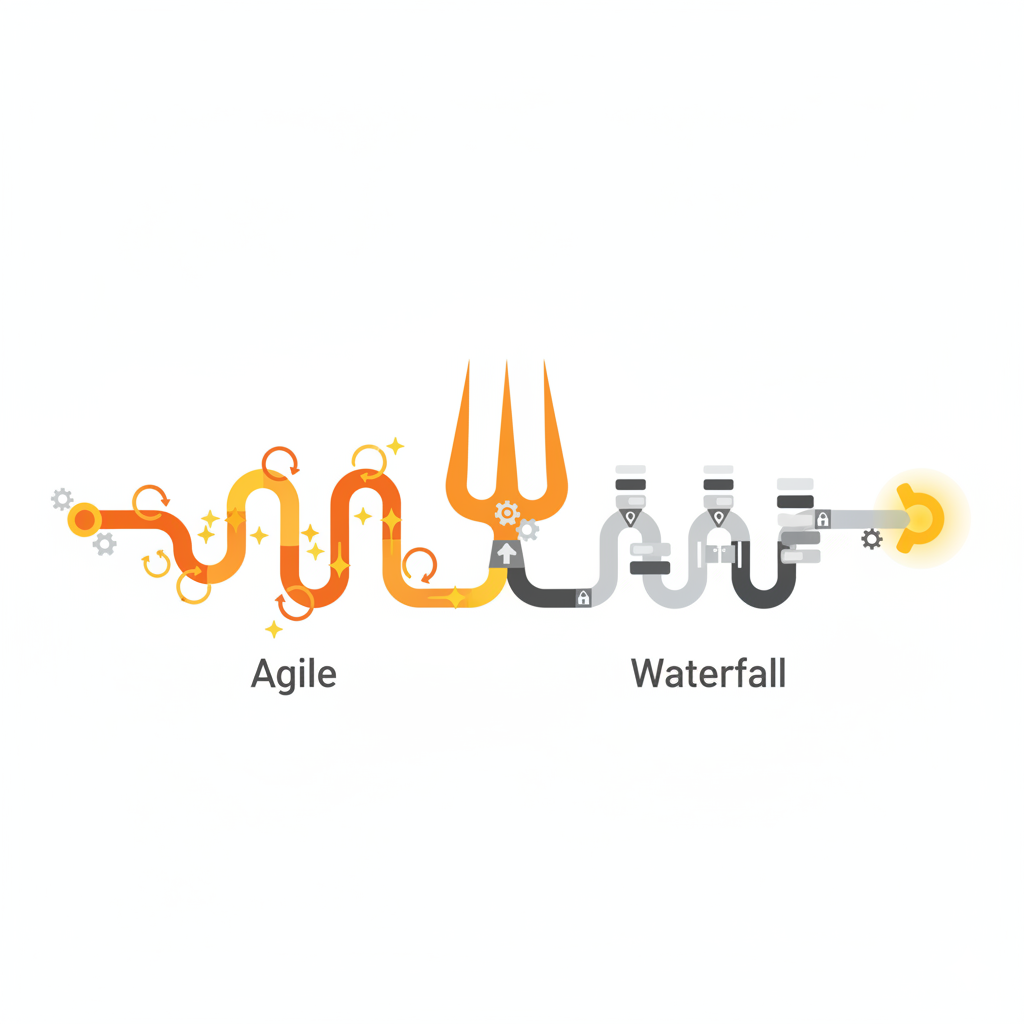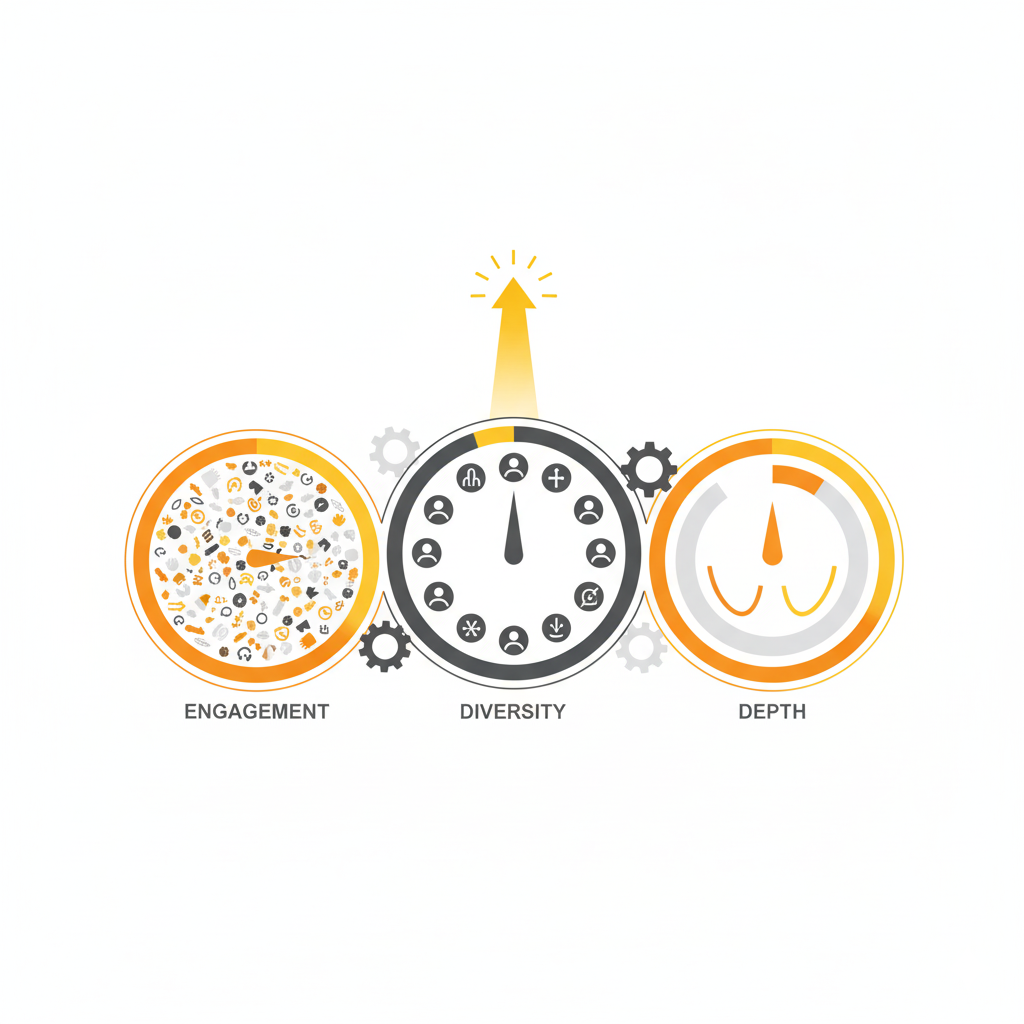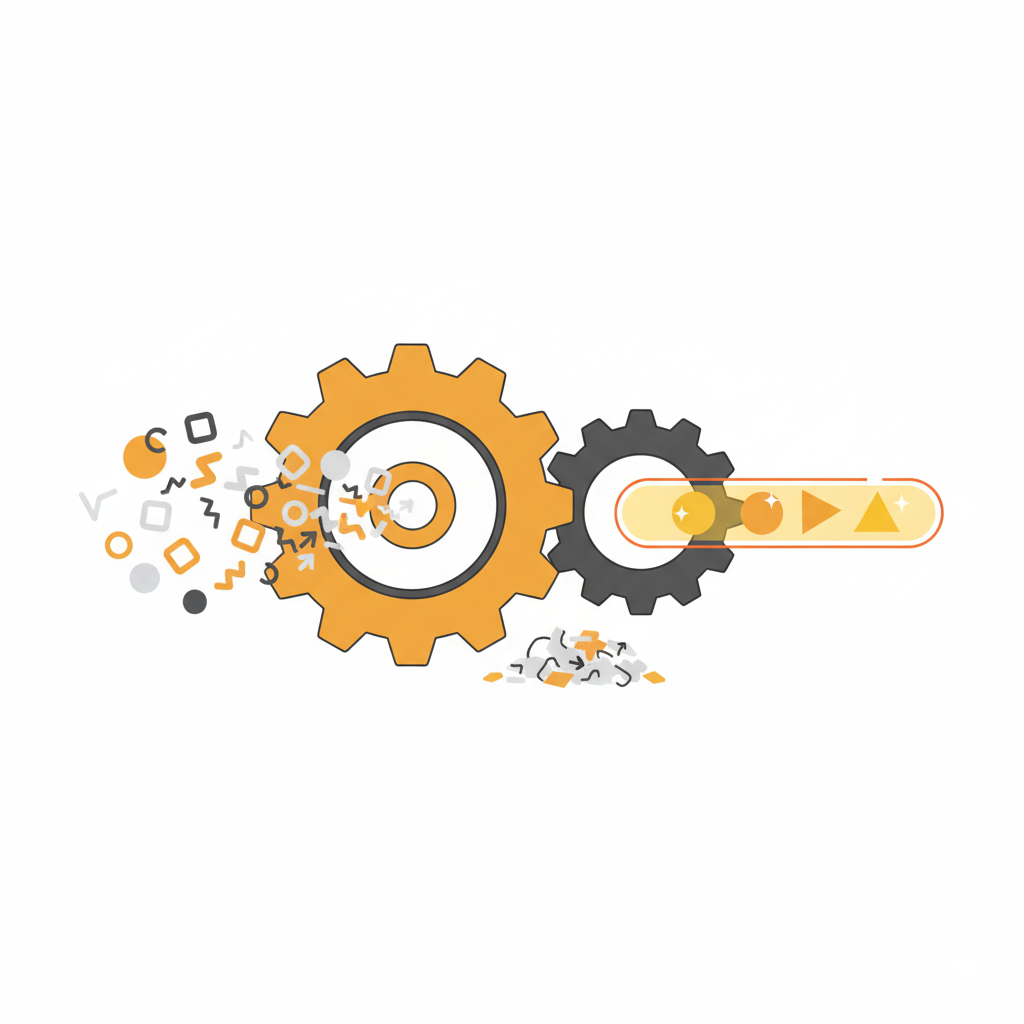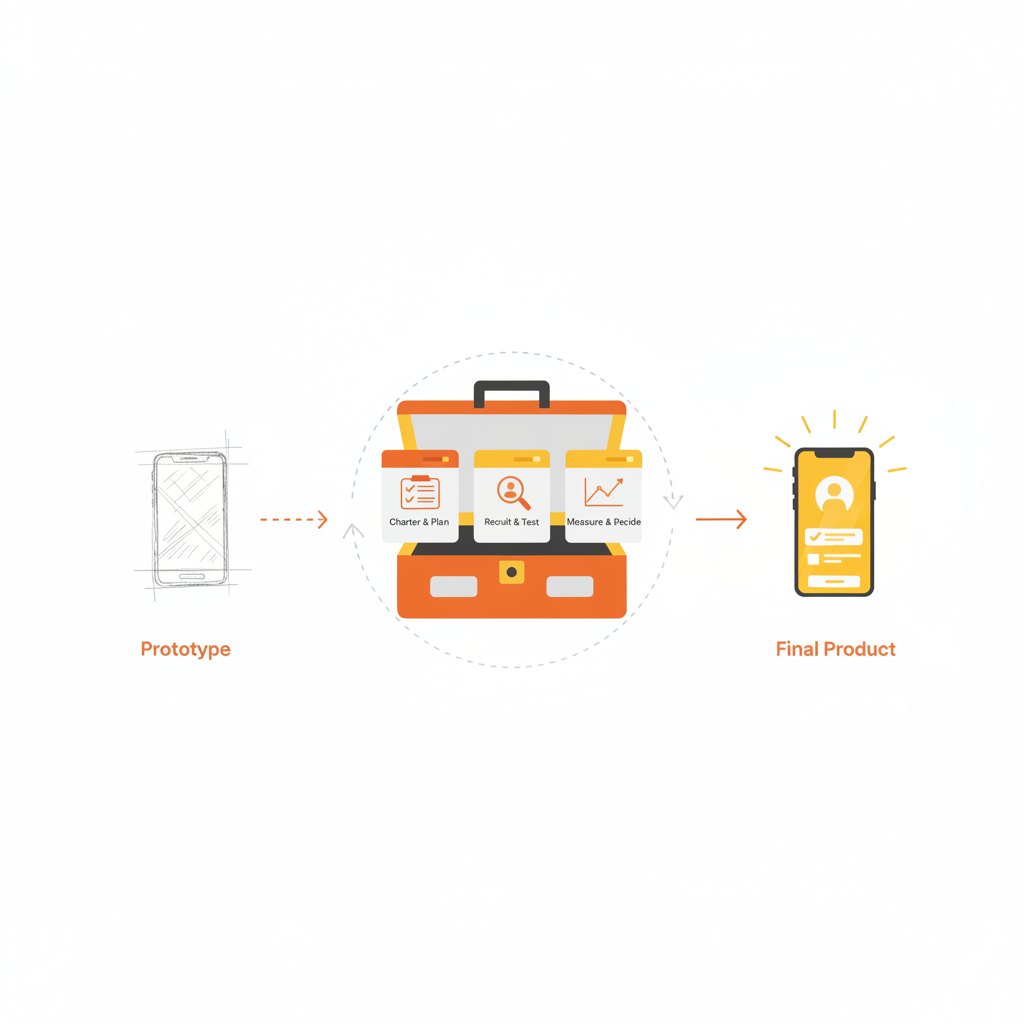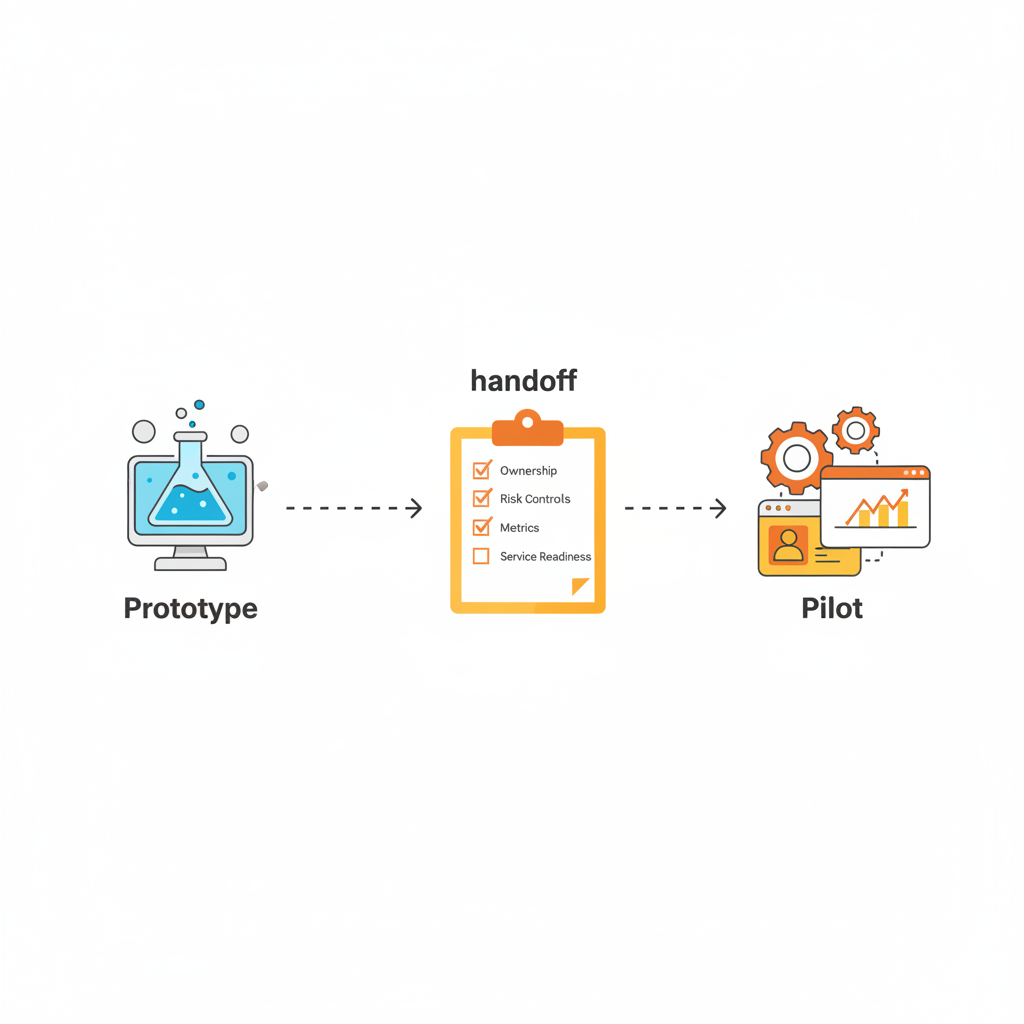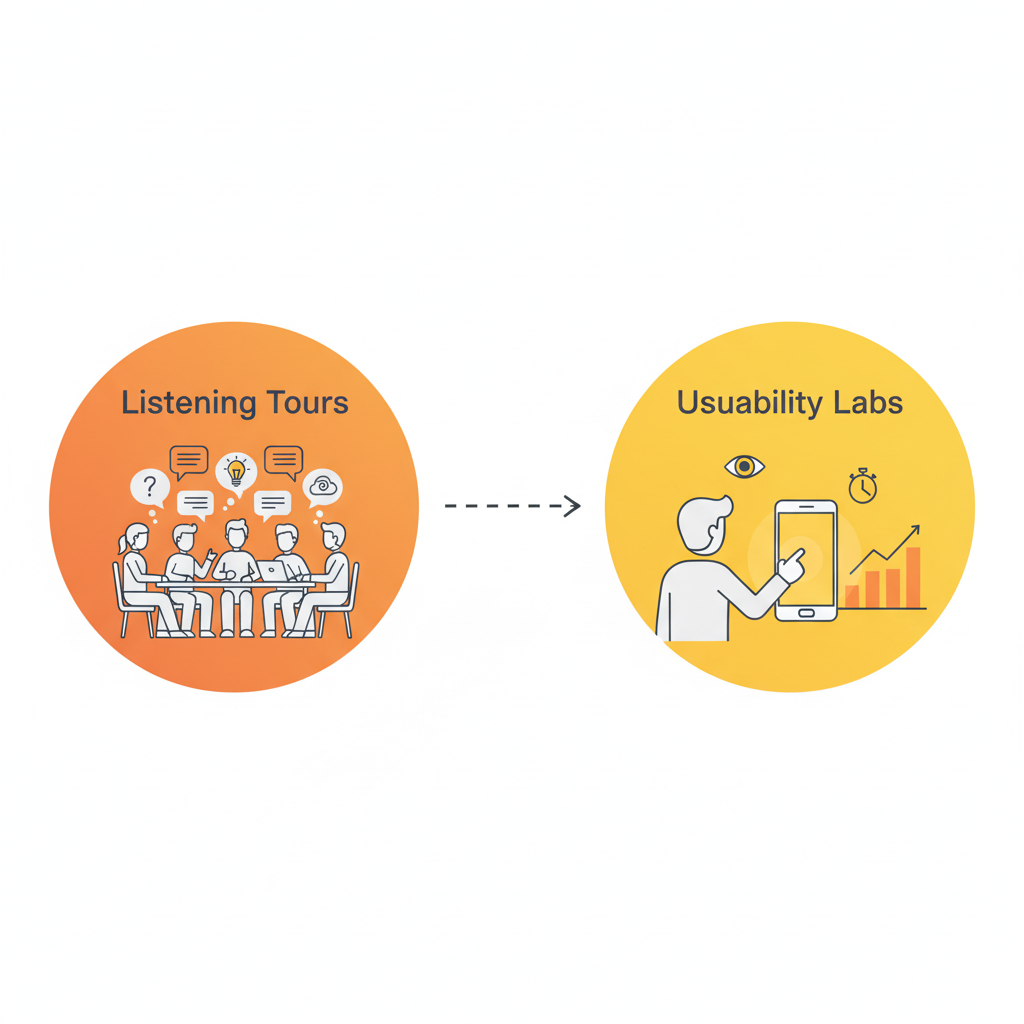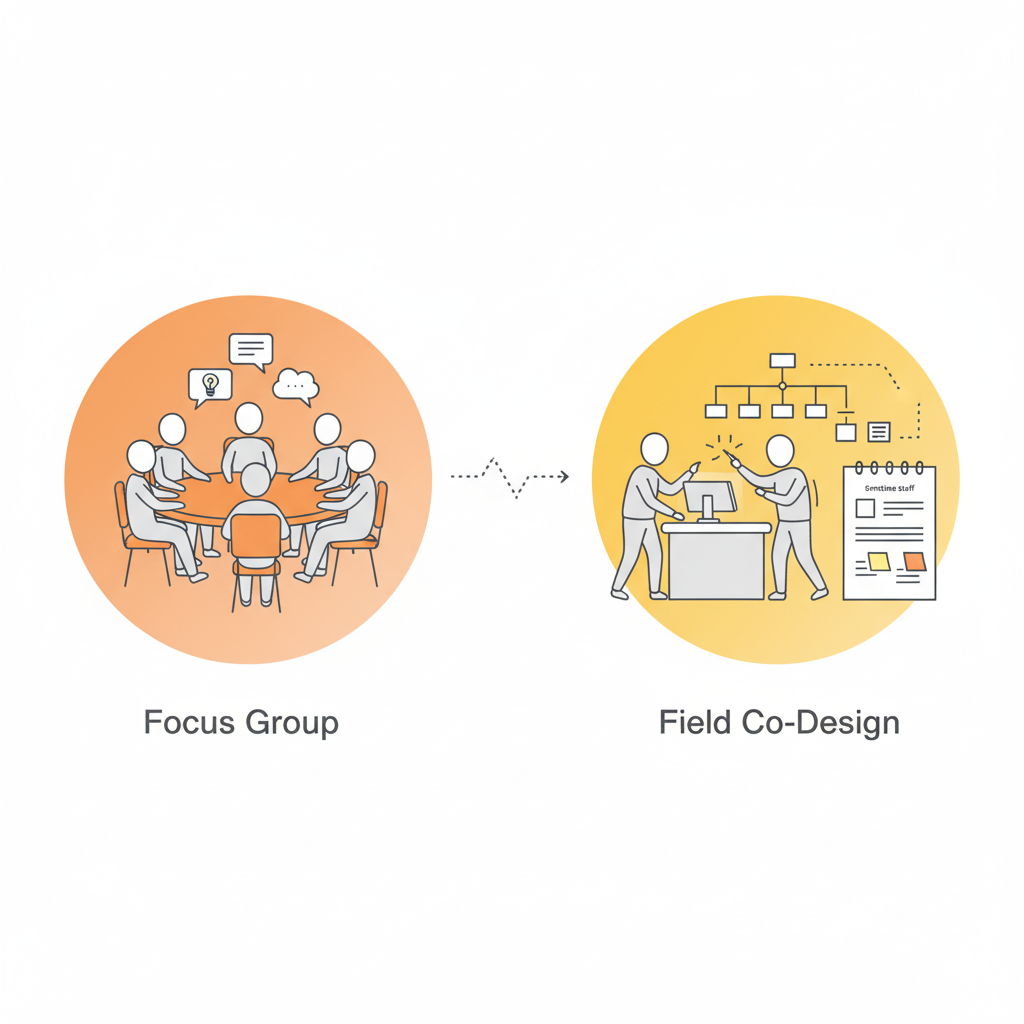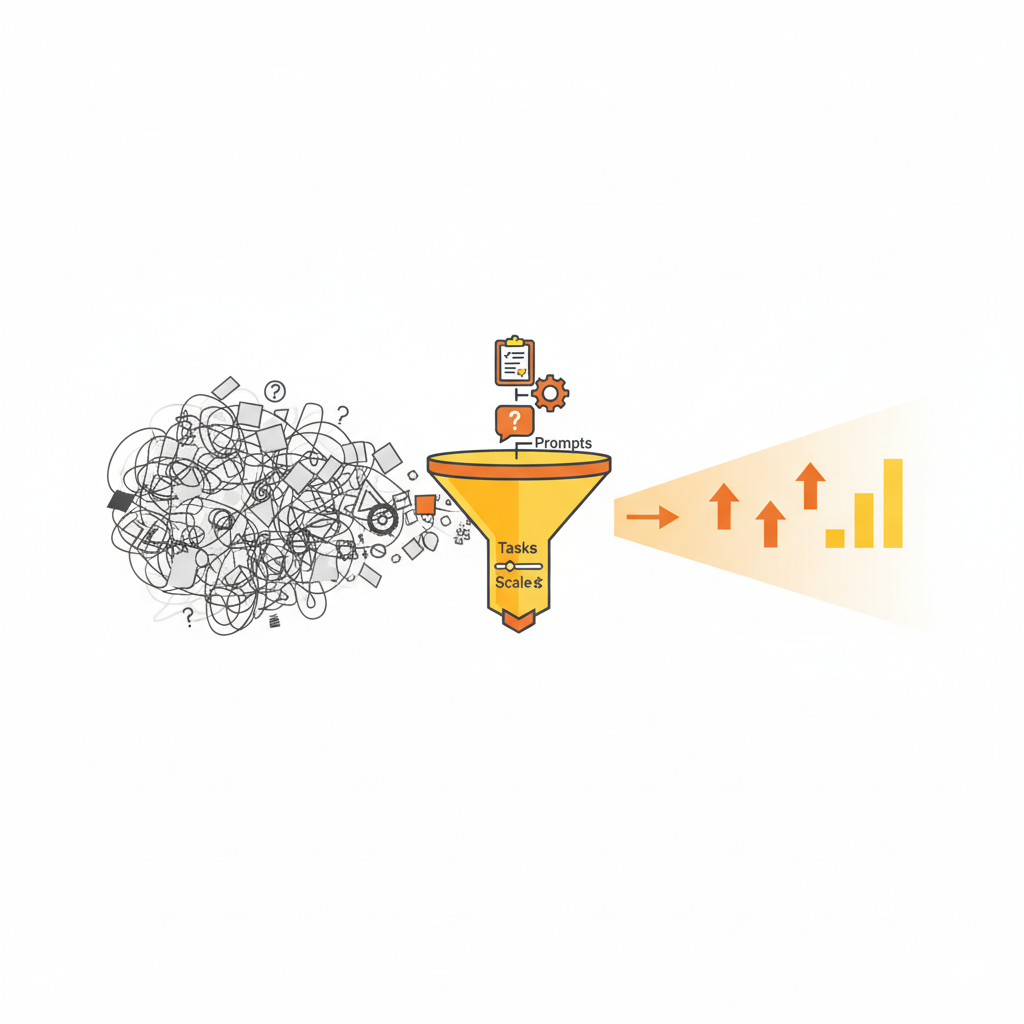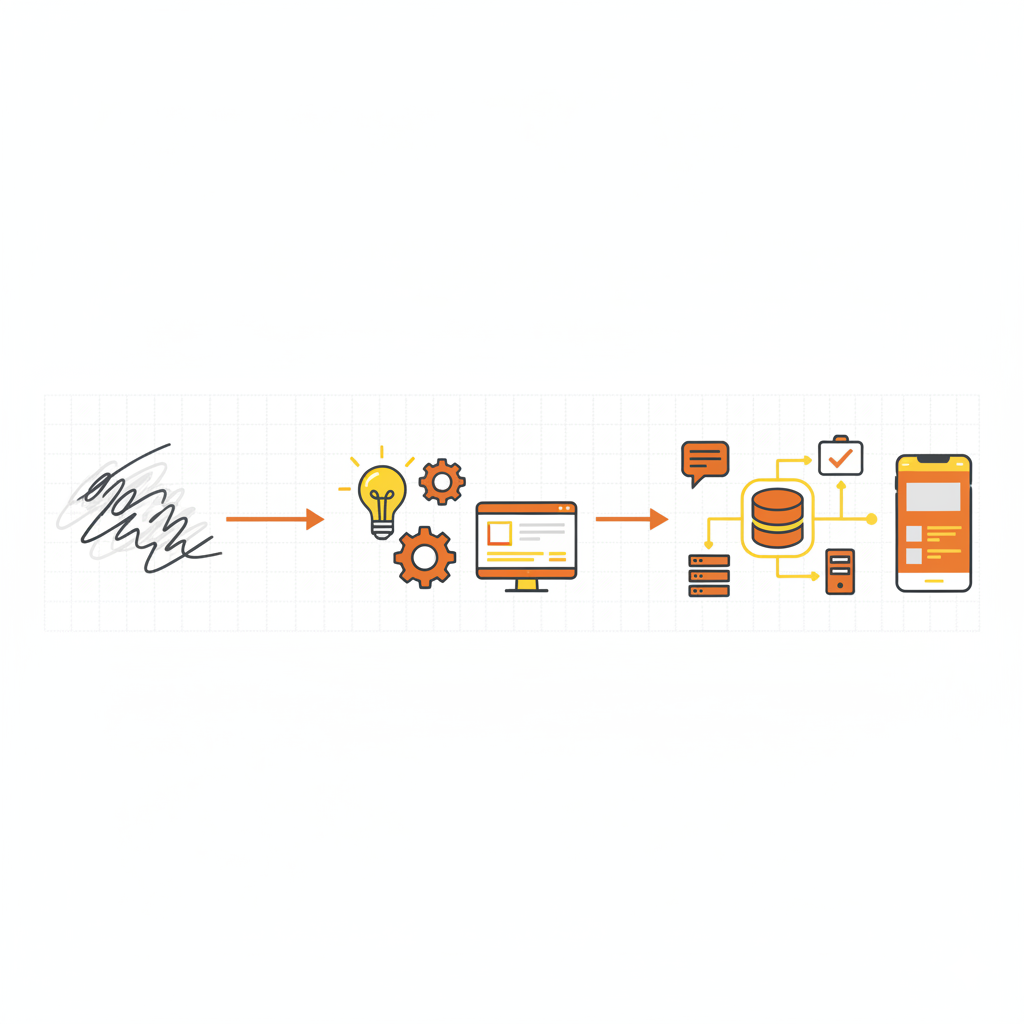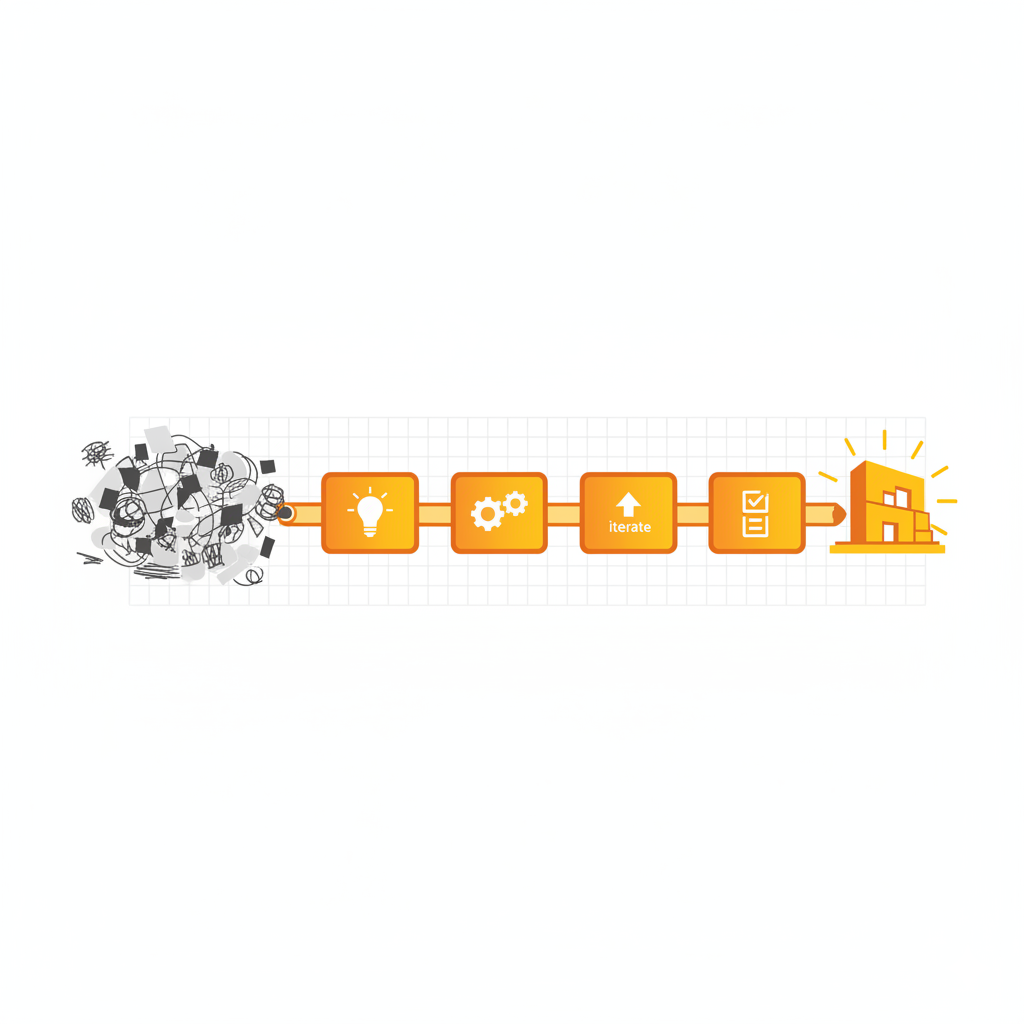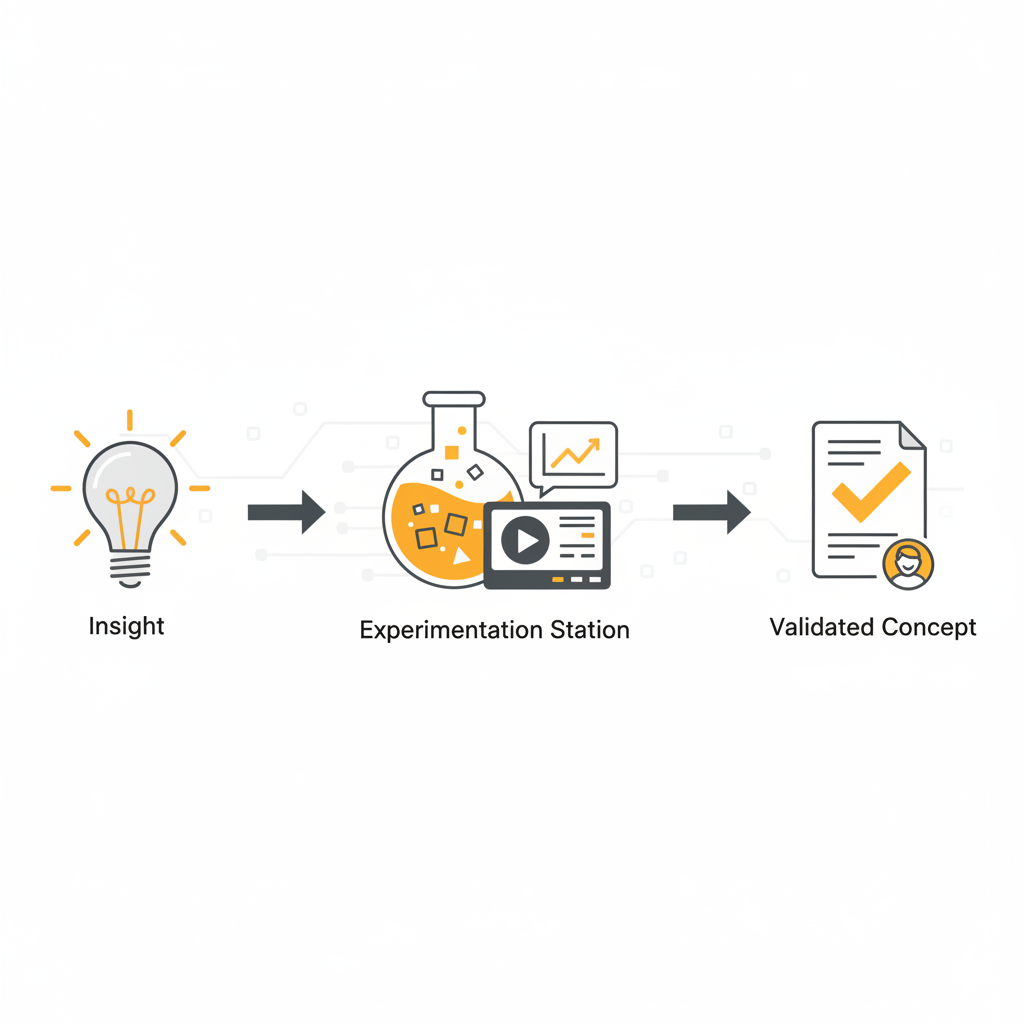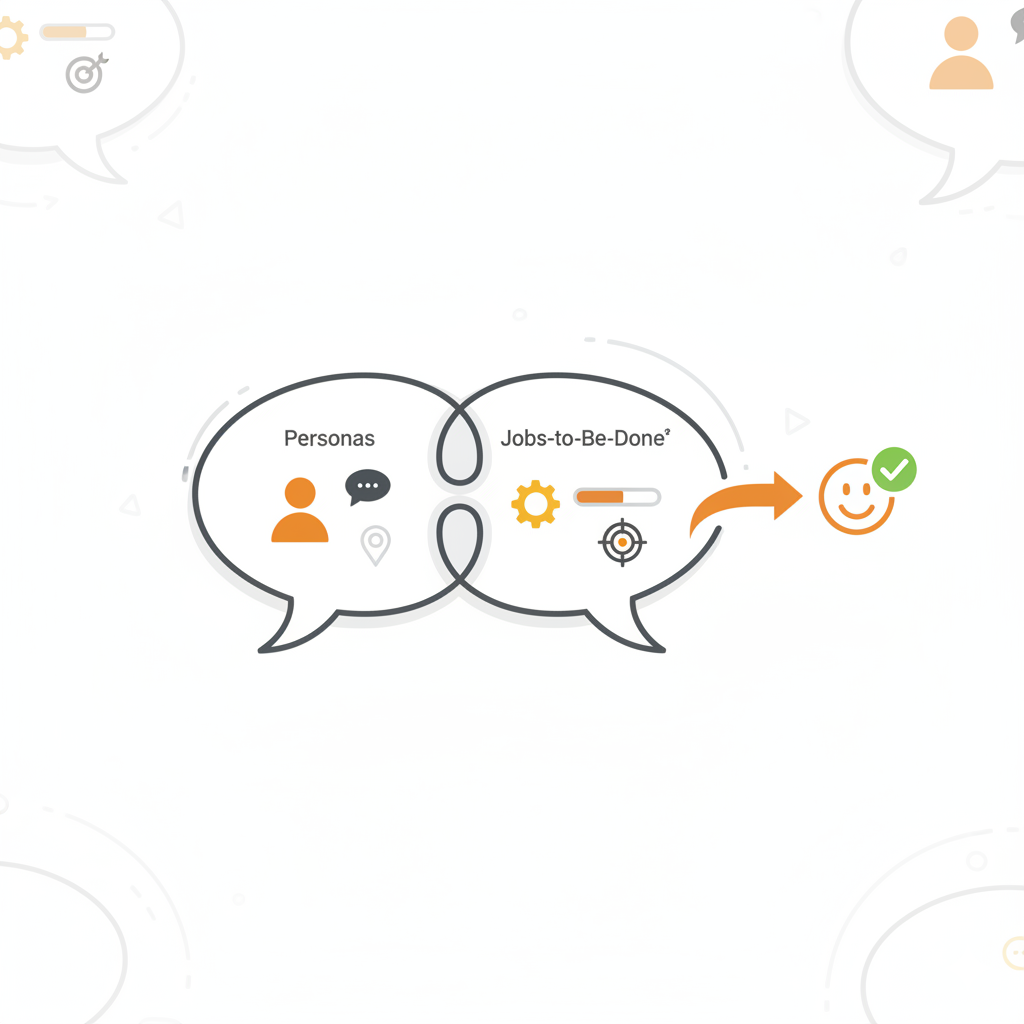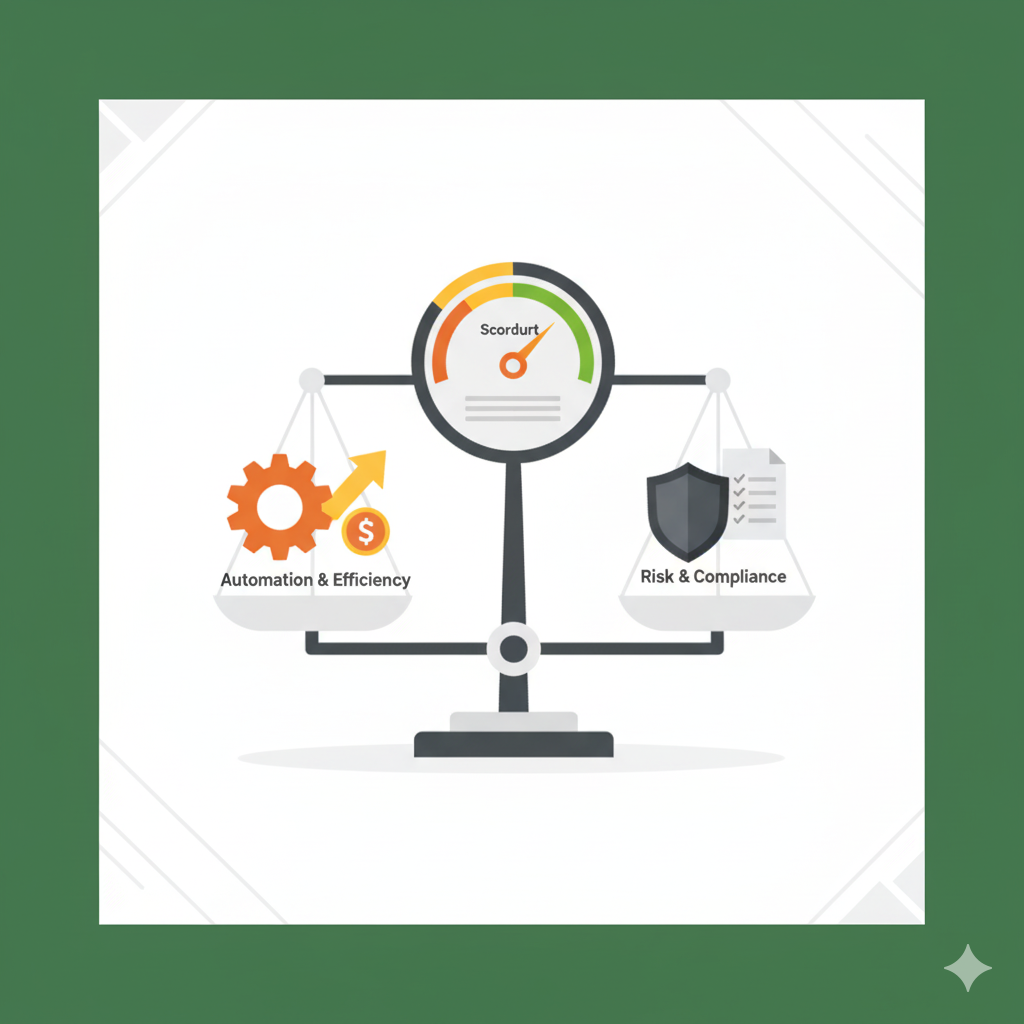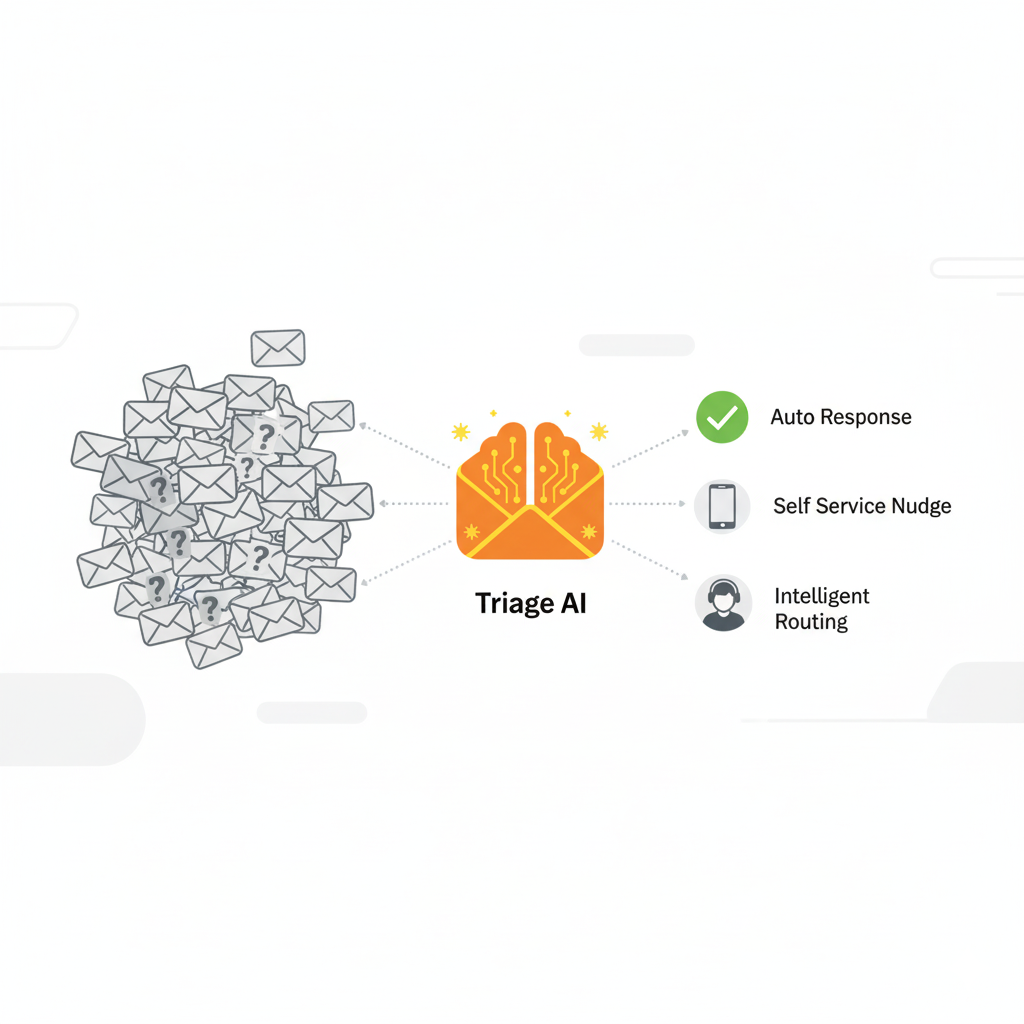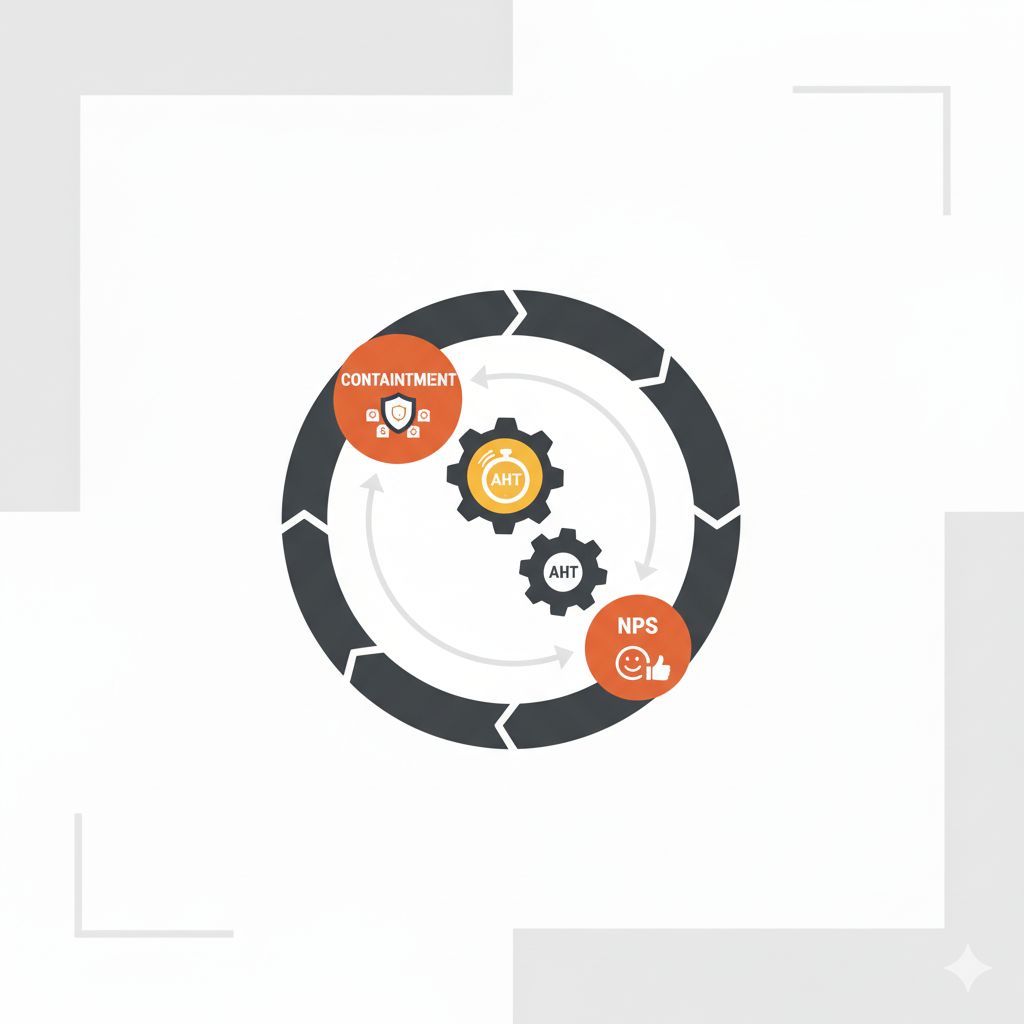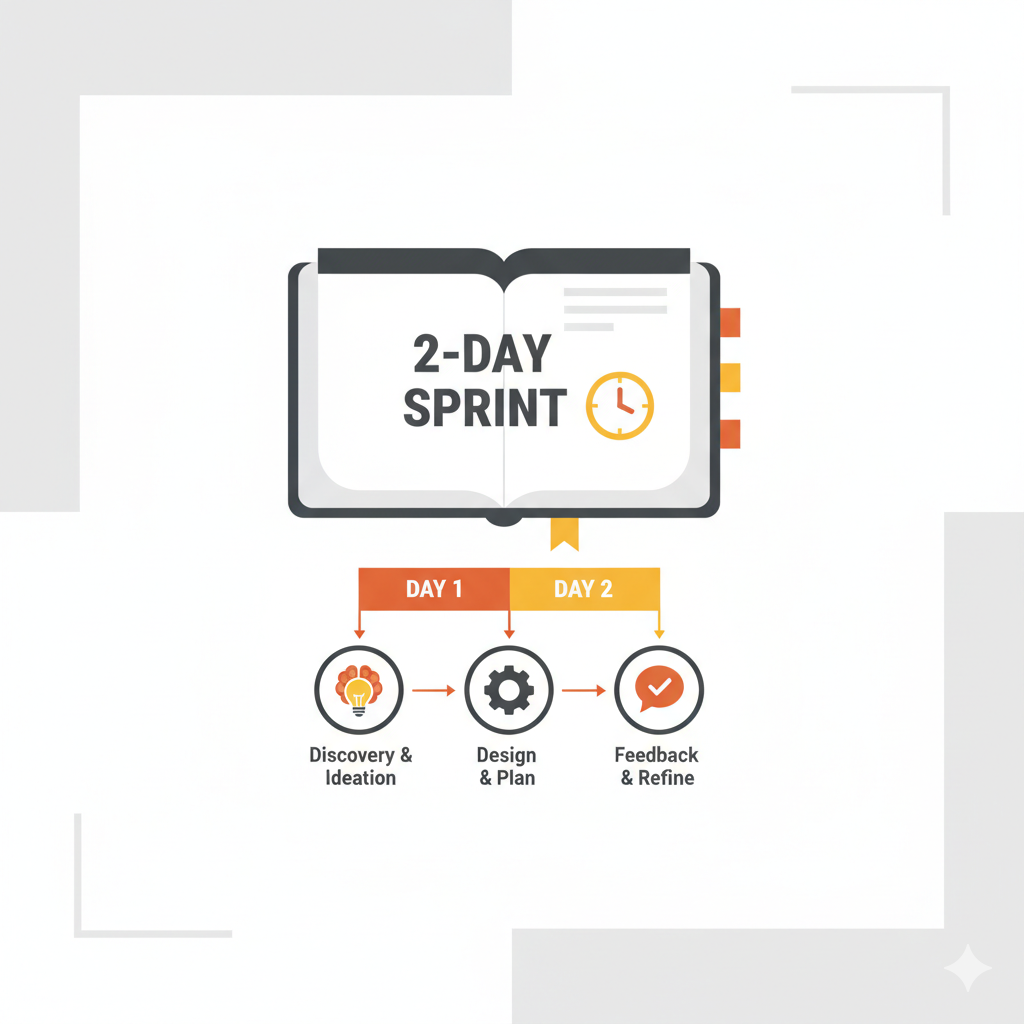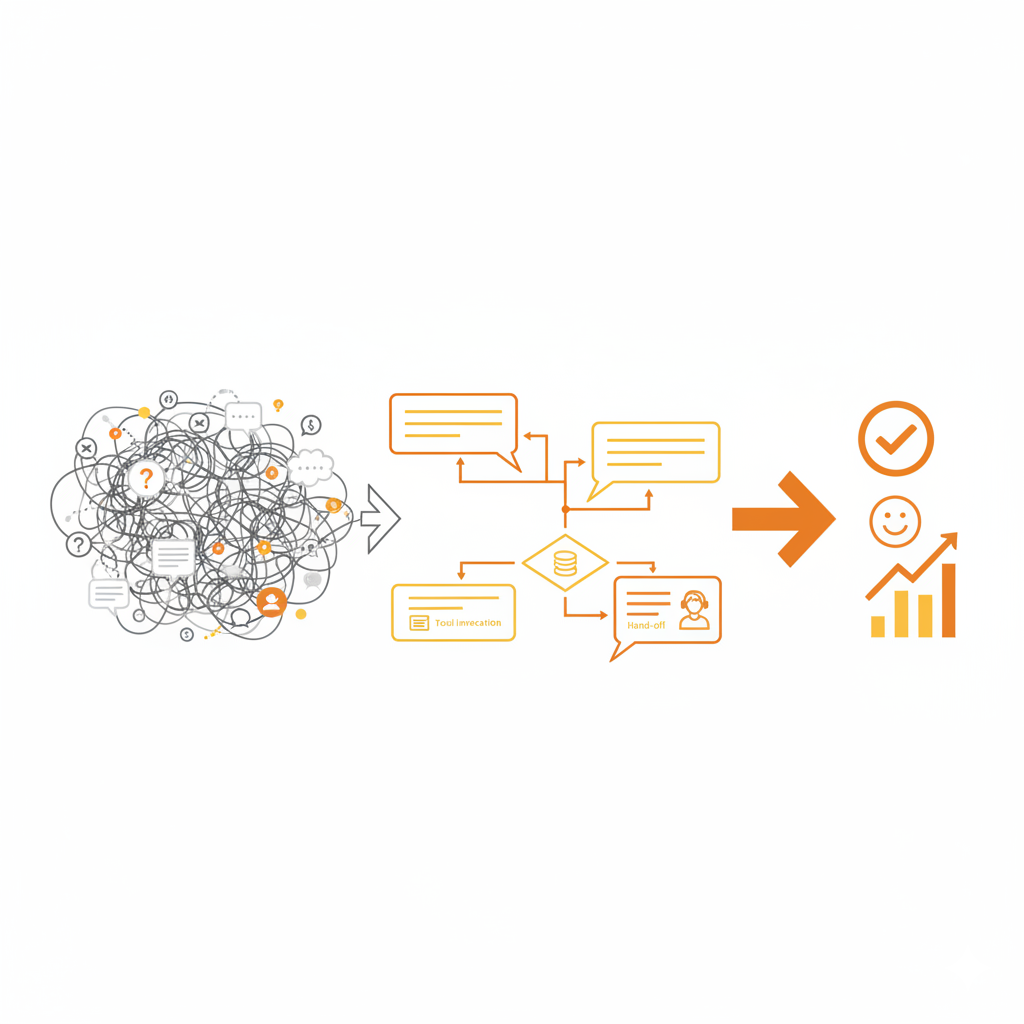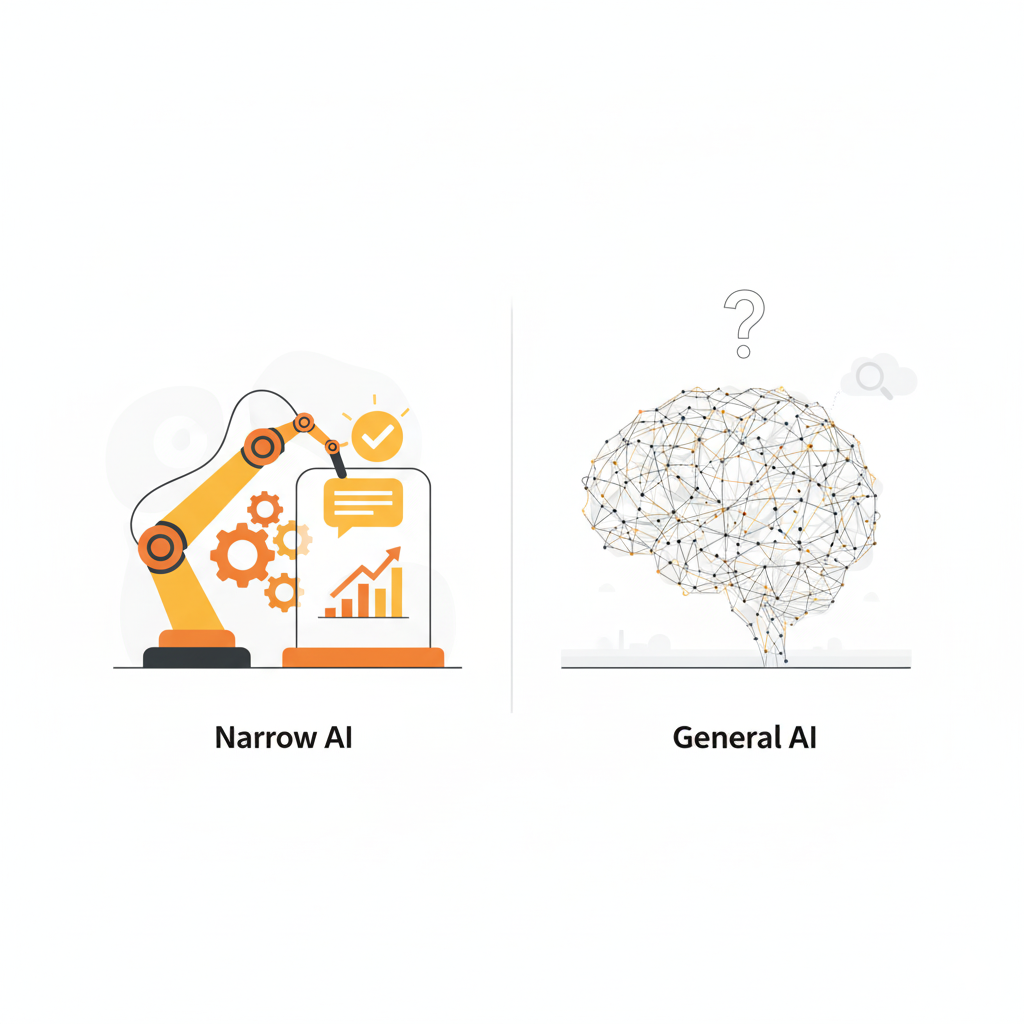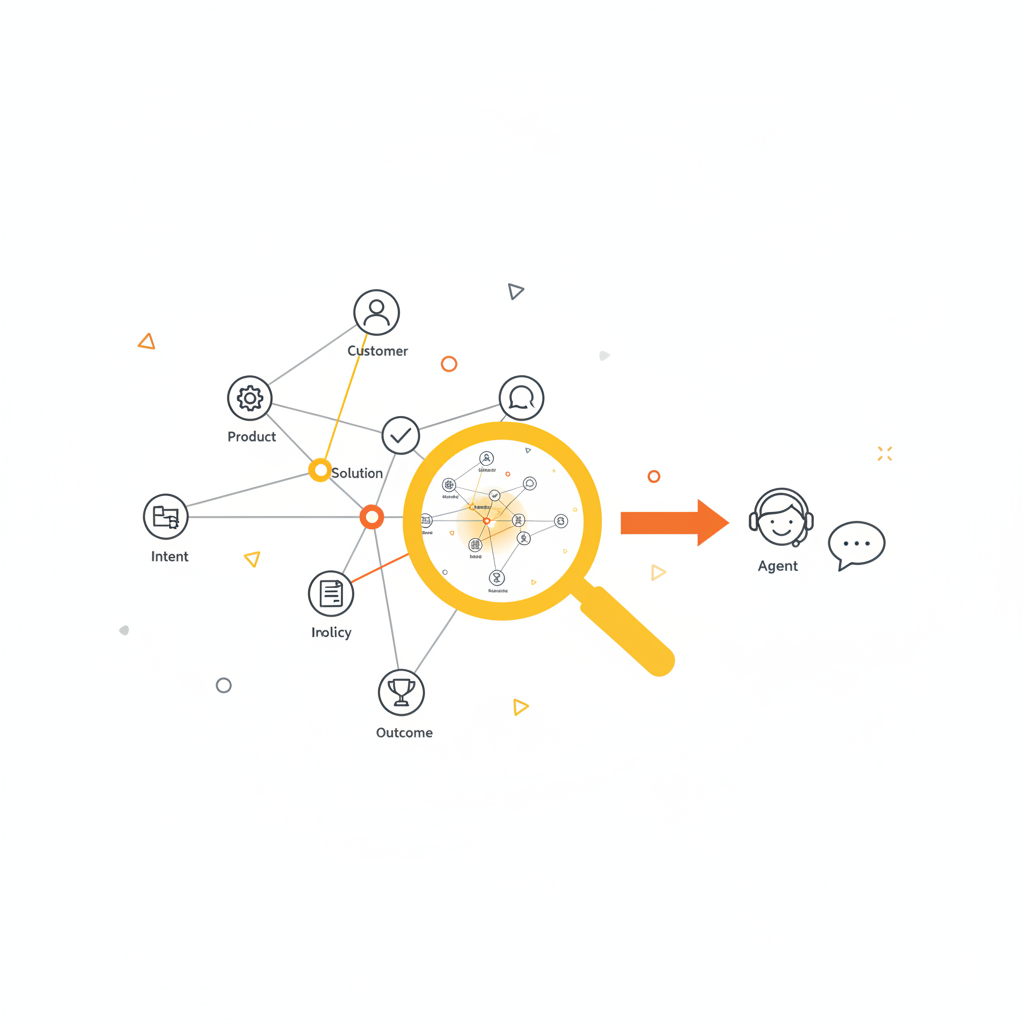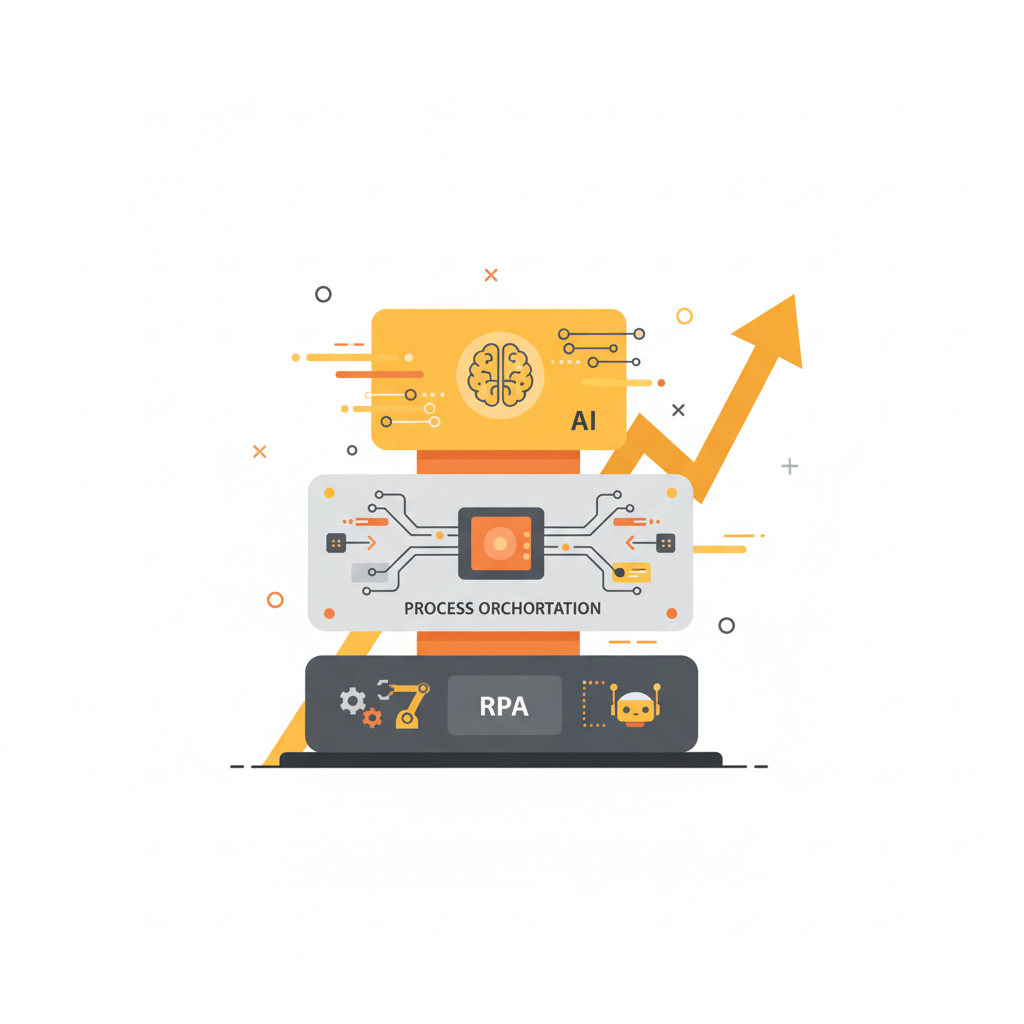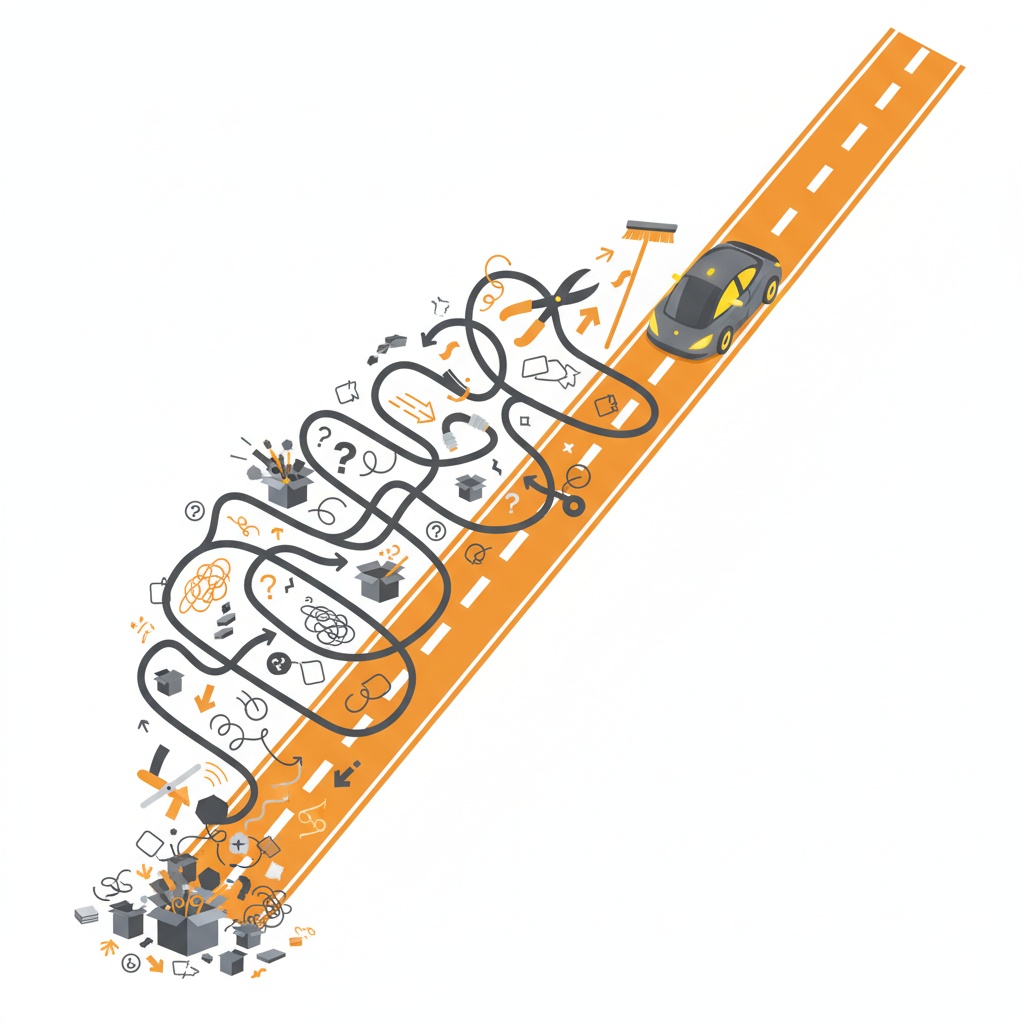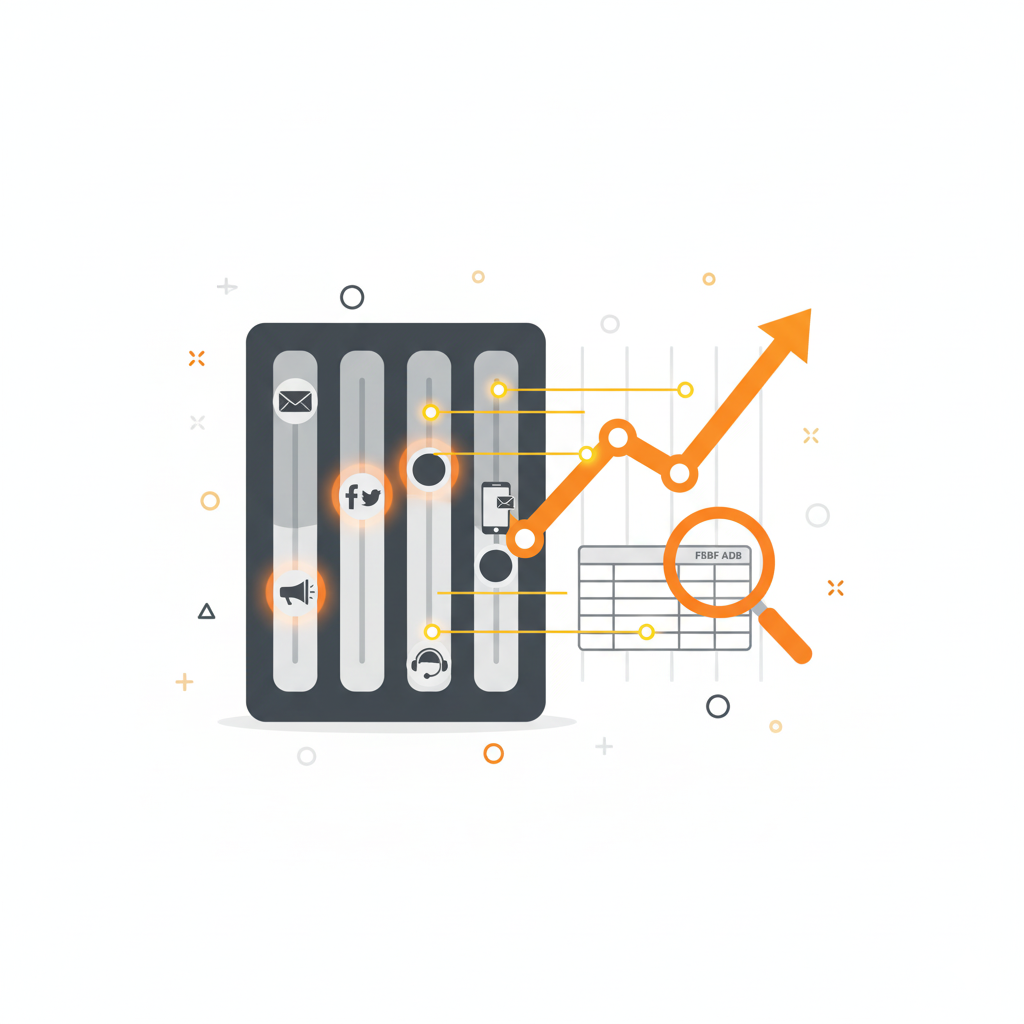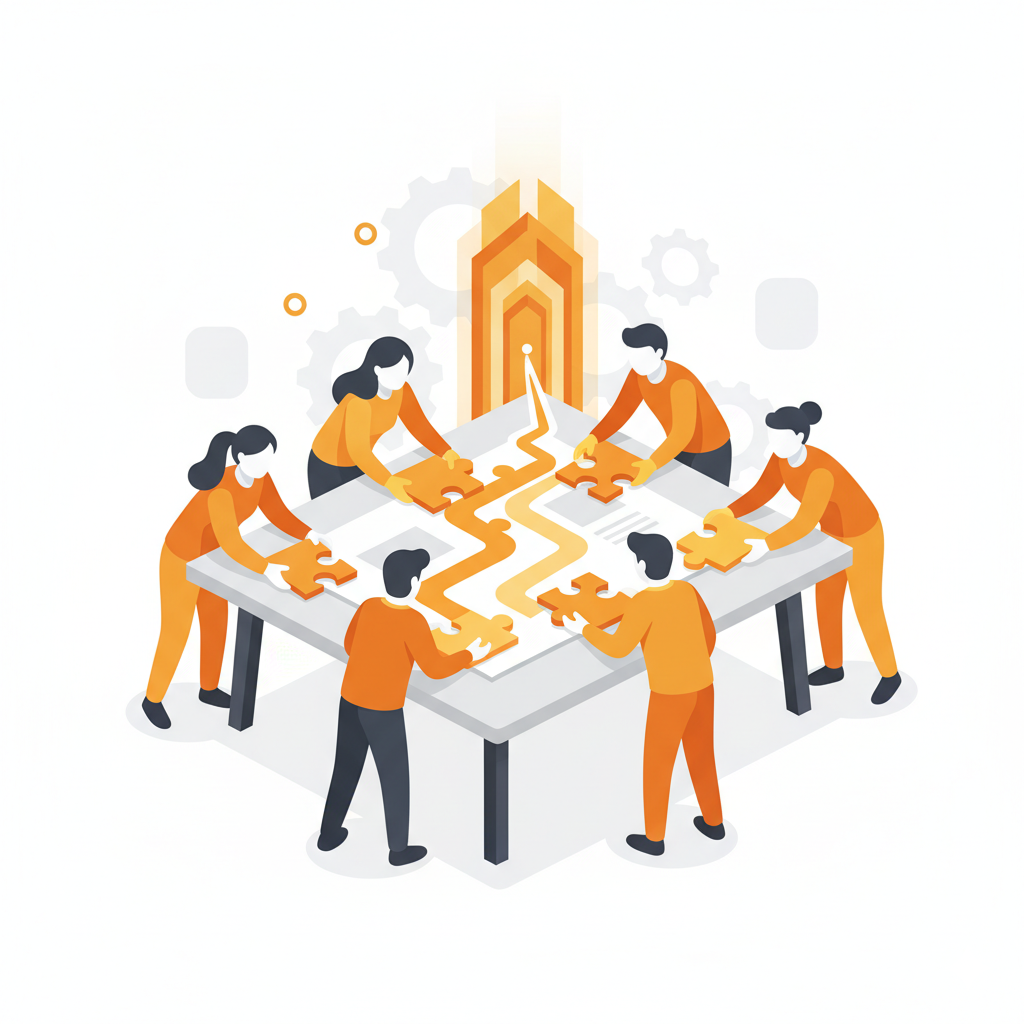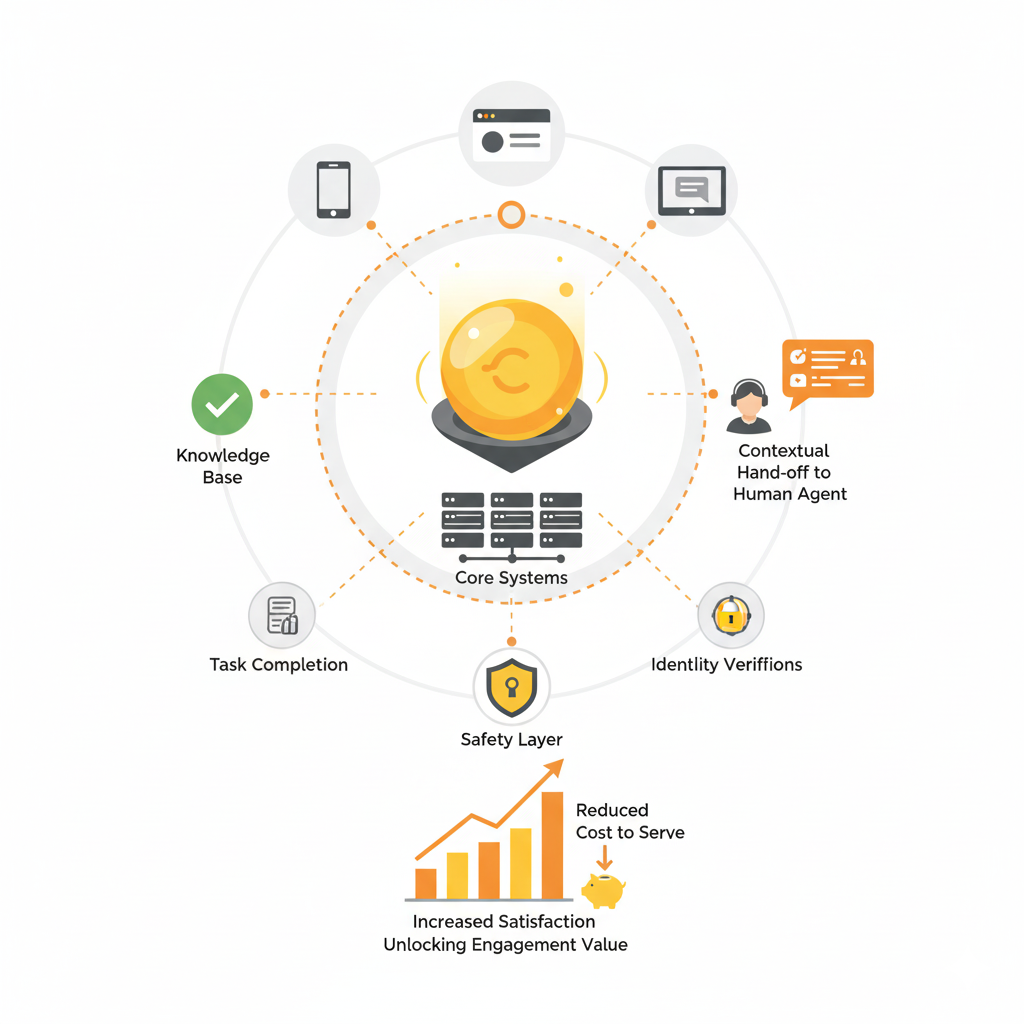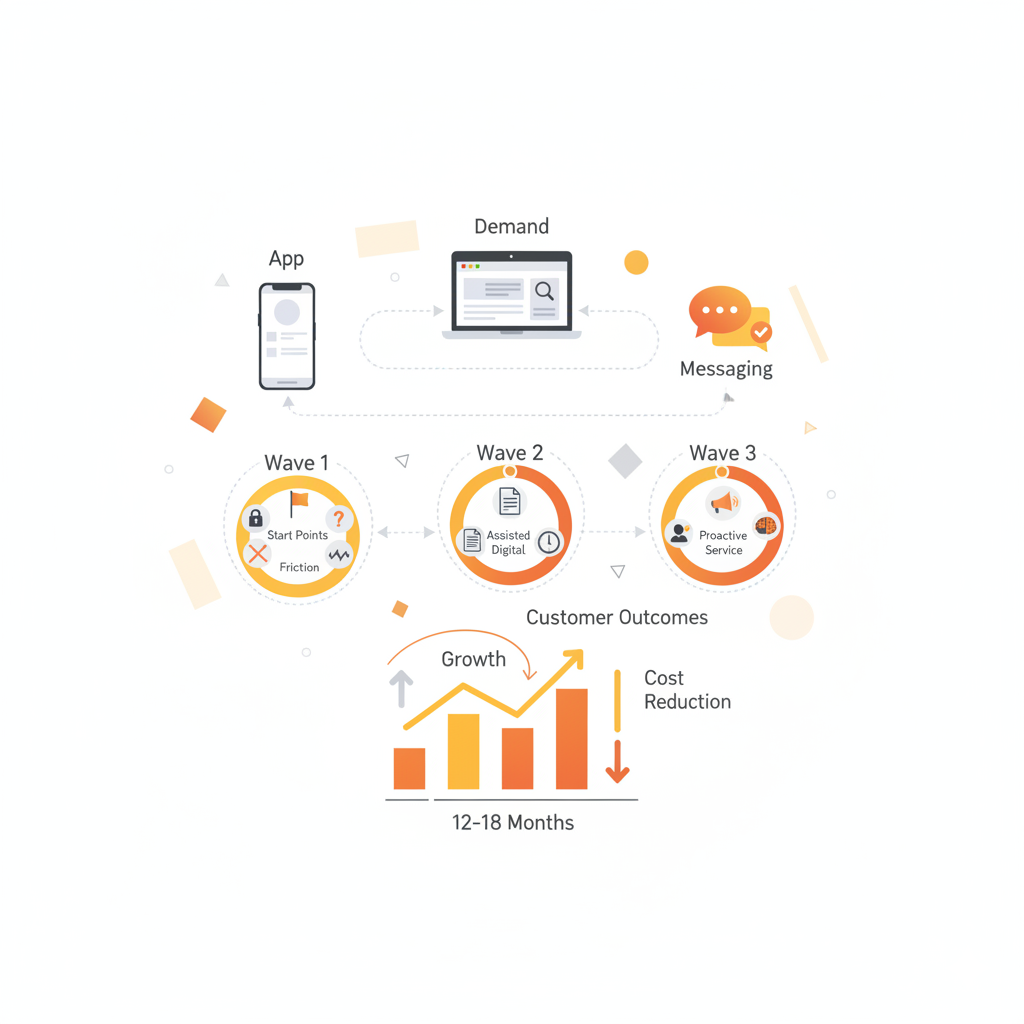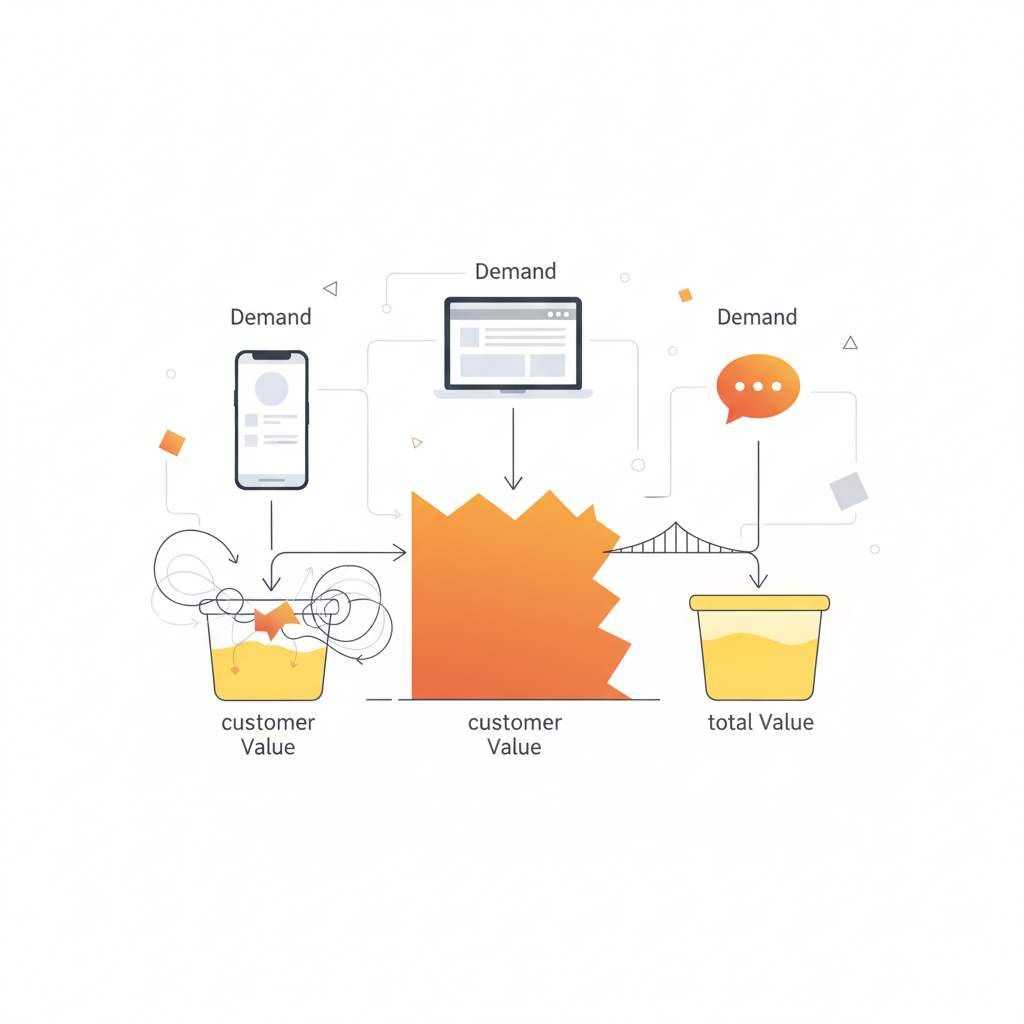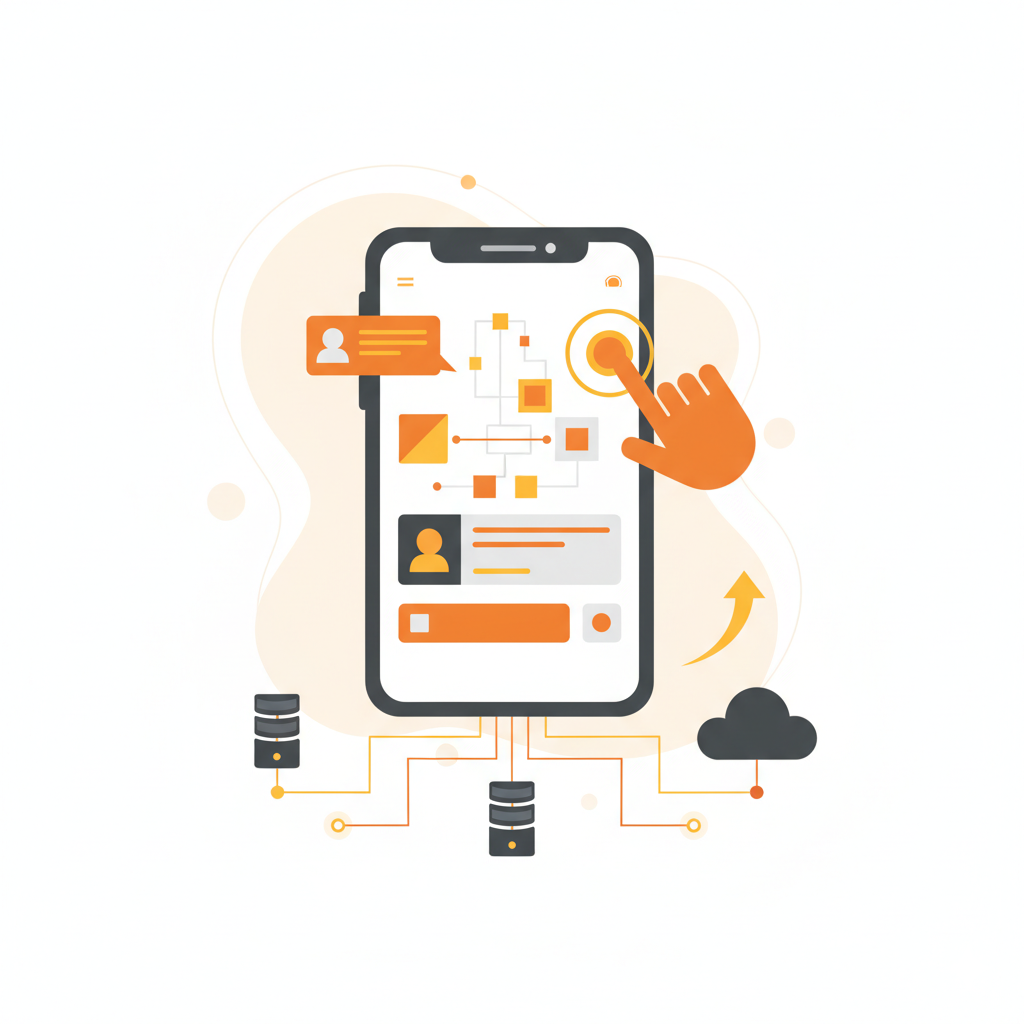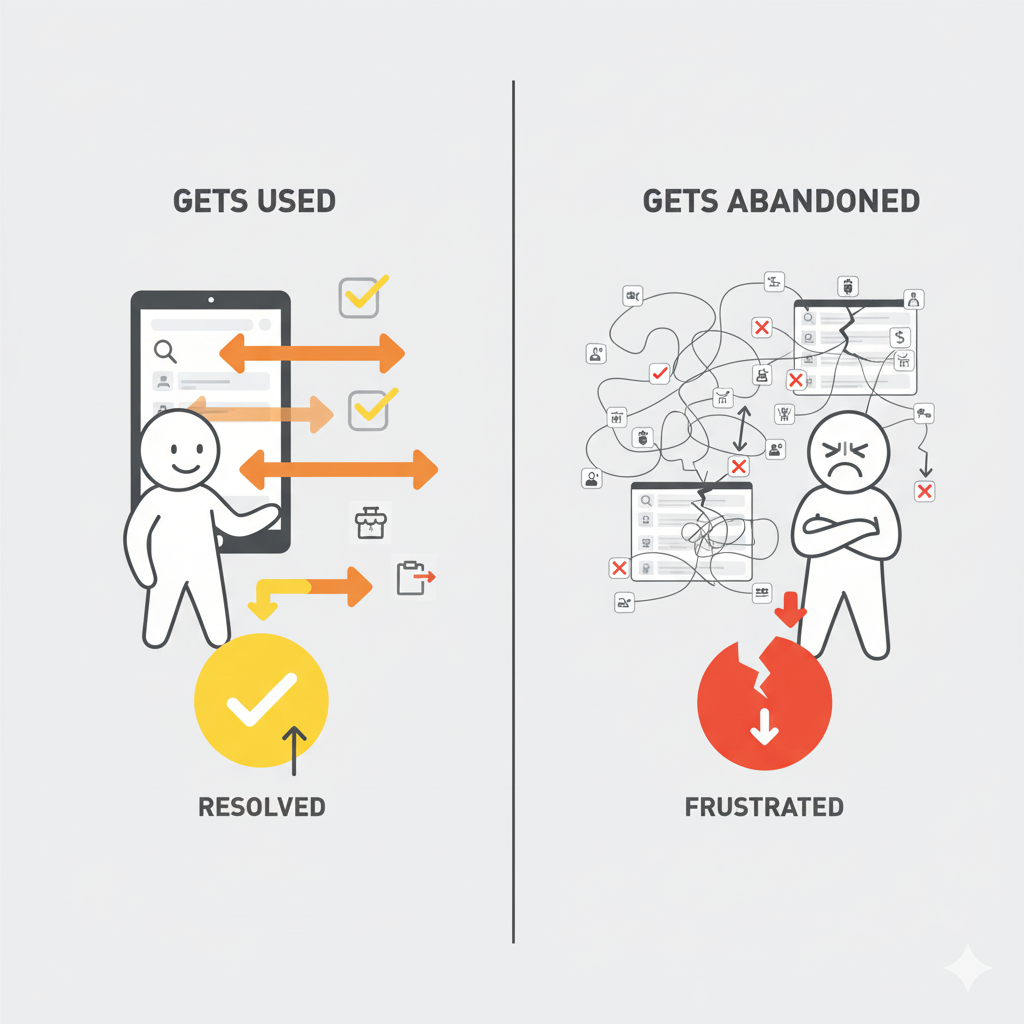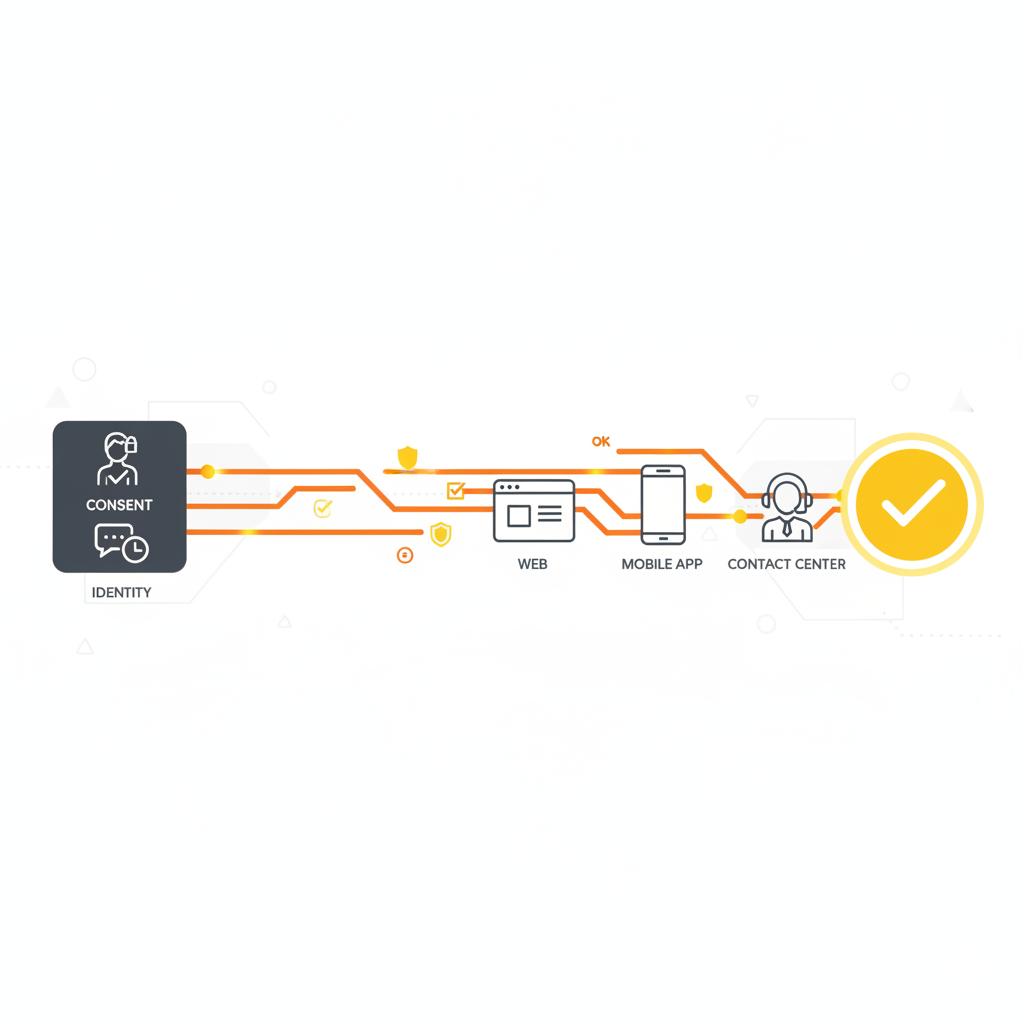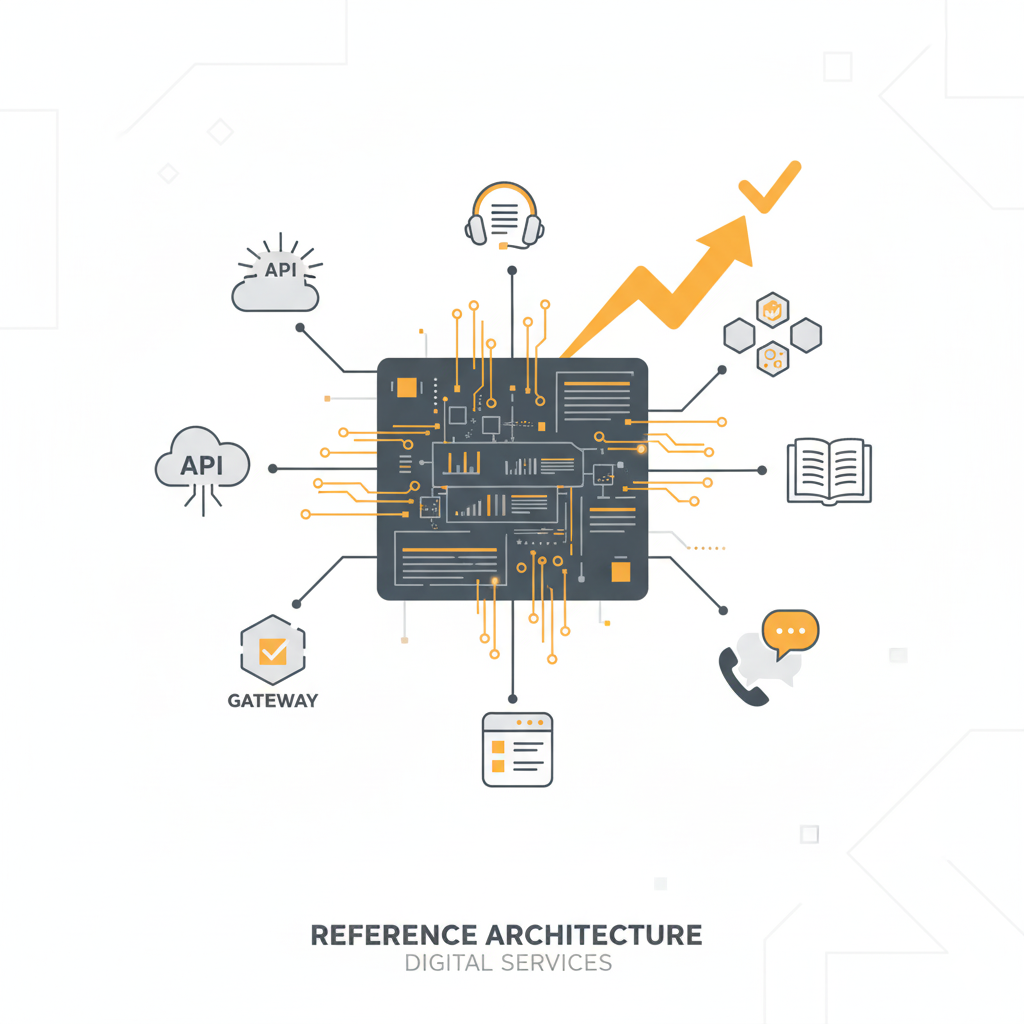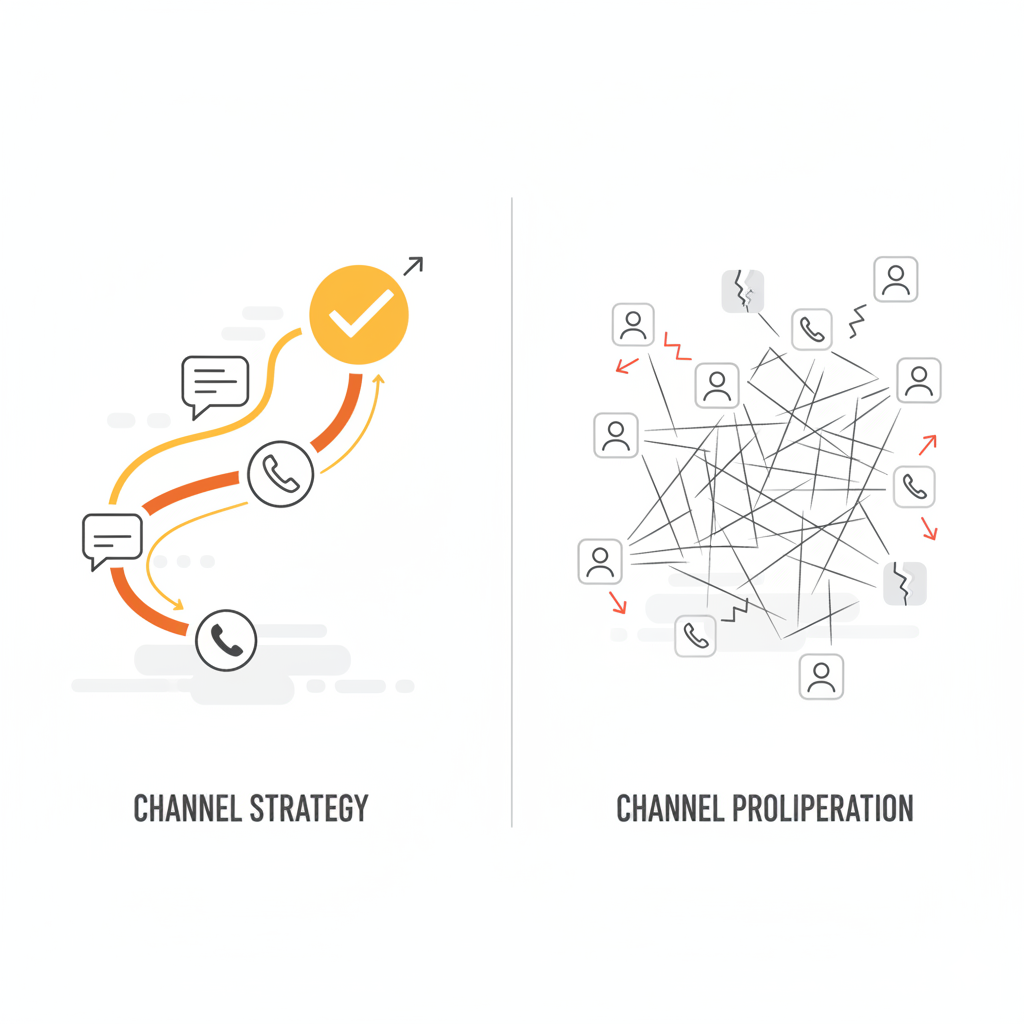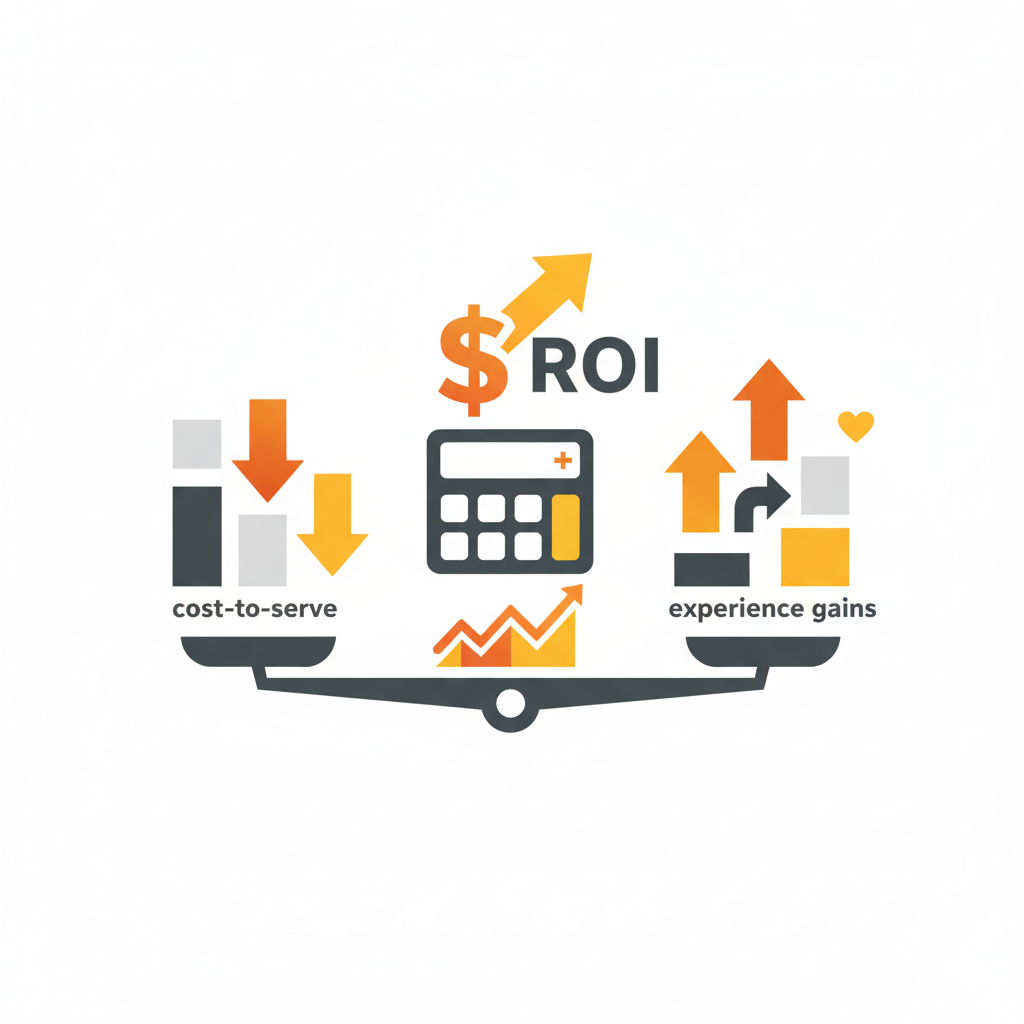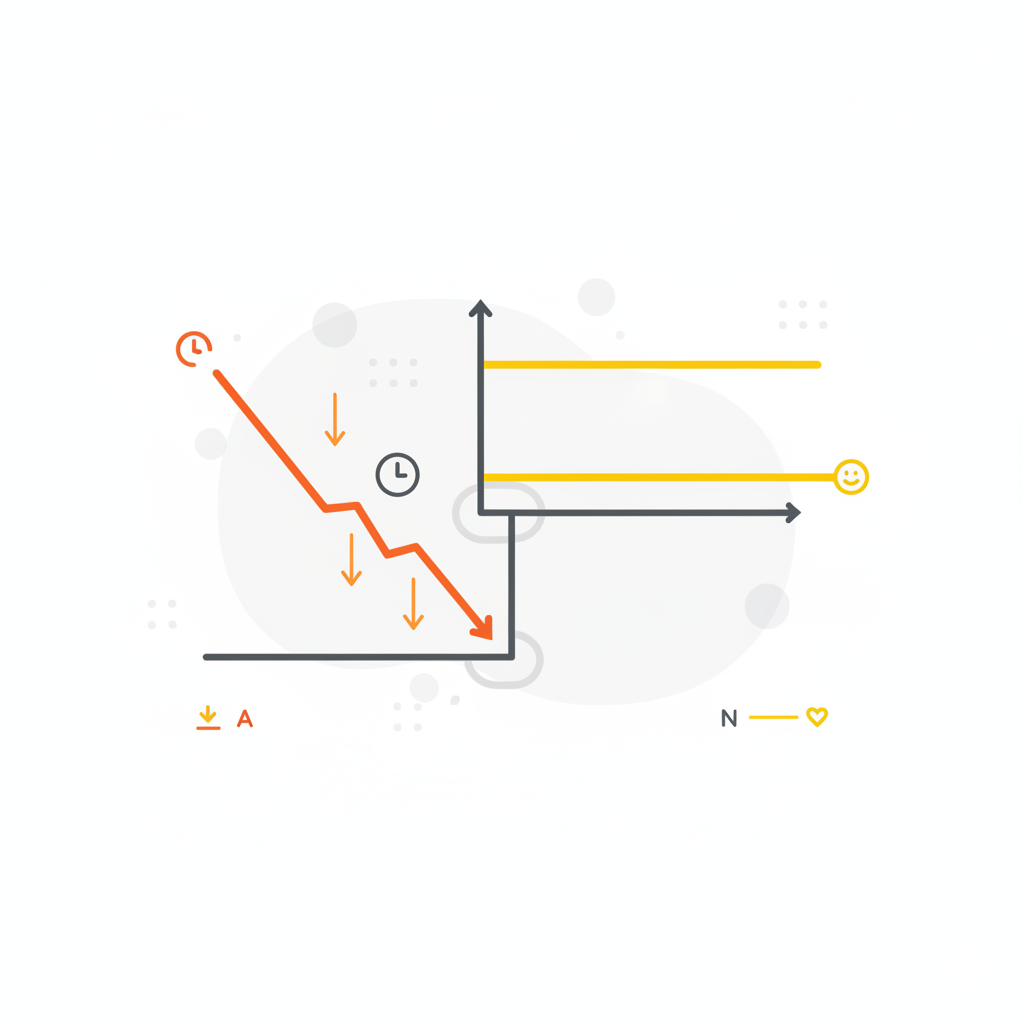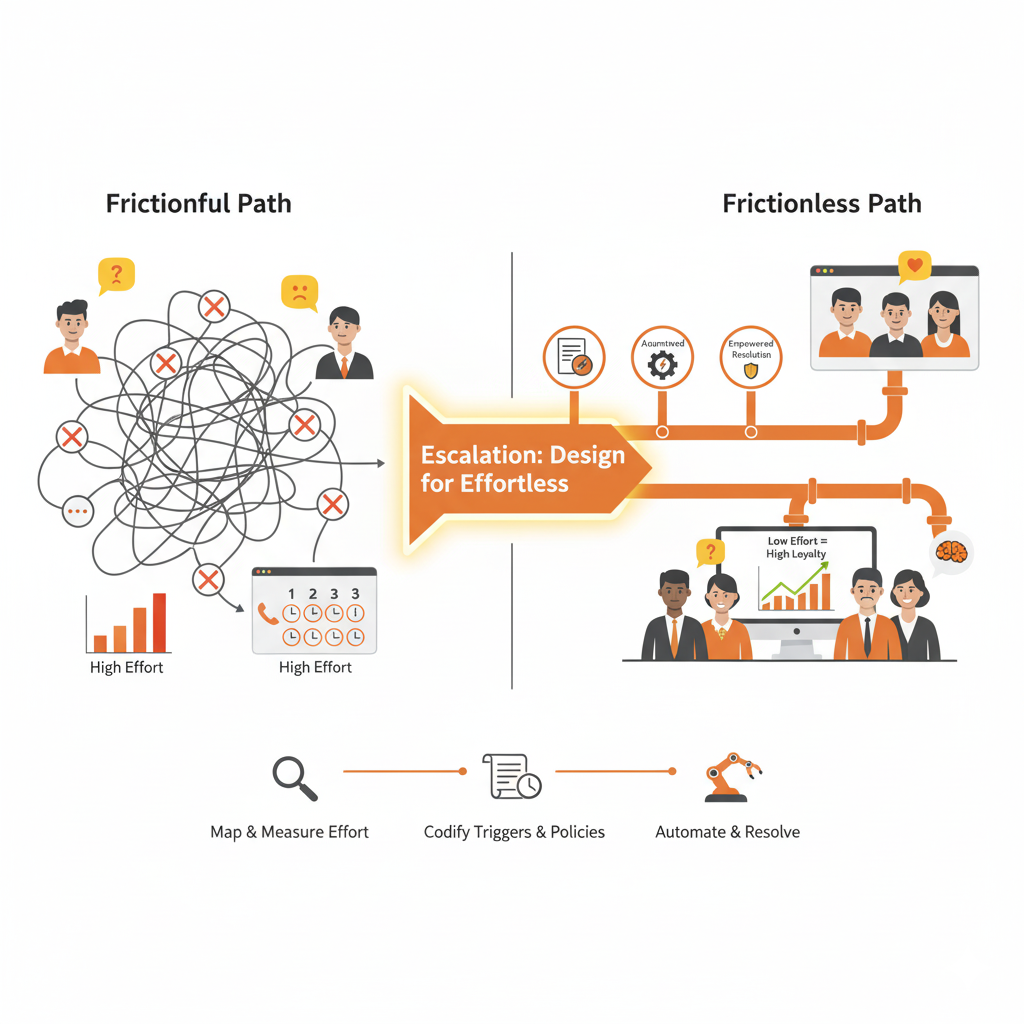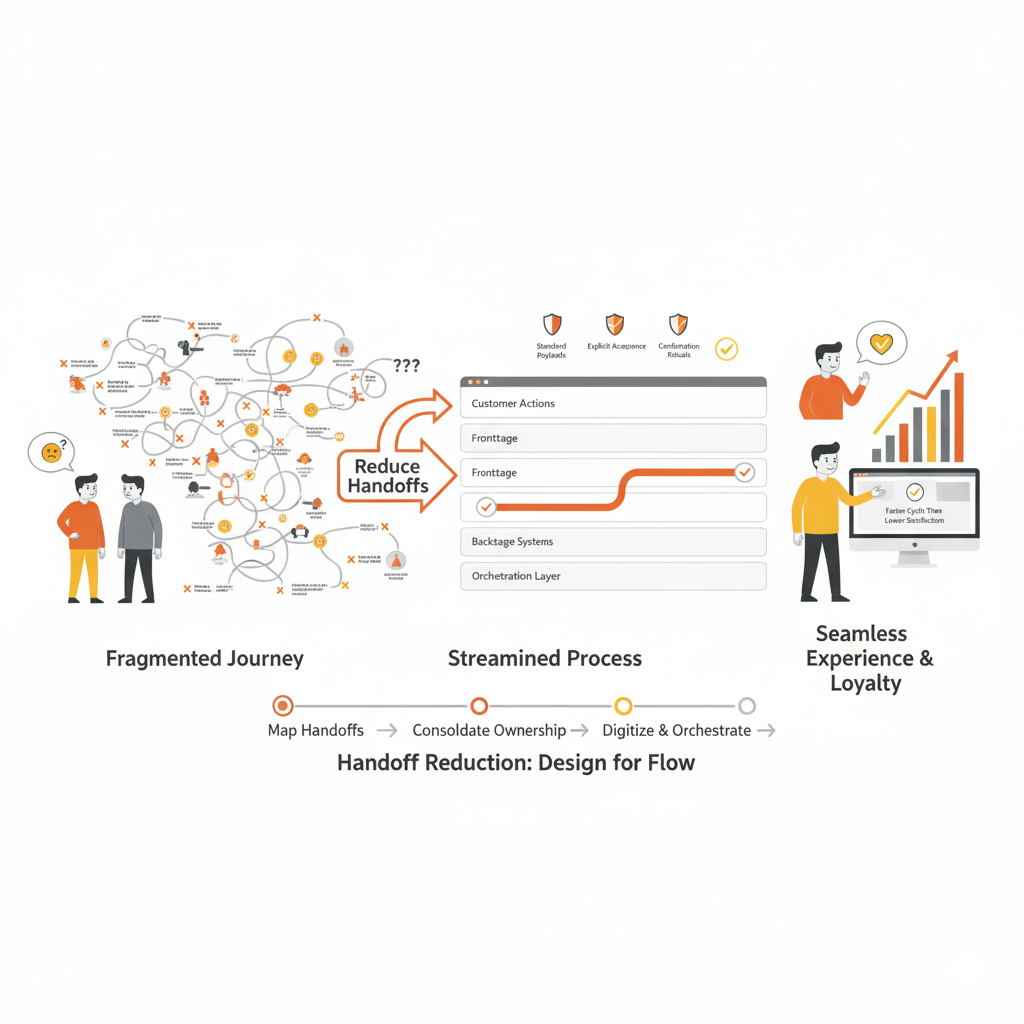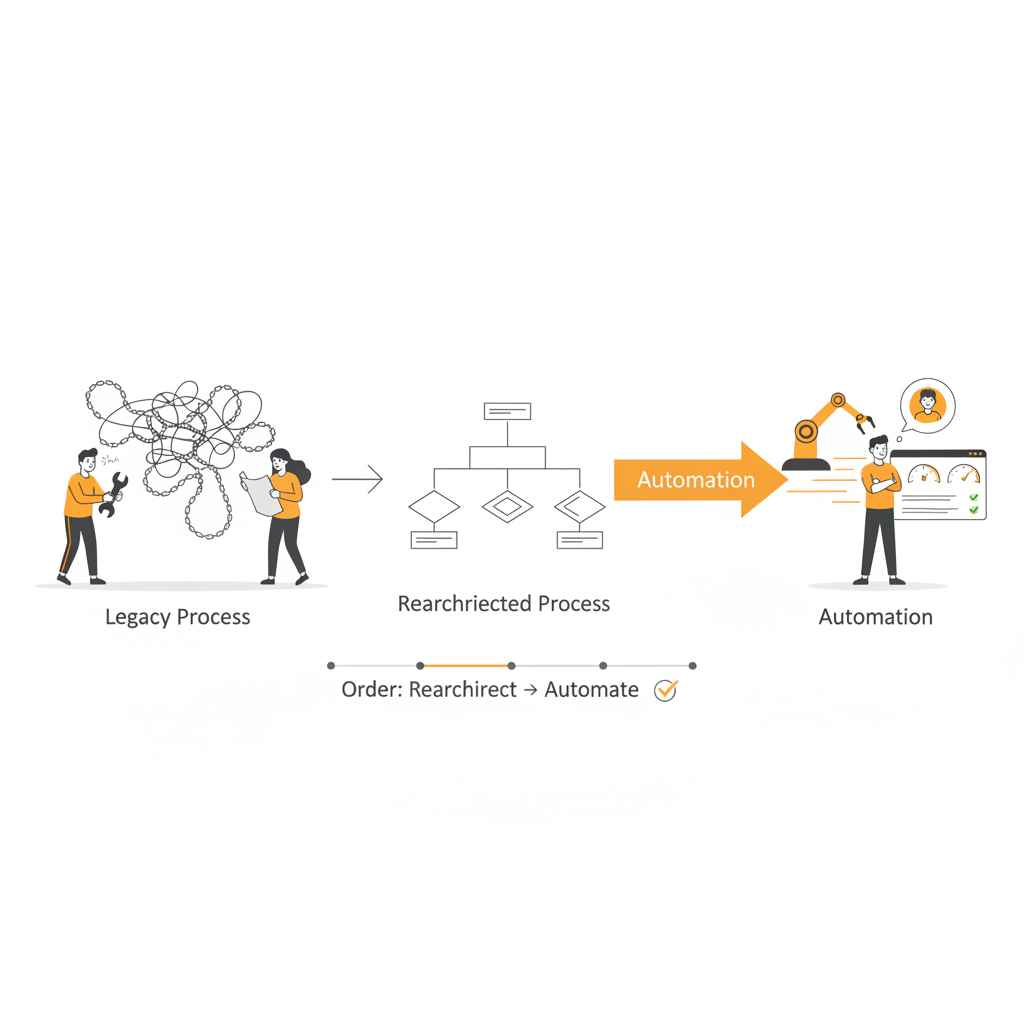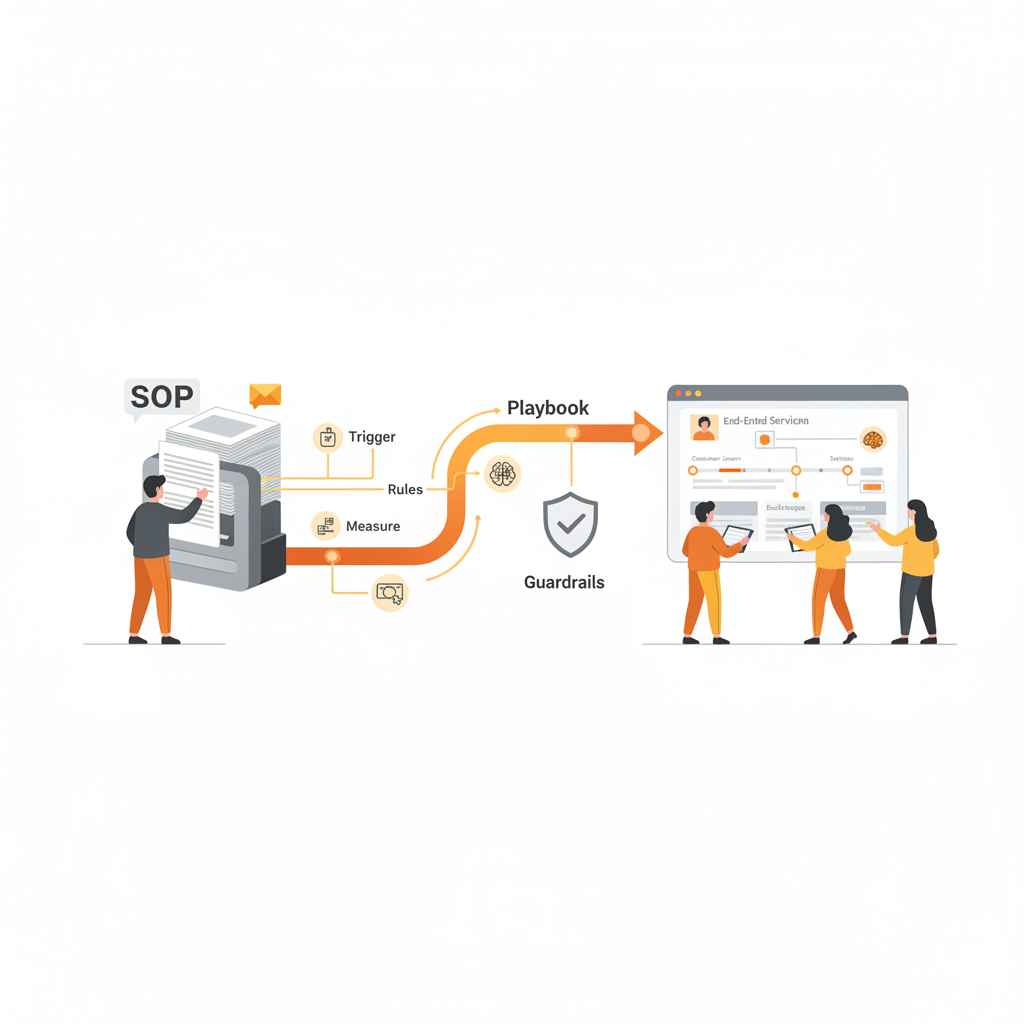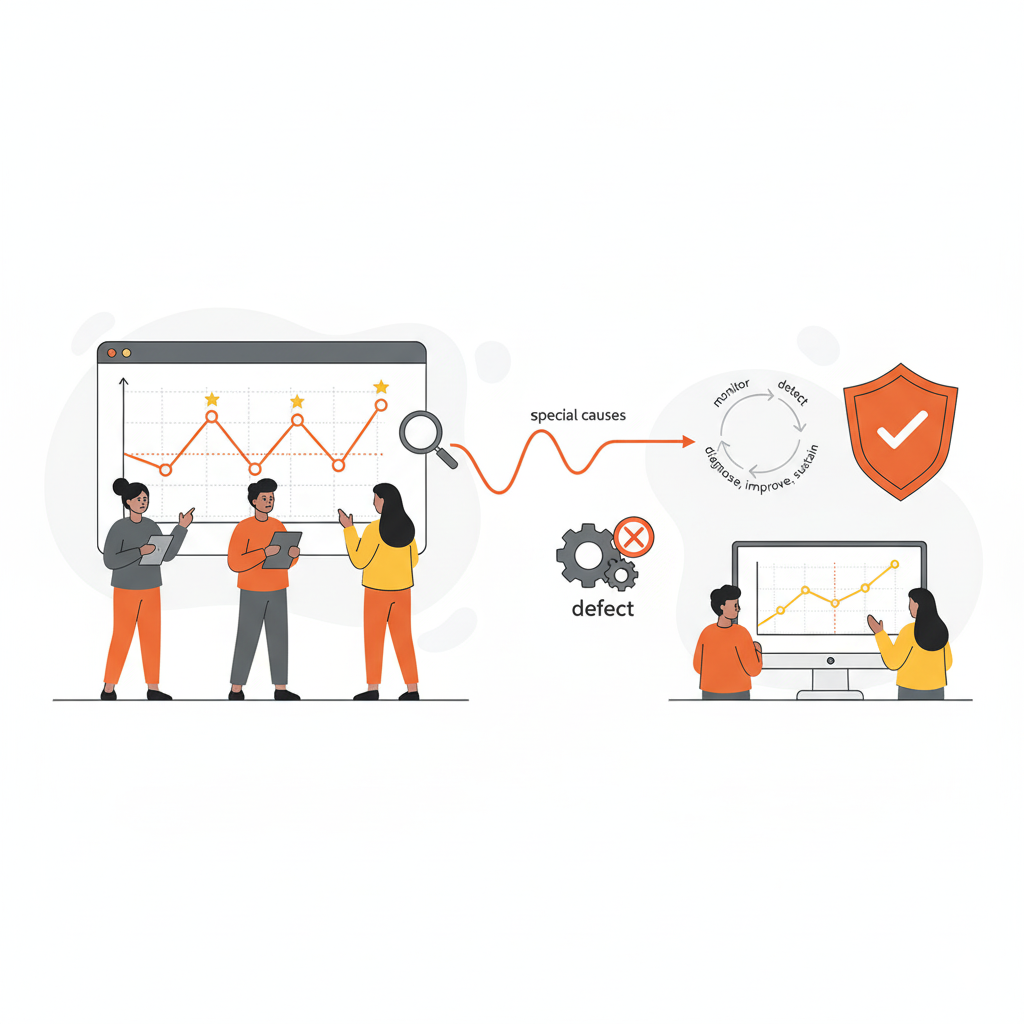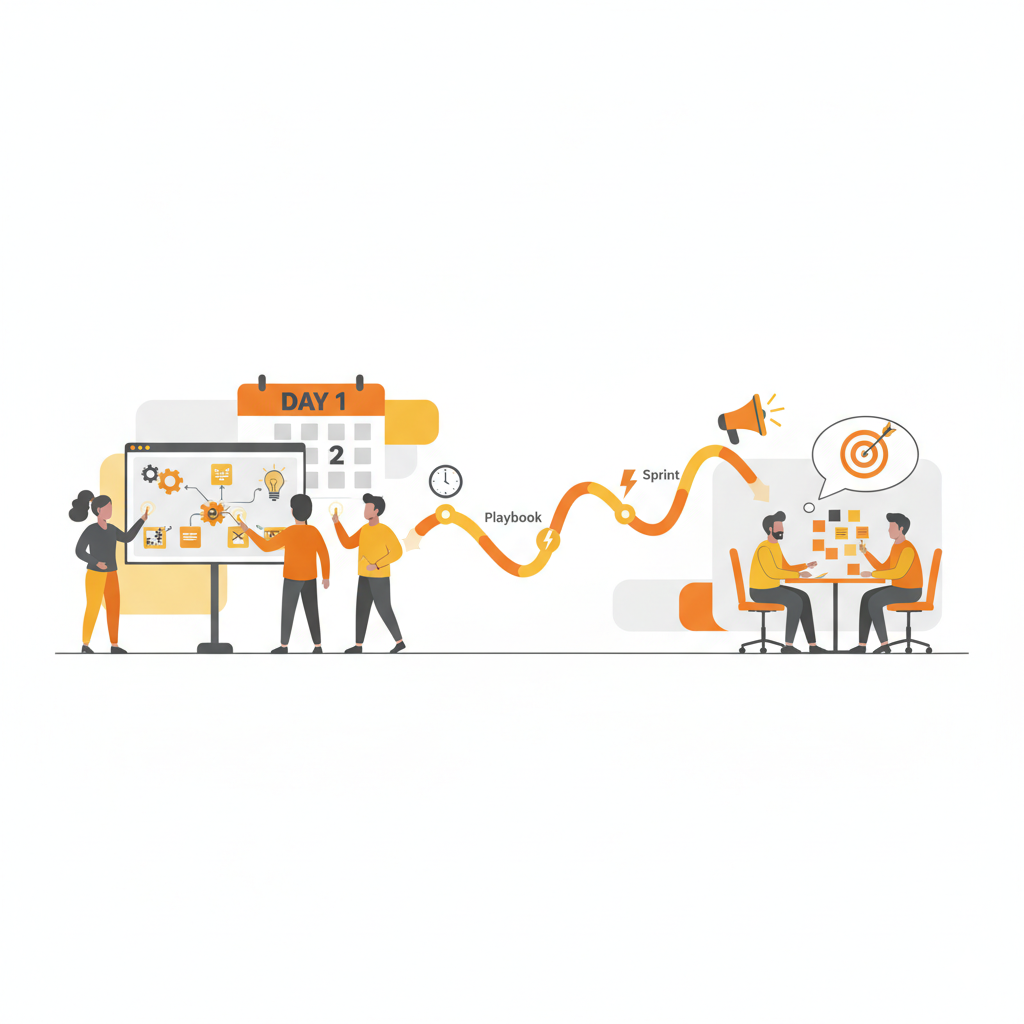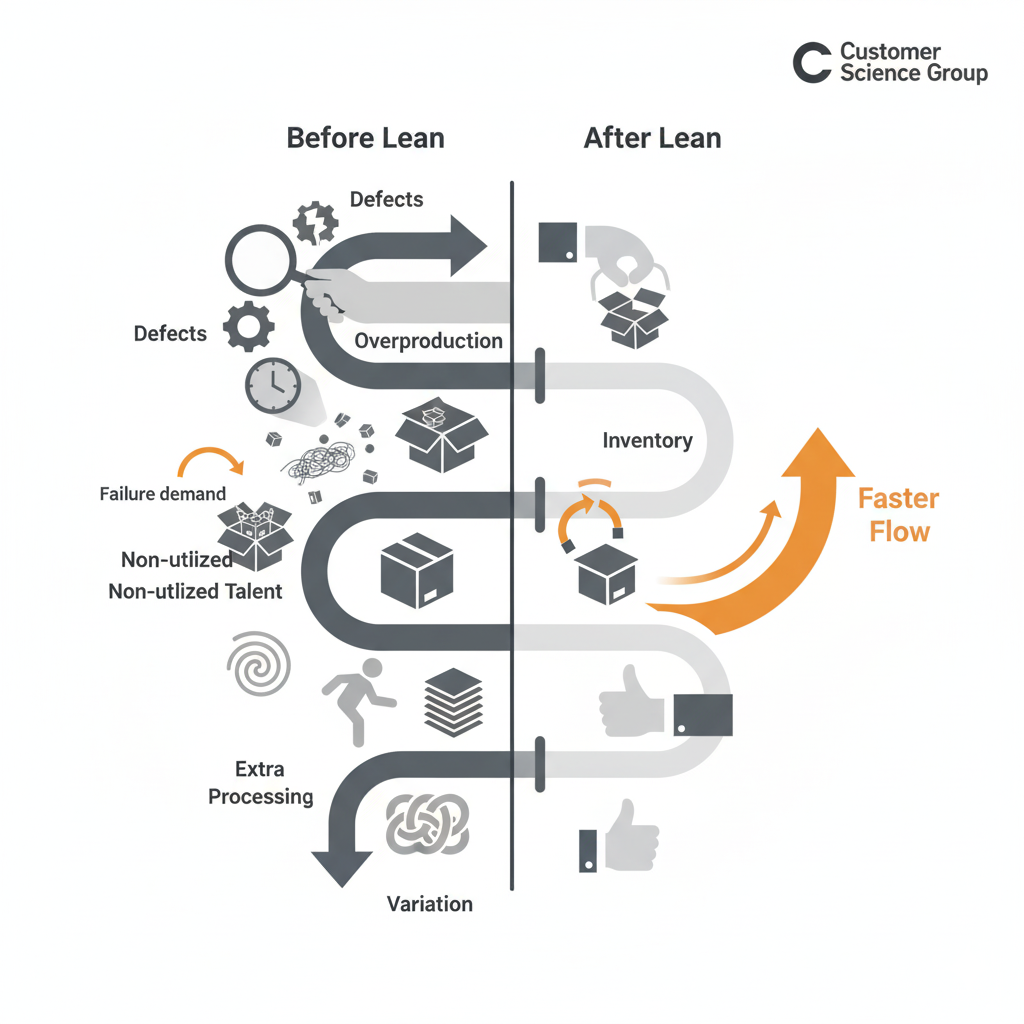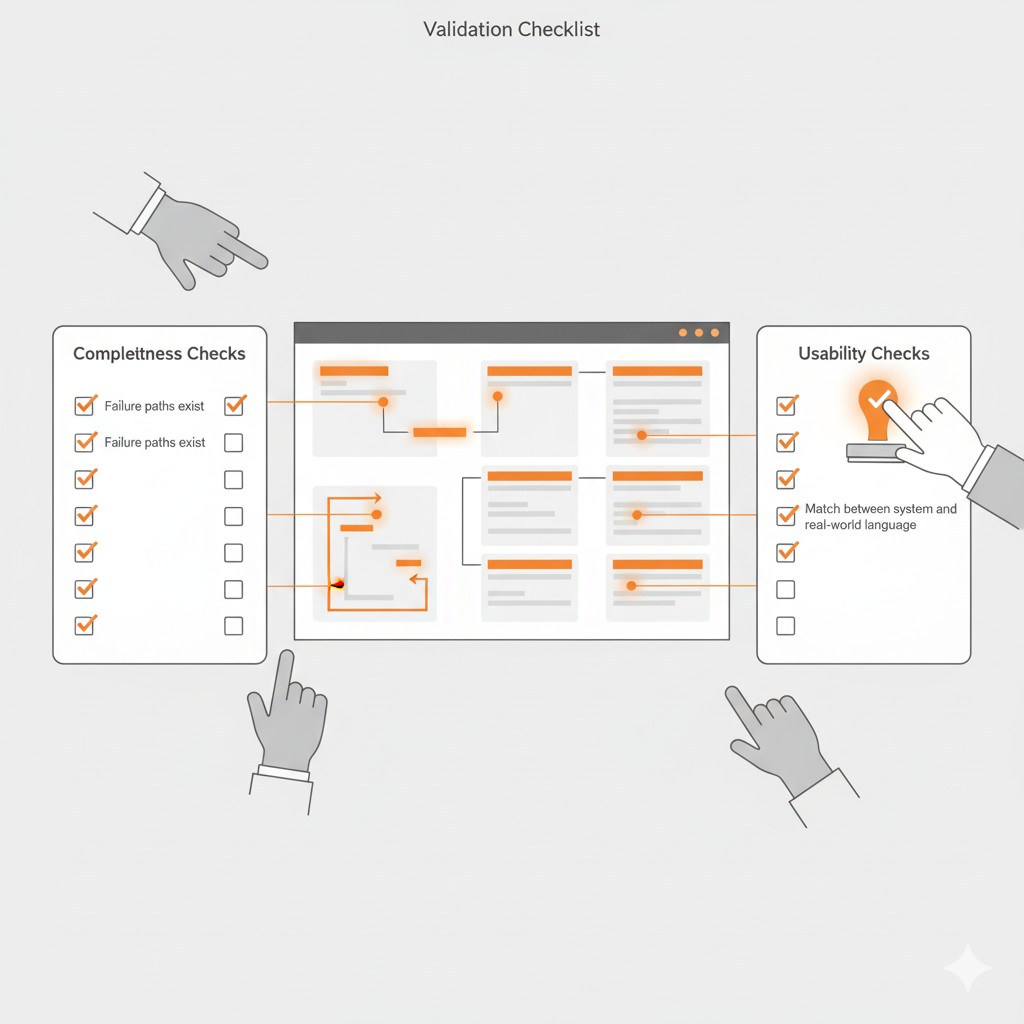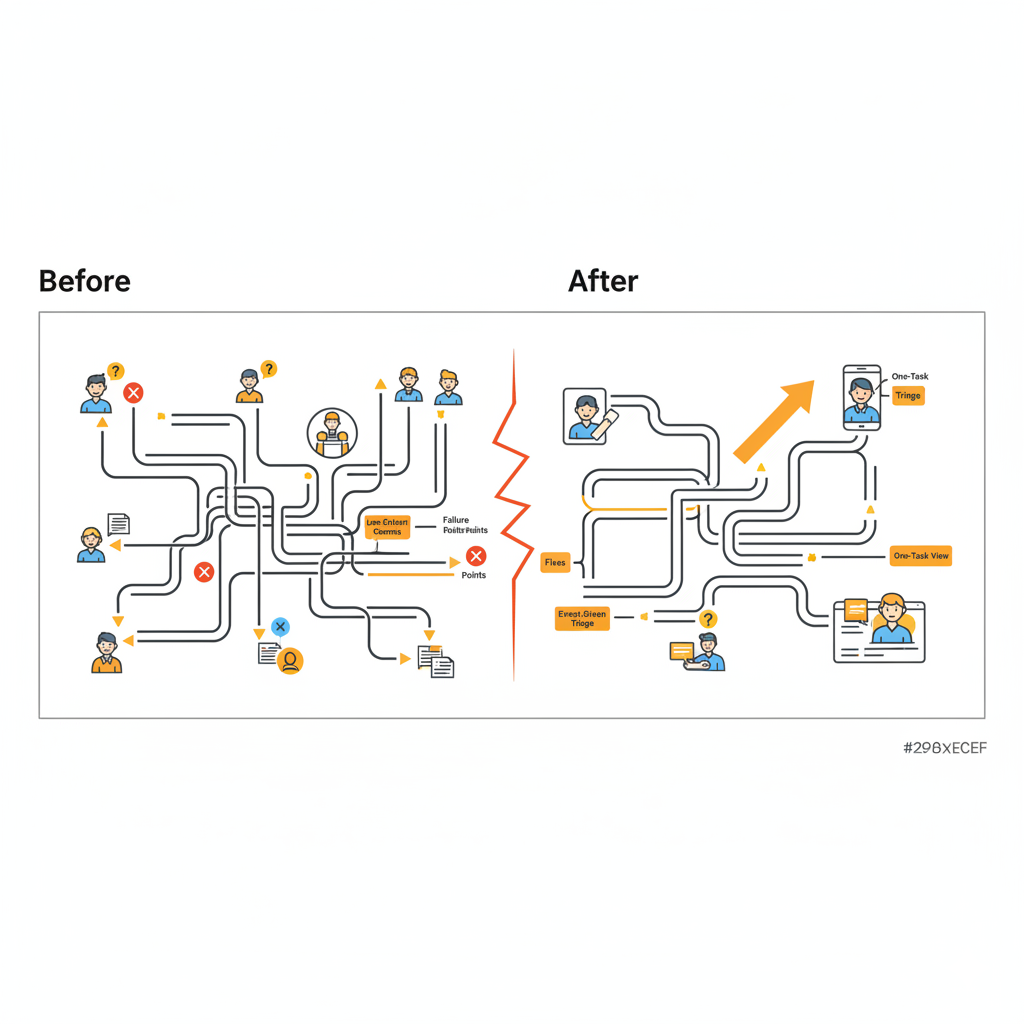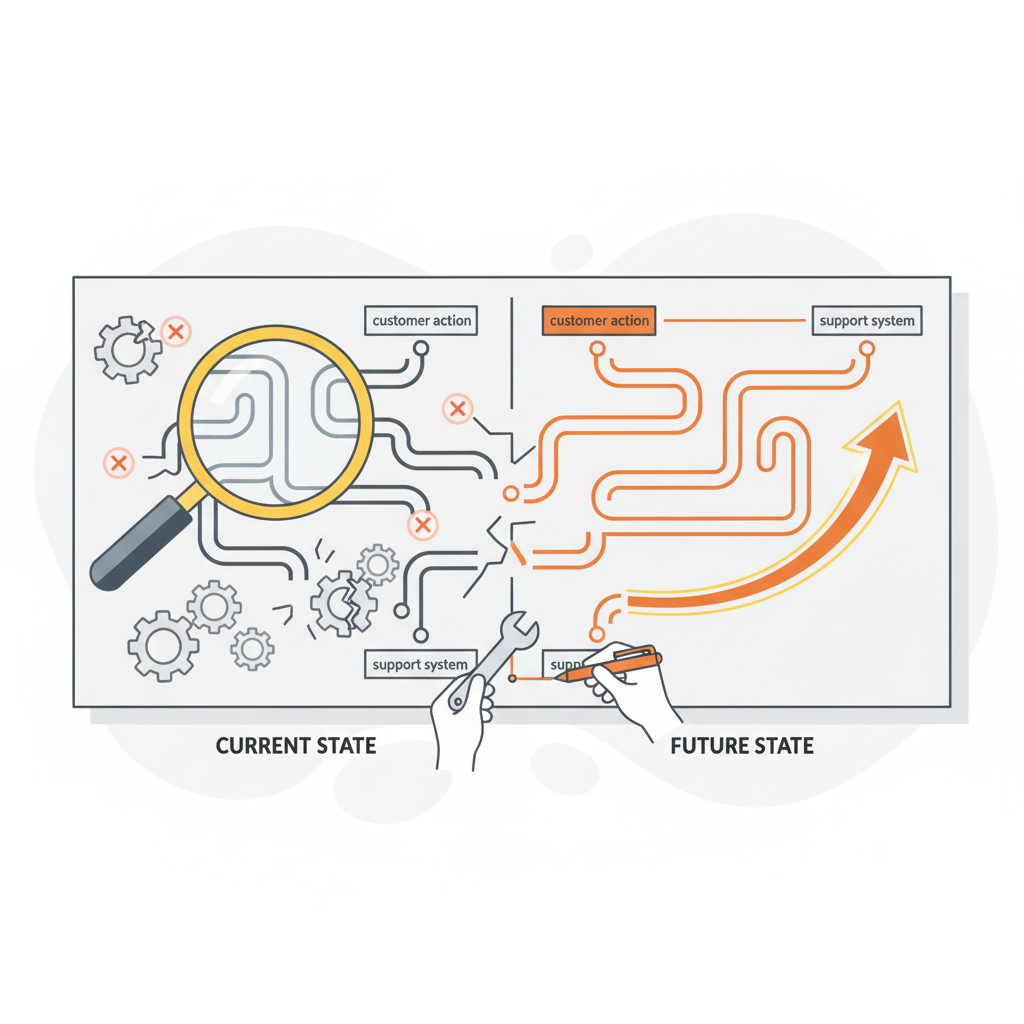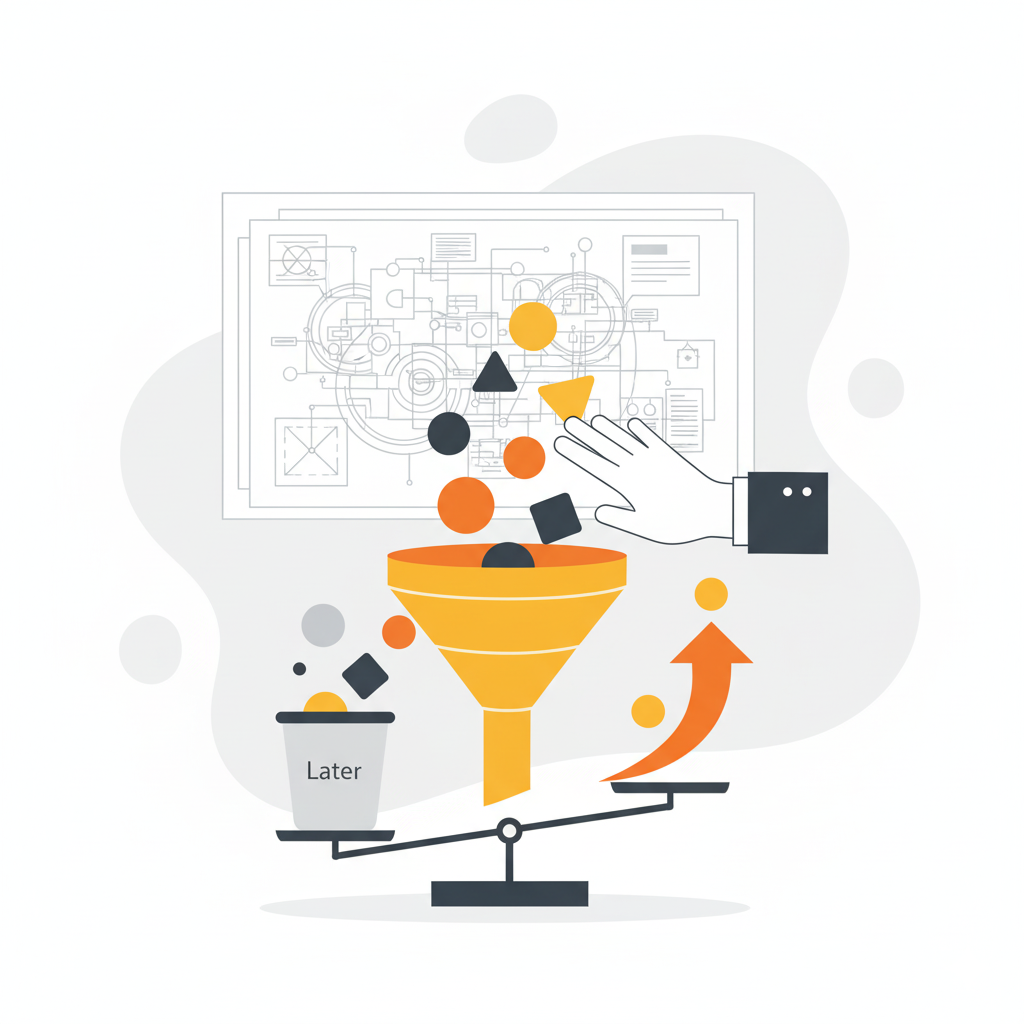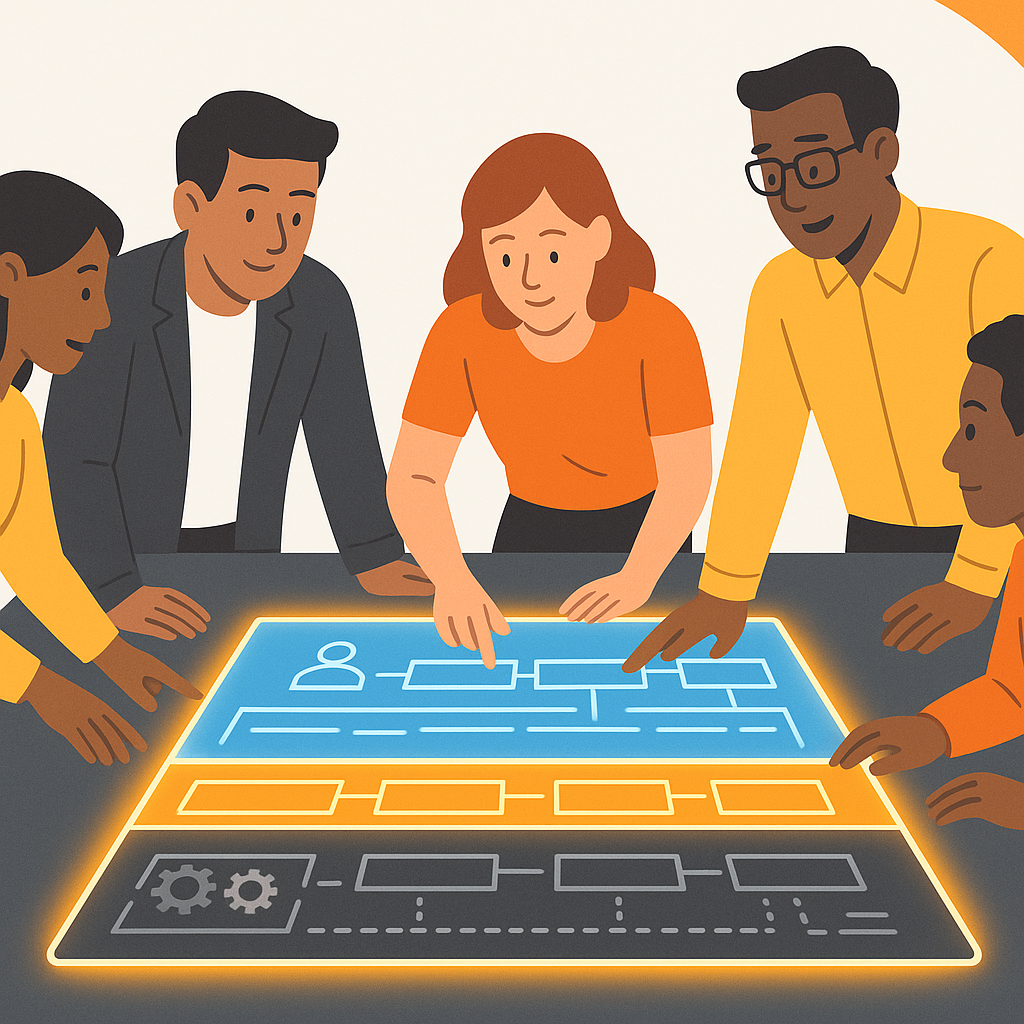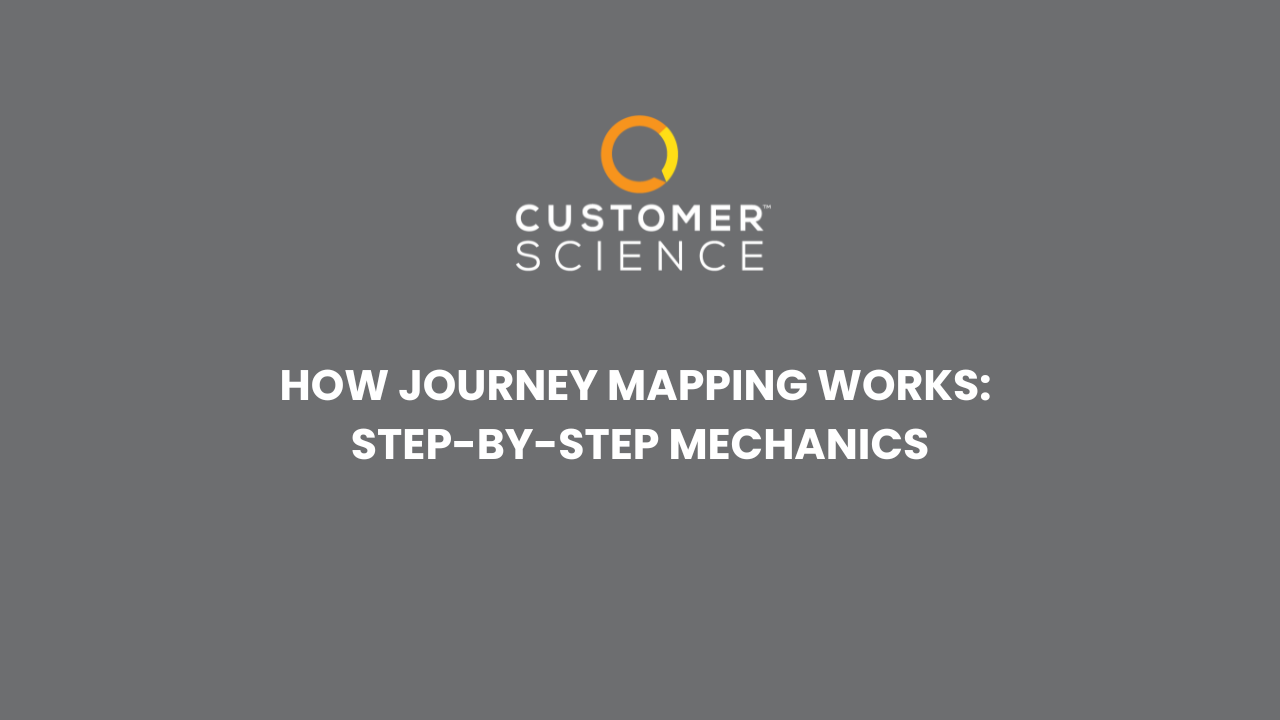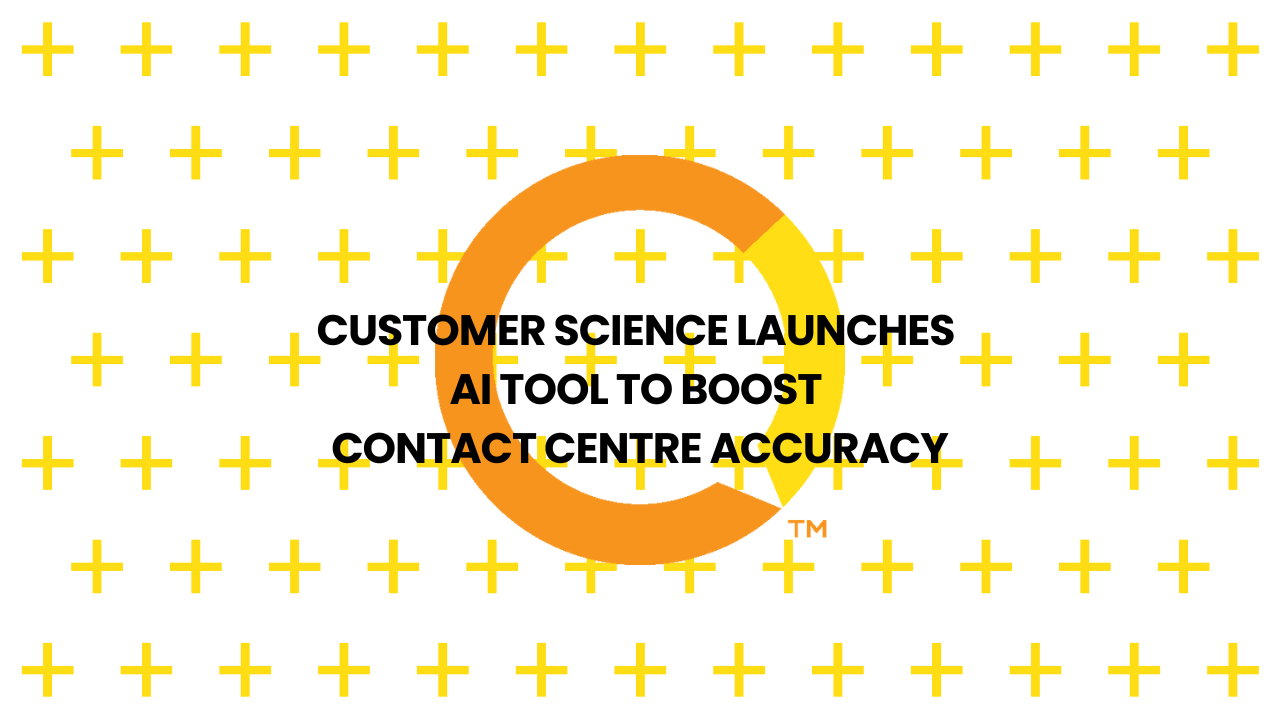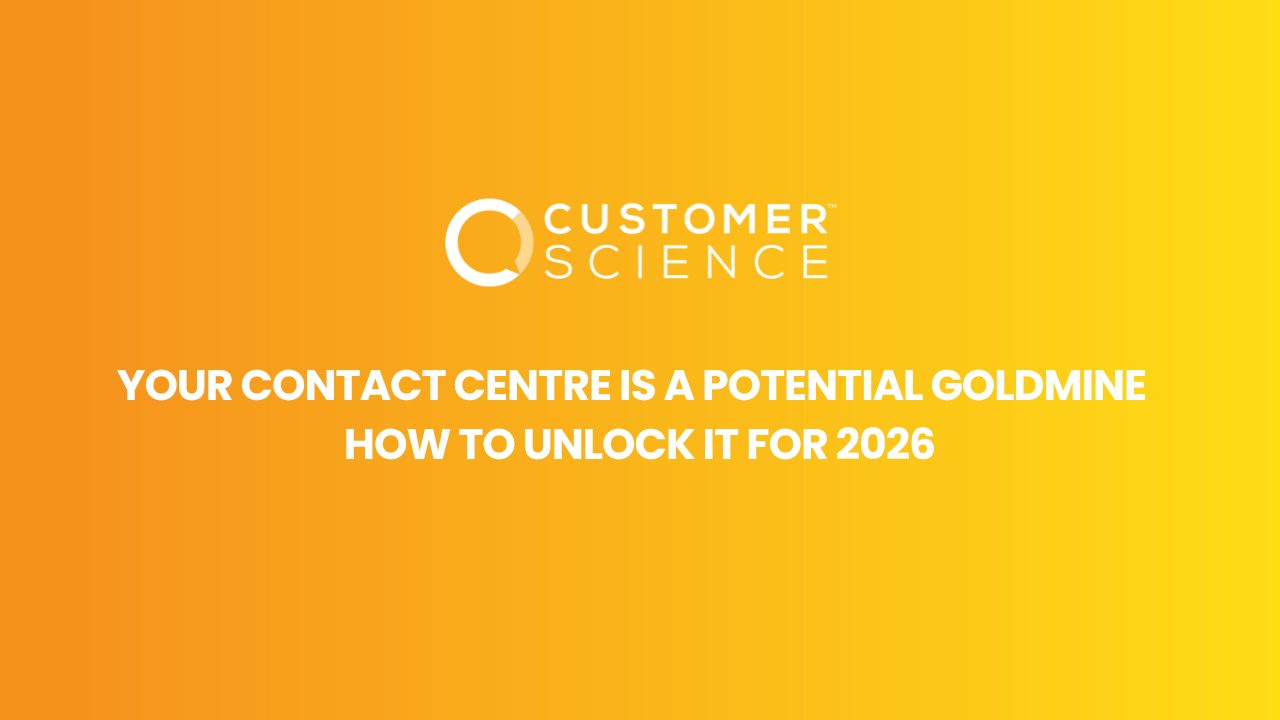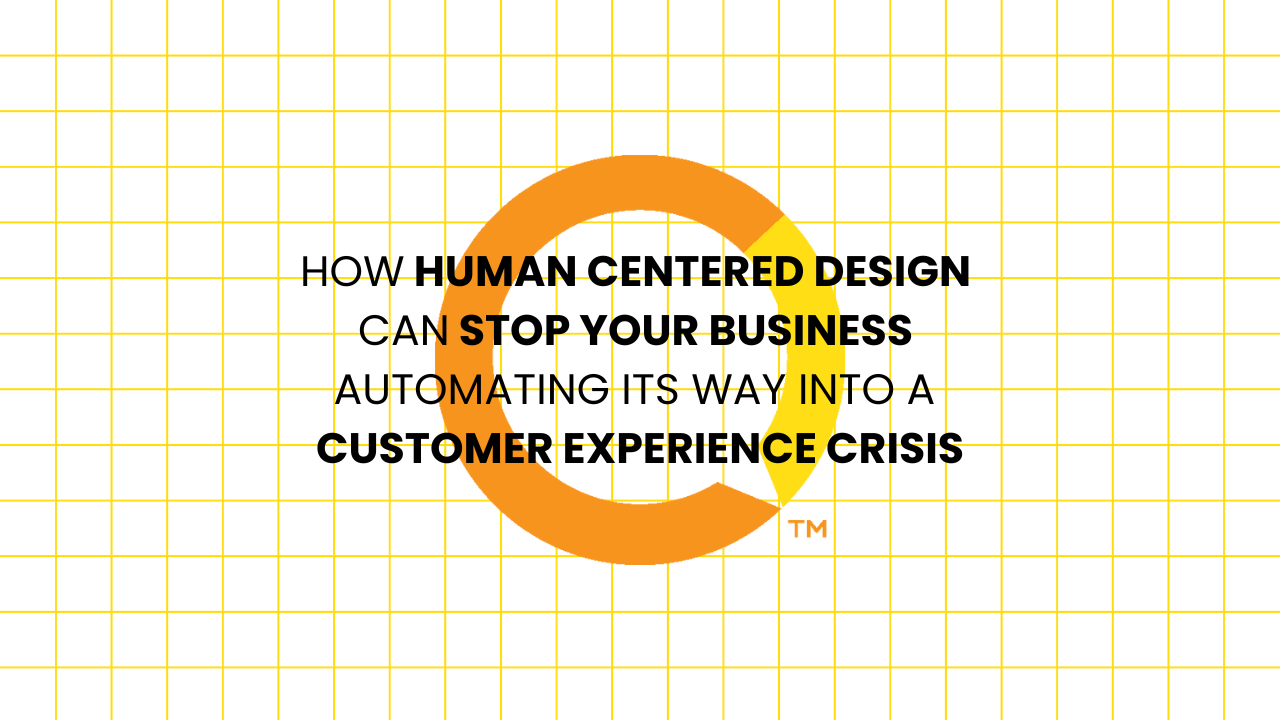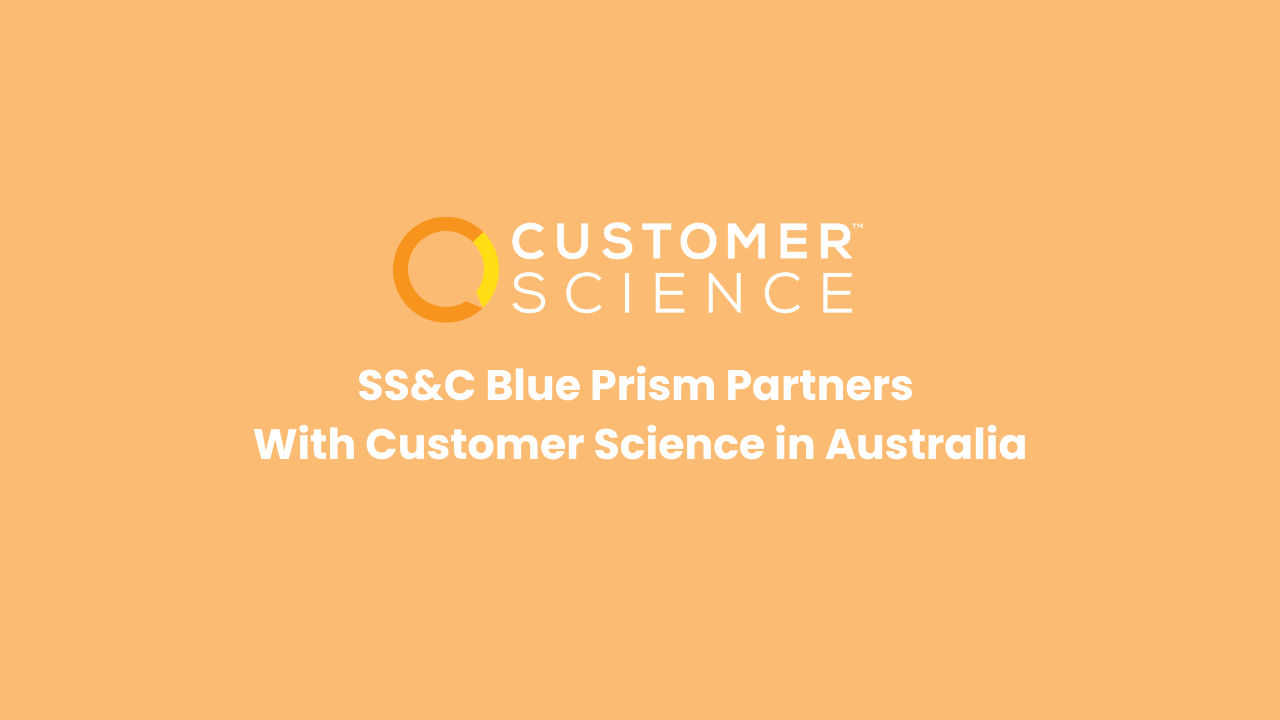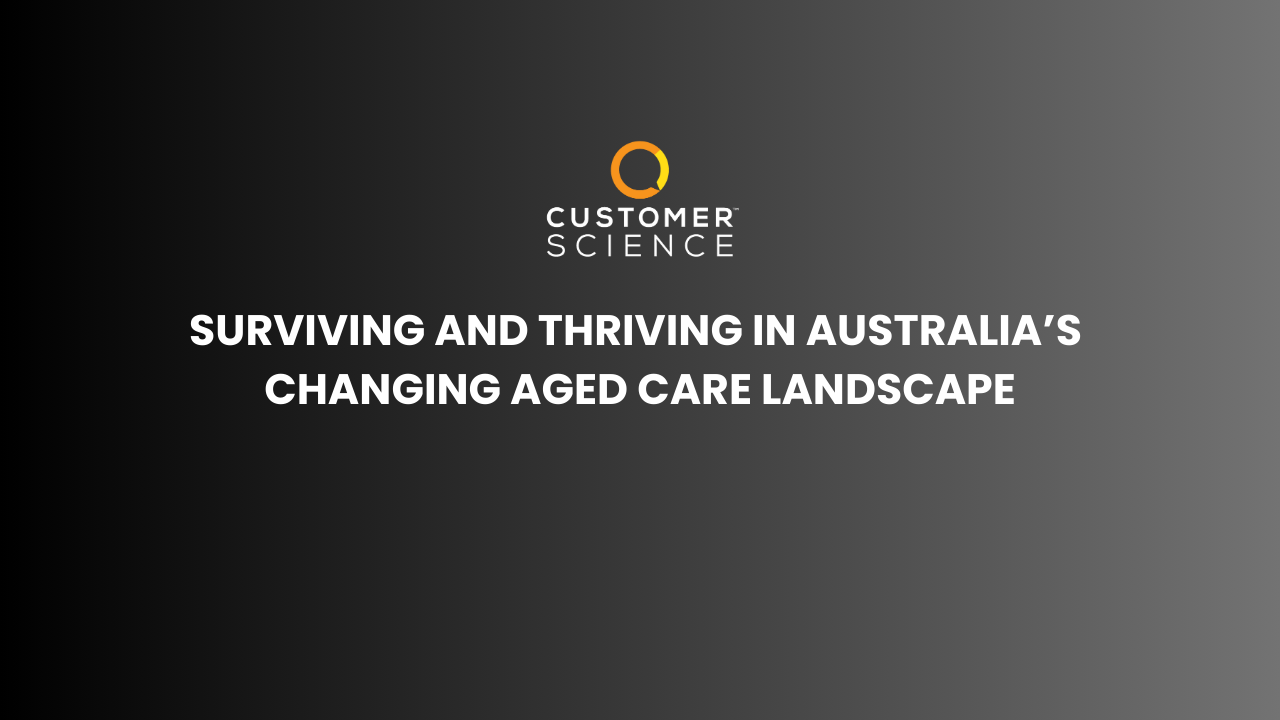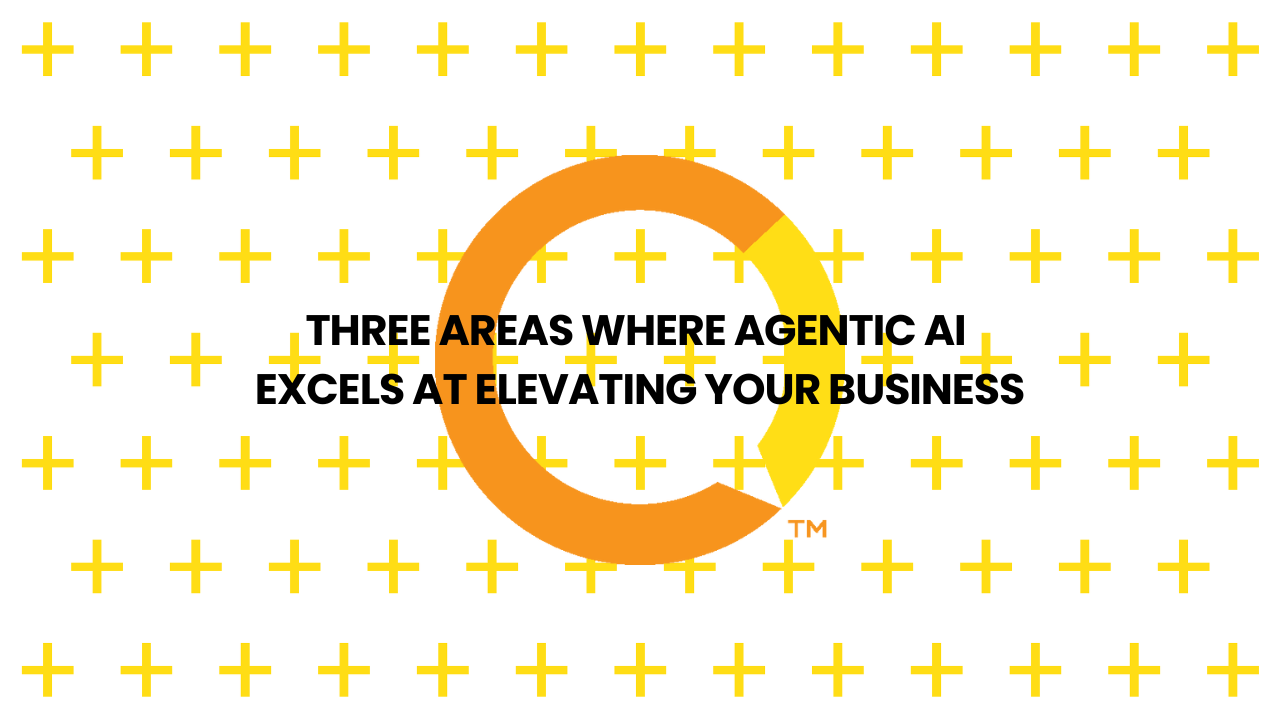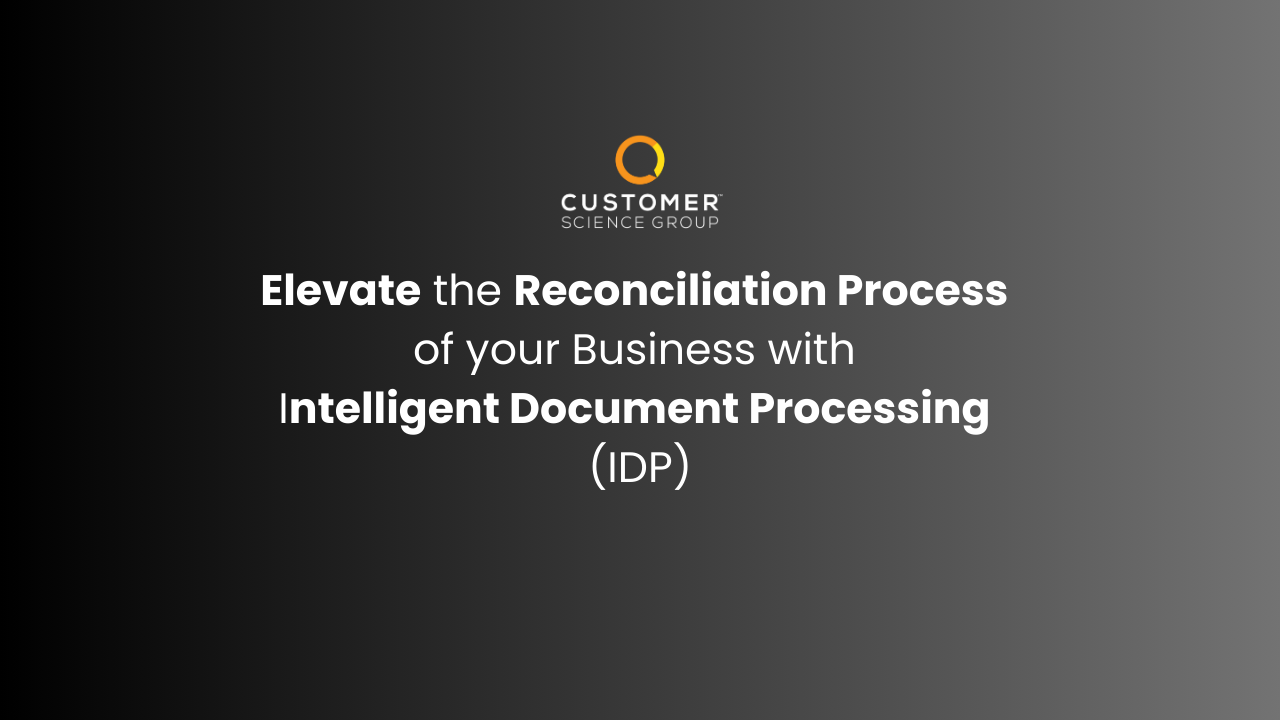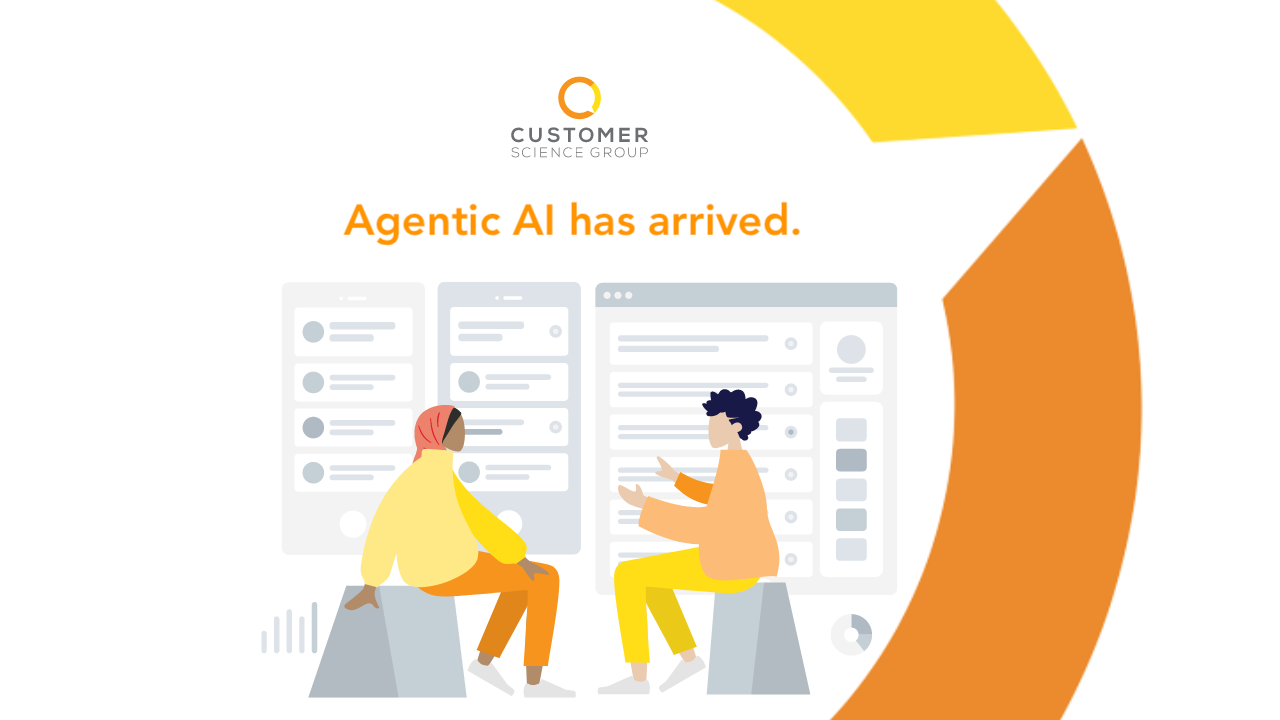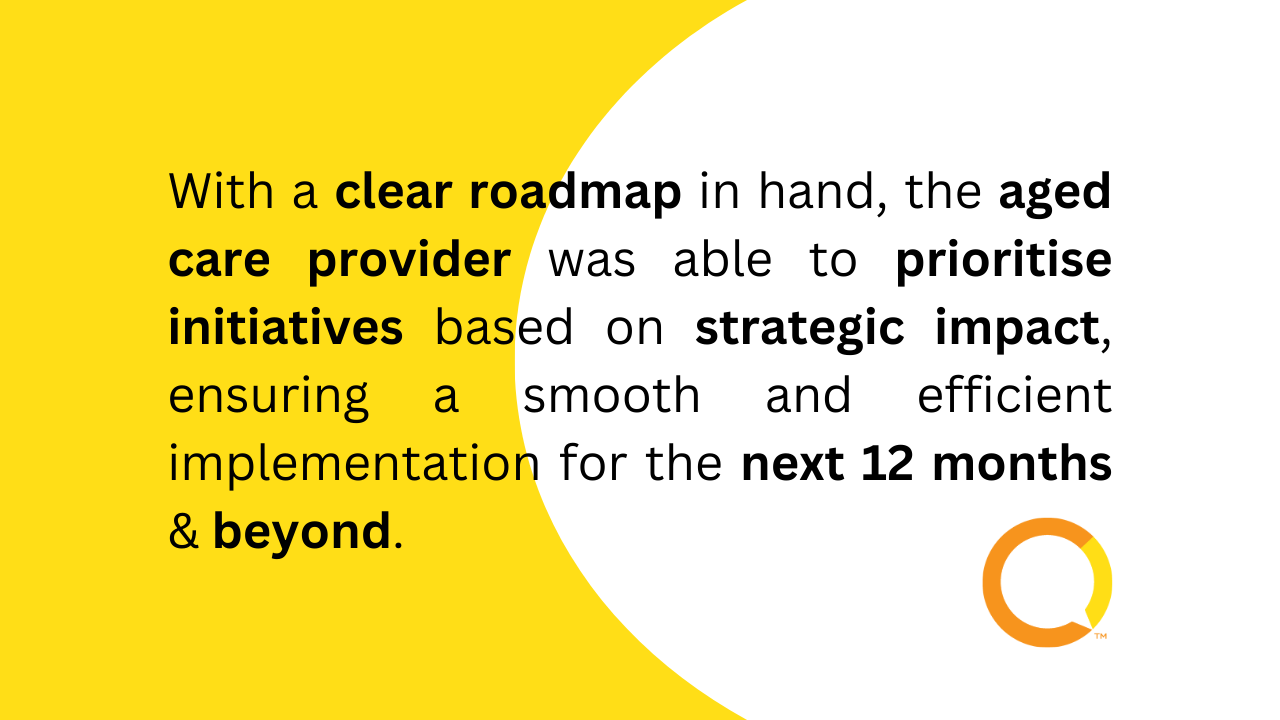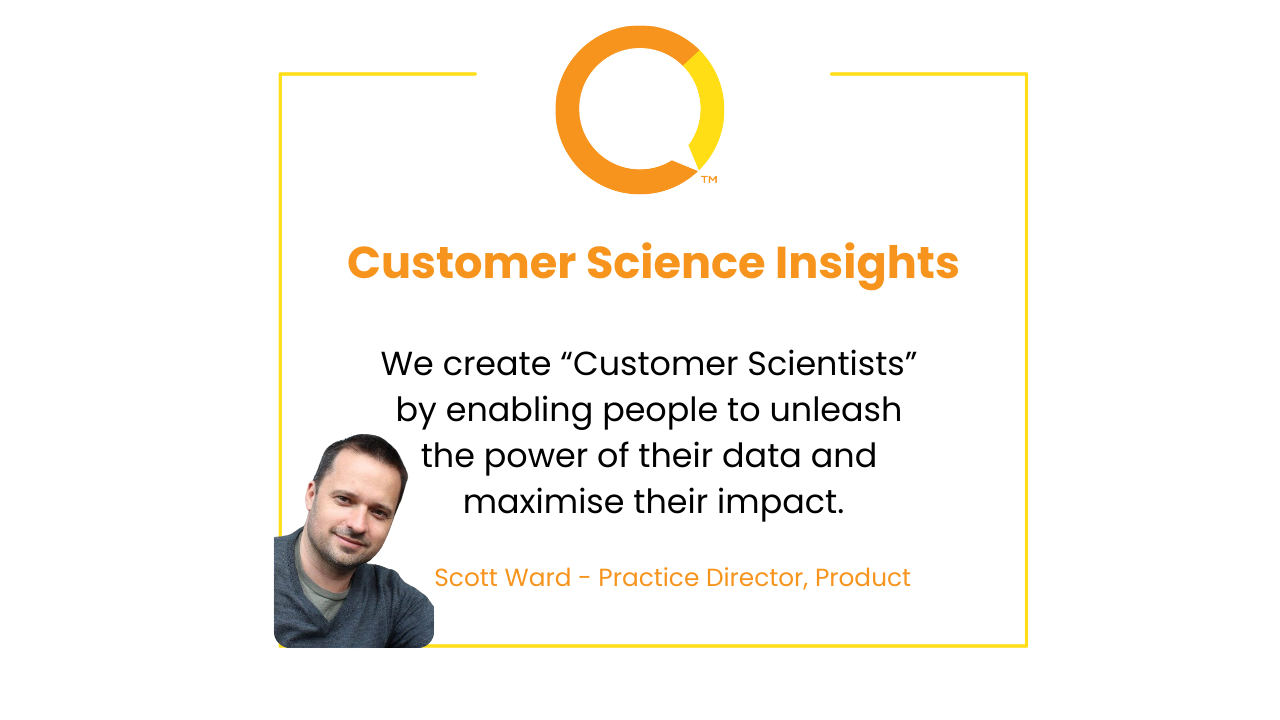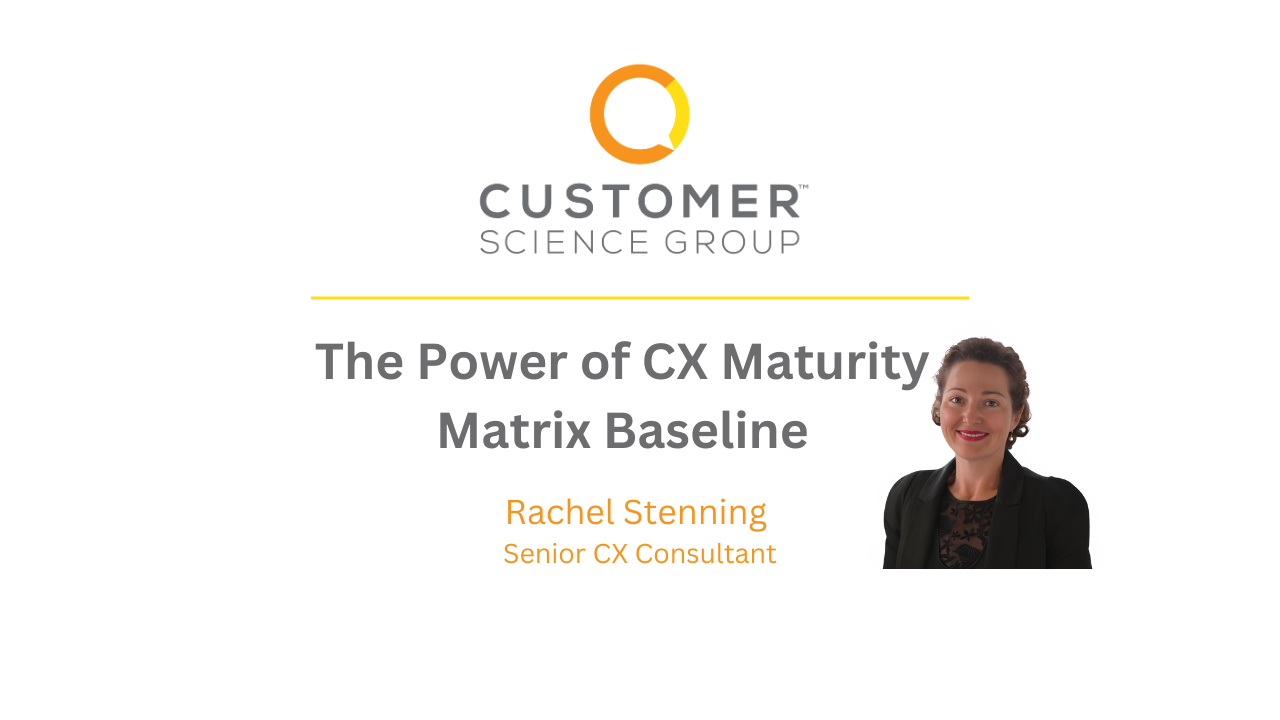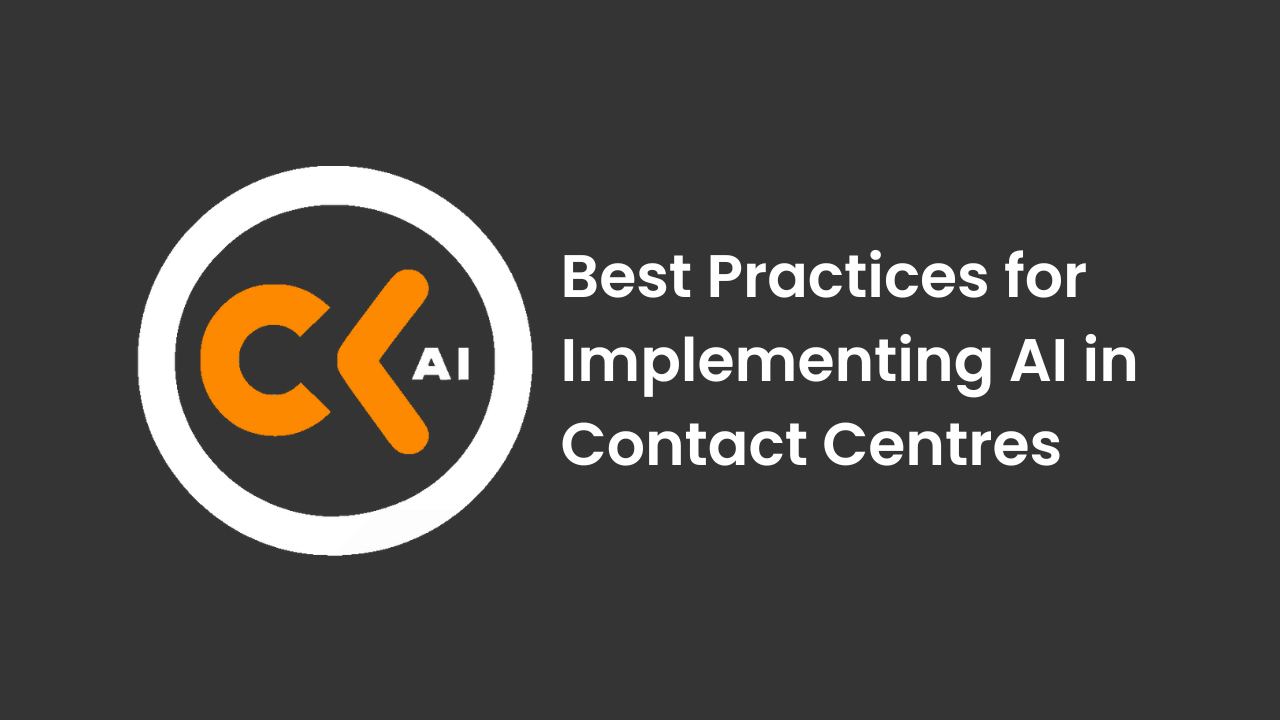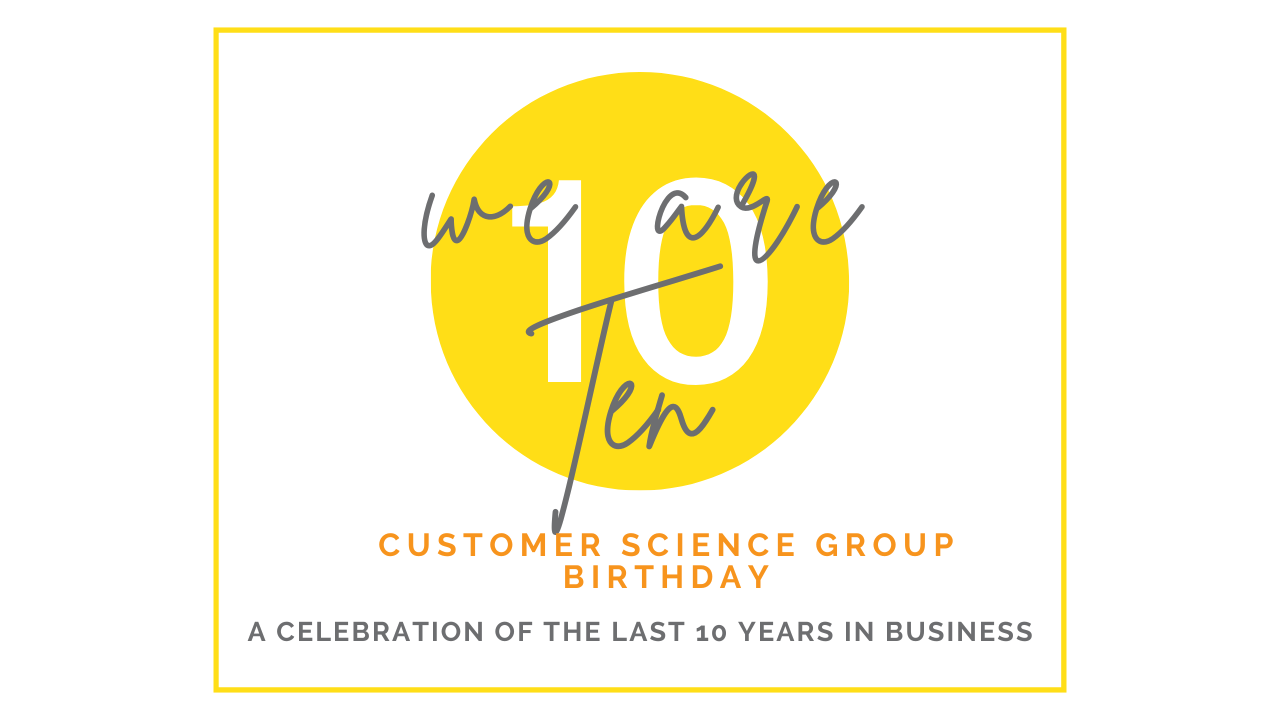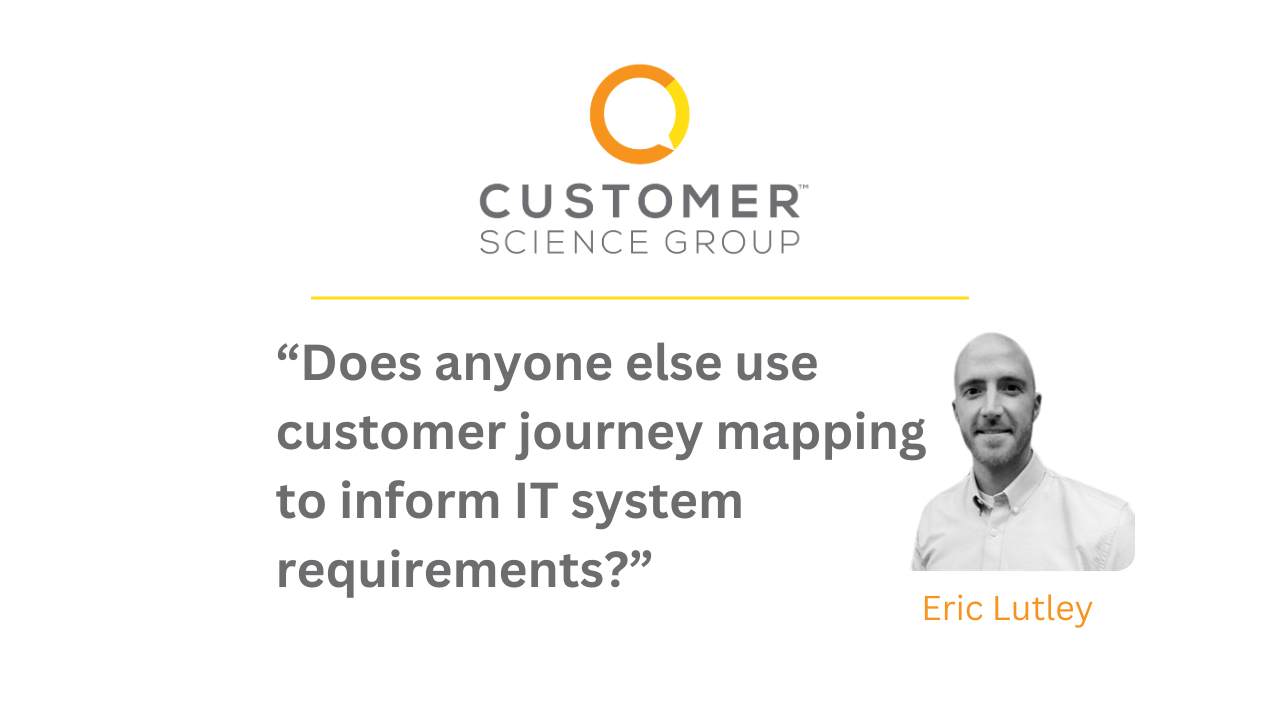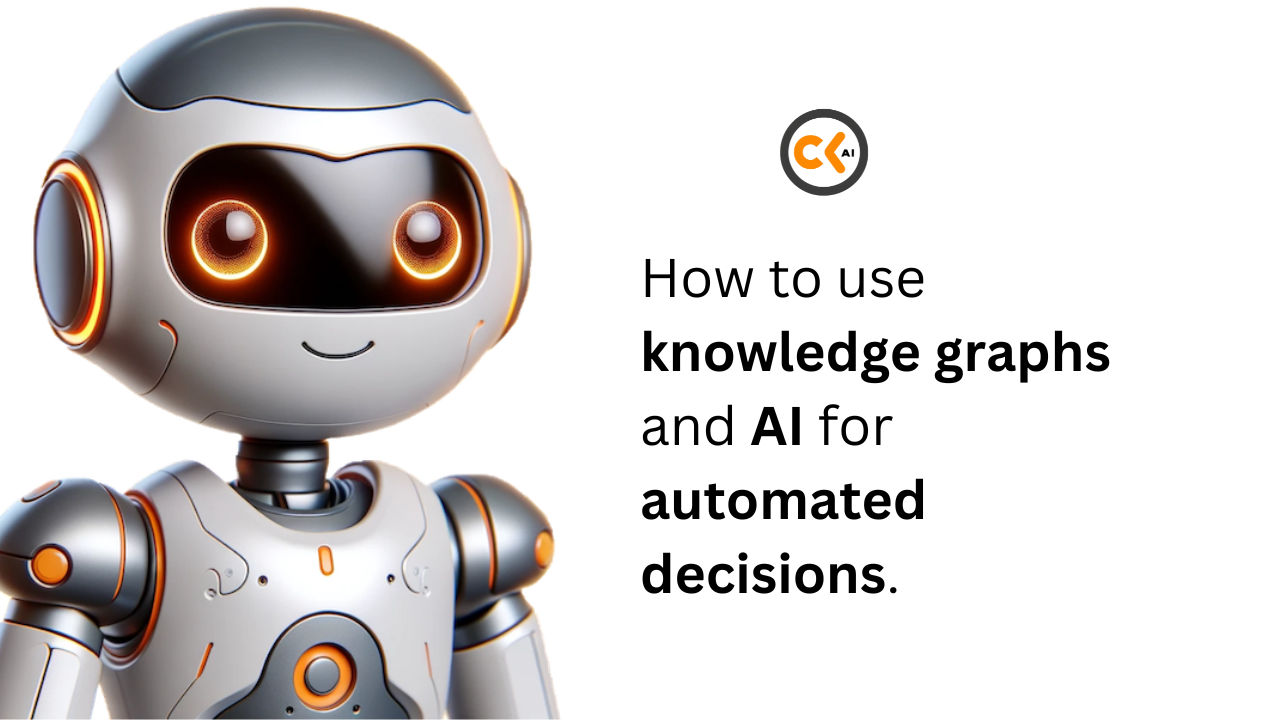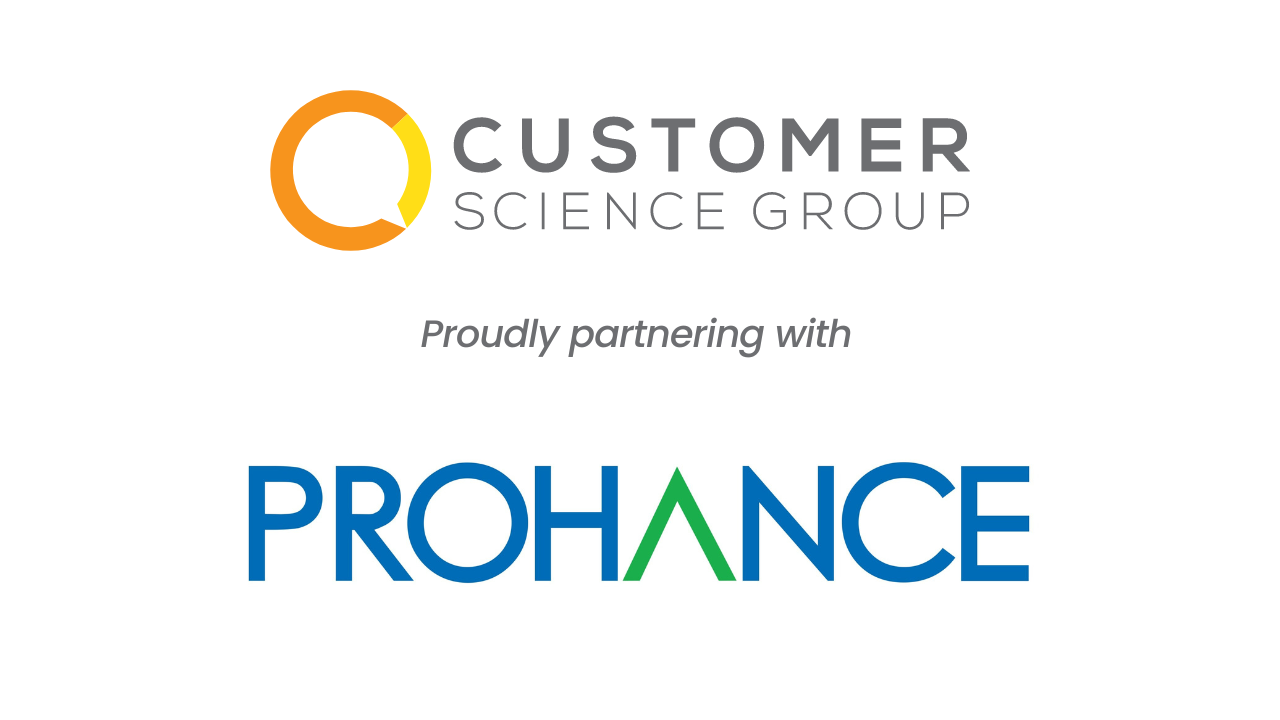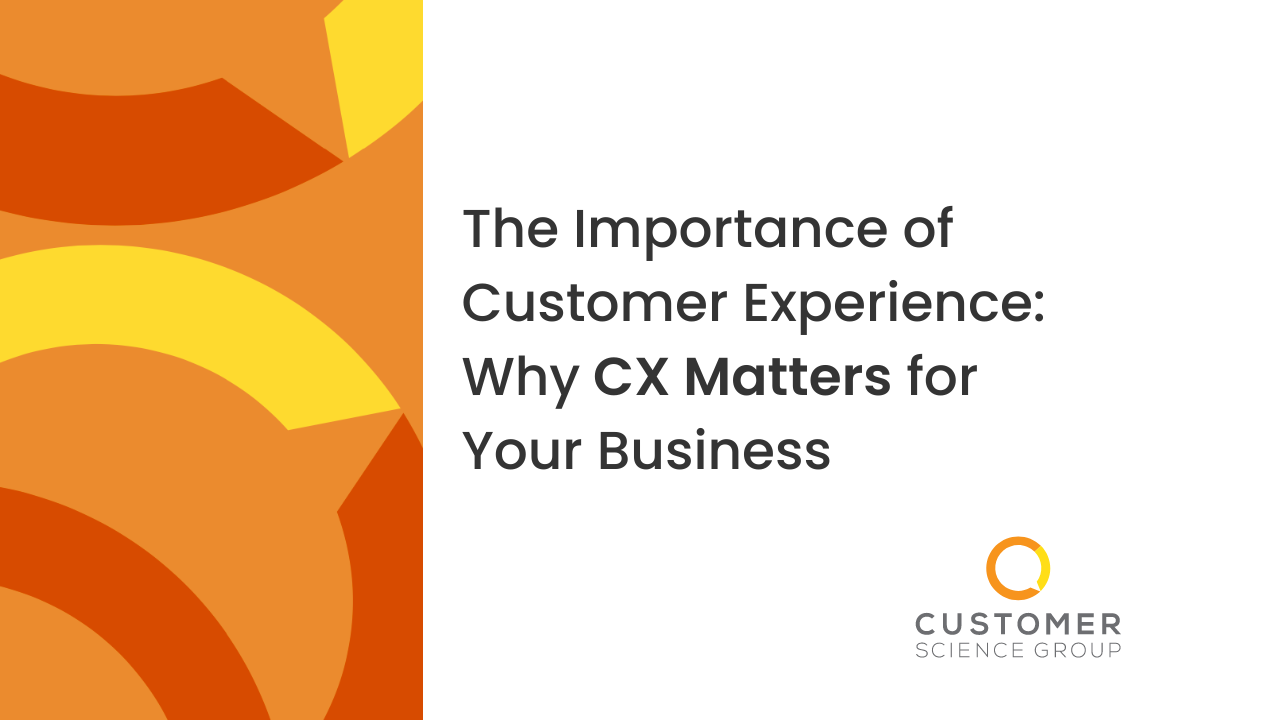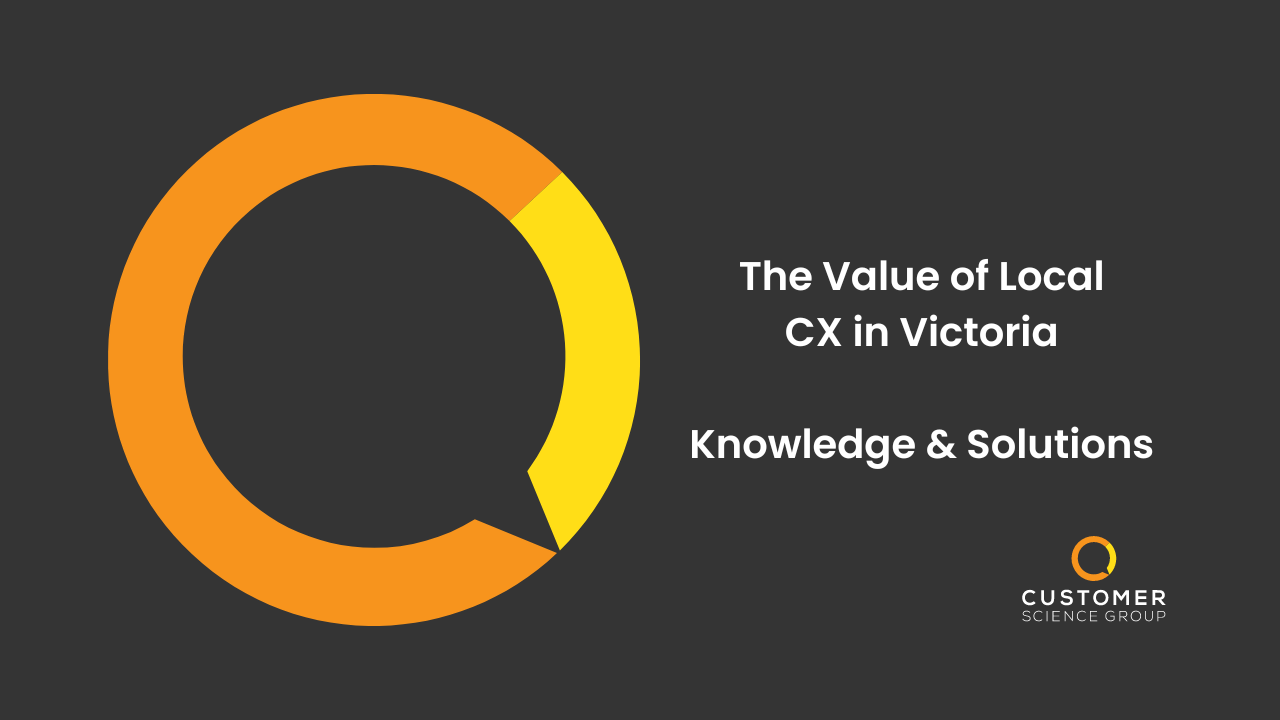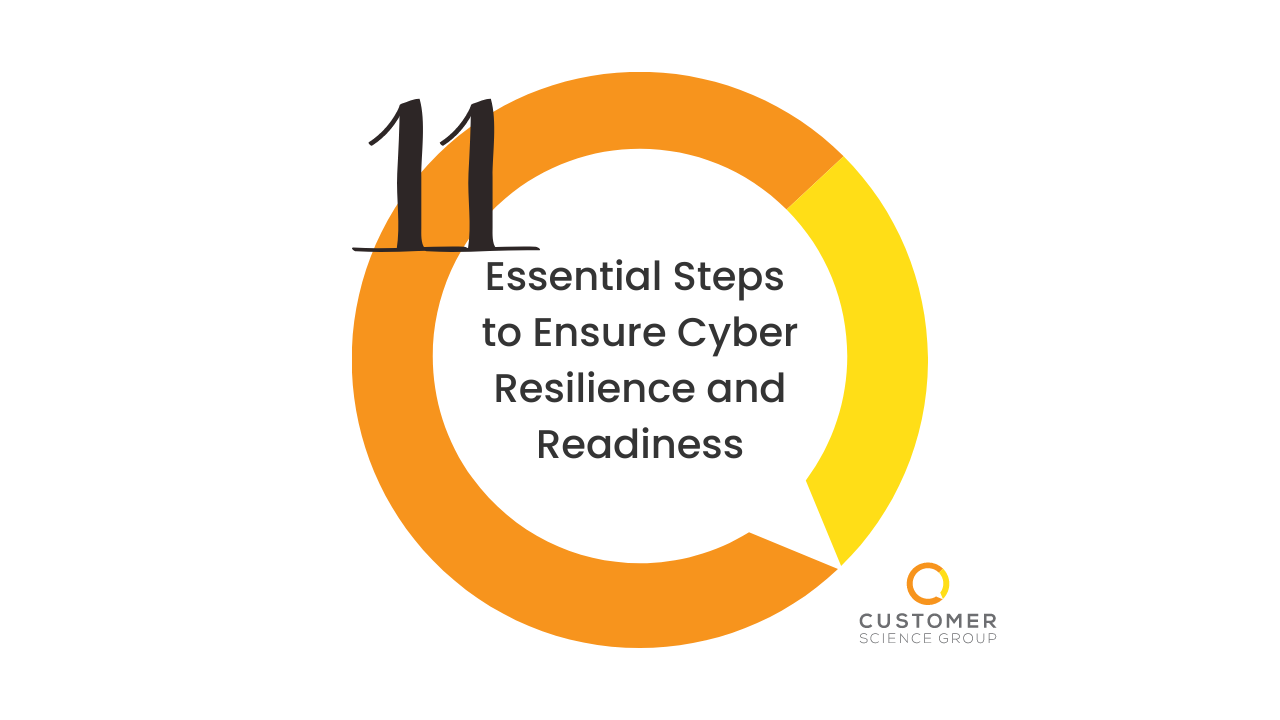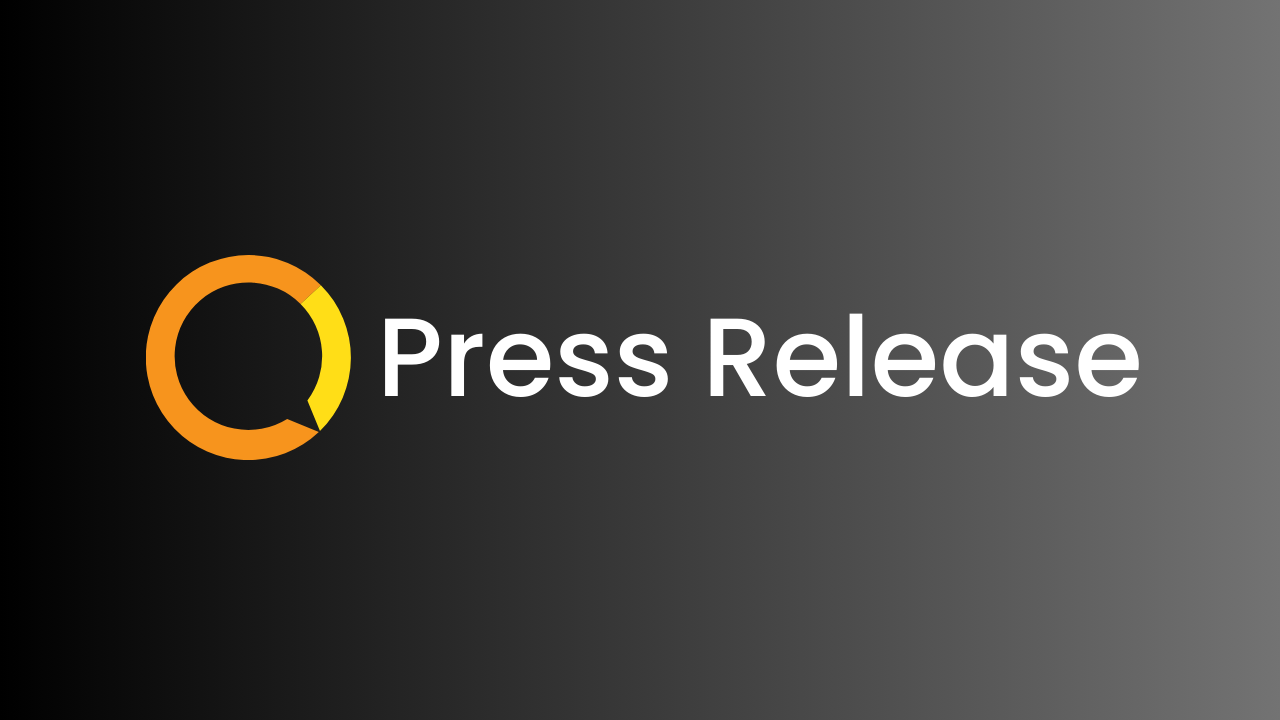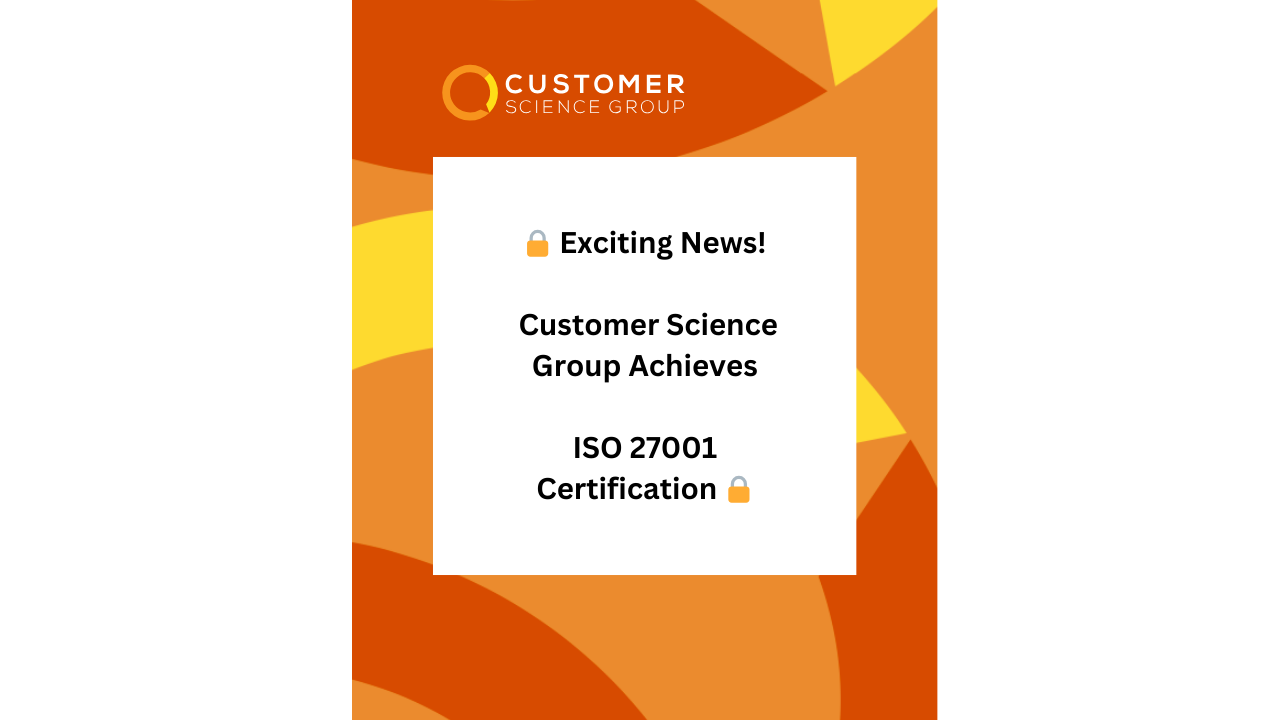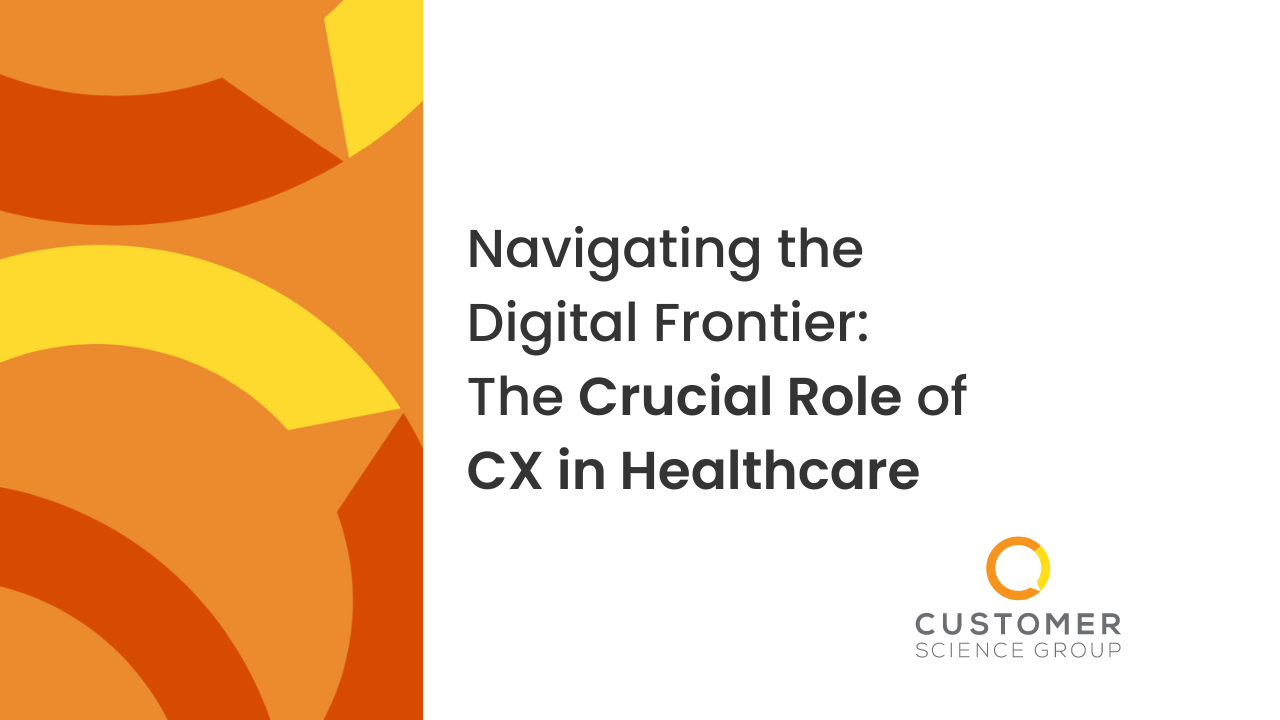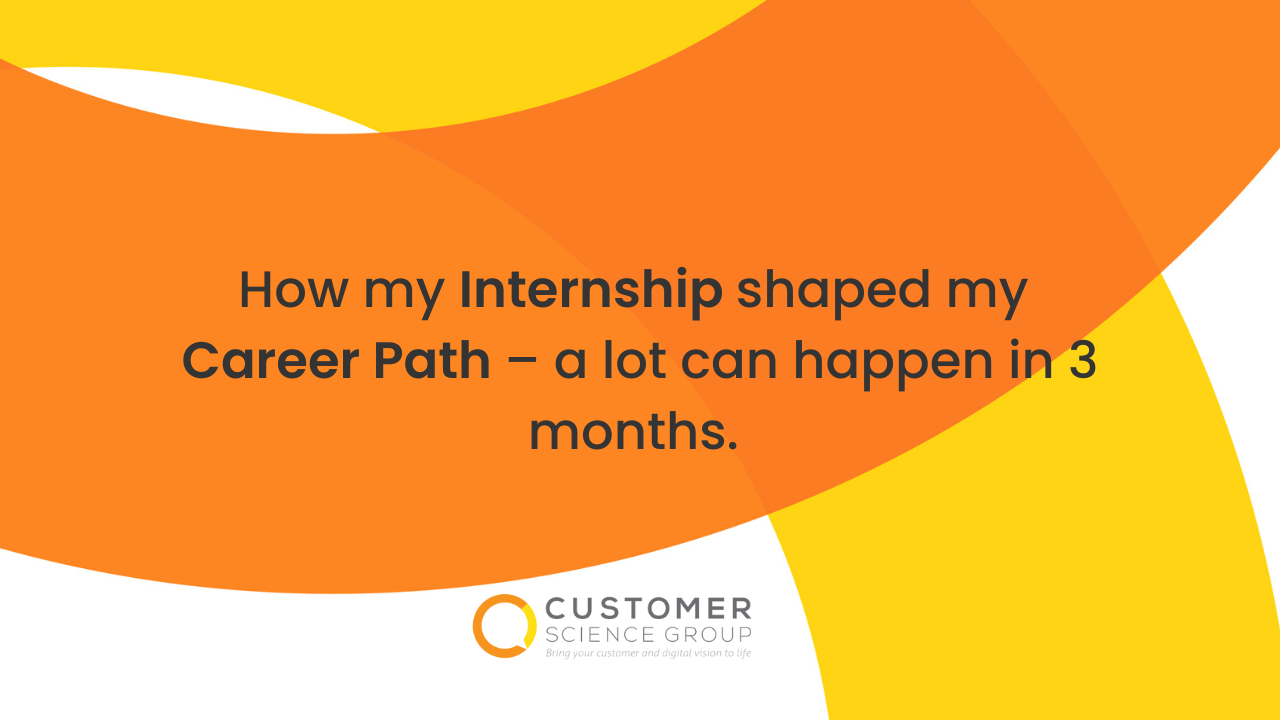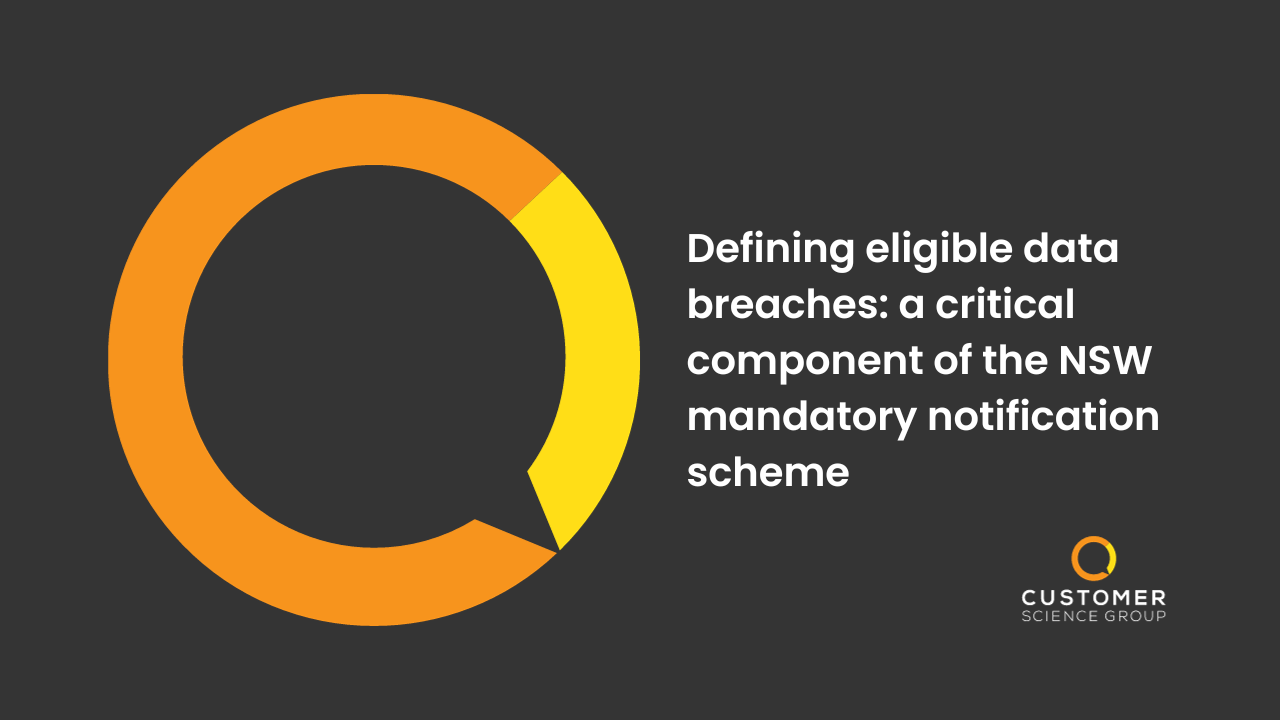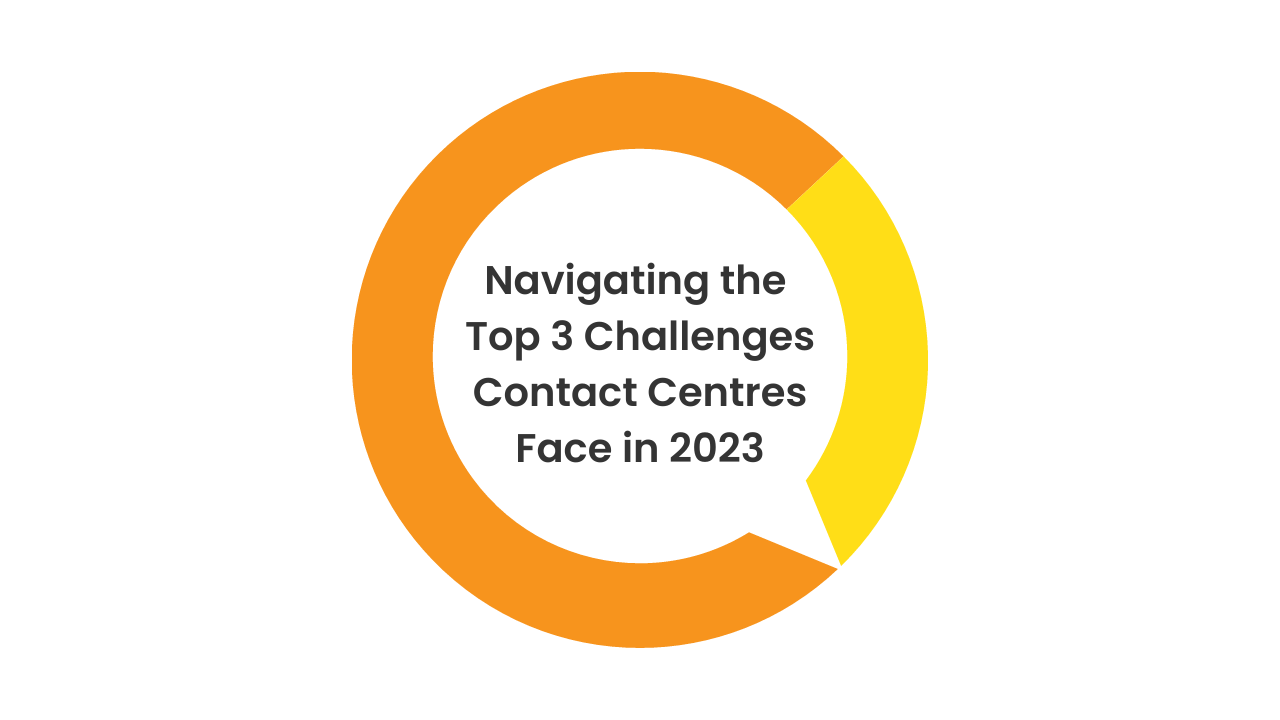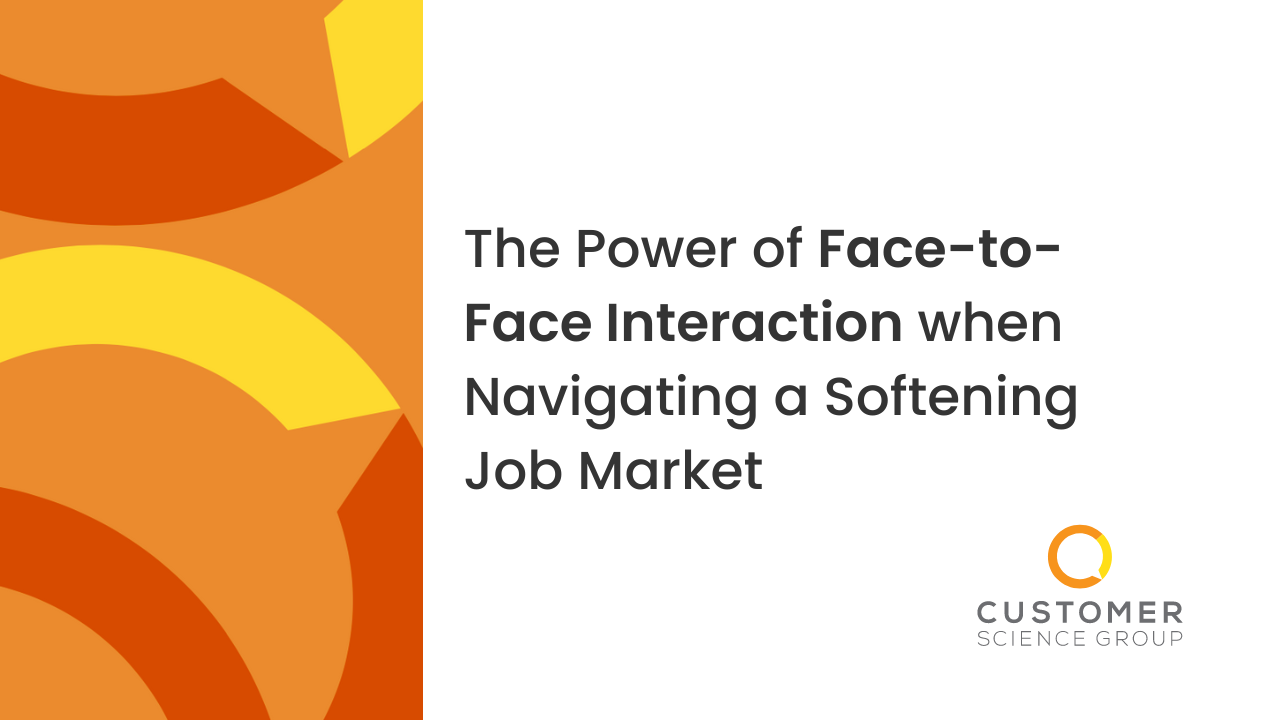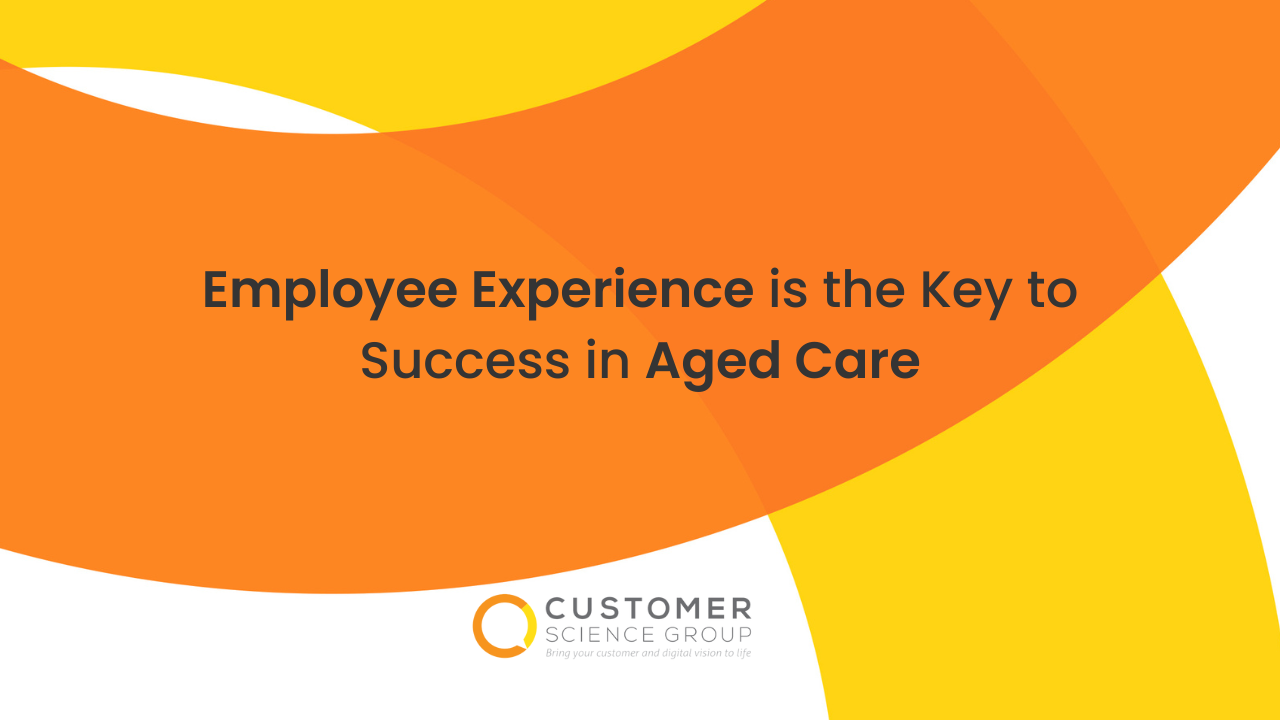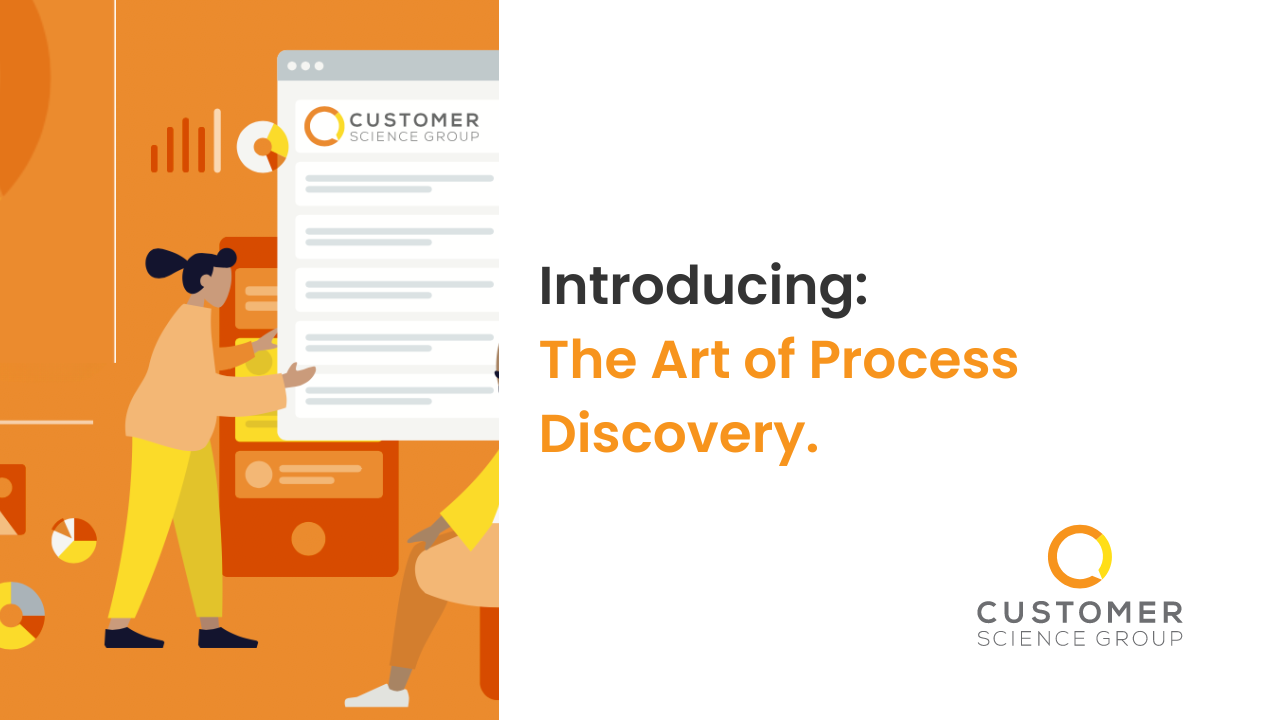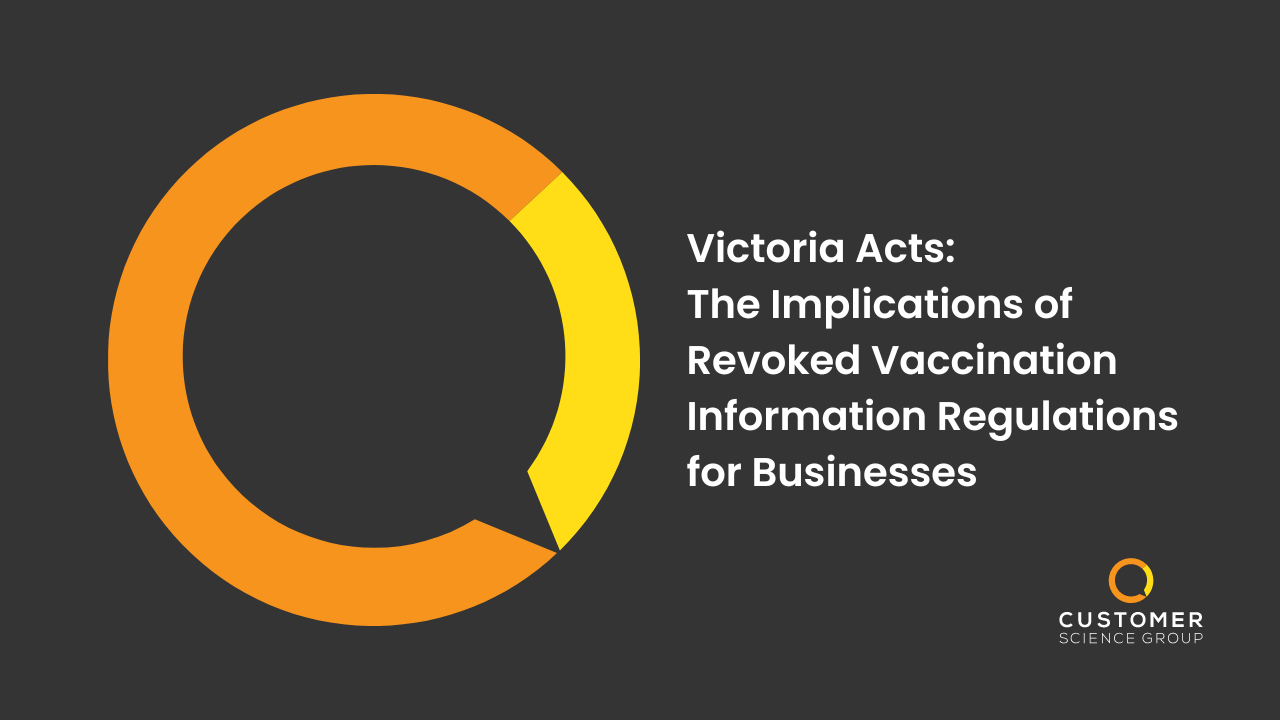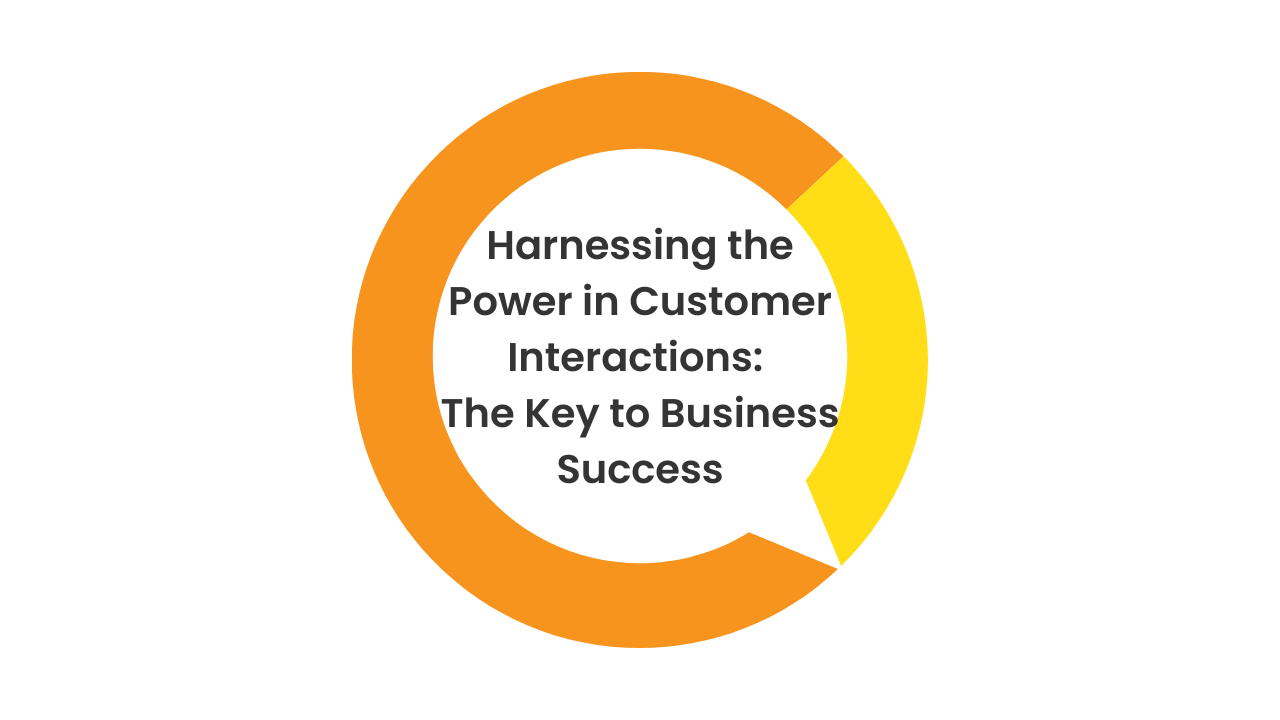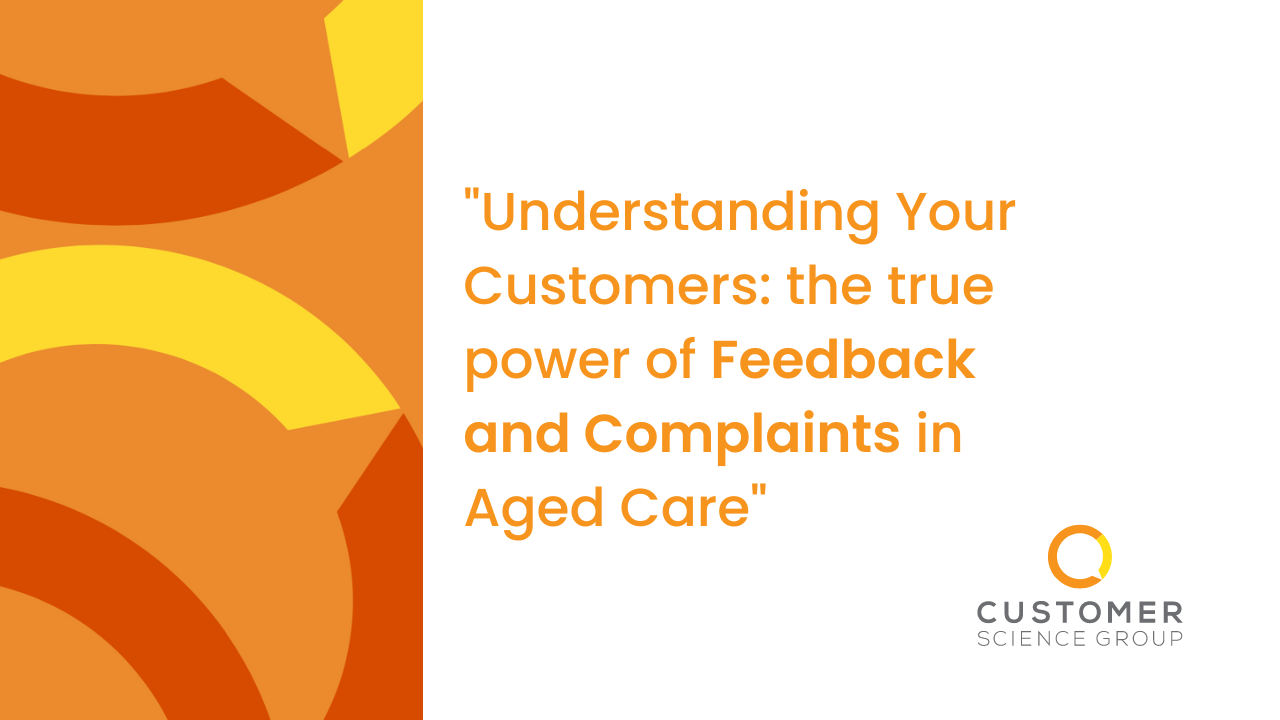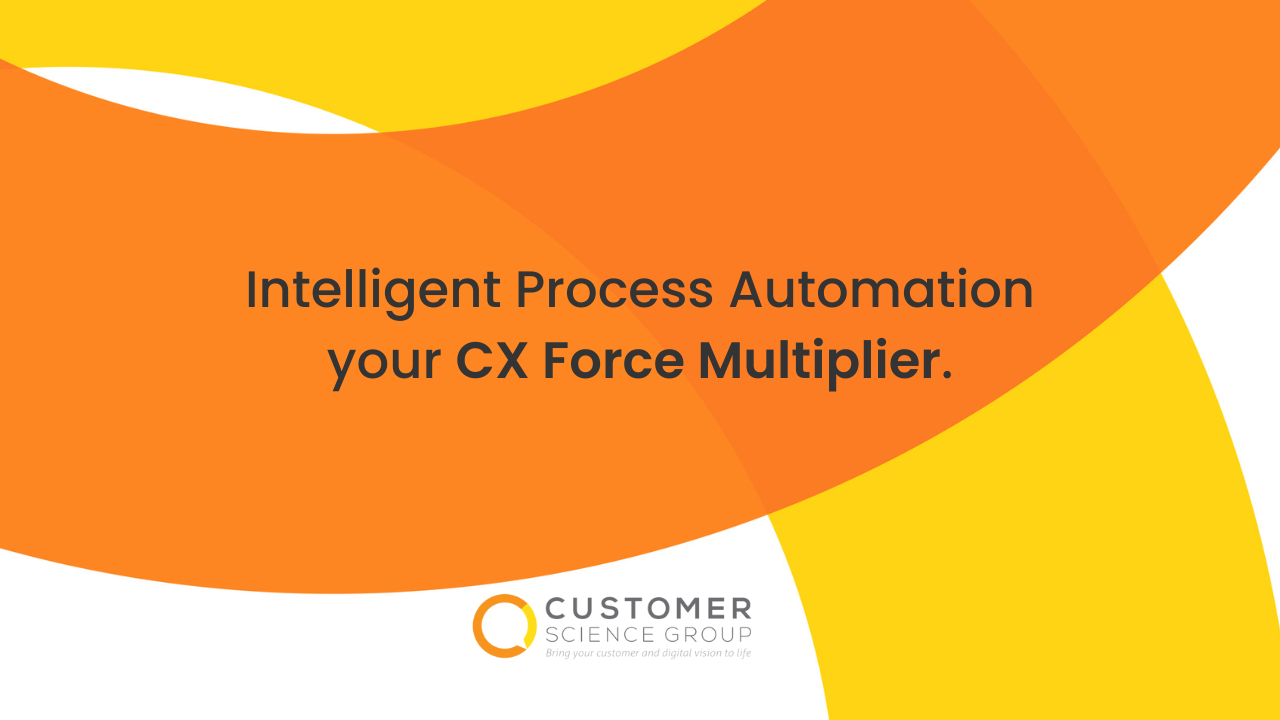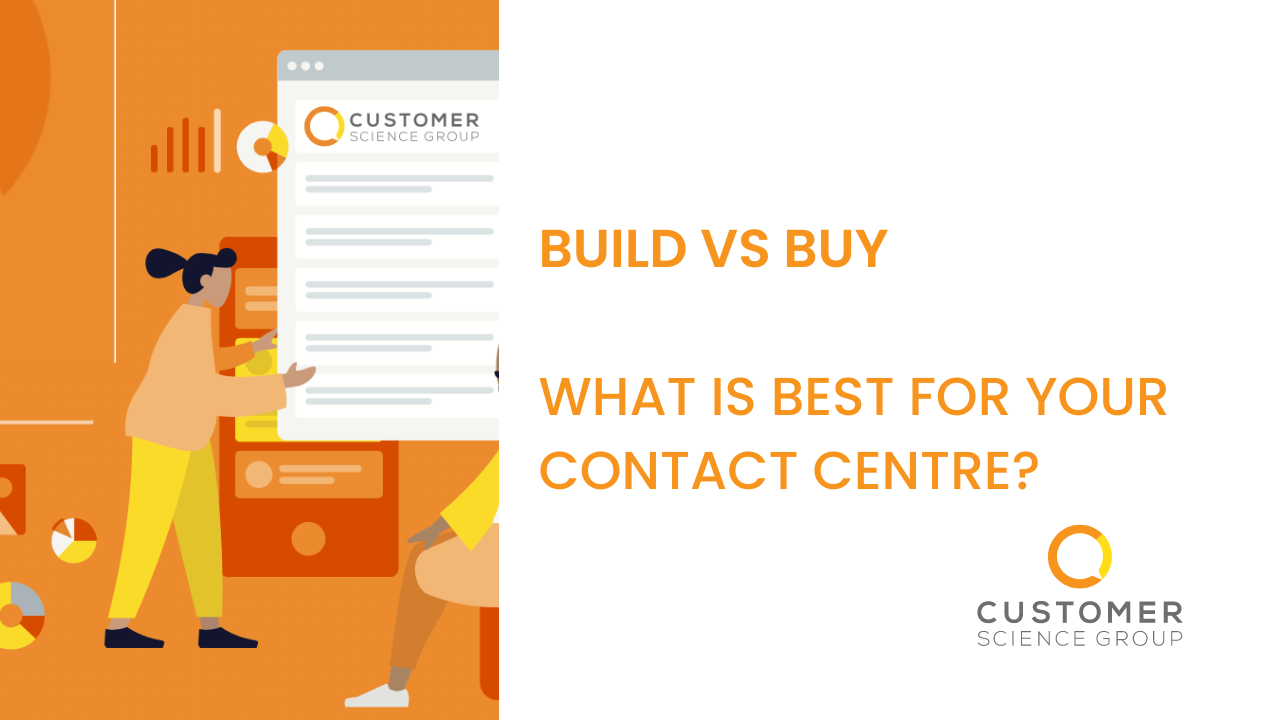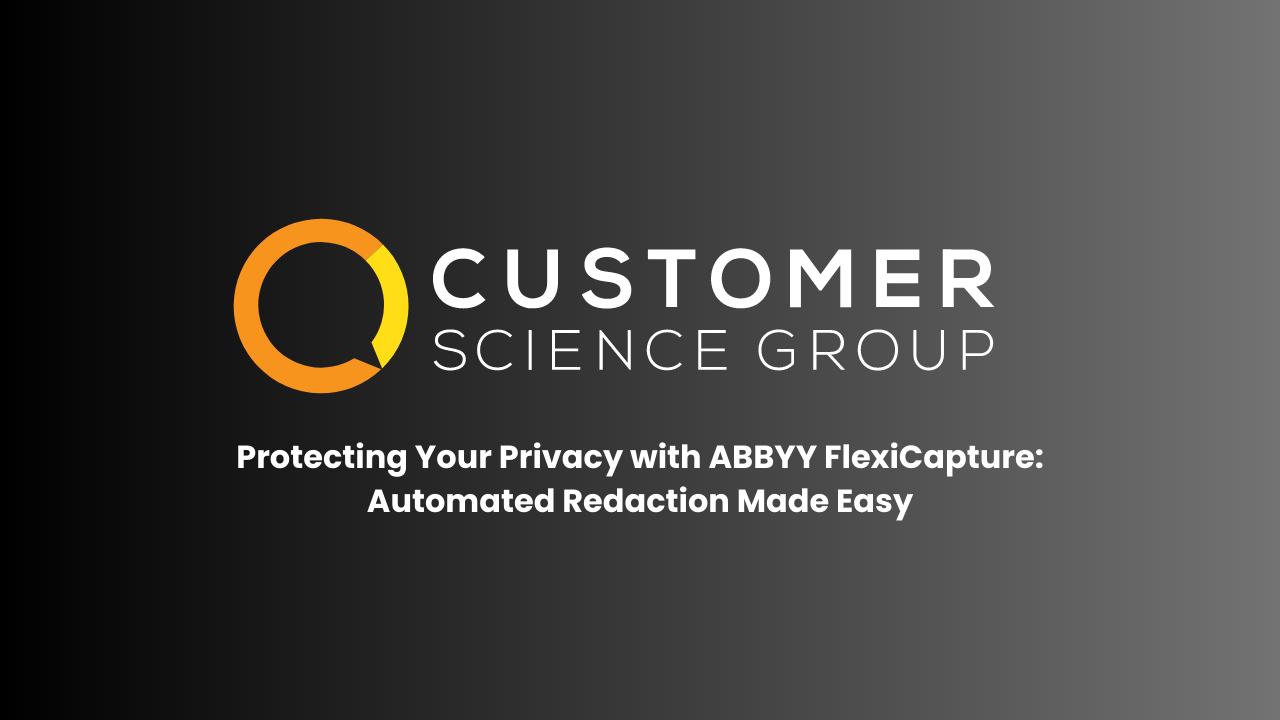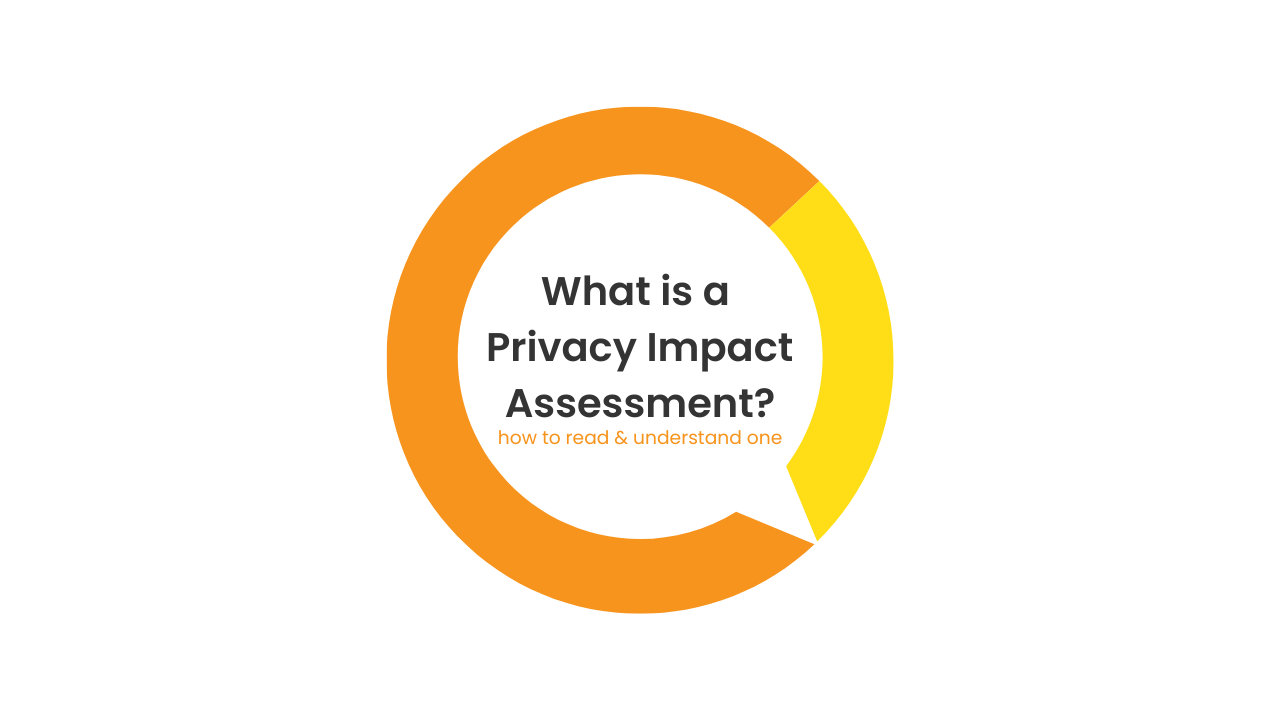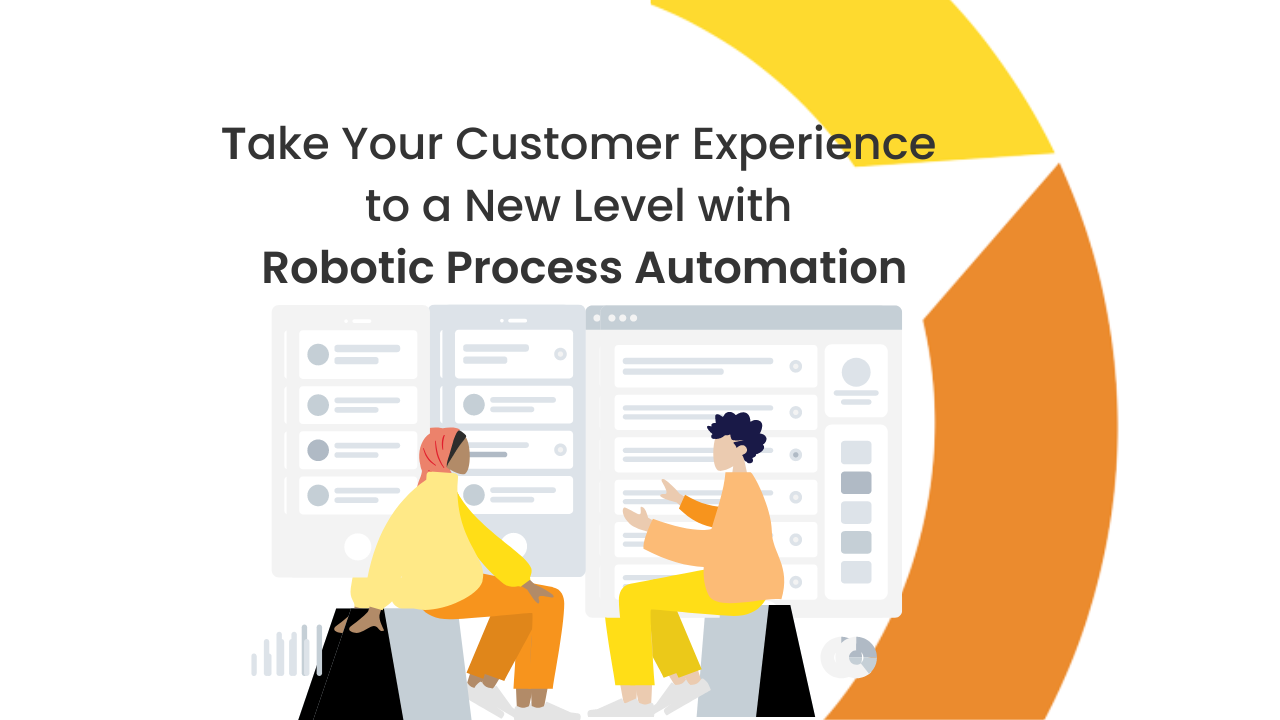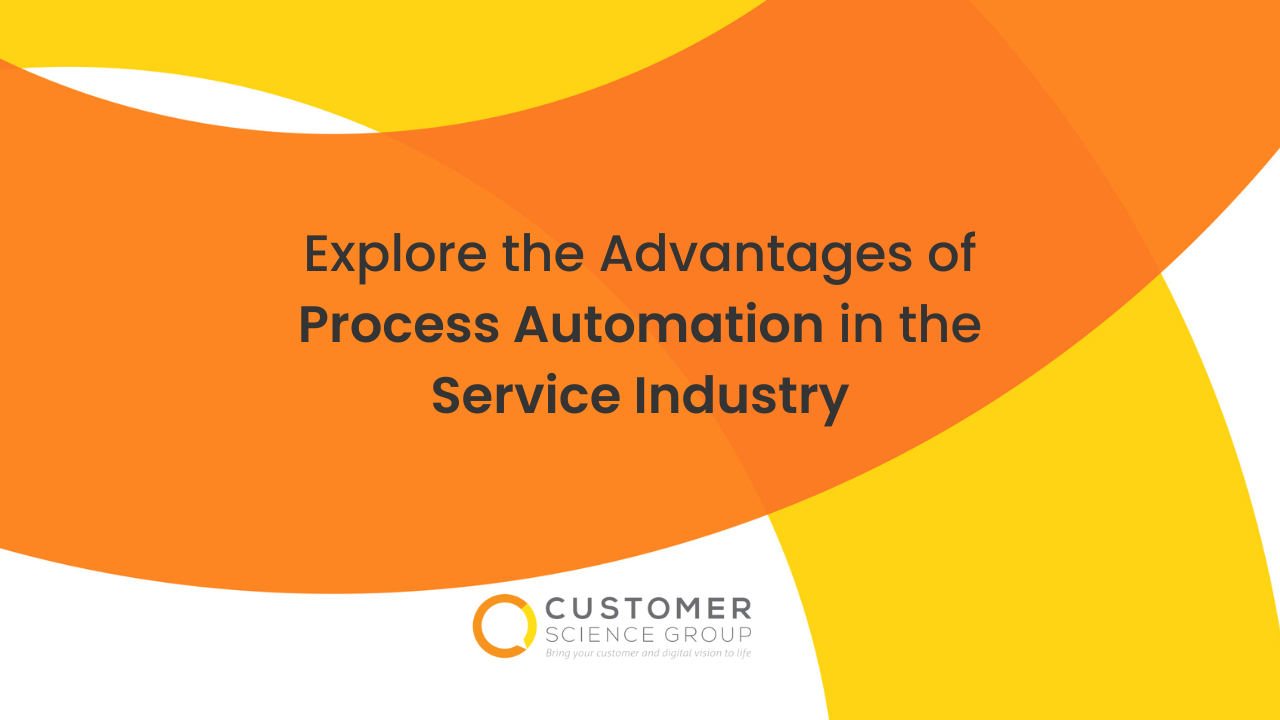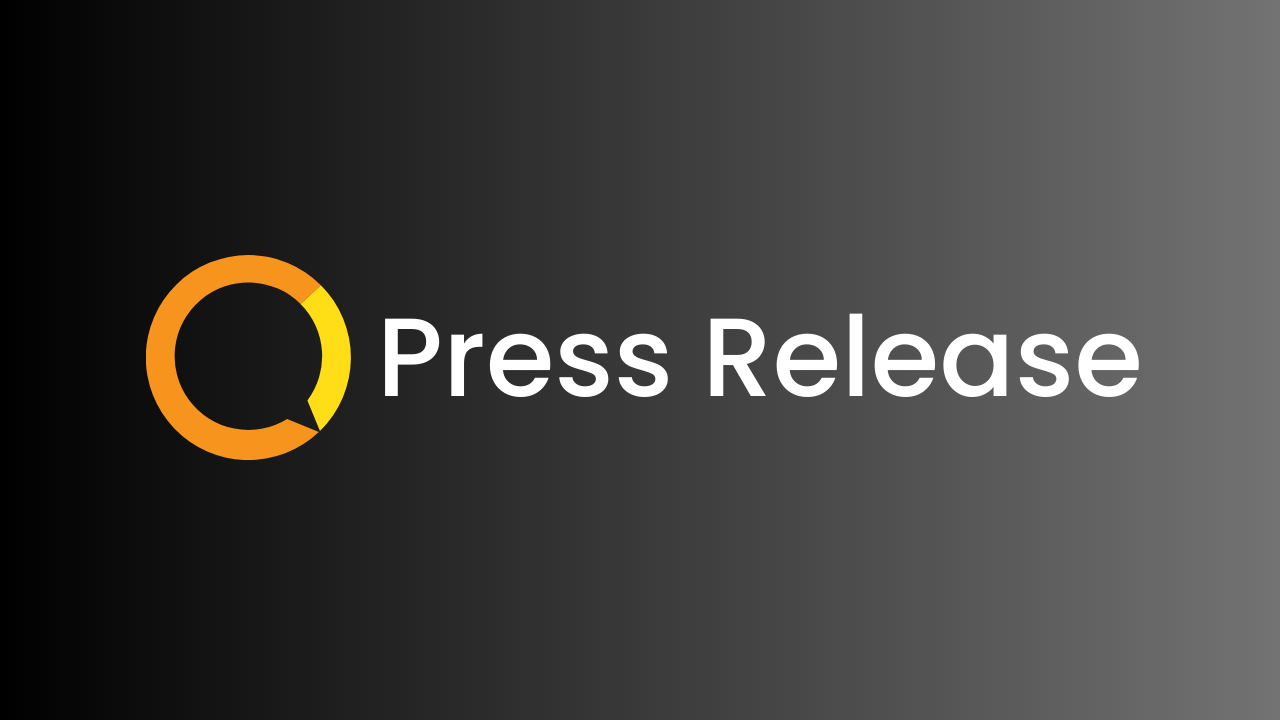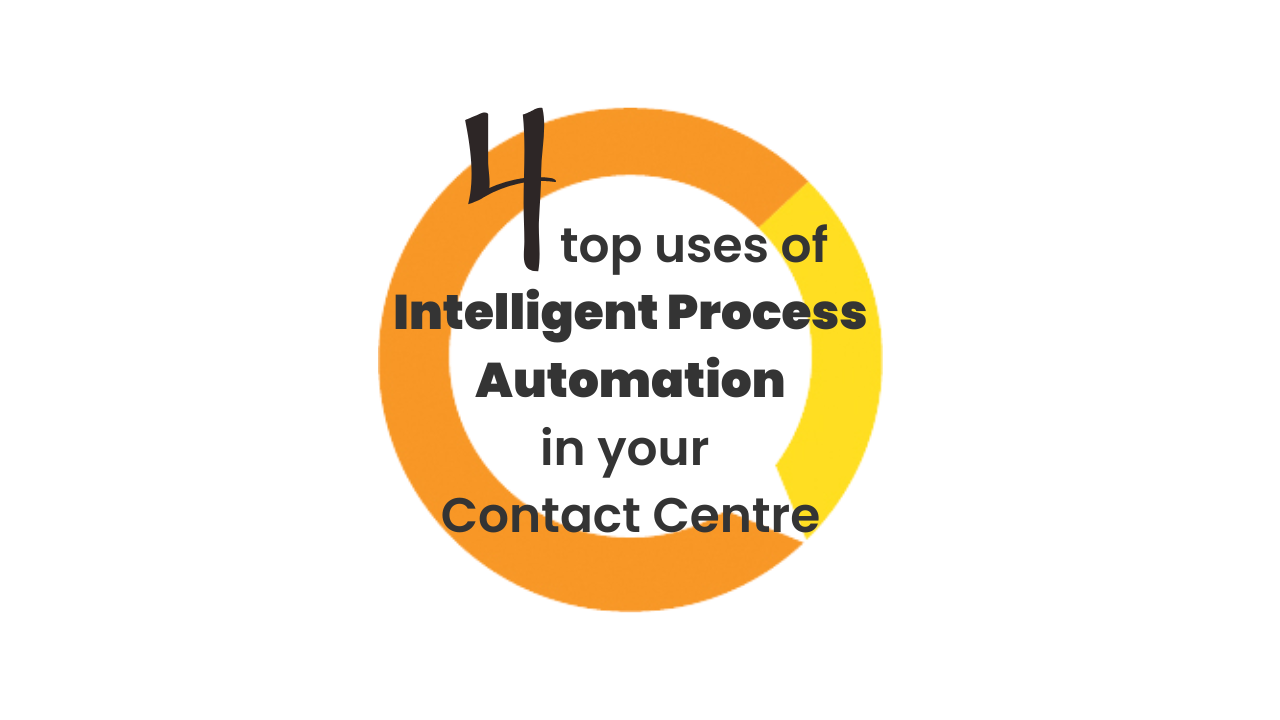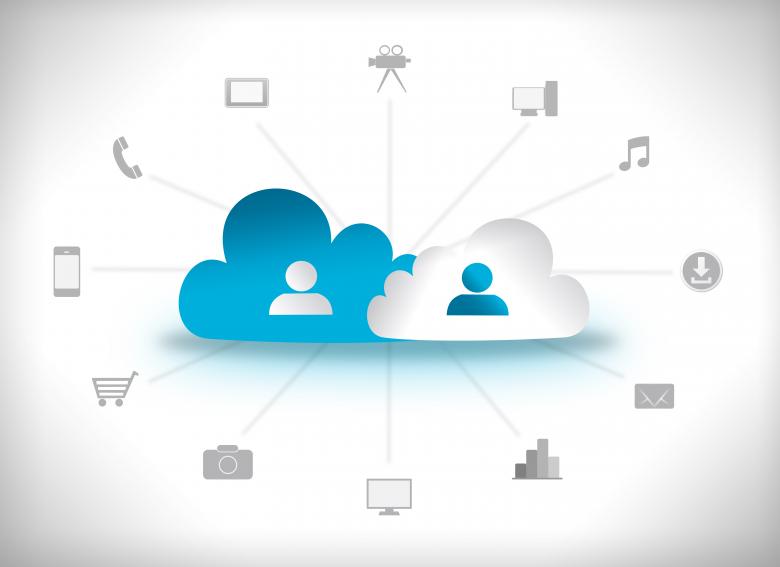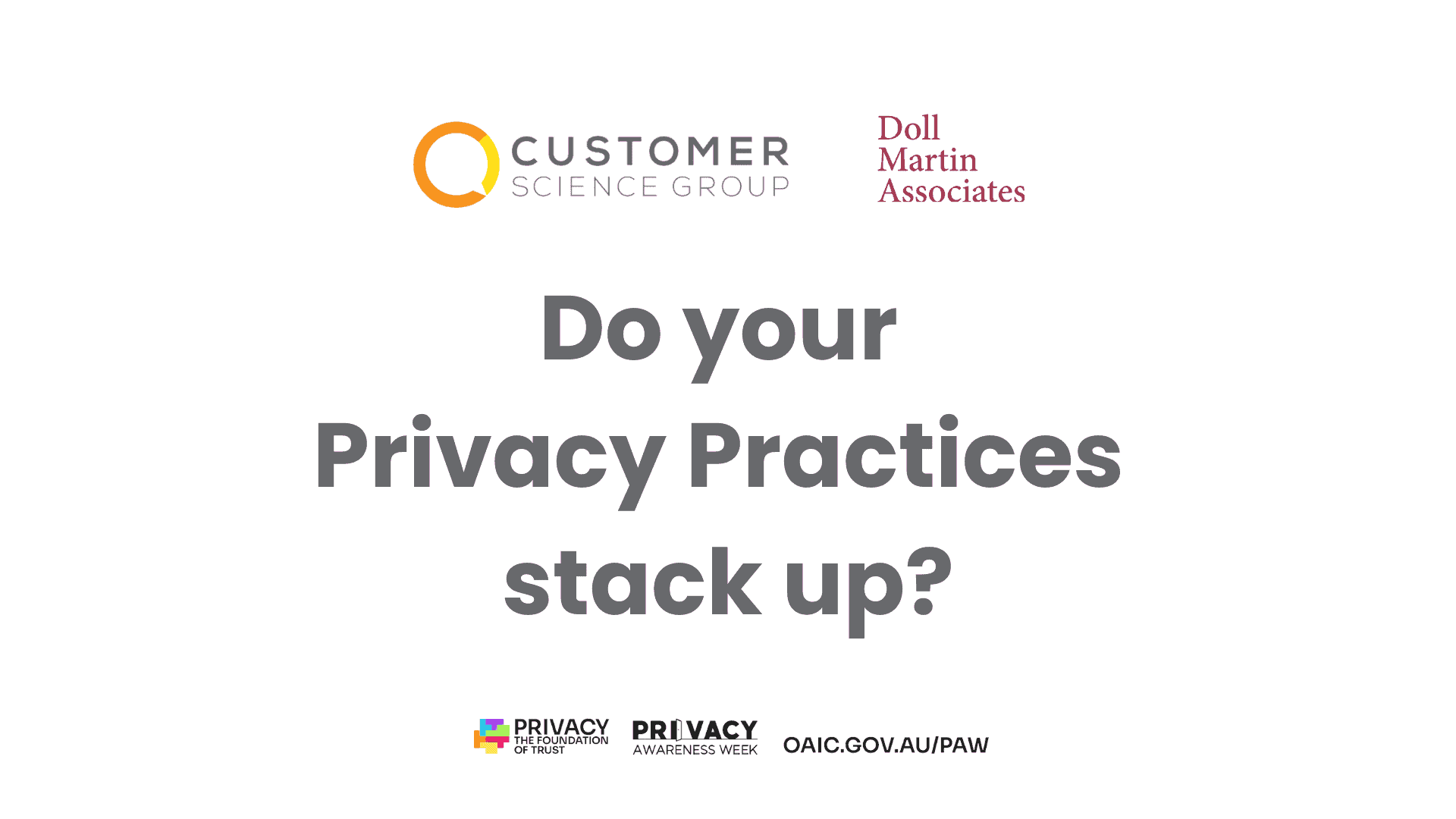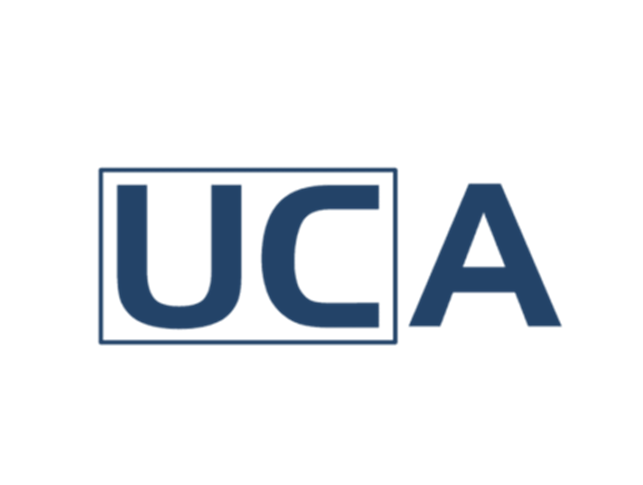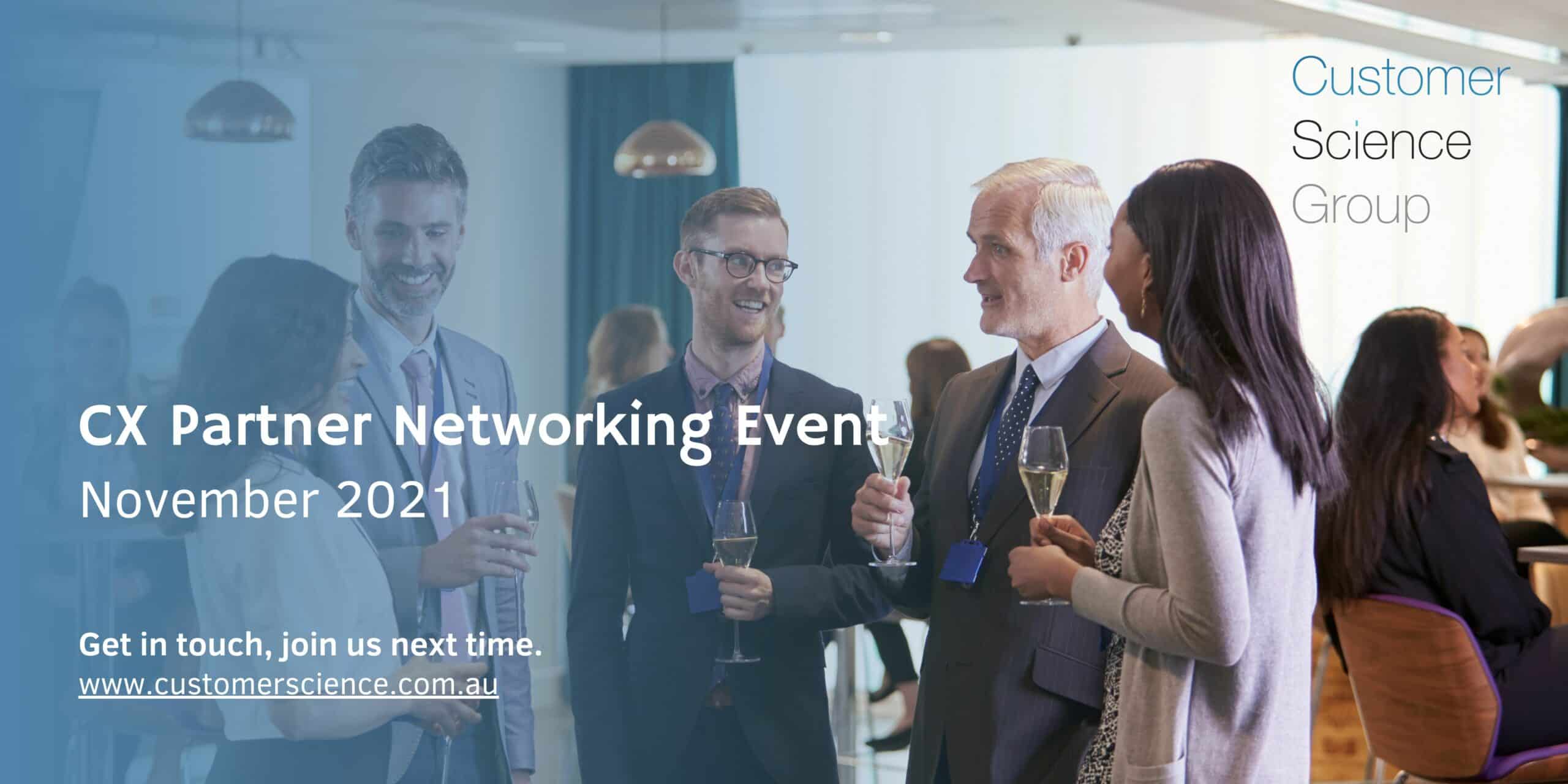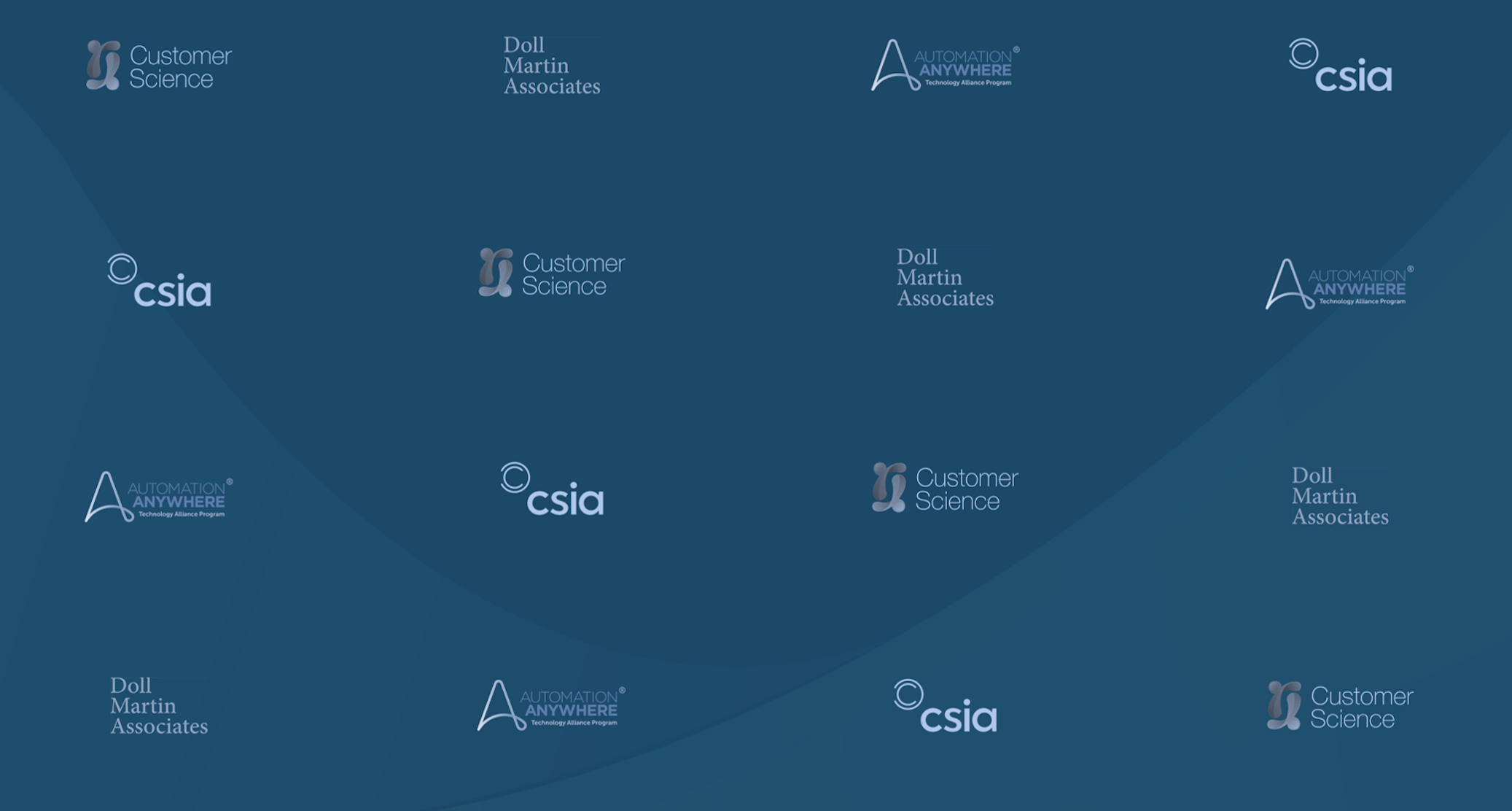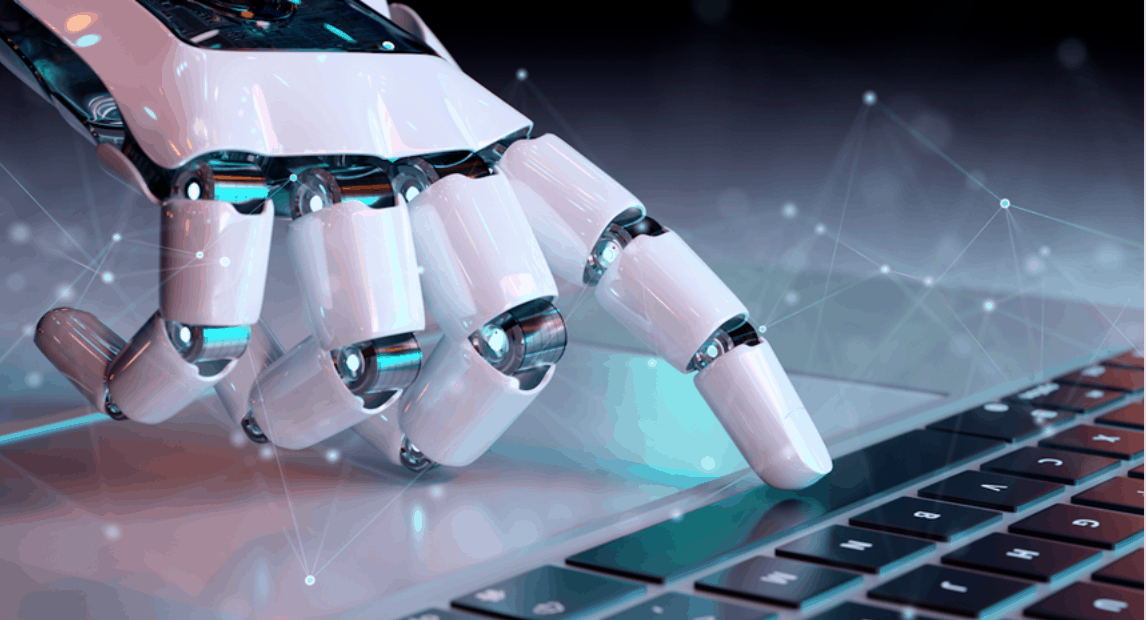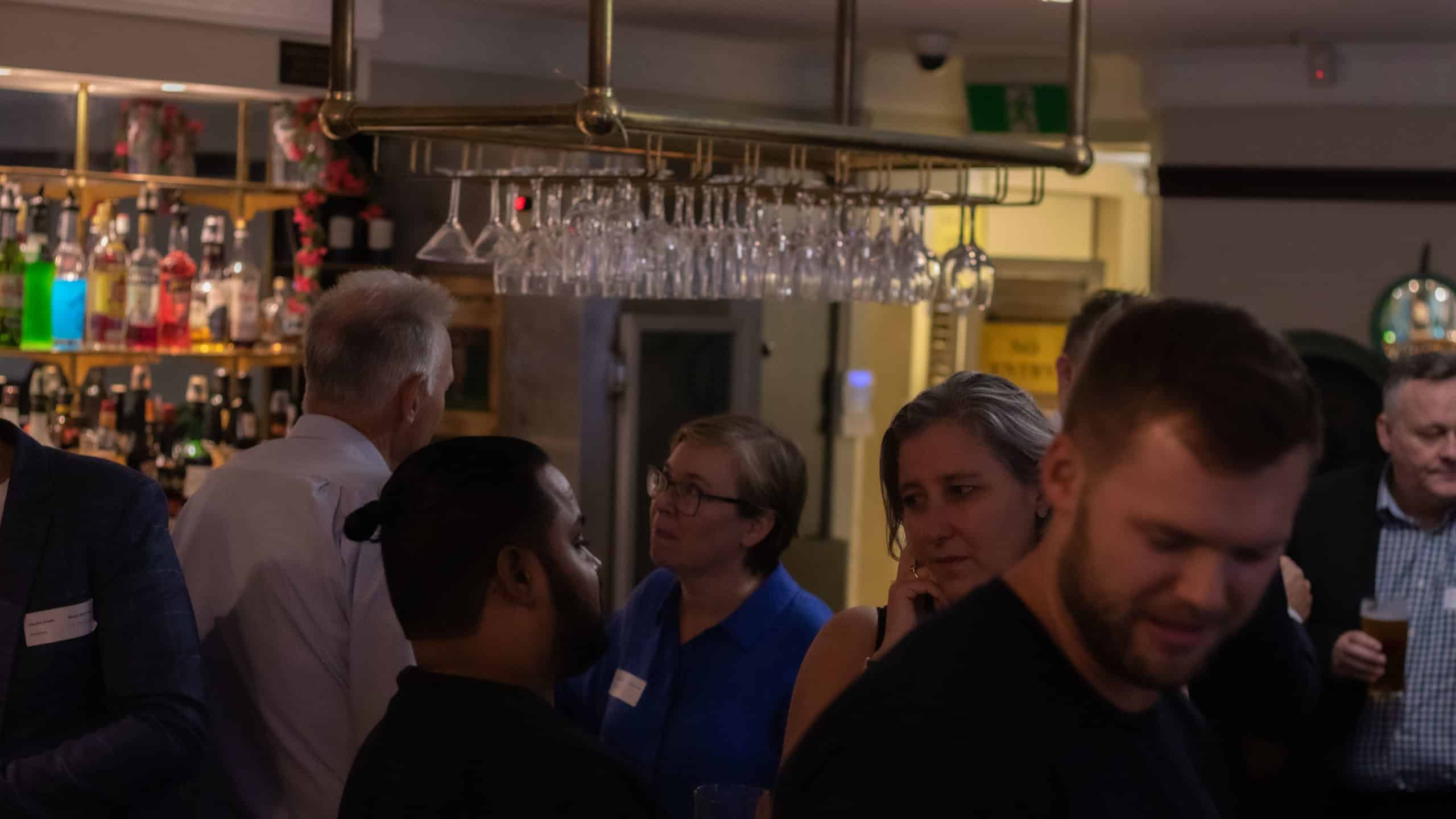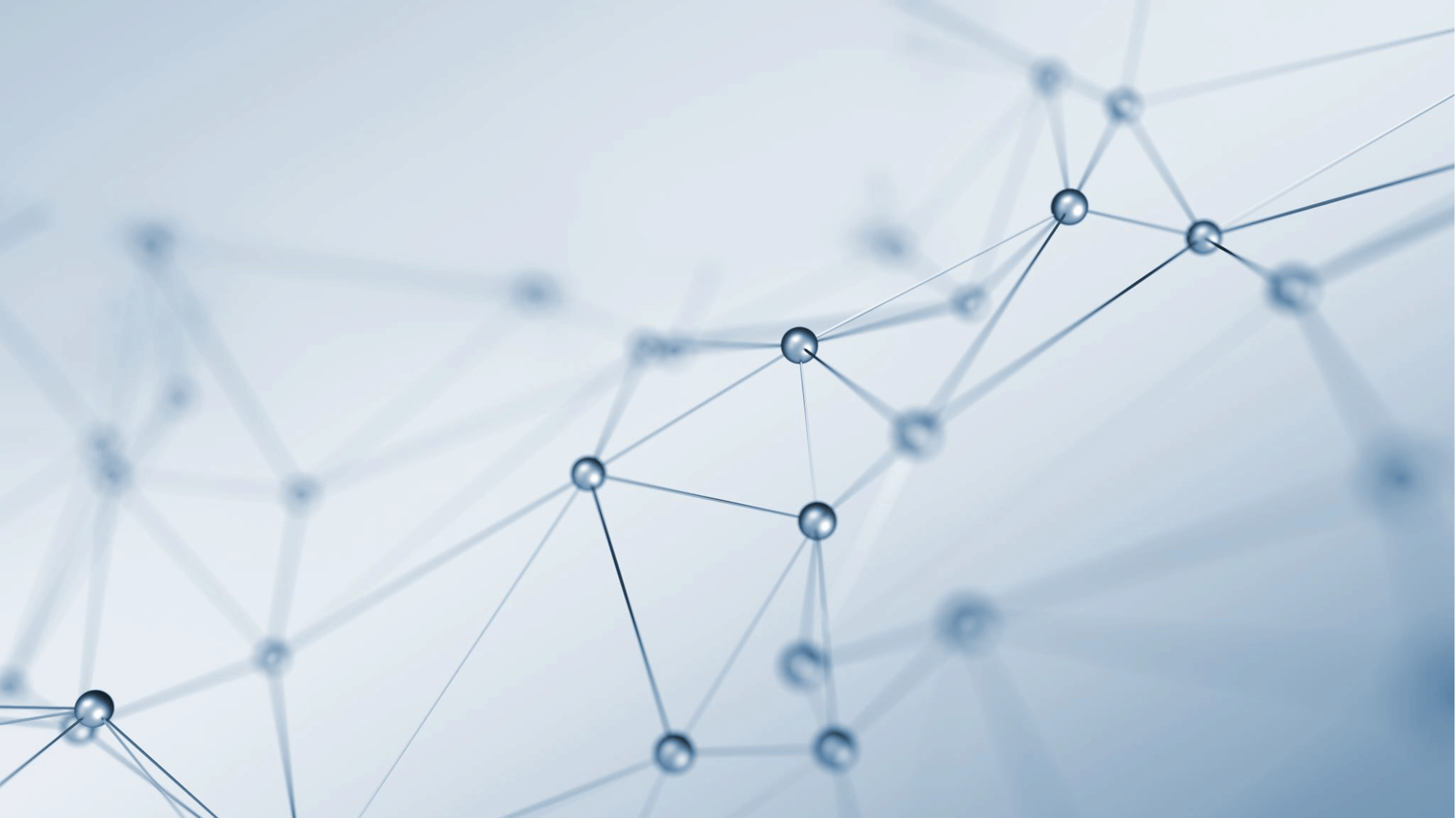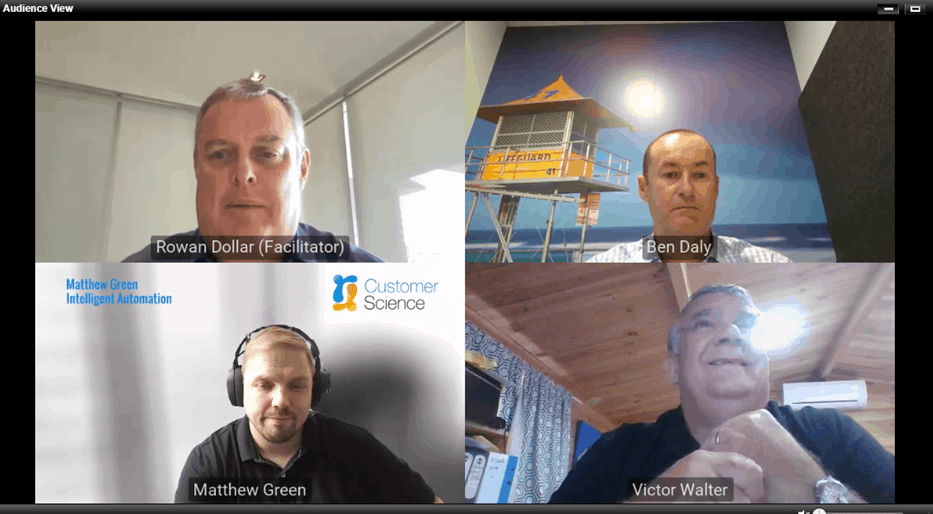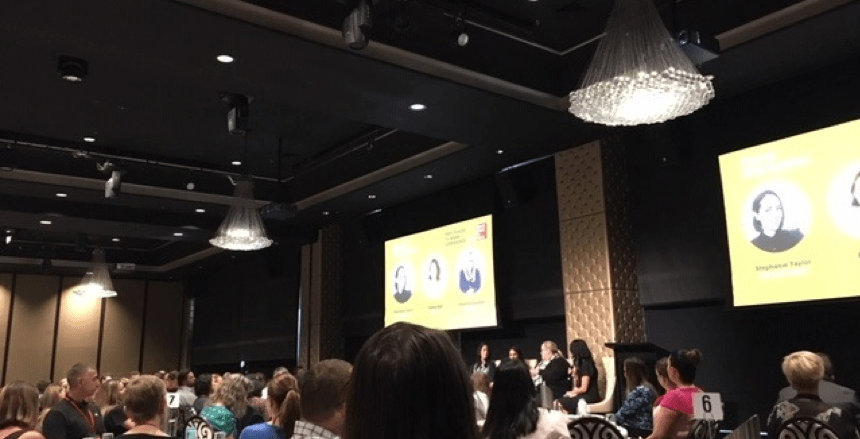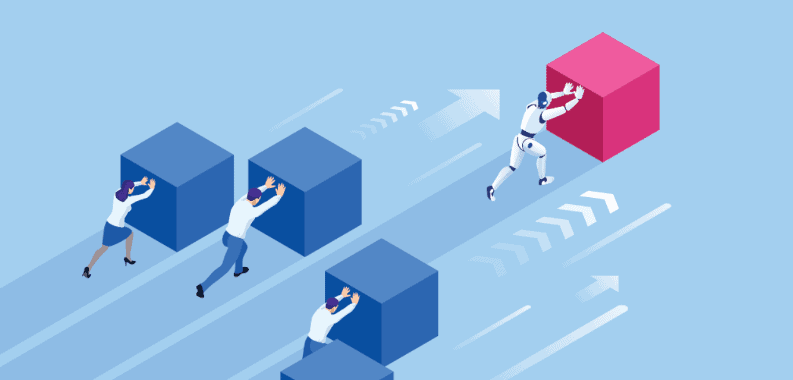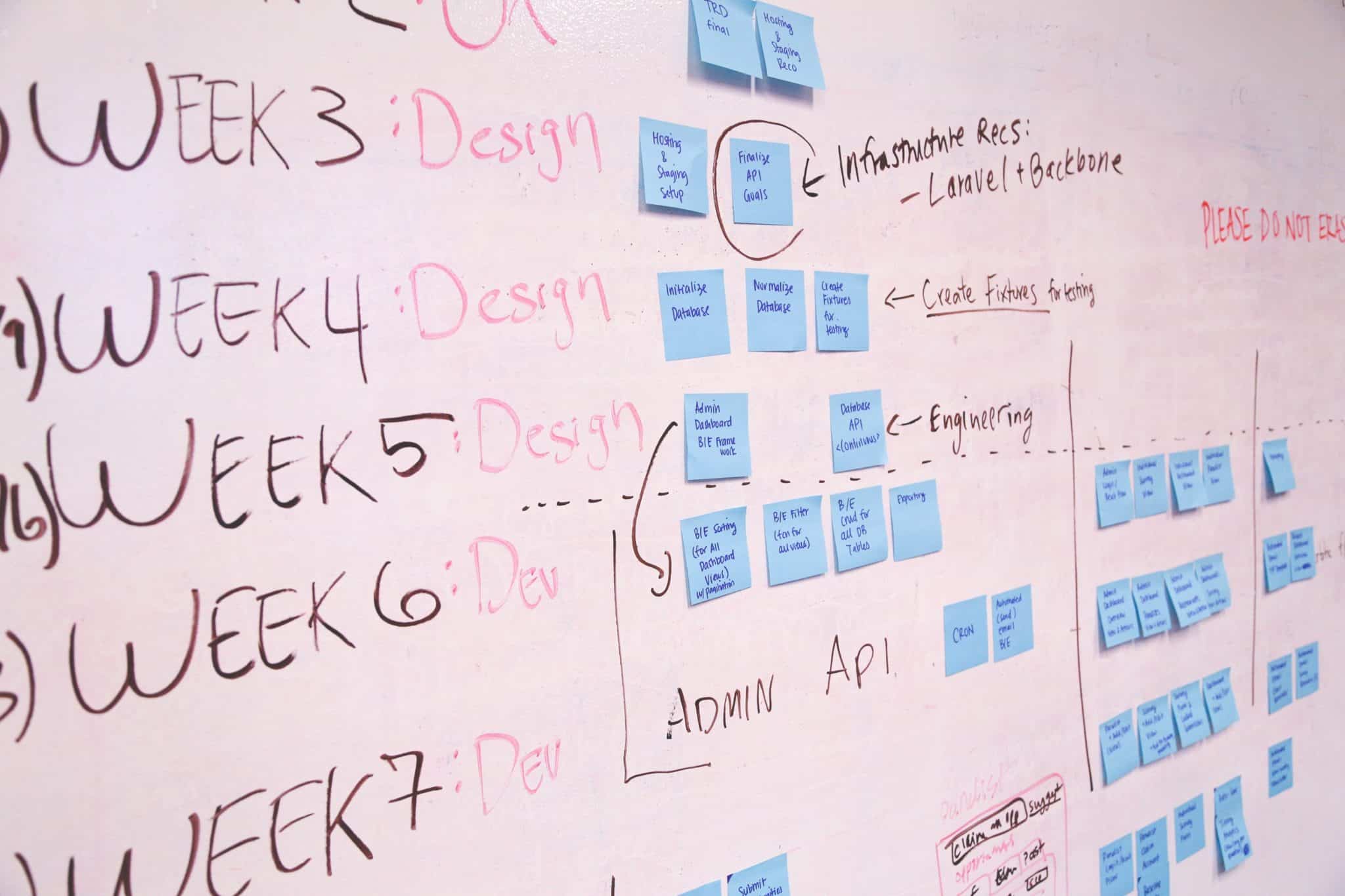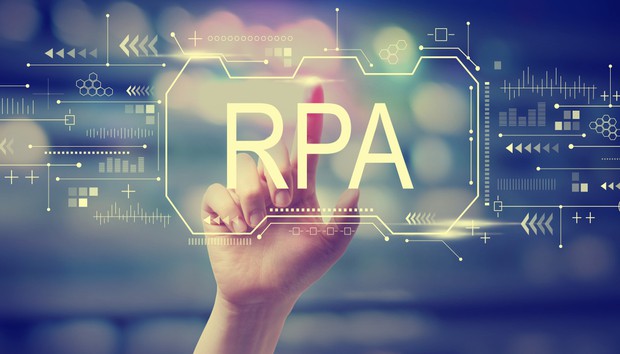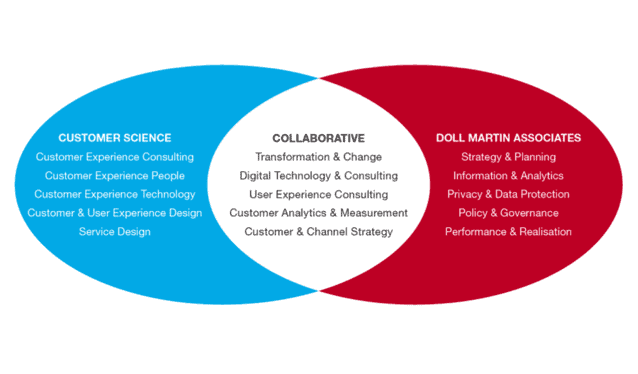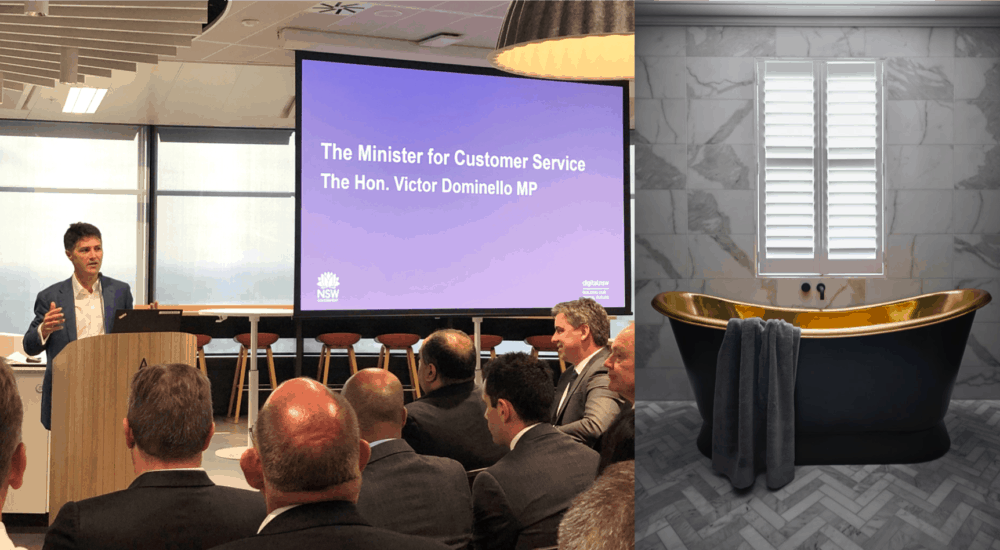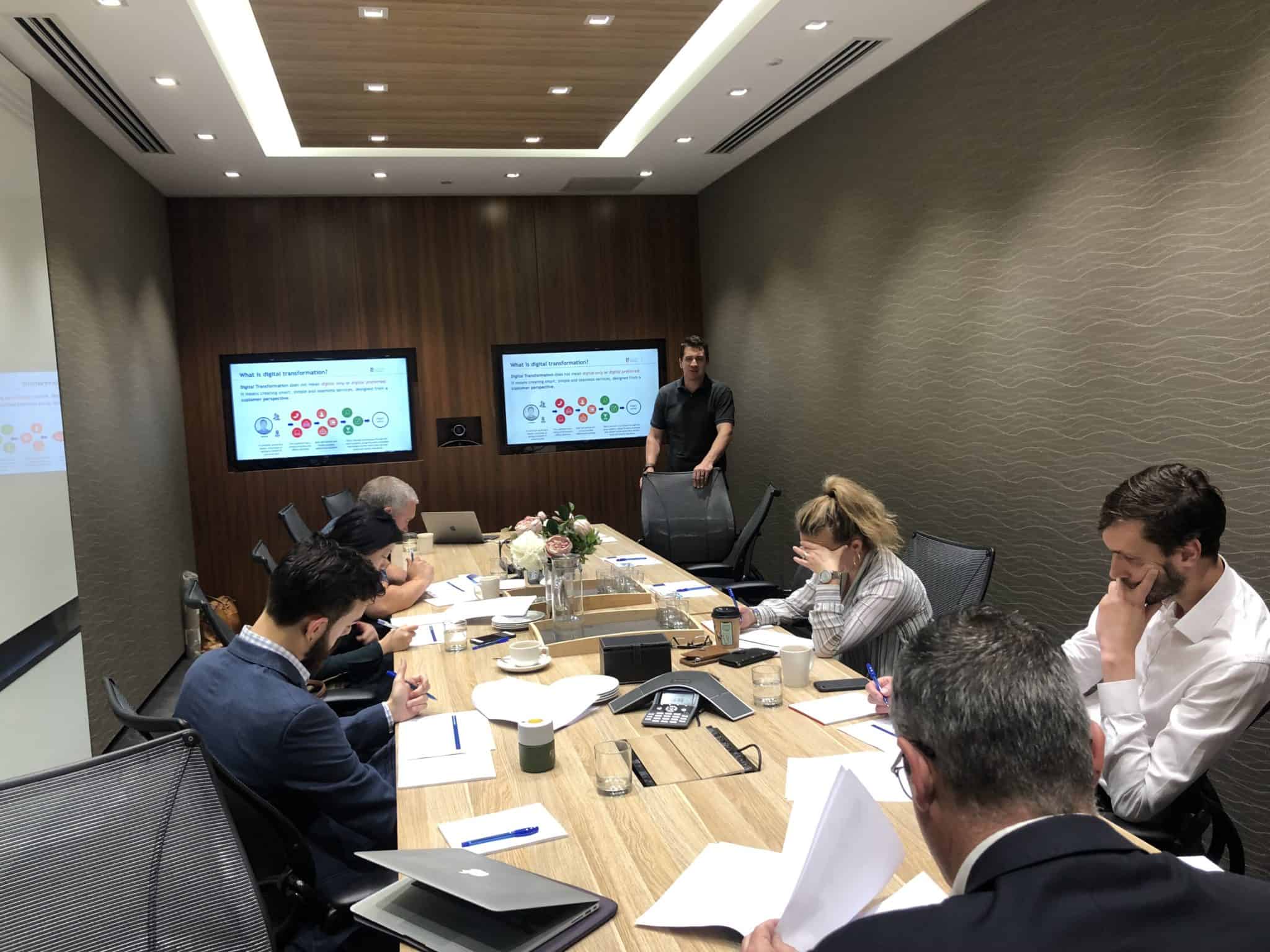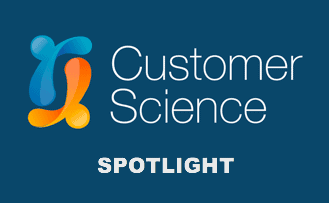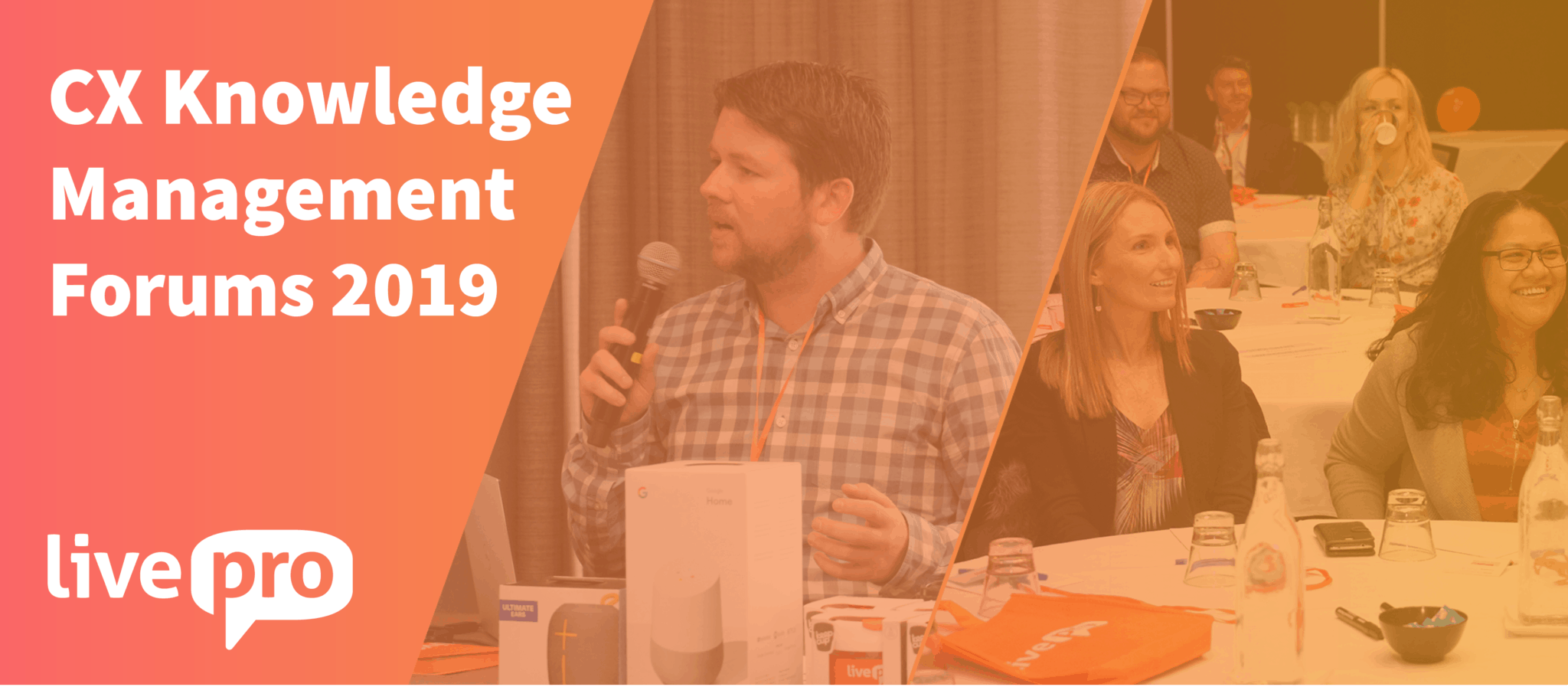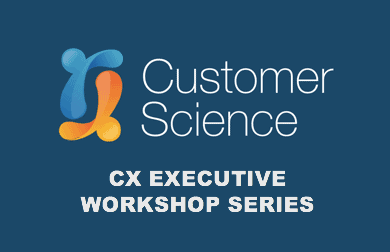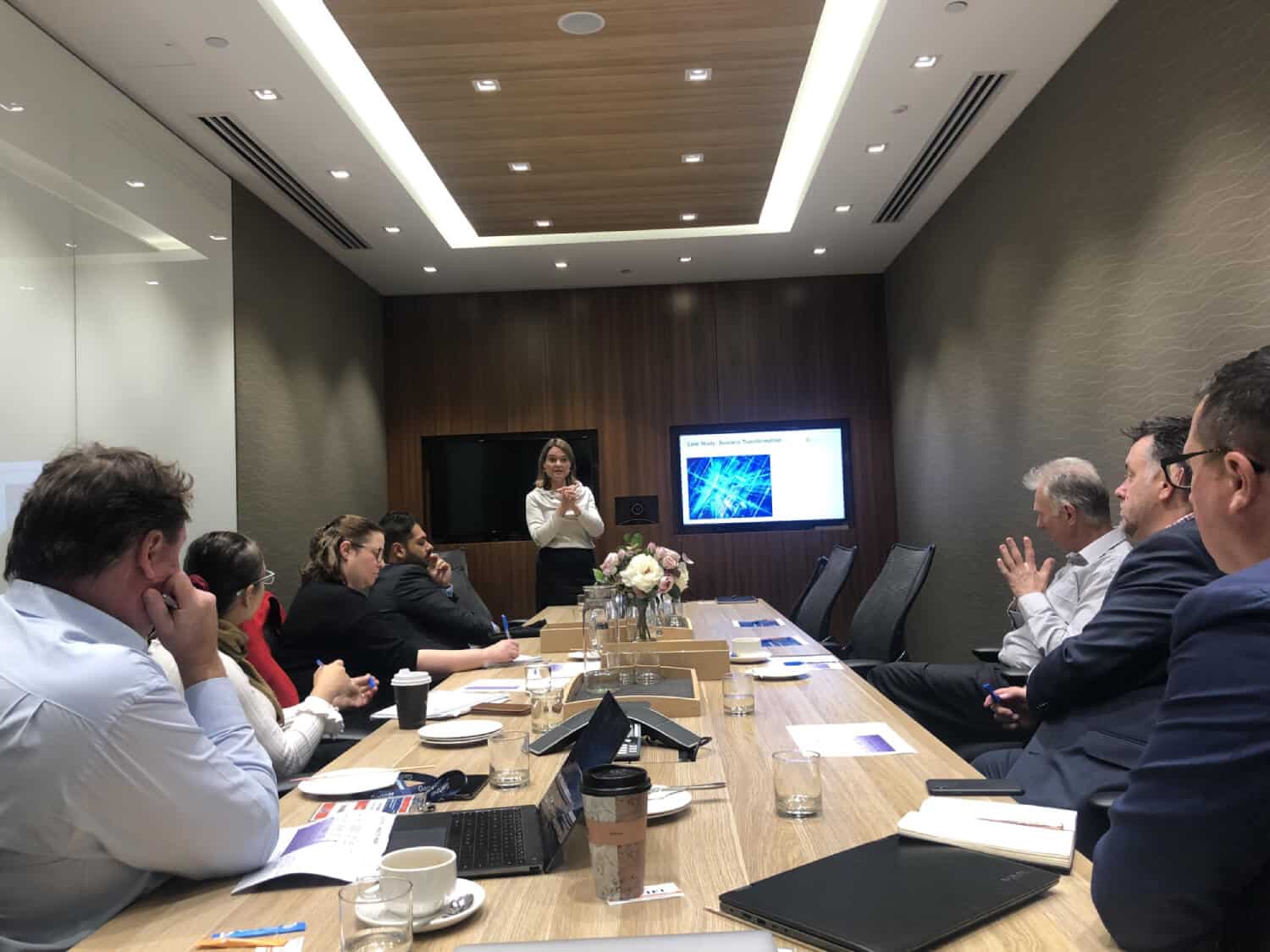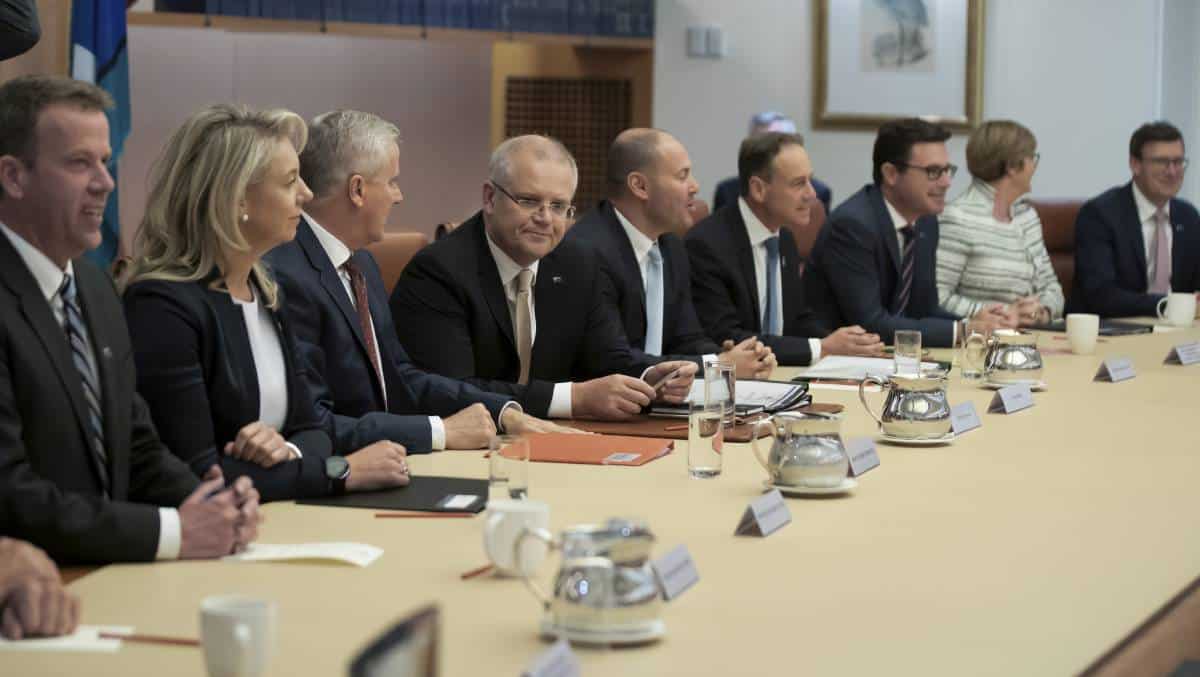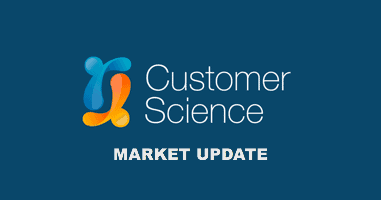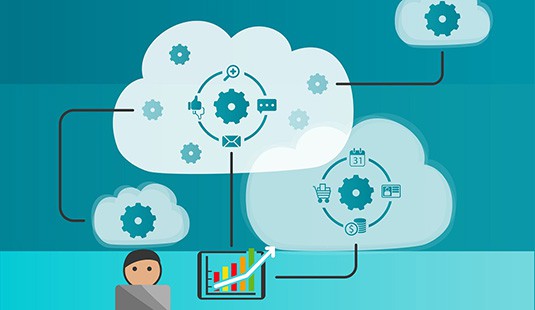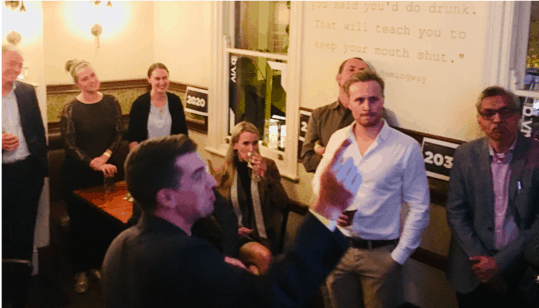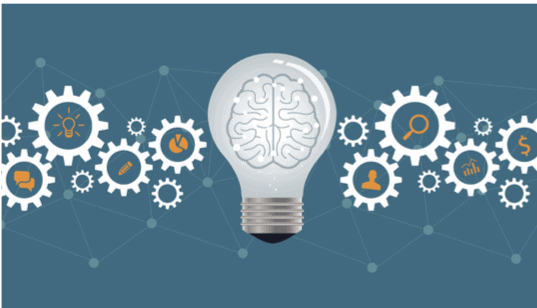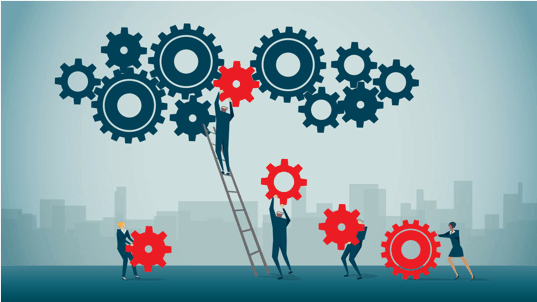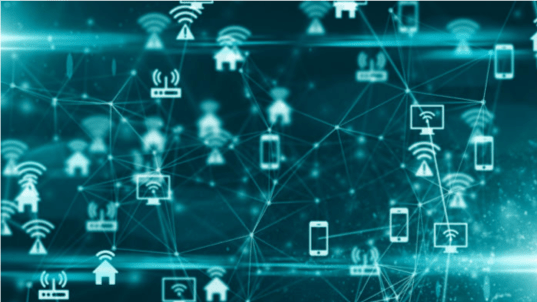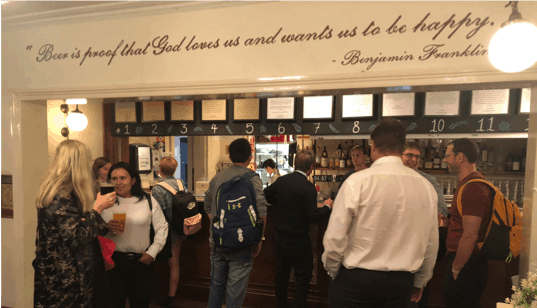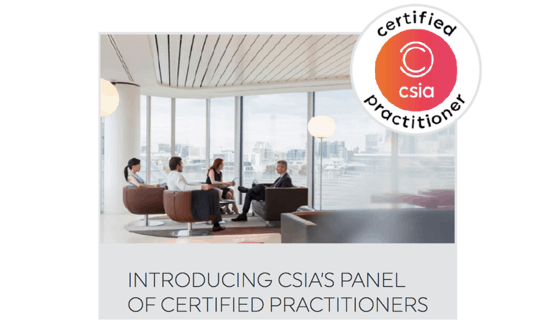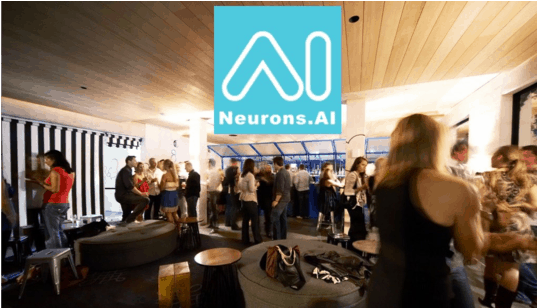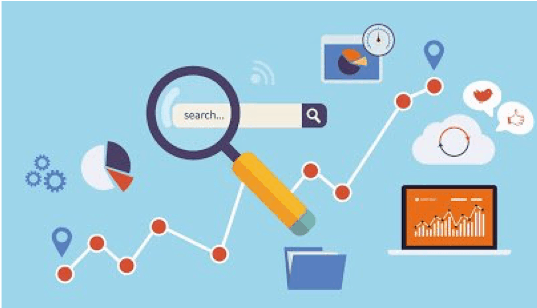Latest insights, updates and news
Case Study: Partner-Led Channel Expansion
Why do leaders bet on partner-led growth now? Executives face flat pipelines, rising customer expectations, and pressure to unlock non-linear growth. Partner-led channel expansion answers all three. Leadership teams that build orchestrated ecosystems diversify routes to market, increase relevance by meeting buyers where they prefer to engage, and compress time to value by pairing solutions…
Read articleEcosystem Health Metrics: Resilience & Redundancy
Why measure ecosystem health now? Executives face fragile value chains, cloud concentration risk, and AI-driven dependencies that can break customer experiences in seconds. Leaders need ecosystem health metrics that track resilience and redundancy across partners, platforms, and processes. This article defines practical metrics, shows how to instrument them, and ties them to outcomes like customer…
Read articleOperating a Service Alliance: Cadence & Artifacts
Why alliance cadence decides outcomes Executives set the tempo, and the tempo sets the outcome. A service alliance succeeds when partners run on a visible operating rhythm that drives decisions, delivery, and improvement. The cadence makes collaboration predictable. The artifacts make collaboration auditable. Together, cadence and artifacts reduce ambiguity, shorten decision cycles, and protect value…
Read articleJoint Service Proposition Canvas
Why do leaders need a Joint Service Proposition now? Ecosystem leaders face revenue pressure, rising expectations, and fragmented partner execution. Buyers expect connected experiences across channels, brands, and service moments. A Joint Service Proposition aligns multiple organisations to deliver one coherent promise, one measurable outcome, and one operating rhythm. The canvas turns scattered partnership ideas…
Read articlePartner Onboarding Playbook
Why partner onboarding decides ecosystem value Executive teams want ecosystem revenue to scale without friction. Partner onboarding sets the tone, defines the rules, and accelerates time to joint value. Strong onboarding aligns strategy, data, process, and brand experience across legal entities that never share a single org chart. Weak onboarding creates duplicate effort, rework, and…
Read articleMarketplace vs Monolith: Control vs Reach
Who needs this decision now? Executives face the same architectural fork each year. Marketplace operators promise growth through other people’s audiences. Monolithic builders promise control through tight integration and closed loops. Customer Experience and Service leaders must translate that choice into service quality, operating cost, risk posture, and brand equity. The trade looks simple. The…
Read articleChannel Conflict vs Coopetition
What do executives mean by channel conflict and coopetition? Leaders use channel conflict to describe disputes among route-to-market partners whose actions undermine each other’s sales, margin, or market share objectives. In practical terms, conflict emerges when a manufacturer, distributor, or retailer perceives that another participant’s tactics prevent it from meeting its own goals. Classical marketing…
Read articleRisk, Compliance, and SLAs in Partnerships
Why risk, compliance, and SLAs must lead ecosystem strategy Partnership leaders shape outcomes when they treat risk, compliance, and service level agreements as the spine of the ecosystem, not an afterthought. Executive teams often move fast to unlock capability, coverage, or cost advantages through partners. The same teams stumble when exposure, accountability, and service expectations…
Read articleIdentity/Context Handoff Across Partners
Why does identity and context handoff decide multi-partner CX success? Leaders run multi-partner ecosystems to meet customer expectations, but identity breakdowns create friction that customers feel instantly. Identity and context handoff is the controlled transfer of who the customer is and what is happening in their journey between parties. Good handoff preserves authentication, authorisation, and…
Read articleAPIs, Integration Patterns, and Data Contracts
Why do APIs set the pace for Customer Experience transformation? APIs connect channels, data, and services so customers get fast, consistent outcomes across every touchpoint. Well designed interfaces shorten cycle times, improve reliability, and unlock reuse across the ecosystem. Executives use APIs to decouple change, which means teams can ship improvements without breaking critical journeys.…
Read articlePlatform Thinking for Services
Why do services need platform thinking now? Leaders face a structural shift. Digital networks concentrate demand, compress cycles, and reward orchestrators that turn services into scalable exchanges. Platform thinking reframes a service not as a linear process but as a managed marketplace of interactions among customers, employees, partners, and data. In contrast to pipeline operations,…
Read articleBuild, Buy, Partner: Strategic Choice Framework
Why do CX leaders need a build–buy–partner decision today? Executives face a simple choice with complex implications. Leaders either build capabilities internally, buy them via acquisition or technology procurement, or partner to access them through an ecosystem. Transaction Cost Economics defines this as choosing the most efficient governance structure for a given activity once coordination,…
Read articleCompliance Scorecard: Privacy, Safety, Accessibility
What is a compliance scorecard for privacy, safety, and accessibility? Leaders use a compliance scorecard to quantify how well an organisation protects personal data, reduces harm, and enables inclusive access across products and services. The scorecard turns abstract obligations into measurable controls. Privacy defines how an entity collects, uses, stores, and deletes personal information under…
Read articleCase Compendium: Inclusive Service Wins
Why inclusive service belongs on the CEO agenda Executives set ambition. Executives also set the pace. Inclusive service earns growth by removing barriers that keep valuable customers out. One in six people worldwide lives with a disability, which represents about 1.3 billion customers who encounter friction in everyday services.¹ This market is not niche. It…
Read articleImpact Dashboard: People, Planet, Profit
Why do leaders need an impact dashboard that speaks people, planet, and profit? Executives want one view of truth that connects customer experience to environmental and financial outcomes. A well designed impact dashboard translates activity into outcomes and outcomes into decisions. It aligns operating data, sustainability disclosures, and customer signals in a single structure that…
Read articleSupplier Code of Conduct & Audits
Why do leading enterprises operationalise supplier conduct now? Executives face a simple reality: customers judge brands by the behaviour of their suppliers. A Supplier Code of Conduct sets explicit expectations for labour, environmental, and ethical practices, and audits verify that suppliers meet those expectations in practice. A clear Code plus a disciplined audit program reduces…
Read articleChange Management for Responsible Upgrades
Why responsible upgrades matter now? Executives set the pace for upgrades that customers feel, employees absorb, and the planet pays for. Responsible upgrades align technology modernisation with customer experience, risk control, and sustainability outcomes. The discipline connects change management with responsible design so organisations capture value without creating hidden costs in trust, waste, or emissions.…
Read articleLow-Carbon Journey Patterns
What are “low-carbon journey patterns” and why should CX leaders care? CX teams design journey patterns to guide customers through tasks such as paying a bill, getting support, or filing a claim. Low-carbon journey patterns optimize these journeys for minimal greenhouse gas emissions without sacrificing experience quality. This approach treats carbon as a first-class design…
Read articleAccessibility: Compliance vs Experience
Why does accessibility still stall at compliance checklists? Executives approve accessibility budgets, teams ship compliant features, and customers still struggle. Compliance secures a floor, not a ceiling. WCAG conformance reduces legal exposure and systemic barriers, but it cannot guarantee task completion, customer trust, or repeat use.¹ Leaders who treat accessibility as a customer experience discipline,…
Read articleGreenwashing vs Real Impact in Services
Why does greenwashing persist in service industries? Service brands sell promises, not products, which makes environmental claims harder to verify and easier to inflate. Regulators call out “vague, misleading or unsubstantiated” claims as greenwashing, and they increasingly penalise it under consumer law.¹ In Australia, both the ACCC and ASIC have intensified enforcement, publishing practical tests…
Read articleRisk Registers and Ethical Guardrails
What is a risk register in modern CX and why should leaders care? Executives use a risk register to catalogue specific risks, assign ownership, estimate likelihood and impact, and track treatments across the service lifecycle. A risk register makes risk visible and actionable, which improves governance and speeds decisions in Customer Experience and Service Transformation.…
Read articlePrivacy, Safety, and Duty of Care Controls
Why do privacy, safety, and duty of care matter to service transformation? Executives drive transformation by building trust. Trust forms when digital services protect privacy, prevent harm, and uphold a clear duty of care to customers, employees, and communities. Privacy describes how an organization collects, uses, shares, stores, and deletes personal information. Safety covers how…
Read articleSustainable Service Standards & Certifications
Why sustainable service now sets the competitive baseline Executives set the tone when they choose service standards that protect customers and the planet. Strong standards reduce risk, align teams, and prove progress to regulators and investors. Sustainable service means that customer operations deliver fair outcomes, respect human and environmental limits, and publish performance transparently. This…
Read articleEnvironmental Footprint of Service Ops
Why should service operations measure their environmental footprint? Service leaders face rising pressure from boards, customers, and regulators to prove that service operations create value with less environmental cost. Executives must treat environmental performance as a core service quality attribute, not an afterthought. Service operations include contact centres, field service, digital channels, and the enabling…
Read articleInclusion-by-Design: Accessibility and Equity
Why do leaders need accessibility and equity baked into service design now? Executives face a simple equation. Inclusive services win customers, reduce risk, and sharpen efficiency. The scale of need is not marginal. The World Health Organization estimates that 1.3 billion people, or one in six globally, live with significant disability.¹ Digital, physical, and service…
Read articleAgility Benchmark: Lead Time, Throughput, Quality
What is an agility benchmark and why should executives care? Executives set an agility benchmark to compare how fast, how much, and how well their service organisation delivers value. The benchmark anchors three core flow metrics: lead time, throughput, and quality. Lead time measures elapsed time from request to fulfilment. Throughput measures completed work per…
Read articleExperiment Readouts: Templates & Anti-Patterns
Why do experiment readouts make or break service transformation? Leaders sponsor experiments to reduce uncertainty, not to admire dashboards. An effective experiment readout converts raw signals into clear decisions, aligns teams on the next action, and preserves learning so future teams do not repeat old mistakes. High performing organizations treat readouts as a product: they…
Read articleRun-Stop-Change: Quarterly Portfolio Review
Why does a quarterly portfolio review matter right now? Executives face fractured change. Budgets fragment across initiatives. Customers feel the seams. A quarterly portfolio review creates shared truth about value, risk, and capacity so leaders can stop the wrong work, double down on the right work, and sequence the rest with confidence. Evidence-Based Management defines…
Read articleChange Injection Without Whiplash
What is “change injection” in a service context? Leaders inject change to alter customer outcomes on purpose, with speed, and with control. Change injection is the deliberate introduction of new processes, tools, and behaviors into customer operations to raise service quality and reduce cost to serve. The unit of change can be a policy shift,…
Read articlePilot-to-Scale Playbook
What problem are leaders really solving? Executives pursue pilots to prove value fast. Pilots validate desirability, feasibility, and viability in a safe sandbox. The problem appears solved when the demo works. The real problem begins after the demo. Organizations must repeat the result across more users, more channels, and stricter controls without blowing up cost…
Read article2-Week Service Sprint Template
Why run a two-week service sprint now? Leaders face stalled transformation roadmaps while customers expect faster, simpler service. A two-week service sprint compresses discovery, design, delivery, and measurement into a single operating cycle that creates momentum and proof of value. Scrum defines a sprint as a fixed timebox to build a usable increment, which fits…
Read articleMVP vs MLP (Lovable): What to Ship First
Why does the MVP vs MLP decision matter for service outcomes? Executives set trajectory when they choose what to ship first. The first release anchors customer expectations, shapes internal delivery habits, and influences how quickly a service learns from the market. Leaders who ship a Minimum Viable Product pursue validated learning with the smallest effort…
Read articleAgile vs Ad Hoc: Governance Matters
Why do leaders confuse agility with ad hoc activity? Leaders conflate agility with ad hoc activity when pace becomes the only visible metric. Teams move quickly, but without governance the work lacks a clear definition of value, agreed decision rights, or a traceable path from intent to outcome. This confusion drains trust, increases rework, and…
Read articleService Kanban: WIP, Classes of Service, SLAs
Why should service leaders care about Service Kanban now? Service operations face volatile demand, fragmented channels, and rising expectations. Leaders need a simple control system that makes work visible, constrains overload, and aligns effort to customer promises. Service Kanban provides that control. It visualizes flow, limits work in progress, and uses explicit policies to prioritize…
Read articleExperiment Design in Service Contexts
Why do service leaders need disciplined experiment design now? Executives face volatile customer expectations and rising operational complexity. Teams deploy features, scripts, and policies quickly, yet many changes underperform in production. Leaders reduce that risk when they treat each change as a falsifiable hypothesis and evaluate it through controlled experiments. Well-designed experiments separate signal from…
Read articleUser Story Patterns for Service Work
Why do user story patterns matter in service work? Leaders standardize how teams talk about work to unlock speed, quality, and accountability. Service operations handle requests, incidents, journeys, and compliance tasks that do not fit classic product backlogs. Teams that adopt service-ready user story patterns create a common grammar that captures customer intent, operational constraints,…
Read articleCadence and Governance for CX Agility
Why do cadence and governance decide CX agility? Cadence sets the rhythm for how customer experience teams plan, test, and learn. Governance defines the rules that make that rhythm safe, consistent, and scalable. Together they create a repeatable operating system that lets leaders move quickly without losing control. High performing service organizations pair short learning…
Read articleHypotheses, Backlogs, and Service Outcomes
Why do hypotheses belong in every service transformation? Leaders improve services when they treat change as a set of testable bets. A hypothesis frames a belief about value, defines a measurable signal, and anchors the smallest slice of work that can prove or disprove the idea. This approach reduces waste, speeds learning, and aligns teams…
Read articleHypotheses, Backlogs, and Service Outcomes
What is a hypothesis in service transformation? Leaders treat a hypothesis as a clear, testable belief about how a change will improve a customer or operational outcome. A good hypothesis names the user, the problem, the proposed change, and the expected outcome. It creates a contract for learning that teams can validate with evidence, not…
Read articleAgile vs Waterfall for Services
What problem are service leaders actually trying to solve? Service leaders face a dual mandate. They must reduce risk in regulated environments while speeding value delivery to customers who expect continuous improvement. Agile and Waterfall offer distinct governance models for this tension. Agile is an iterative method that delivers value in small increments with frequent…
Read articleParticipation Metrics: Engagement, Diversity, Depth
What do “participation metrics” actually measure? Leaders measure participation to see who shows up, how they contribute, and what value co-creation generates. Participation metrics track engagement, diversity, and depth to give an evidence base for service innovation. Engagement counts the volume and frequency of interactions across channels and moments in a journey. Diversity records the…
Read articleCase Library: Co-Creation Wins and Misses
What is co-creation, really? Executives define co-creation as a structured approach to designing products and services with customers, partners, and employees to generate mutual value. Co-creation differs from feedback collection because participants influence problem framing, solution generation, and testing. Research summarises co-creation as a family of methods that import outside knowledge into innovation programs and…
Read articleSignal-to-Noise: Validating Co-Creation Inputs
Why does validation make co-creation strategic rather than cosmetic? Executives want co-creation to surface opportunity, not opinion. Co-creation brings customers, frontline staff, and partners into the design of services to accelerate relevance and reduce waste. Validation converts raw input into evidence by separating signal from noise and by quantifying reliability. The discipline matters because human…
Read articleBeta Program Management Kit
Why does every transformation need a disciplined beta? Leaders ship change, not slides. A disciplined beta program turns strategy into learning and risk into signal. A beta program is a structured market trial that recruits real users, exposes them to a near-final product or service, and captures evidence to decide whether to scale, pivot, or…
Read articlePrototype-to-Pilot Handoff Checklist
Why do prototypes stall when they meet real operations? Executives approve bold proofs of concept, yet too many stall when they enter pilots that must run in the real world. Leaders risk sunk cost, damaged credibility, and confused teams when the handoff from prototype to pilot lacks clear ownership, risk controls, and measurable outcomes. Independent…
Read articleListening Tours vs Usability Labs
Why do leaders confuse listening tours with usability labs? Executives chase insight but often mix up two very different instruments. A listening tour gathers narrative intelligence from stakeholders across the organisation to surface themes about culture, priorities, and operational friction. A usability lab examines how real users complete defined tasks with a product or service…
Read articleFocus Group vs Field Co-Design: When to Use Which
What do we mean by “focus group” and “field co-design”? Executives need clean definitions before they choose a method. A focus group is a moderated discussion with recruited participants who share reactions to prompts, concepts, or experiences in a group setting. The method seeks interaction effects, since participants build on each other’s comments and surface…
Read articleFeedback Instrument Design: Tasks, Prompts, Scales
Why does feedback instrument design decide your program’s fate? Executives fund programs, but instruments decide whether those programs look like wins or losses. A feedback instrument is the structured set of tasks, prompts, and scales used to capture customer or employee input for a decision. When instruments fit the context, you get signal. When they…
Read articleService Prototyping Methods: Low to High Fidelity
Why does prototyping matter in service transformation? Service leaders reduce risk when they test ideas before scaling. Prototyping creates quick, learnable versions of a proposed service and exposes failure points early. Teams use prototypes to validate customer value, feasibility, and operational viability without committing full budgets or long timelines. In service contexts, prototypes span scripts,…
Read articleRecruitment, Incentives, and Ethics in Co-Creation
What is co-creation and why does it change CX delivery? Co-creation brings customers, employees, and partners into the design and delivery of services. The practice treats users as informed contributors who shape propositions, workflows, and policies. Leaders use co-creation to reveal unmet needs, reduce waste, and accelerate adoption. Co-creation differs from traditional research because participants…
Read articleExperiment-Driven Design: From Insight to Concept
Why should service leaders shift from opinion to evidence? Executives face decision risk when ideas move from research to concept without real validation. Leaders invest in features, channels, and service models that customers never adopt. Experiment-driven design changes this pattern. Teams frame assumptions as hypotheses, test them with real users, and let evidence guide scope…
Read articlePersonas vs Jobs-to-Be-Done in Co-Creation
Why do executives still debate personas vs Jobs-to-Be-Done? Executives weigh personas against Jobs-to-Be-Done because both claim to improve relevance, yet they operate at different layers of understanding and decision-making. Personas describe who a segment represents and how that segment behaves in context. Jobs-to-Be-Done describes why a customer acts by focusing on the progress a customer…
Read articleRisk & Compliance Scorecard for Automation
Why do CX leaders need a risk and compliance scorecard for automation? Executives face a dual mandate. Leaders must scale automation to reduce cost-to-serve while strengthening compliance and customer trust. Many programs move fast without guardrails, which increases exposure to privacy breaches, biased decisions, and operational disruption. A risk and compliance scorecard gives decision makers…
Read articleWhy Co-Creation Beats Inside-Out Design
What is co-creation and why should leaders care? Executives face a common problem. Traditional, inside-out design optimizes for internal constraints, not for customer value. Co-creation solves this by inviting customers to shape value propositions, journeys, and operating models as equal partners. Co-creation is the structured involvement of customers in discovery, design, and delivery to produce…
Read articleCase Study: 40% Email Deflection via Triage AI
What problem did the service organisation need to solve? A national services organisation faced a rising email backlog that drove missed SLAs, rising cost to serve, and low agent morale. Incoming demand outpaced staffing. Customers waited days for simple updates. Leaders lacked visibility into intent, priority, and risk across email channels. Manual triage created inconsistency…
Read articleAutomation Value Model: Containment, AHT, NPS
Why do CX leaders need a unified automation value model now? C-level executives face a simple mandate. Reduce cost to serve while lifting customer trust. Automation delivers on both when leaders measure the right things in the right order. An automation value model that aligns Containment, Average Handle Time, and Net Promoter Score gives executives…
Read articleService Recovery with Smart Automation
What is service recovery with smart automation? Service leaders define service recovery as the structured response to a customer-impacting failure that restores confidence, resolves the issue, and protects lifetime value. Smart automation applies rules, analytics, and AI to detect failures, triage root causes, orchestrate workflows, and deliver timely, human-calibrated remedies across channels. The goal is…
Read articleProactive Alerts and Next-Best-Action Playbook
Why should leaders hardwire proactive service and next-best-action into 2026 plans? Executives face rising service costs, impatient customers, and tightening privacy enforcement. Leaders who treat customer service as a strategic engagement channel outperform peers on cost and loyalty by shifting from reactive case handling to proactive alerts and next-best-action decisioning. McKinsey analysis shows AI-enabled customer…
Read articleConversation Flow Templates for Chat/Voice
Why do conversation flow templates matter now? Leaders demand service that is fast, personal, and reliable across every channel. Conversation flow templates give contact centers a reusable blueprint for how chat and voice interactions should start, gather context, resolve, and hand off without friction. Well-structured flows reduce handling time, raise first contact resolution, and protect…
Read articleNarrow AI vs General AI in Service
Why the narrow vs general AI distinction matters in service Executives face a choice between proven narrow AI that targets specific tasks and aspirational general AI that aims to match human versatility. This choice shapes service strategy, operating cost, and risk posture. Narrow AI optimizes customer journeys by automating classification, retrieval, routing, summarization, and recommendation…
Read articleService Knowledge as a Graph
What is a “service knowledge graph” in plain terms? Leaders define a service knowledge graph as a connected representation of people, processes, policies, systems, and service events that an organization uses to answer questions and automate decisions. A knowledge graph stores entities as nodes, relationships as edges, and attributes as properties that give context. This…
Read articleHuman-in-the-Loop Controls and Guardrails
Why do human-in-the-loop controls matter right now? Leaders face a new operational reality where AI can accelerate service outcomes and also magnify risk. Executives need a model for human-in-the-loop controls that puts people in charge of automation without slowing the business. Human oversight reduces model error, surfaces bias early, and protects customers when systems behave…
Read articleAutomation Stack: RPA, Orchestration, and AI
What do executives actually mean by an “automation stack”? Leaders use the term “automation stack” to describe a layered capability that combines Robotic Process Automation, process orchestration, and applied AI to execute work end to end. The stack aligns people, policies, data, and platforms to remove manual effort, enforce controls, and accelerate outcomes. RPA automates…
Read articleAutomate After You Simplify: A First Principle
Who needs this principle in 2025? Executives run growth, cost and risk agendas that compete for attention. Leaders in Customer Experience and Service Transformation must choose levers that move outcomes without creating technical debt or customer pain. The first principle is simple. Teams should simplify before they automate. This principle protects customer outcomes, improves operational…
Read articleExperiment Design: Channel Mix A/B Framework
Why do executives need a channel mix A/B framework now? Leaders face rising acquisition costs, signal loss from privacy controls, and pressure to prove incremental impact across paid, owned, and earned channels. A disciplined channel mix A/B framework lets an enterprise isolate causal lift, compare channels on a common outcome, and reallocate budget toward the…
Read articleBenchmark: App Store Ratings vs CSAT
Why compare App Store ratings with CSAT? Executives compare App Store ratings and Customer Satisfaction Score to understand product health and service quality. Leaders often assume a high star rating signals high satisfaction. The assumption looks tidy. Reality gets messy. App Store ratings reflect public sentiment from a subset of users in a marketplace. CSAT…
Read articleMeasuring Digital Adoption & Containment
Why measure digital adoption and containment in the first place? Leaders set strategy by measuring what customers actually do. Digital adoption shows how many customers start and complete tasks in digital channels. Containment shows how many of those tasks resolve without escalation to assisted service. These twin measures tell a service organization whether digital is…
Read articleDeflect to Delight: Smart Self-Service Flows
Why should leaders treat deflection as a growth play, not a cost play? Executives often chase deflection to cut volume. Customers chase resolution to get time back. Smart self-service aligns both incentives. When leaders design self-service to solve the full job, deflection becomes delight. Digital journeys reduce avoidable contact, protect margins, and return human capacity…
Read articleLaunching a Digital Concierge
What is a digital concierge and why does it matter now? A digital concierge simulates a knowledgeable service host who guides customers to outcomes across channels. The unit listens, understands intent, retrieves the right action, and completes the task end to end. Executives use the concept to unify self-service, orchestration, and assisted service into one…
Read articleJourney-Led Channel Roadmap
Why do leaders need a journey-led channel roadmap now? Executives face rising customer expectations, shrinking patience, and complex channel sprawl. Leading firms use customer journeys as the backbone for channel decisions because journeys concentrate investment on the moments that create value. Research links experience quality to revenue expansion through higher retention, cross-sell, and wallet share.¹…
Read articleApp vs Web vs Messaging: Choosing Your Primary
Why does channel primacy matter now? Executives choose channel primacy to concentrate investment, simplify governance, and accelerate measurable outcomes. A primary channel anchors design, data, and delivery decisions. The alternative is diffusion: duplicated roadmaps, fractured signals, and rising service costs with unclear ROI. Mobile adoption, changing privacy rules, and the reconfiguration of app stores and…
Read articleAvoiding Channel Cannibalization
What is channel cannibalization in modern service models? Executives define channel cannibalization as one channel siphoning demand or margin from another without growing total value.¹ In customer experience and service transformation, this risk increases when digital service models launch rapidly without clear roles, pricing logic, or measurement guardrails. Channel conflict emerges when incentives push units…
Read articleMobile-First Service UX Patterns
Why mobile-first service design now? Executives face mobile-dominant customer behavior and unforgiving expectations. Leaders cannot afford fragmented flows, slow load times, or hidden actions. The market has already moved. Google indexes and ranks primarily from the mobile version, which means mobile UX quality now drives findability and growth.¹ Mobile devices also generate the majority share…
Read articleDesigning Self-Service Portals That Get Used
What is a self-service portal in 2025, and why does adoption lag? Executives define a self-service portal as a digital front door where customers find answers, complete tasks, and manage requests without agent intervention. The promise is simple, the execution is not. Customers still abandon portals when navigation hides answers, content feels stale, or escalation…
Read articleIdentity, Consent, and Context Handover
Identity, Consent, and Context Handover Why do identity, consent, and context handover matter in modern service models? Leaders run headlong into fragmentation when identity, consent, and context handover are treated as separate projects. Customers notice the seams when a chatbot cannot see purchase history, when a human agent repeats authentication, or when a mobile app…
Read articleReference Architectures for Digital Services
Reference Architectures for Digital Services Why do reference architectures matter in Customer Experience and Service Transformation? Leaders use reference architectures to speed decisions and reduce risk. A reference architecture is a validated blueprint that shows how capabilities, components and integration patterns fit together to deliver a repeatable digital service model. It codifies proven choices so…
Read articleChannel Strategy vs Channel Proliferation
Why does channel strategy beat channel proliferation? Executives face a simple choice. Leaders choose a clear channel strategy. Laggards add channels. A channel strategy defines the outcomes, roles, guardrails, and economics for how customers engage across phone, digital, and human channels. Channel proliferation spreads scarce investment across ever more touchpoints without a coherent design. The…
Read articleROI Calculator: Cost-to-Serve vs Experience Gains
Why calculate ROI on customer experience and cost-to-serve? Executives demand clarity on value creation. An ROI model that links cost-to-serve reductions with experience gains gives boards a single language for growth, efficiency, and risk. Customer experience describes how customers perceive interactions across their lifecycle, while cost-to-serve quantifies all direct and indirect costs required to fulfill…
Read articleCase Study: 30% AHT Reduction Without NPS Loss
Executive summary that answers the board’s first question Leadership cut Average Handle Time by 30 percent in a complex, multi-channel contact center while holding Net Promoter Score flat. The program focused on process re-engineering, guided workflows, and after-call work automation. Average Handle Time, or AHT, measures the total duration of a customer interaction including talk…
Read articleBaseline and Uplift: Measuring Process Changes
What does a credible baseline look like in service operations? Leaders set a credible baseline by defining the starting level of performance before a process change occurs. A baseline anchors every uplift calculation. Good baselines use stable time windows, consistent data capture, and clear operational definitions. The baseline must reflect normal operating conditions, not an…
Read articleDesigning Escalation Paths Without Friction
Why do escalation paths create friction in the first place? Leaders design escalation models to protect quality, speed, and cost. Customers experience those models as handoffs, delays, and repeated explanations. Service organizations often treat escalation as a control mechanism rather than a customer outcome mechanism. The result is friction. Research on the Customer Effort Score…
Read articleHandoff Reduction Playbook
Why do handoffs break experiences and margins? Executives face a simple truth: every unnecessary handoff creates friction, delay, and risk. Customer journeys degrade when work baton-passes across functions or channels without clarity, context, or continuity. Research across safety-critical environments shows that handoff failures drive a large share of communication errors, which is a useful proxy…
Read articleKaizen Event Template for Service Teams
Why do service teams need a Kaizen event template? Service leaders face scattered workflows, hidden handoffs, and inconsistent customer outcomes. A clear Kaizen event template aligns the team on one problem, one method, and one set of measures. The template standardizes how you frame a challenge, capture customer demand, surface waste, test improvements, and lock…
Read articleProcess Rearchitecture vs Automation: Pick the Order
Why does the order between rearchitecture and automation matter? Executives pick the order and set the outcome. When organisations automate a broken process, they lock in waste and risk. When they rearchitect first, they remove friction, clarify decisions, and then let automation scale the new design. The sequence drives cost, experience, and control profiles for…
Read articleWhen Lean Hurts CX: Over-Optimization Traps
Why do highly efficient operations still frustrate customers? Leaders chase efficiency to remove waste and reduce cost. Customers judge value by ease, clarity, and outcomes. This tension creates an over-optimization trap where Lean wins on paper but loses in the experience. Lean thinking defines value as what the customer will pay for and removes non-value…
Read articleFrom SOP to Playbook: Standardizing Service Work
Why do leaders move from SOPs to service playbooks? Leaders move from static Standard Operating Procedures to living service playbooks because service work changes faster than documents do. Playbooks translate intent into coordinated actions across teams, channels, and systems. Playbooks embed customer journeys, decision rules, and guardrails in one place that people can actually use.…
Read articleControl Charts & Defect Reduction in CX Ops
Why do control charts matter in customer experience operations? CX leaders face rising interaction volumes, complex omnichannel journeys, and pressure to cut repeat contacts without harming satisfaction. Control charts give CX operations a disciplined way to separate normal process variation from true defects that customers feel. A control chart is a time series of a…
Read articleQueueing, SLAs, and Flow: Designing for Throughput
Why do queues decide customer experience and cost? Queues govern how customers wait, how teams work, and how money moves. Leaders who treat queueing as a core design variable reduce delay, stabilize service levels, and lift throughput without throwing headcount at the problem. Queueing describes how arrivals meet capacity over time. When arrivals exceed effective…
Read articleValue Stream Mapping for Services
Why value stream mapping belongs in service transformation Executives confront a paradox in services: customer expectations rise while process complexity multiplies. Value Stream Mapping helps leaders see the end-to-end flow of work, information, and decisions that create or degrade customer value. The method visualizes how requests move from demand to delivery, exposes delays and handoffs,…
Read articleService Waste and Variation: A Lean Primer
Why does service waste undermine growth in CX and operations? Leaders face rising demand, rising complexity, and rising cost. Service organisations carry hidden waste in the form of delays, rework, handoffs, and avoidable customer contacts. Lean defines waste as any activity that consumes resources but does not add value as defined by the customer. When…
Read articleValidation Checklist: Blueprint Completeness & Usability
Why validate a service blueprint before you scale? Leaders ship better services when teams validate the blueprint for completeness and usability before investment. A service blueprint is a structured visualization of the customer journey, the frontstage and backstage actions, the support processes, and the evidence that customers perceive as part of the experience. Service blueprinting…
Read articleCase Study: Redesigning Claims Support with Blueprinting
Why did claims support stall in the first place? Claims leaders faced an all-too-familiar triad of pain. Customers waited for updates, frontline teams chased information across siloed systems, and leaders lacked a stable view of failure points. Service complexity multiplied every handoff. Customers felt the burden as effort. Research shows that reducing customer effort is…
Read articleMeasuring Blueprint Impact: Lead vs Lag KPIs
Why do service blueprints demand both lead and lag KPIs? Executives design service blueprints to orchestrate how customers and teams move through an experience. Leaders then ask a fair question: how do we prove the blueprint works. The answer pairs leading indicators, which signal what is likely to happen, with lagging indicators, which confirm what…
Read articleService Recovery Redesign Using Blueprints
What is service blueprinting, really? Service blueprinting is a visual mapping method that shows how a service works end to end, including people, policies, technology, and handoffs. In a blueprint, customer actions sit at the top. Frontstage actions, which customers can see, sit beneath. Backstage actions, which customers never see, sit below a line of…
Read articlePrioritizing Fixes from a Blueprint
What is service blueprinting, and why does prioritization matter now? Executives use service blueprinting to visualize how customers, employees, and systems interact across a journey. A blueprint maps frontstage actions, backstage processes, support systems, and evidence, which turns vague pain points into observable failure modes and improvement opportunities.¹ When organizations stand up a blueprint, they…
Read articleWorkshop Playbook: 2-Day Blueprint Sprint
What is a Blueprint Sprint and why does it matter now? A Blueprint Sprint compresses service blueprinting, journey mapping, and rapid validation into a focused two-day workshop that unblocks decisions and aligns executives, operations, and technology around one shared view of the service. A service blueprint is a structured map of how a service works…
Read articleWhat Is a Service Ecosystem?
Why should leaders care about service ecosystems now? Executives face growth constraints that product tweaks cannot solve. A service ecosystem offers a wider lens for scaling value creation across partners, platforms, and customers who co-produce outcomes. In practice, a service ecosystem is a network of actors that integrate resources through shared rules, interfaces, and incentives…
Read articlePartner Scorecard: Value, Risk, Compliance
Why do partnerships need a scorecard that leaders actually use? Executives lead ecosystems that create customer value, carry nontrivial risk, and sit under growing compliance scrutiny. A partner scorecard gives leaders a shared instrument to quantify value creation, track risk exposure, and evidence compliance across the lifecycle of a relationship. The scorecard translates strategy into…
Read articleSelf-Service, Assisted and Hybrid: A Taxonomy
Why define a service taxonomy now? Executives face a crowded vocabulary across customer service and experience. Teams use terms like self-service, assisted service, and hybrid service loosely, which blurs accountability and slows investment. A clear taxonomy reduces ambiguity, anchors metrics, and provides a common operating picture across digital, contact centers, and retail. Research shows most…
Read articleOperating Model Levers: People, Process, Tech, Data
Why do operating model levers decide customer outcomes? Executives set strategy, but operating model levers decide whether customers feel the value. An operating model is the set of structures, processes, and governance that turns strategy into performance. People, process, technology, and data act as the four primary levers in that system. When leaders tune these…
Read articleWhat Is Responsible Service Design?
What do we mean by “Responsible Service Design”? Responsible service design integrates human-centred design, sustainability, ethics, accessibility, data stewardship, and measurable outcomes into the way services are conceived, delivered, and continually improved. Leaders use responsible service design to reduce harm, increase equity, and create resilient value across the customer journey, the operating model, and the…
Read articleA/B/n for Journeys: Units, Power and Bias
Why does A/B/n inside customer journeys need its own playbook? Customer leaders run A/B/n tests to choose messages, flows, or service treatments. Journey tests differ from simple page tests because exposure spans channels, time, and decisions. A journey unit can be a person, an account, a household, or a session. This choice shapes power, bias,…
Read articleCo-Creation Session Runbook
Why co-creation matters in enterprise CX Executives engage customers to reduce risk and accelerate value. Co-creation is a structured method where customers, employees, and partners jointly define problems, generate options, and select solutions that create shared value. Practitioners frame co-creation as a shift from designing for users to designing with them, which raises relevance and…
Read articleAutomation Myths: Bots Replace People
Why does the “bots replace people” narrative persist? Executives hear stark headlines and assume automation equals headcount cuts. Leaders then frame AI programs as cost plays rather than service reinvention. This assumption narrows the design space and locks value into short-term savings. Research shows a more complex reality. Global surveys predict rising task automation, with…
Read articleIntent, NLU and Policy: The Routing Brain
What do “intent,” “NLU” and “policy” actually mean in CX? Leaders define intent, natural language understanding, and policy as the core logic that converts raw customer language into the next best action. Intent captures the customer’s goal in a short label. Natural language understanding is the capability that extracts that goal and any entities from…
Read articleWhat Counts as Service Automation?
Why does service automation matter right now? Leaders face a simple reality: customers value outcomes delivered faster, cheaper, and with fewer errors. Service automation uses software to perform tasks, decisions, and interactions that would otherwise require people. Well-executed service automation reduces handling time, improves consistency, and frees specialists to focus on exceptions and empathy. The…
Read articleWhat Is a Digital Service Model?
What is a digital service model? Leaders define a digital service model as the system that delivers a complete service outcome to customers using software, data, and people working in a coordinated way. The model explains how a service creates value, how requests flow across channels, and how the organization measures and improves performance. Public…
Read articleProcess vs Journey vs Service: Where Each Fits
Why do leaders confuse process, journey and service? Executives conflate process, journey, and service because each describes flow, but at different altitudes. Process describes how work moves through an enterprise. Customer journey describes how a person experiences value across interactions. Service describes the structured delivery of value that combines people, technology, policies, and channels. Treating…
Read articleWhen Blueprints Fail: Over-Detail vs Actionability
What is a service blueprint and why do leaders still rely on it? Leaders use a service blueprint to map how a service works across channels, roles, systems, and support processes. A blueprint shows the frontstage experience that customers see and the backstage operations that enable delivery. This visual model helps teams align on who…
Read articleBlueprints Are Not Process Maps: Common Pitfalls
Why executives confuse blueprints with process maps Leaders conflate service blueprints with process maps because both depict sequences of work. Similar visuals mask very different intents. A process map codifies activities and decision points that move work from start to finish within or across teams. A service blueprint visualizes how an organization orchestrates people, channels,…
Read articleTooling the Blueprint: Miro, BPMN, and Diagram Conventions
Why do service blueprints fail without diagram discipline? Leaders expect service blueprints to expose friction, align teams, and speed delivery. Teams often get a mural of boxes instead. The blueprint lacks shared notation, so reviewers infer different meanings from the same symbol. Work stalls because the diagram is not computable by people or machines. Executives…
Read articleFrom Current-State to Future-State: Redesign Mechanics
Why do leaders stall between today’s service reality and tomorrow’s ambition? Executives face a recurring problem. Teams see pain in the current-state service, yet leaders cannot align on a repeatable way to move to a scalable future-state. Fragmented toolkits, unclear standards, and disconnected delivery rhythms slow progress. A service blueprint defines how value flows across…
Read articleSwimlanes, Evidence, and Support Processes: A Notation Guide
Swimlanes, Evidence, and Support Processes: A Notation Guide What Is a Swimlane and Why Does It Matter in Service Blueprinting? A swimlane is a visual structure used to clarify who does what in a service blueprint. It divides the service journey into parallel tracks representing different roles, departments, or systems. Each lane traces the flow…
Read articleHow to Build a Blueprint: Layers, Lanes, and Links
What is a service blueprint and why should executives care? Executives use a service blueprint to make an invisible service visible and controllable. A blueprint is a structured map of how a service works across customers, staff, systems, and policies, with clear cause-and-effect links between what users experience and what the organisation does behind the…
Read articleFrontstage/Backstage: A Shared Language for CX Ops
What is “frontstage/backstage” and why does it clarify CX work? Customer Experience leaders need a crisp way to describe what customers see and what makes that experience possible. Frontstage refers to every visible touchpoint in a journey. Backstage refers to the processes, policies, systems, and people that enable those touchpoints. Service design formalised the split…
Read articleHow Journey Mapping Works: Step-by-step mechanics
What is a customer journey map and why does it matter? Customer leaders treat a journey map as a clear picture of how a customer pursues a goal with your organisation. A customer journey map is a visualisation of the steps, perceptions, emotions and pain points a person experiences to accomplish a defined outcome.² It…
Read articleHow AI can help you cut staff churn in the contact centre in 2026
Smartly applied, this groundbreaking technology will improve employee retention while delivering a better experience for your customers Are whip-rounds and farewell morning teas an all-too-common feature on the calendar in your contact centre? If the answer is yes, you’re far from alone. A high staff churn rate has long been this sector’s sine qua nom,…
Read articleCustomer Science launches AI tool to boost contact centre accuracy
Customer Science has launched Knowledge Quest, an AI-powered knowledge management tool aimed at supporting Australian contact centres by providing access to accurate, real-time information. The Knowledge Quest platform is designed to address persistent challenges in customer service related to data accessibility and accuracy within contact centres. It aims to empower service agents by ensuring immediate…
Read articleYour contact centre is a potential goldmine – how to unlock it for 2026
Does your organisation’s contact centre provide swift, seamless service to customers whenever and however they choose to get in touch? If you’re not able to answer with a resounding ‘yes’, you’re missing a golden opportunity to build the trust and loyalty that’s become the sine qua non of every successful commercial enterprise, irrespective of the industry in…
Read articleHuman Centre Design
How human centered design can stop your business automating its way into a customer experience crisis Forgetting about your customers while you focus on process driven efficiency is a mistake that can cost Australian businesses dear. Is incorporating AI-powered automation into your operations on the agenda for your business this year? If you answered in…
Read articleSS&C Blue Prism Partners With Customer Science in Australia
Driving the Future of Agentic AI and Intelligent Automation. SS&C Blue Prism is proud to announce our strategic partnership with Customer Science in Australia. We’re bringing together agentic AI and intelligent automation to help businesses transform operations and better serve customers. A Partnership Aligned With National Modernisation Goals. Customer Science is a leading Australian consultancy…
Read articleWhy improving customer experience in the contact centre will deliver big benefits to your business in 2026
Why improving customer experience in the contact centre will deliver big benefits to your business in 2026 Identifying and addressing sub-par customer journeys is a smart way to boost positive sentiment and spend. Does your organisation’s contact centre provide swift, seamless service to customers whenever and however they choose to get in touch? If you’re…
Read articleSurviving and thriving in Australia’s changing aged care landscape
A comprehensive ‘operational readiness’ check can help providers get ahead of new reform. With the government affording providers extra time before the new Aged Care Act comes into force, optimising processes and practices to ensure the delivery high quality care is critical. Responsible for supporting 258,374 older individuals in their own homes and a further…
Read articleCustomer Science upgrades CX Integrator with AI & Automation
Australian businesses will now have broader access to customer experience and service transformation tools, following a major update to Customer Science’s CX Integrator program. Customer Science, a Sydney-headquartered digital transformation and customer experience consultancy, has announced the enhancement of its CX Integrator solution to include artificial intelligence (AI) and automation capabilities, business intelligence (BI) functionality,…
Read articleThree areas where Agentic AI excels at elevating your business
Consider this a quick reference guide for what this latest form of business-oriented AI brings to the table. Agentic AI has quickly established itself as the next evolution of artificial intelligence for business. This puts it on a similar growth trajectory to the early days of Generative AI, and with it come some of the…
Read articleElevate the Reconciliation Process of your Business with Intelligent Document Processing (IDP)
Every organisation wrestles with the tedium of reconciliation. How can automation help yours? Reconciliation is the process of comparing and matching the transactions recorded in two or more financial records to ensure they align. This typically involves reconciling documents such as bank statements, invoices, and credit card statements, against the corresponding internal records. The goal…
Read articleEnhancing Customer Experience in Australian Contact Centres
Customer experience (CX) in contact centres is a critical component of business success in Australia. With evolving customer expectations and technological advancements, contact centres must adapt to meet these demands. This guide explores strategies, solutions, and best practices to enhance customer experience in Australian contact centres. The Importance of Customer Experience in Contact Centres A…
Read articleAgentic AI in the Real World
By combining LLM-powered reasoning, robust context grounding, and seamless integration with RPA workflows, UiPath positions AI agents as the next evolution of intelligent automation. Time to meet your new team member. Agentic AI represents a significant leap in automation, transforming how organisations tackle complex tasks by enabling AI agents to act as intelligent digital workers.…
Read articleCracking the Code: Health Industry Product Launch
Cracking the Code: Using Market Assessment and Building Viability for a Health Industry Product Launch. How comprehensive market insights fuelled a successful product launch in a competitive industry. The Challenge: Clarifying Market Positioning in a Crowded Health Sector A software development company was ready to launch a groundbreaking product in the health industry. They knew…
Read articleWhat Are AI Integration Strategies for Contact Centres?
Realising the Potential of AI Integration in Contact Centres For contact centre managers, balancing high-quality customer service with operational demands is no small feat. The rise of artificial intelligence (AI) offers an opportunity to rethink how we handle the workload. AI can enhance customer experiences, streamline operations, and free up staff for more meaningful work.…
Read articleThe future of contact centres? What Human-AI collaboration might look like
Imagine calling a contact centre and rather than bracing yourself for a long hold, you hear a warm, friendly voice greet you within seconds. The agent, friendly and professional, seems to know exactly what you need before you even explain. Yet behind that voice isn’t just a person flipping through scripts and databases; it’s an…
Read articleWhat to Expect When Building an AI and Automation Program: The Opportunities and Pitfalls
“So, you’re thinking about launching an AI and automation program? It’s the kind of move that can set your organisation apart in a competitive world. But with great potential comes a lot of uncertainty—what exactly can you expect as you head down this path?” Setting the Right Expectations Before you commit to any major investment,…
Read articleUntangling the Tech for an Aged Care Provider
Managing IT upgrades can feel like juggling dozens of moving parts. For one aged care provider network, this challenge was all too real. With multiple disjointed IT initiatives — from hardware procurement to software integration and data analytics — they found it difficult to prioritise, plan, and visualise how these initiatives fit together. So, how…
Read articleIs AI the End of RPA? Agentic Process Automation is Here.
Robotic Process Automation (RPA) has been the go-to solution for businesses aiming to streamline repetitive tasks, reduce human error, and save costs. It’s been a solid worker, diligently following rules and executing them with precision. But now, there’s a shift in the air: Agentic Process Automation (APA), backed by Generative AI, is making its entrance.…
Read articleIntroducing Customer Science Insights
Did you know that before Google became Google, it was called Backrub? And before Amazon became Amazon, it was called Cadabra. It’s so weird to think that two of today’s most epic brands could be anything other than the names we know so well. Well, in the tradition of epic name changes and brands, we’ve…
Read articleHow Can Australian Companies Improve Customer Experience (CX)?
How Can Australian Companies Improve Customer Experience (CX) In the rapidly evolving business landscape, enhancing Customer Experience (CX) has become a paramount objective for Australian companies. As competition intensifies and consumer expectations soar, businesses must adopt innovative and effective strategies to stay ahead. This blog post delves into actionable insights and strategies that Australian companies…
Read articleThe Power of CX Maturity Matrix Baseline
Navigating Success: The Power of CX Maturity Matrix Baseline In the dynamic world of business, customer experience (CX) reigns supreme. Organisations that prioritise CX consistently outperform their peers. But how do you measure and elevate CX effectively? Enter the CX maturity matrix—a strategic compass that guides organisations toward excellence. What Is a CX Maturity Matrix?…
Read articleBest Practices for Implementing AI in Contact Centres
Ever wondered how AI could transform your contact centre? You’re not alone. Many of us are curious yet cautious about getting started with AI. We’ve been speaking to many in the industry and there’s a mix of excitement and nervousness out there. Why AI in Contact Centres? We’ve all been there. Endless hold times, repeating…
Read articleCustomer Science Group turns 10
Celebrating a Decade of Excellence with Customer Science Group. 10 Years of Transforming CX Services in Australia. A decade ago, we embarked on a journey to understand why Australia’s services were not world-leading and were often expensive to deliver, despite our abundant talent. We asked ourselves a critical question: Could we help organisations bridge the…
Read articleCustomer Journey Mapping to inform IT
Does anyone else use customer journey mapping to inform IT system requirements? Join our in-house CX Service Design expert Eric Lutley as he delves into this very question. I find this really useful, and I’m wondering how common the practice is. And in case you’re interested, here’s a quick case study: A client hired us…
Read articleTop Strategies for Implementing a Successful Customer Experience Improvement Program
Table of Contents Understanding Your Customer’s Journey Leveraging Customer Feedback for Continuous Improvement Building a Customer-Centric Culture Utilizing Technology to Enhance Customer Experience Measuring and Analyzing Key CX Metrics Conclusion: Sustaining and Evolving Your CX Program Implementing a Customer Experience Improvement Program In today’s hyper-competitive marketplace, customer experience (CX) has emerged as a pivotal differentiator…
Read articleHow do you measure AI maturity in your organisation?
How do you measure AI maturity in your organisation? With the advent of Generative AI, the business world is changing faster than anyone had thought possible. The integration of Artificial Intelligence (AI) is fast becoming a crutch for organisations seeking to enhance efficiency, drive innovation, and gain a competitive edge. However, simply adopting AI technologies…
Read articleHow Customer Experience Consulting Can Transform Your Business
Table of Contents Understanding the Role of Customer Experience Consulting Key Benefits of Investing in CX Consulting Strategies and Tools Used by CX Consultants Case Studies: Success Stories of CX Transformation Choosing the Right CX Consultant for Your Business Conclusion: The Long-Term Impact of CX Consulting on Business Growth How Customer Experience Consulting Can Transform…
Read articleHow to use knowledge graphs and AI for automated decisions
In this article, we tackle problems relating to car insurance and show how AI Decision Intelligence can be used for making decisions about whether car insurance claims should be refused or accepted. Organisational decision-making is complex. AI Decision Intelligence (DI) is a discipline designed to help organisations enhance their decision-making capabilities by combining human-like reasoning…
Read articleAre you still processing documents manually? Enter UiPath Document Understanding.
Are you still processing documents manually? Enter UiPath Document Understanding. Organisations are increasingly seeking innovative ways to automate tasks – particularly when dealing with paperwork. UiPath Document Understanding stands out in the Intelligent Automation toolkit, leveraging AI and ML to extract valuable insights from almost any document. It can process structured documents – such as forms, licenses and passports where…
Read articleMastering Customer Experience Management: Strategies for Success
Table of Contents Understanding the Core Components of Customer Experience Building a Customer-Centric Culture Leveraging Technology for Enhanced CX Measuring and Analyzing Customer Feedback Implementing Continuous Improvement Practices Conclusion: The Path to CX Mastery Mastering Customer Experience Management: Strategies for Success In today’s competitive marketplace, customer experience (CX) has emerged as a pivotal differentiator that…
Read articleBuilding a Winning Customer Experience Strategy: Key Elements and Best Practices
Table of Contents Understanding the Customer Journey: Mapping and Analysis Cross-Functional Collaboration: Breaking Down Silos Always-On Listening: Capturing Real-Time Customer Feedback Leveraging Technology: Tools and Platforms for Enhanced CX Acting on Insights: Turning Feedback into Actionable Improvements Conclusion: Sustaining and Evolving Your Customer Experience Strategy Building a Winning Customer Experience Strategy: Key Elements and Best…
Read articleProHance Launches Partnership With Customer Science Group
Sydney, 24 June 2024 – ProHance, a new-age workplace analytics and operations enablement platform, has announced that it has partnered with Sydney-headquartered customer experience and digital transformation company, Customer Science Group, to offer ProHance’s award-winning solutions for its rapidly growing customer base across Australia and New Zealand. ProHance’s technology platform enables organisations to gain actionable…
Read articleThe Importance of Customer Experience: Why CX Matters for Your Business
Table of Contents Understanding Customer Experience (CX) The Financial Benefits of Great CX How CX Drives Customer Loyalty and Advocacy Key Components of an Effective CX Strategy Measuring and Improving Your Customer Experience Conclusion: The Long-Term Impact of Prioritizing CX The Importance of Customer Experience: Why CX Matters for Your Business In today’s hyper-competitive marketplace,…
Read articleStreamlining Your Customer Experience
Streamlining Your Customer Experience: Outsourcing feels overwhelming. In today’s fast-paced business environment, customer service is the heartbeat of any successful enterprise. However, managing an in-house contact centre can be a complex and resource-intensive endeavour. That’s where our specialised outsourcing services come into play, offering a tailored solution to elevate your customer support model without the…
Read articlePrivacy by Design for our Digital Age
Privacy by Design for our Digital Age As Privacy Awareness Week 2024 builds momentum, led by, key organisations like the Office of the Australian Information Commissioner and Information and Privacy Commission NSW, we’re reminded of the pivotal role technology plays in helping us preserve and manage privacy. This year’s theme, “Power Up Your Privacy,” encourages…
Read articleThe Value of Local CX in Victoria
The Value of Local Customer Experience in Victoria, Knowledge and Solutions. Victoria, Australia has seen a significant rise in the demand and attention given to Customer Experience (CX) in recent years. This trend can be attributed to the state’s unique make-up. In this latest article, Rachel highlights the challenges and the solutions on offer right…
Read articleCX Showcase 2024 Highlights
The CX Showcase is an inspiring platform where the movers and shakers of the Customer Experience and Service Industry explore how Australian Service Excellence Awards winners break conventional wisdom to better their services and Australian lives. It shares innovation that typically only judges of the CSIA awards see before being lost to the CX…
Read article11 Essential Steps to Ensure Cyber Resilience & Readiness
Cybersecurity has become a top priority for businesses of all sizes, as the number of attacks continues to increase. It’s essential to have proper controls and monitoring in place to identify any attempted breaches. However, this can be a daunting task, especially for large and complex organisations that need to keep track of multiple systems…
Read articleCustomer Science Group acquire Value Management Consulting to unite services
Customer Science Group acquire Value Management Consulting and unite services. Customer Science Group and Value Management Consulting (VMC) are pleased to announce the merger, uniting as a single entity under Customer Science Group. VMC will maintain its exceptional services, upheld by the same outstanding talent. Together, this enables us to offer enhanced value, assisting you…
Read articleISO 27001 Better Business in 2024
🔒 Exciting News! Customer Science Group Achieves ISO 27001 Certification 🔒 The importance of robust information security measures cannot be overstated. As Australian businesses gear up for the challenges of 2024, the ISO 27001 certification stands out as a beacon of security excellence. This globally recognised standard for information security management systems offers a multitude…
Read articleThe Crucial Role of CX in Healthcare
Navigating the Digital Frontier: The Crucial Role of Customer Experience in Healthcare In the ever-evolving landscape of Australian healthcare, the importance of customer experience (CX) – or patient experience – cannot be overstated. While leveraging data remains the linchpin of engaging customers, patients, carers, stakeholders and funders, healthcare’s unique environment and regulatory framework, emphasises the…
Read articleHoliday Relief: Analytics ease pressure on Contact Centre agents during holiday season.
Holiday Relief: How analytics can help ease the pressure on Contact Centre agents during the holiday season. The holiday season is upon us. It’s a time of joy, celebration, and giving. It’s a time when families come together, and the spirit of generosity fills the air. But does this spirit of generosity extend to the…
Read articleHow my CX internship shaped my career path
Join me as I recount my internship journey at Customer Science Group. In this blog, I share all about the experiences, skills, and insights I gained during my internship and how the opportunity has paved the way for my career ahead. My internship at Customer Science Group has been invaluable. It’s allowed me to dive…
Read articleDefining eligible data breaches: a critical component of the NSW mandatory notification scheme
Coming into effect soon: NSW Mandatory Notification Scheme. Table of contents Introduction The Importance of Data Breach Notification in NSW Key Elements of the NSW Mandatory Notification Scheme Identifying and Responding to Eligible Data Breaches The Impact and Consequences of Not Reporting Eligible Data Breaches What do you need to know to mitigate your risk?…
Read articleIntroducing our Automation ROI calculator
Introducing our Automation ROI calculator – try it today! The objective of implementing automation is not to replace humans, but to ensure that people are at the heart of your digital transformation. With this in mind, our Automation team have been hard at work and we’re pleased to introduce to you our latest complimentary tool the Automation…
Read articleTop 3 Challenges Contact Centres Face
Navigating the Top 3 Challenges Contact Centres Face The Australian call centre industry plays a crucial role in delivering exceptional customer experiences. However, it faces several challenges that require immediate attention. According to the 2023 Australian Contact Centre Industry Best Practice report, the top three challenges faced by call centres in Australia are high agent…
Read articleThe Power of Face-to-Face Interaction
The Power of Face-to-Face Interaction when Navigating a Softening Job Market Dear Job Seeker, If you’re currently seeking employment, this one is for you! And if you’re not, save it for later! As you navigate the pathways of the current Australian job market, consider this: a face-to-face meeting is an investment with exponential returns. It’s…
Read articleEmployee Experience in Aged Care
Employee Experience is the Key to Success in Aged Care. Unlocking the full potential of your aged care service centres on recognising that a satisfied and engaged workforce is an essential ingredient for customer satisfaction. In this article, Christine shares how prioritising employee experience cultivates a positive work environment, leading to improved care quality and…
Read articleIntroducing the Art of Process Discovery
Want to kick off an automation program but don’t know where to start? Introducing the art of Process Discovery To build a sustainable Intelligent Automation program, you need to have a strong pipeline of opportunities. The typical, bottom-up ‘crowd-sourced’ approach is a great place to start, as just about everyone in the business is likely…
Read articleVictoria Acts: Covid Data Revoked
Victoria Acts: Covid Data Revoked. As we transition into a post-pandemic world, businesses are faced with new challenges and responsibilities. One such challenge is the recent recall of workplace regulations in Victoria. In this article, our in-house privacy expert Darius Vitlin highlights 3 key takeaways and what to consider right now as these regulations come…
Read articleCustomer Interactions within Aged Care
Harnessing the Power in Customer Interactions: The Key to Business Success. Creating exceptional customer experiences is the ‘gold’ all care providers aspire to. And particularly important in today’s competitive landscape, where convenience and efficiency are essential for business success. This article explores 3 key areas that drive the profound impact of seamless customer interactions on an organisation’s…
Read articleFeedback and Complaints in Aged Care
“Understanding Your Customers: the true power of Feedback and Complaints in Aged Care” In the current changing world of aged care service delivery, knowing your customers inside out is crucial for success. The Aged Care Royal Commission highlighted the real need for providers to focus and transform their organisations around their customers. One key aspect…
Read articleIntelligent Process Automation – your CX Force Multiplier.
Reflecting on the insights shared at last month’s Customer Experience (CX) Show in Melbourne and in anticipation of the upcoming show in Sydney this August – The Customer Show | Australia’s Largest CX Expo, it’s clear that while process automation has become a pivotal aspect of modern business operations – particularly in the back-office, there is…
Read articleCX Showcase 2023 Highlights
The 2023 CX Showcase provided an opportunity for organisations recognised in the Australian Service Excellence Awards program to share their stories about creating exceptional customer experiences. In judging these awards annually, we encounter exceptional insights – the best of the best. While this knowledge historically tends to be lost, the CX Showcase event aims to…
Read articleContact Centre Analytics – Build vs Buy
Contact Centre Analytics: Build versus Buy What is best for your contact centre? As Client Manager at Customer Science Group, I talk to a lot of customers that want to do more with contact centre analytics and move beyond the native capabilities of a cloud contact centre solution. Data driven insights, that drive business decisions,…
Read articleProtecting Your Privacy – Automated Redaction Made Easy
Protecting Your Privacy with ABBYY FlexiCapture: Automated Redaction Made Easy. In today’s fast-paced business world, there is a growing need for companies to automate their data processing and document management workflows. One of the most effective solutions for achieving this is. Why ABBYY FlexiCapture? ABBYY FlexiCapture is a powerful IDP tool that allows companies to…
Read articleWhat is a Privacy Impact Assessment?
What is a Privacy Impact Assessment? In this article, our inhouse privacy expert Darius Vitlin breaks down what is a privacy impact assessment (PIA) and how to read and understand one. The purpose of a privacy impact assessment (PIA) is to be a clear and independent review of the privacy aspects of any new or…
Read articleBOOST YOUR BUSINESS AND CX WITH MICROSOFT POWER AUTOMATE
Looking to boost capacity in your business while improving your staff and customer experience? Microsoft’s Power Automate could be the answer. Almost overnight, AI has ascended into the mainstream, dominating the tech conversation, and forcing entire industries (venture capital, finance, media, consumer tech, etc.) to quickly adapt for fear of being left behind. Organisations are…
Read articleMaking the Case for Process Automation
Making the Case for Process Automation – how to estimate effort and ROI. One of the keys to making a successful process automation decision is to have a solid business case that can estimate the return on investment (ROI) and assess the effort involved in building the automation. The outcomes sought when automating your business…
Read articleRPA: The Secret Weapon for Customer Experience Excellence
RPA: The Secret Weapon for Customer Experience Excellence Robotic Process Automation (RPA) is a software technology that can automate repetitive and manual tasks across various business functions. From this blog you will gain clarity in the following areas: Why RPA matters and what it means for you: RPA can help businesses improve efficiency, productivity and…
Read articleAdvantages of RPA in the Service Industry
4 Benefits to Automating Processes in the Services Industry. Spanning a wide range of businesses including finance, accounting, human resources, legal, and customer service, the services industry has undergone significant changes over the years due to technological advancements, and one of the most significant changes is the adoption of automation. Robotic process automation (RPA) uses…
Read articleRobotic Process Automation (RPA) Vs Intelligent Automation – Choosing the right solution
Process automation enables organisations to optimise their customer experience at every touch point, increasing productivity and efficiency. Employing a digital workforce can free up resources for valuable human interactions, delight your customers, and improve business productivity at a lower operating cost. But how do know what solution to choose? How does robotic process automation differ…
Read articleCustomer Science Supports Reveal Group Staff and Clients after Liquidation
30th March, Sydney, Australia – Customer Science Group, leaders in delivering customer experience consulting across Australia and New Zealand have today announced their support for Reveal Group customers and staff following their liquidation. Reveal Group’s unexpected liquidation on March 20th has left its customers searching for solutions to support and enhance their digital workforce, particularly…
Read articleTop 4 uses of IPA in your Contact Centre
What are the 4 top uses of Intelligent Process Automation for your Contact Centre? Intelligent Process Automation (IPA) has become increasingly popular across various industries, including the contact centre industry in Australia. IPA technology can automate repetitive and mundane tasks, reduce errors, and improve the efficiency and effectiveness of business operations. In this article will…
Read articleFrom Uni to the World of CX: Golden Nuggets of Advice
From Uni to the World of CX: Lessons Learned and Golden Nuggets of Advice. It recently dawned on me that I’ve been out of uni for two years now. This was a scary reminder of how time flies, and as good a reason as any to write my first blog at Customer Science Group. In…
Read articleCX Buyers Insights Report
The Customer Show has commissioned and important report, entitled The CX Buyers Insights Report, that shows insights of what is most important to C-Level to Team level. You can download the buyers insights report here. Key Findings While there is a lot to cover in the report the key findings were: 72% of people say Data matter:…
Read articleAssessing your Cybersecurity – 11 steps to futureproof your readiness
Assessing your Cybersecurity – 11 steps to futureproof your readiness. Cybersecurity has become a top priority for businesses of all sizes, as the number of attacks continues to increase. It’s essential to have proper controls and monitoring in place to identify any attempted breaches. However, this can be a daunting task, especially for large and…
Read articleSharpen the potential of your next Voice Analytics AI project
Sharpen the potential of your next Voice Analytics AI project. Hey Google, turn on the light PLEASE! You may well ask, why I say “please” to what is essentially just a bunch of 1’s & 0’s? Well, my theory is; if AI (Artificial Intelligence) ever becomes self-aware on this planet, I want to ensure it…
Read articleData Privacy – Need to Reduce your Risk?
Data Privacy – Need to Reduce your Risk? The recent breach at Optus of customers’ personal information has revealed an uncomfortable but widely known truth among privacy professionals: a lack of internal oversight and invisibility of privacy vulnerabilities poses a far bigger risk than any big, bad external hacker. Secure gateways and best-in-breed firewalls cannot…
Read articleWhy we believe Health Care still needs data models despite the advances in FHIR?
Why do we believe Health Care still needs data models despite the advances in FHIR? (Fast Healthcare Interoperability Resources) In recent years the healthcare system has been making great strides towards interoperability, that is the ability of two or more systems or components to exchange information and to use the information that has been exchanged. The panacea here…
Read articleMaster Your Business Metrics with KPIs
What are KPIs? Simply put, key performance indicators (KPIs) are measurements that track how well organisations are achieving their goals. KPIs vary across industries and departments, but they typically measure financial goals and business outcomes. KPIs can be as broad or as narrow in scope as you wish. They can measure comprehensive business goals,…
Read articleSupercharge your Contact Centre
Not so long ago, it took huge investment in time, money, and meticulous planning over many months to integrate computer-based applications with the core telephony platform. Contact Centre functions were often kept centralised to contain costs, and if that platform consisted of multiple PABX systems in a private network, then the time required to integrate…
Read articleDo your Privacy Practices stack up?
How to Handle Privacy Breaches inside your organisation. A privacy breach is somewhat of a worst nightmare for many businesses and their customers. The lack of information when they are first discovered often induces confusion and decision paralysis. Many questions are thrown up, often without clear answers. What happened? Who as affected? Are we still…
Read articleCustomer Science Group and UCA Merger Announcement
CUSTOMER SCIENCE GROUP AND UCA MERGE Customer Science Group and UCA are pleased to announce the merger of our two organisations into a single business under the Customer Science Group. The skill and expertise that UCA bring to the contact centre sector will be a valuable addition to our customer and digital consulting and professional…
Read articleCelebrating great CX outcomes in 2021 and our insight for the industry in 2022
2021 was another interesting year and while (in NSW and VIC) we were mostly relegated back to online meetings we still kept our fingers on the pulse and kept well connected with clients and partners. Here are some innovative highlights and insights from our team of experts: Shiny software needs a great CX too…
Read articleTelephony Systems & Cloud Migration – What constitutes a legacy system?
Communication between a business and it’s consumers is one of the most important foundations of good customer experience. It’s in this way that, as a key element in providing this communication, the telephony system that is used can be seen as one of the most important pieces of infrastructure that a company can invest in. Updating and improving from…
Read articleCX Partner Networking Event – November 2021
This week we hosted another networking event for our network of Partners with another great turnout. It was great to reconnect with some new partners too, some of whom we had only meet in online meetings! We thrive on connecting with our networks and it was so great to see many new connections being made.…
Read articleLet’s Improve the Customer Experience in Healthcare
There is a saying “the customer is always right” so how does this play out in the health sector when the customer is also the patient? Let’s take a look. The increasing use of Electronic Health Records (EHR) and software in labs, pharmacies, and other healthcare settings, as well as the growth in data sourced…
Read articleRisks and Issues of the Integration of Privacy in Businesses
PRIVACY – YOUR BUSINESS RISKS, PRIORITIES AND ACTIONS Over 70% of all Australians consider privacy a major concern in their lives and privacy is widely accepted to be one of the most critical considerations for any business, especially those that handle customer data. There are obvious challenges and risks in managing privacy, in meeting the related legal obligations, and in integrating it all with business operations. Some very public failures of privacy, and businesses, are ongoing discussion points with our peers…
Read articleThe Growth Potential of Artificial Intelligence in Healthcare
Artificial Intelligence was a term most often found within the genre of Science Fiction. Now, in hindsight, it seems almost prophetic. Artificial Intelligence (AI) could be defined simply as the ability of a computer to perform its own reasoning, usually associated with human intelligence. AI technology is rapidly growing more sophisticated, efficient, accurate, faster, and cheaper. AI…
Read articleDigital Workforce and Automation: what do I need to know to get started?
The world of digital transformation, automation and digital workforce has been adopted by all the major players in your sector. Now more than ever companies are looking at how they can work smarter not harder. Companies have realised that they need to have a digital workforce strategy in place to sustain and grow their business and augment their existing workforce. Across all industries from building and construction to medical, government, transport, aged care and even the local Worker’s club are employing a digital workforce…
Read articleCommon Roadblocks in CX Transformation
It’s no great secret that companies with great customer experience are generally more successful and thanks to the increasingly prevalent digital technologies and savvy customers, customer experience is reaching new heights. Despite the fact many businesses are happy to accept the need to improve customer experience, it’s easy to get stuck in a long, drawn-out process of increments, gradually…
Read articleExploring Digital Transformation & Maturity for a New Business Era
As the world becomes increasingly digital, businesses are making fundamental changes and re-examining old operating models to stay relevant and competitive through processes of digital transformation. Broadly speaking, digital transformation refers to the process of integrating technology into all areas of business, including but not limited to, the culture of the organisation and to drive significant change in the business model. This is important at the best of times,…
Read articleEvent Recap: How to get your Digital Workforce started
Let’s reinvent the conversation for RPA in your business today. It is no secret that here in Australia and New Zealand we are a little bit behind the likes of USA and Europe in terms of digital strategy and automation but the conversation and uptake is gathering momentum. In our latest webinar Customer Science and Customer Service Institute of Australia (CSIA) were joined by business leaders from Hunter Water and…
Read articleThe Science of Knowledge Management with Todd Gorsuch
Last month LivePro caught up with our very own Customer Science CEO, Todd Gorsuch, regarded as a thought leader in the diverse world of CX. “My job,” he says, “is about making every Australian’s life a bit better by helping organisations bring their customer and digital experience to life.” he’s what he had to say including his 7…
Read articleCSIA & Customer Science Webinar: The Benefits of a Digital Workforce – How to establish or improve your digital workforce
REGISTER HERE: Event Information & Webinar Registration We look forward to seeing you at the webinar, any questions, please reach out to us at marketing@customerscience.com.au
Read articlePeter Kostantakis joins Customer Science, shaping fresh insight into Digital Transformation.
Customer Science and Doll Martin Associates are very pleased to announce their newest expert, Peter Kostantakis has joined the team as an Associate Director, bringing with him over 30 years of experience. Peter is passionate about helping businesses undergo large-scale transformations and in his spare time enjoys time with his family, skiing and scuba diving.…
Read articleCustomers and Robots – How RPA is changing Customer Experience
Despite their relative youth (in Australia), robots have found confident footing in many business processes. There is an undeniable rush to automate as many workflows and processes as possible in order to reap the benefits of Robotic Process Automation (RPA), and that’s for good reason. RPA can provide businesses with a long list of benefits…
Read articleWhat are the key considerations when implementing Digital Workforce?
It is no secret that here in Australia and New Zealand we are a little bit behind the likes of USA and Europe in terms of digital strategy and automation. The recent pandemic has given all the industries a big boost on the digital journey and enhanced the speed at which companies have adopted a…
Read articleEvent Recap: Reinventing CX – 3 Industries, 3 Approaches
In a recent meeting of minds, Customer Science and Matchboard were joined by customer experience leaders from Avant Mutual, Rawson Group, and the NSW Department of Customer Service to breakdown their experiences in reinventing Customer Experience. The case studies each reiterated the essentials for a successful, and permanent CX transformation while also providing a unique…
Read articleMind the Gap – 7 watch-outs to avoid becoming another digital project failure statistic
The stats around failure of digital projects are well known, anywhere between 50-90% fail completely, or fall short of their expected benefits. There are many reasons why this might happen, but we believe the majority come down to a lack of end to end thinking and capability. With this in mind, here are our 7…
Read articleReconnecting with our valued Partner network
Earlier this week we hosted a networking event for our Partners, really just an excuse to reconnect over a drink! After almost a year relegated to online meetings it was a great feeling to ‘emerge’ from restrictions to be able to host such an event and reconnect. There were partners from almost 20 organisations in…
Read articleBenefits of RPA: Strategic Plan or Quick Wins?
Benefits of RPA I got asked an interesting question by a client this week that I have not been asked for many years, the question was simply this: “Should I implement intelligent automation as strategic or tactical?” and while it should be an easy question to answer, there is much more to it… Let me…
Read articlePanel Event Recap: Strategically Integrating Finance Analytics to Optimise ROI, Glean Actionable Insights and Add Value
I participated in a panel event today hosted by the Public Sector Network (PSN) focused on Financial Analytics. As you probably know, panel events flow fast (by design!) and as panellists we don’t always get a chance to give a detailed answer, I thought it might be beneficial to share my perspective on the queries…
Read articleDigital trends in CX for 2022: Where to focus your investment
As COVID hit in 2020, we expected to see huge investment in customer-facing digital projects. We know from Forrester that customer service digital interactions were projected to increase by 40% so we were expecting to see big digital investment but tangible results have been few and far between. Rather than focusing on digital improvements, many organisations…
Read articleTop CX Trends for 2022
Wondering where to focus your CX efforts this year? What are other companies doing? Read on for an insight into where to focus your efforts this year and reap the rewards. Making your customer service metrics public When you are shopping online do you first check out their ratings and reviews? You’re unlikely to buy…
Read articleGreat Place to Work
Customer Science was fortunate to take a seat at the Great Place to Work Conference in Sydney a few weeks ago. For those not yet acquainted with Great Place to Work, it is a global workplace research and consulting firm founded in 1981, and headed up in Australia by Managing Director Zrinka Lovrencic. Core to its philosophy…
Read articleTeam Member Spotlight: Matthew’s experience and first impressions of the Australian market
A little bit about me, I am from the UK and arrived on Aussie shores permanently in March 2020, 14 hours before the travel lockdowns came in force!, I’m from the UK, where I was the EMEA leader for Services and Engineering at Automation Anywhere where I joined the team as employee No.4. Myself and…
Read articleHow to leverage RPA as part of your digital transformation
According to the recent Harvey Nash/ KPMG CIO Survey 2020, almost half of all respondents have said that digital transformation has permanently accelerated, and that Customer Experience and Automation are amongst the top 4 priorities when considering adoption or acceleration of technologies and programs. While PWC and others feel that 45% of all tasks completed…
Read articleWelcome Matthew Green
Matthew has recently emigrated from Europe and brings with him a wealth of expertise from 15 years leading digital transformations with the use of intelligent automation. He’s saved previous clients and employers in excess of $1Billion and we can’t wait to see how he is going to help Australian businesses transform through technology. Matthew joins…
Read articleWho is managing your digital workforce?
At least COVID 19 has given many of us, either desired or enforced, the opportunity to reflect a little more. Perhaps it is the saved commute time or a more relaxed home environment. It has led me to ponder that given the actual and anticipated rapid growth in technologies in the workplace such as Artificial…
Read articleAustralian Best Customer Experience Improvements that WIN awards
As Certified Practitioners with Customer Service Institute Australia (CSIA) we get the privilege each year to participate on the judging panel for the Australian Service Excellence Awards. We have 8 insights from our experience that we hope will help you have best in class service. There are 3 new ways of working and 5 proven…
Read articleIntroducing Virtual CIO
Is your IT service feeling a little stretched lately? With a reasonable percentage of the workforce now working from home for the foreseeable future, this has put pressure on many aspects of running a business. Your IT area has most likely been stretched over the last few months with the impact of remote working. The…
Read articleTaking your customer service to the next level
You have probably heard the catch cry “customer service is critical to your business!”. It is a theme that has been around forever and is such a long-recognised aspect of running an operation effectively that it has become an overdone trope. The list of proven benefits are equally long including differentiation for future business, cost…
Read articleIs SMALL the new beautiful for digital transformation?
Recently McKinsey claimed that 70% of companies expect to accelerate their digital transformation. Certainly, we know some organisations are fortunate enough to be in this situation, but this is not the case for everyone. Many organisations put digital spend on hold in the early days of the pandemic when the situation was a little more…
Read articleDid you miss our Panel Discussion: The impact of COVID-19 on digital transformation
We hosted our webinar on the impact COVID-19 has had on digital transformation last week with an excellent turn-out. Key themes that were consistent from the discussion: Keep remote working but remain connected to the team. Craig said to remember your introverts are thriving, but your extroverts are suffering. To help with this his team…
Read articleCX Executive Webinar Series: The impact of COVID-19 on digital transformation
As COVID-19 restrictions begin to ease, organisations are assessing the impact on their digital transformation plans. Some are drastically scaling back, while others are accelerating. So, how do we reset? How do we navigate the disruption to our timelines, staffing and potential budget issues? We have bought together a panel of experts to discuss the…
Read article3 steps to prepare your services for the Covid-19 recovery & possible 2nd wave
As we reflect on the challenges of the Covid-19 lockdown we can take a lesson from those companies that faired the best to prepare for recovery and a possible second wave. The three common themes are: Protect Employee Productivity – Implement an effective work from home model Protect Revenue – Digitise services to retain customers…
Read articleTrust is a key challenge with working from home (WFH) contact centres
With trust becoming a more visible issue during WFH for our clients, we thought it worthwhile to explore how trust has impacted contact centres and how practical tools and methods can build trust, providing a lasting difference for contact centre performance when they return to work. Technology for WFH call centres has been available in…
Read articleCongratulations to NSW Trustee & Guardian for winning international recognition for its customer excellence program
Nothing makes us more proud than when our clients are recognised for their hard work on improving customer experience and service standards. NSW Trustee & Guardian looks after some of the states most vulnerable and their purpose is “to protect, promote and support the rights, dignity, choices and wishes of its customers”. Read the…
Read articleCan Robotic Process Automation help you deliver better customer service experiences?
In this whitepaper from Forrester, Robotic Process Automation (RPA) is shown to improve the customer experience, and there is a clear path to doing so. When any technology or tool is used correctly, that is, operationalised well, it can produce significant improvements to how customer service agents deliver service. What we have seen is robotic…
Read articleContact centres under growing pressure amid ongoing COVID-19 crisis
Heightened customer demand and a need for staff to work from home are causing big headaches for contact centres around the country. Airlines, banks and government agencies are among those struggling to maintain service levels amid the ongoing COVID-19 pandemic. Many have had to totally reengineer their operations in just a matter of weeks. Rather…
Read articleHow companies can use emerging CX technologies to improve customer retention
With the global economy tightening and domestic business conditions deteriorating, Aussie companies are hunting for ways to retain and grow their customer bases. In many cases, this hunt involves the introduction of new customer experience (CX) technologies and tools. Companies believe such additions will help them better target marketing, deepen relationships and reduce customer defection.…
Read articleEnabling successful working from home
Working from home is not a new concept but certainly working from home on this scale is new and unchartered territory for some organisations. Due to the rapid evolution of the COVID-19 pandemic world-wide, organisations were given merely weeks to prepare for this new normal, which would see many businesses close and others working remotely…
Read articleCustomer Science establishes Rapid Response Care to help companies prepare for the impact of Coronavirus
As the global Coronavirus (COVID-19) pandemic continues to evolve, many of us have already experienced some impacts to our daily lives. With advice changing on a frequent basis, it can be challenging for contact centres to plan for all potential scenarios in this unprecedented time. To help clients respond to this change in the way…
Read articleNSW State Government leading the way with digital transformation
NSW continues to lead the way in digital transformation around Australia according to Intermedium's Digital Government Readiness Indicator Report 2020
Read articleThe way customers use channels is changing
Here at Customer Science, we’re seeing lots of demand for channel strategy right now. Key elements of this are the channels that customers currently use, and the ones we want them to use in the future. One of the big questions to answer though this is ‘where will the change come from?‘ To demonstrate this, we’re…
Read articleAcquisition Announcement
We are delighted to announce that Customer Science and Doll Martin Associates are under common ownership. This adds a 30-year proven track record of data consulting, information, strategy and policy development to your Customer Science services. Doll Martin specialise in DATA consulting services and Customer Science specialise in CUSTOMER consulting services. This unique combination in a tier two consulting firm provides you…
Read articleDigital transformation and luxury bathrooms, what NSW Government’s ‘Beyond Digital’ strategy and The Block have in common…
From $5,000 taps to $8,000 baths and $9,000 tiles, bathrooms in The Block get more extravagant every season. Up to 1/3 of the entire reno budget is being spent on this one room alone, in pursuit of the illusive wow factor. But the biggest costs in bathrooms doesn’t come from the solid marble counters and…
Read articleCustomer Thermometer – Simple yet effective
Client: “I don’t know how good or bad my customer’s satisfaction is as I’m finding it hard to get consistent responses to surveys because the survey experience is crappy/too long/too impersonal/too robotic.” Sound familiar? We have recently started implementing a tool for a client called Customer Thermometer for one of their IT helpdesks and it…
Read articleWhat is a Digital Experience Platform – and do you need one?
Digital Experience Platforms (DXPs) are the latest buzzword in digital transformation. This article from Squiz gives a handy guide to the differences between a traditional Content Management System (CMS) and a DXP. This focuses on meeting increasing customer demand for personalised content, intuitive search and knowing exactly where they are in their journey. [spacer height=”20px”]…
Read articleContact (Call) Centre Automation Impacting the Future of Work
Forester recently published their Future of Work report for 2019. Foresters’ research paints a vision of exciting times ahead for us with new job types, more interesting and human work and enabling more flexible working models. Of particular interest is call centre automation that includes augmentation of bots, robotic process automation (RPA), predictive analytics and…
Read articlePremortems: A great way to get on top of genuine risks upfront
I came across a great article recently about ‘premortems’ which highlighted a great technique to start the project and think about genuine risks to the success of the project and put measures in place upfront to reduce the risks. Having run many projects, the real challenge is getting the project team to think about genuine…
Read articleEvent Recap: Where to start with Digital Transformation
Earlier this week we welcomed a number of our clients at a workshop focusing on digital transformation. First up, digital transformation does not mean digital only or digital preferred – it’s about designing smart, streamlined services and designed from a customer perspective. Getting started with your digital transformation can be an overwhelming task but it…
Read articleSpotlight: CX Technology
Recently, we have seen organisations shifting their focus from standalone technology implementations to adopting customer experience technology solutions using new approaches and tools to plan their technology transformation and CX roadmap. Here are some of the top trends we are seeing in this market: Embracing the new future of workforce Organisations now have the ability…
Read articleStaff Engagement – Why Should You Care?
Our CEO, Todd Gorsuch was recently invited to speak at LivePro’s Annual Forum on the importance of employee engagement. Did you know that Australia has one of the highest percentages of “not engaged” employees in the world? While employee engagement can often be overlooked, it can drive big changes to your bottom line when improvements are…
Read articleUpcoming Event: Where to start with digital transformation
8:30-10:30AM 8 OCTOBER SYDNEY CBD The digital transformation market is forecasted to reach $1.97 trillion in 2022, but with all this activity and noise, how do you know where to start your own digital journey? This practical workshop will help you understand what digital transformation means to your organisation, identify where you are now and…
Read articleIn praise of the humble 1-on-1
Ours is a world of new ideas and constantly changing jargon –TQM, ADKAR, GANT, Scrum, Agile, Kanban, Six Sigma, LEAN, DMAIC, VUCA, auto key hotbots…and that’s just for starters. As we adopt replacement upon replacement of concepts and approaches to solving business, customer and employee needs, one very simple practice remains as important as ever.…
Read articleCustomer Experience Transformation – journey or a goal?
Often, we see businesses and leaders thriving to deliver great Customer Experience (CX). Over the last few years, many businesses have made significant investments in numerous channels to enhance customer satisfaction levels and customer retention, thereby improving what these businesses consider performance. These investments we have found block into two groups including “good CX” and…
Read articleEvent Recap: Navigating Change as a Leader
Yesterday we hosted a workshop on the topic of Navigating Change as a Leader with some of our valued government and corporate clients and network. We had insightful conversation and experience sharing around the table about the various changes our guests are going through. Some key theme’s emerged: Change is not something that just happens…
Read article‘Service Australia’ is coming…
Shortly after the election, Scott Morrison announced the launch of Service Australia, a new front end for government services, based on the hugely successful Service NSW model. Customer Science was born out of Service NSW so we are following developments with interest. As well as being part of the success, we also witnessed all the…
Read articleCX Market Update: May 2019
So, what’s on trend right now? There is a new measure in town, ROX – Return on Experience. It is a hybrid metric that captures the ROI of the existing measurements of CX Customer Experience and Employ Experience, (EX). It is now finding its way to board tables and government. It may be new in…
Read articleCustomer Experience Transformation: Can Speed-to-Competency Benefit from Automation?
There is no doubt that accurate and rapid resolution of customer requests is key to the delivery of excellent, cost-effective customer experience. Whilst that excellent, cost-effective customer experience is quite obviously a great outcome for customers, it typically also results in more fulfilled employees, better delivered business objectives and great reputational benefits. Speed-to-competency is often…
Read articleCustomer listening is critical for successful customer experience transformation
We thought you would be interested in the learnings from our recently hosted CX Listening Workshop with some of our valued clients. We explored ways of harnessing the voice of the customer solutions: framework to examine customer insight opportunities practical tools to self-assess “customer insight maturity” case studies and lessons learnt in co-designing for customer…
Read articleIgnore Your Introverts At The Risk Of Your Customer Experience
Anyone who was working in the early 1980s will tell you how different office environments were then compared with today. For starters, it was pretty usual for ‘bosses’ back then to have some sort of physical office, albeit in which ‘subordinates’ sat waiting for instructions as they watched the ash fall off their manager’s cigarette…
Read articleTop Call Centre Issues Caused by Conventional Wisdom
Conventional wisdom in call centre services has sent many services down the rathole of poor performance or inefficiency. Here are a few of my favourite call centre issues: 1. High Service Level = Good Service. When we graph customer satisfaction against wait time for individual customers we find each community has a different peak wait time…
Read articleEvent Recap: Vanity apps, blockchain tourism & dumb AI: Let’s get real about emerging tech
We had a great turnout for our recent event with attendees from Amazon, IBM Watson, NBN and AMP to name a few. It was an interactive session, where experts from industry and digital agencies discussed when they thought the most over-hyped trends will actually reach productivity. Having established that most digital disruptions were at least…
Read articleEvent: Vanity apps, blockchain tourism & dumb AI: Let’s get real about emerging tech
‘Of some 86,000 blockchain projects that were started, only 8% are still active. 92% were just an experiment, a Proof of Concept, ‘blockchain tourism’’** Many emerging technologies are reaching peak hype (bitcoin, anyone?). Companies are spinning up vanity projects in the name of innovation, and consultancies are complicit in the madness. In this environment, digital…
Read articleCX Network & Learn Events
We are excited to let you all know about the launch of our Customer Experience Network & Learn series. These events are to inspire and support our valued community who are striving for better customer experiences across Australia. The events have a balanced ‘ted talk’ event style designed with three speakers, covering: insights from the…
Read articleInternet of Things Practice Launch
The Internet of Things Practice launched at Customer Science today! We welcome Michael Humbert who leads the IoT team. He has just returned from Europe where he spent the last few years implementing succesful IoT solutions and new business models that transformed customer experience. Helping sectors such as retail, healthcare, utilities, customer service, government and many more.…
Read articleDisrupting Middle Management
By Colin Smith 2017 saw a flood of reports [1] on the impact of robotics, automation and Artificial Intelligence (AI) on jobs. Forecasts agree that almost 50% of today’s jobs could disappear in the next 20 years[2]. Automation has traditionally had the greatest impact on low skilled jobs, and in many industries, this is set…
Read articleNeurons.AI Sydney Chapter – March 2018 Meetup
The Sydney Chapter of Neurons.AI kicked off last week with our first meet up at Harts Pub in the Rocks with a great bunch of open minded and intellectual people attending. We’d like to thank our first guest speaker Tristan Sasse, who showcased how AI has helped map and timeline damaging levels of carbon in…
Read articleCustomer Science announces Technology Consulting practice
We are excited to announce the launch of a Technology Consulting practice at Customer Science which is lead by the very experienced James O’Donnell. James has vast experience when it comes to business technology needs with over 25 years experience ranging from negotiating and managing outsourcing contracts across Australia, Europe and North America, business transformation…
Read articleChatbots, the UI of AI
Customer Science’s MD of Digital, Colin Smith, is featured in Piccadilly Labs latest thought leadership on chatbots.
Read articleIntroducing CSIA’s Panel of Certified Practitioners
The Customer Service Institute of Australia (CSIA) has just announced their select panel of Certified Practitioners and we couldn’t be happier to be on the panel! We are on hand to support companies in achieving their vision for best-practice customer experience and thrilled to be recognised as a trusted partner for CSIA. Stay tuned for…
Read articleIntroducing the Neurons.AI Sydney Chapter
We are pleased to be associated with the Sydney Chapter of Neurons.AI and happy to be hosting the first of many meet ups to come! This is a group for anyone interested in Robotics and Artificial Intelligence, how it can be used in business and the benefits it can bring. This group will give you…
Read article0 – 20,000,000 in four years; lessons in extreme adoption from Humans of New York
Recently Brandon Stanton, creator of Humans of New York (HONY), shared the story behind the world’s most successful photo blog. For anyone who is unaware, HONY is a daily blog sharing portraits and interviews collected on the streets of New York. Often funny, sometimes harrowing, but always engaging, HONY has attached the kind of dedicated…
Read articleCustomer Science launches Digital practice
We are excited to announce the addition of Colin Smith to our team and the launch of our Digital practice at Customer Science. Colin brings a wealth of knowledge and expertise across digital, emerging tech and customer experience spanning Europe, Asia and Australia. He has run digital startups, transformed the online presence of SMEs and…
Read article